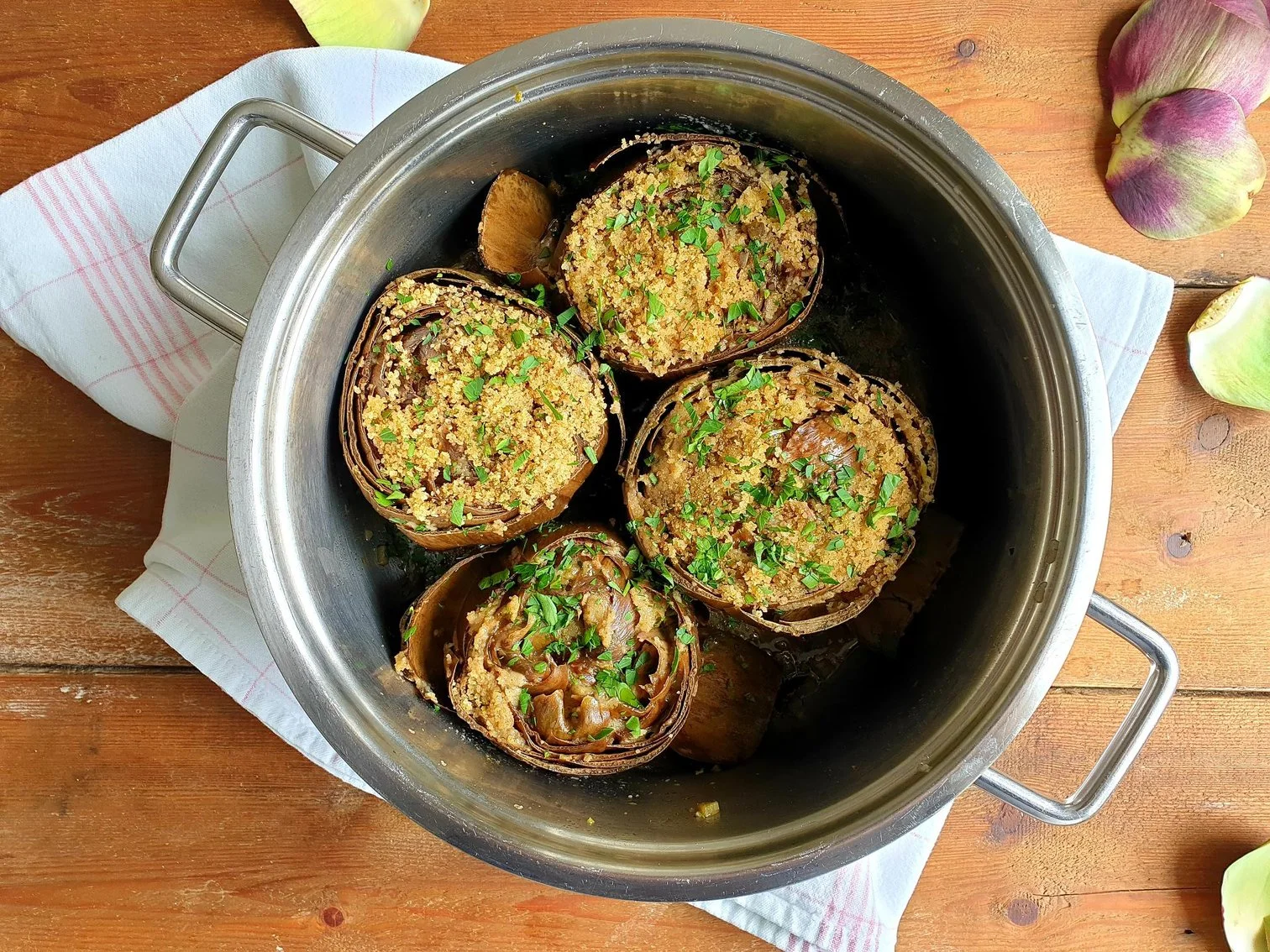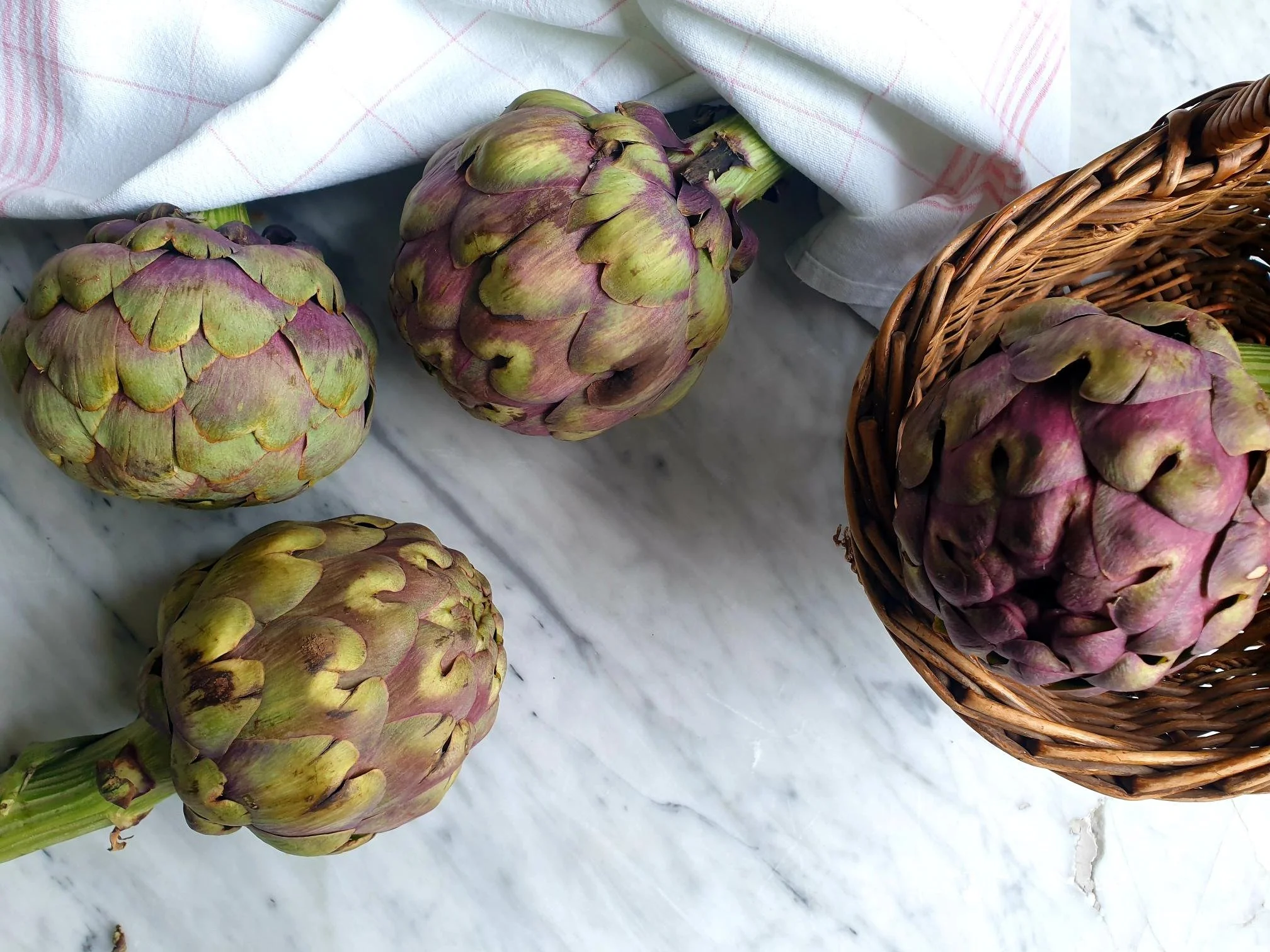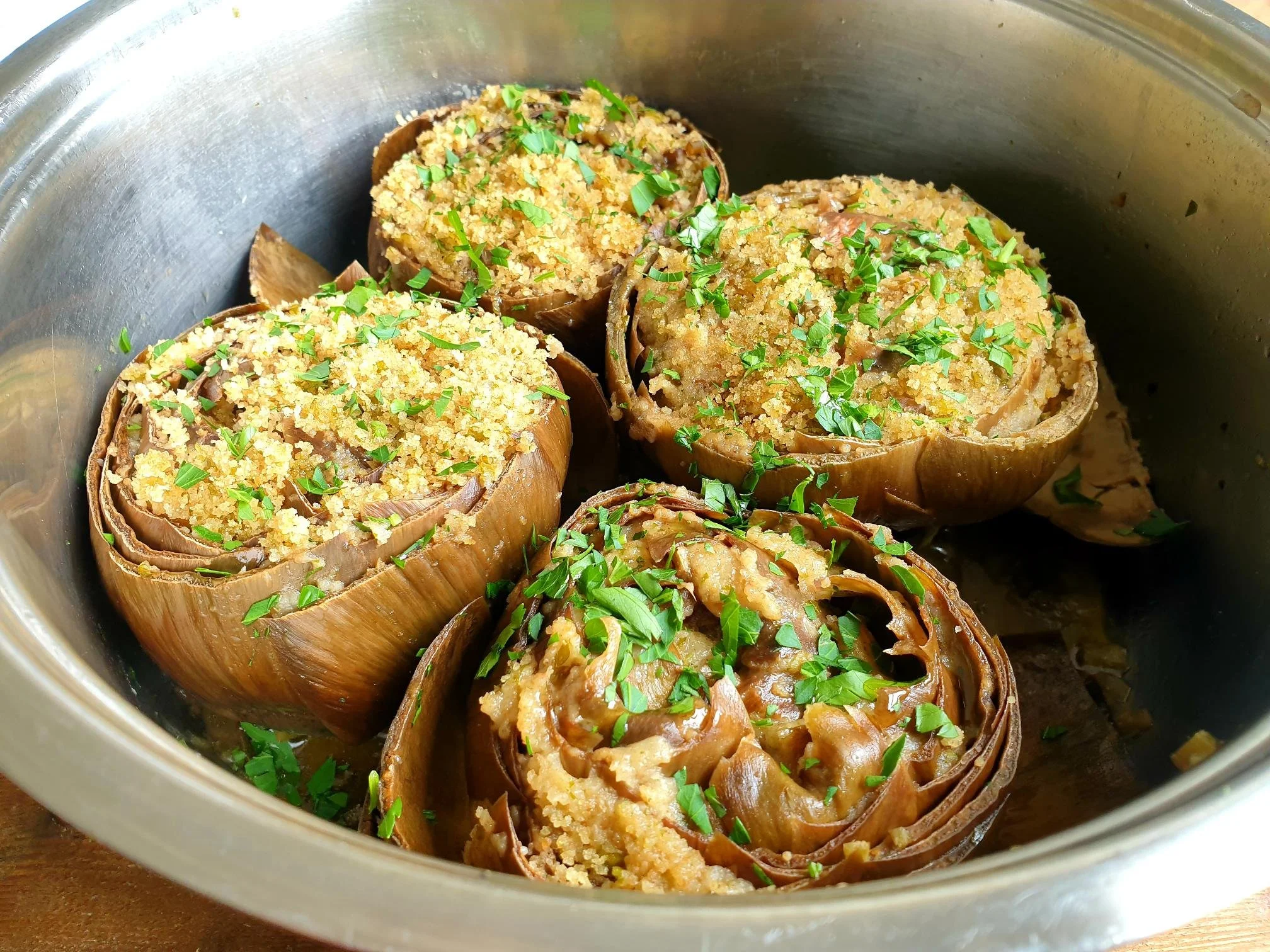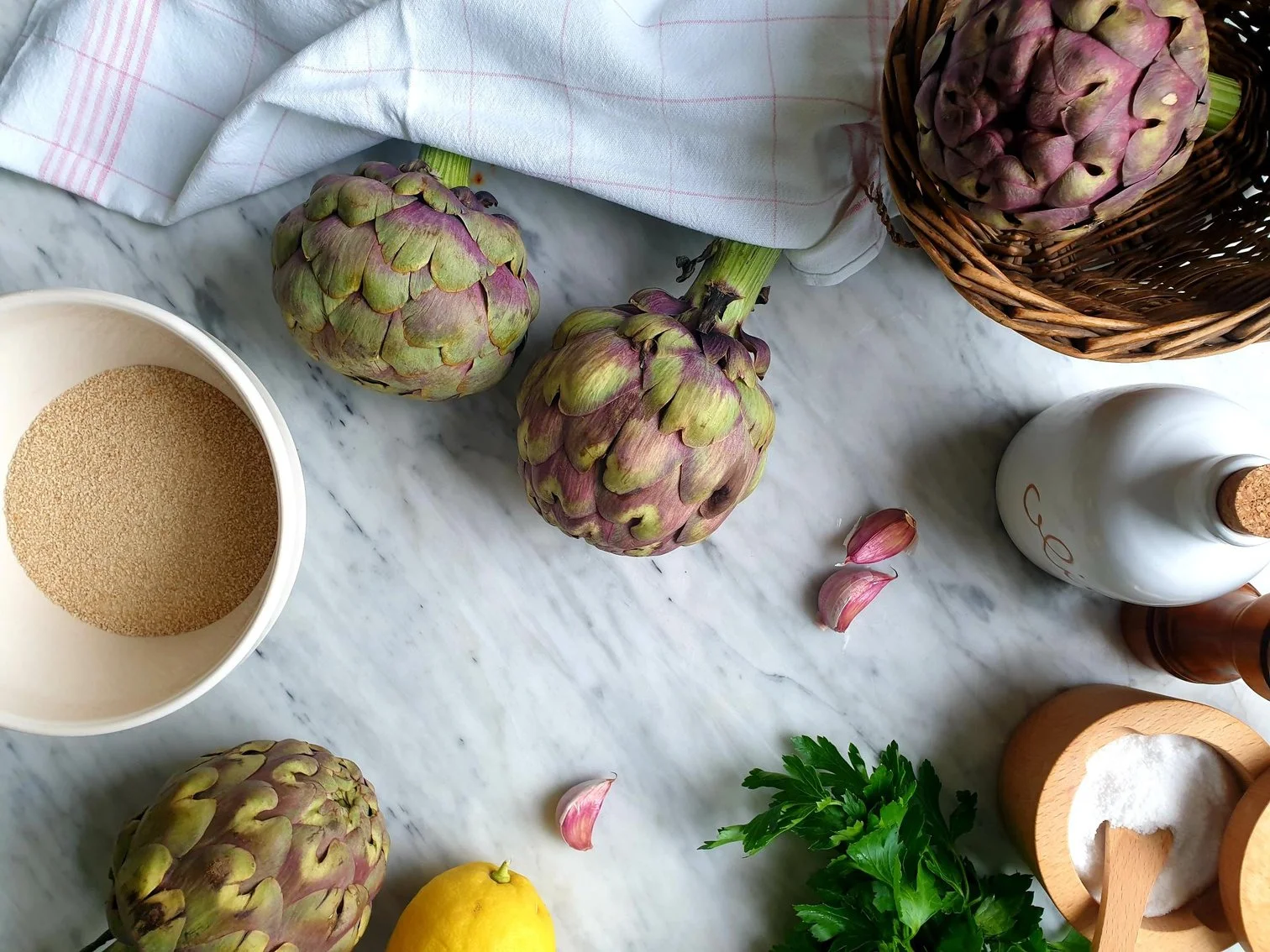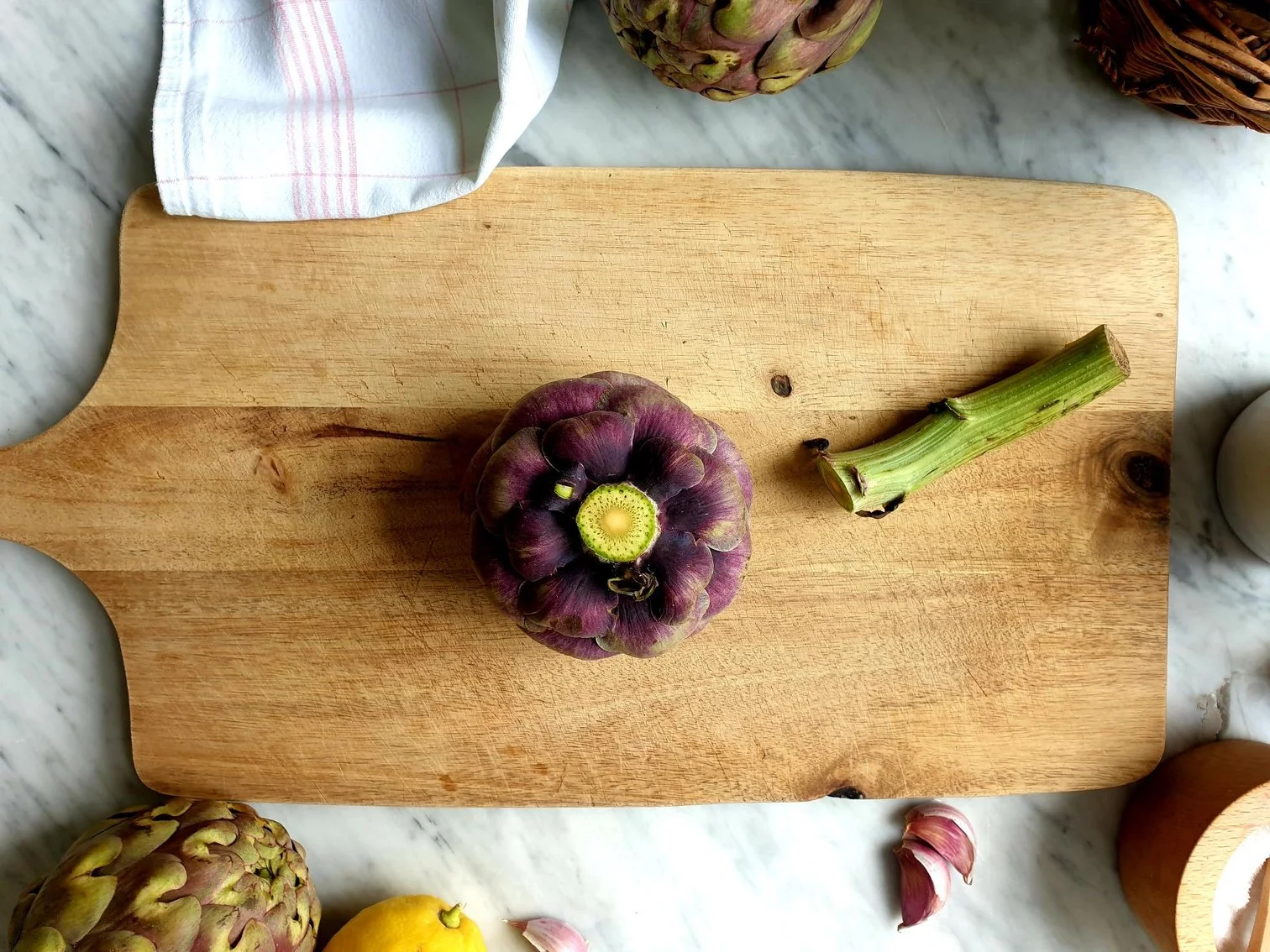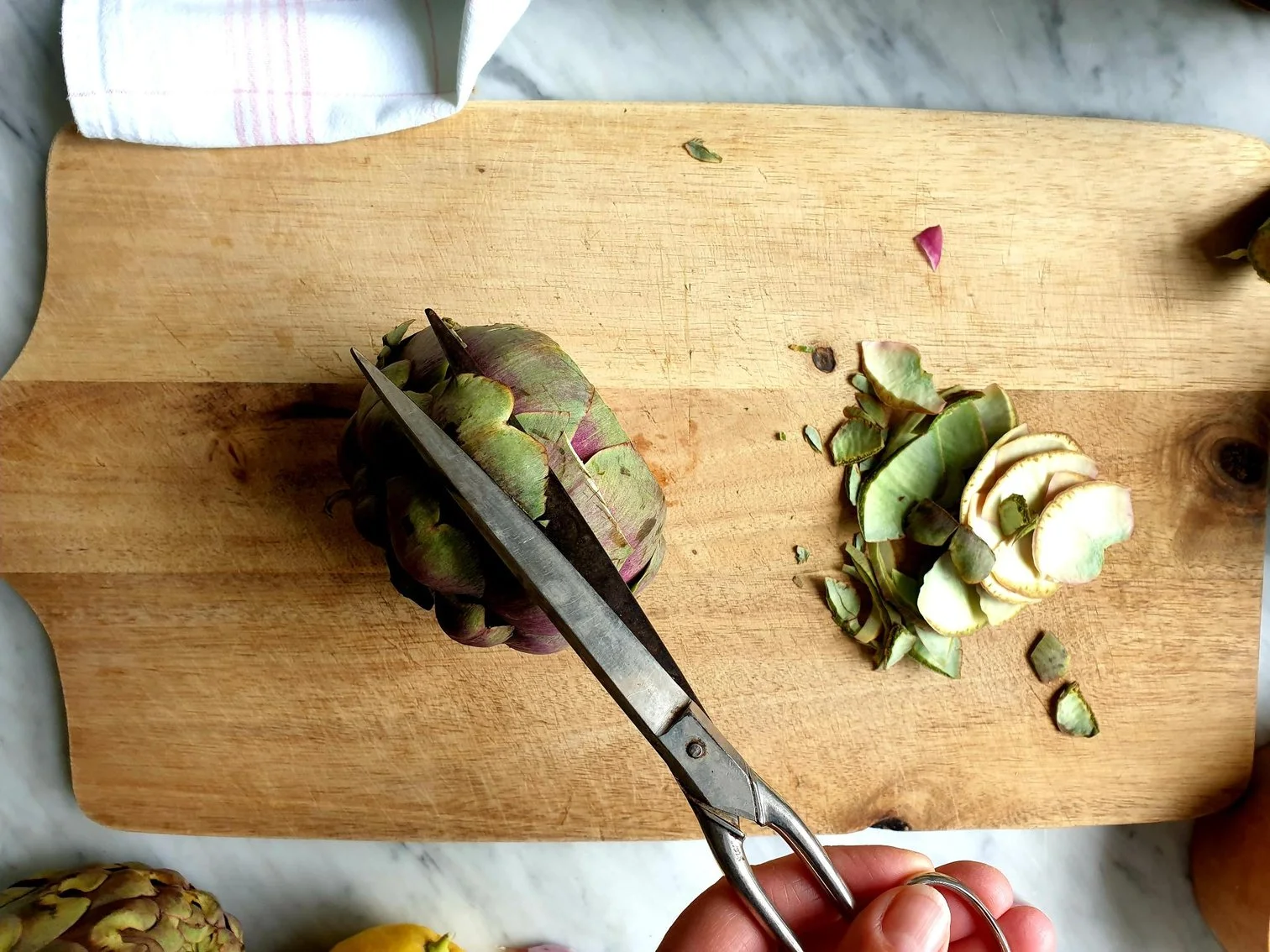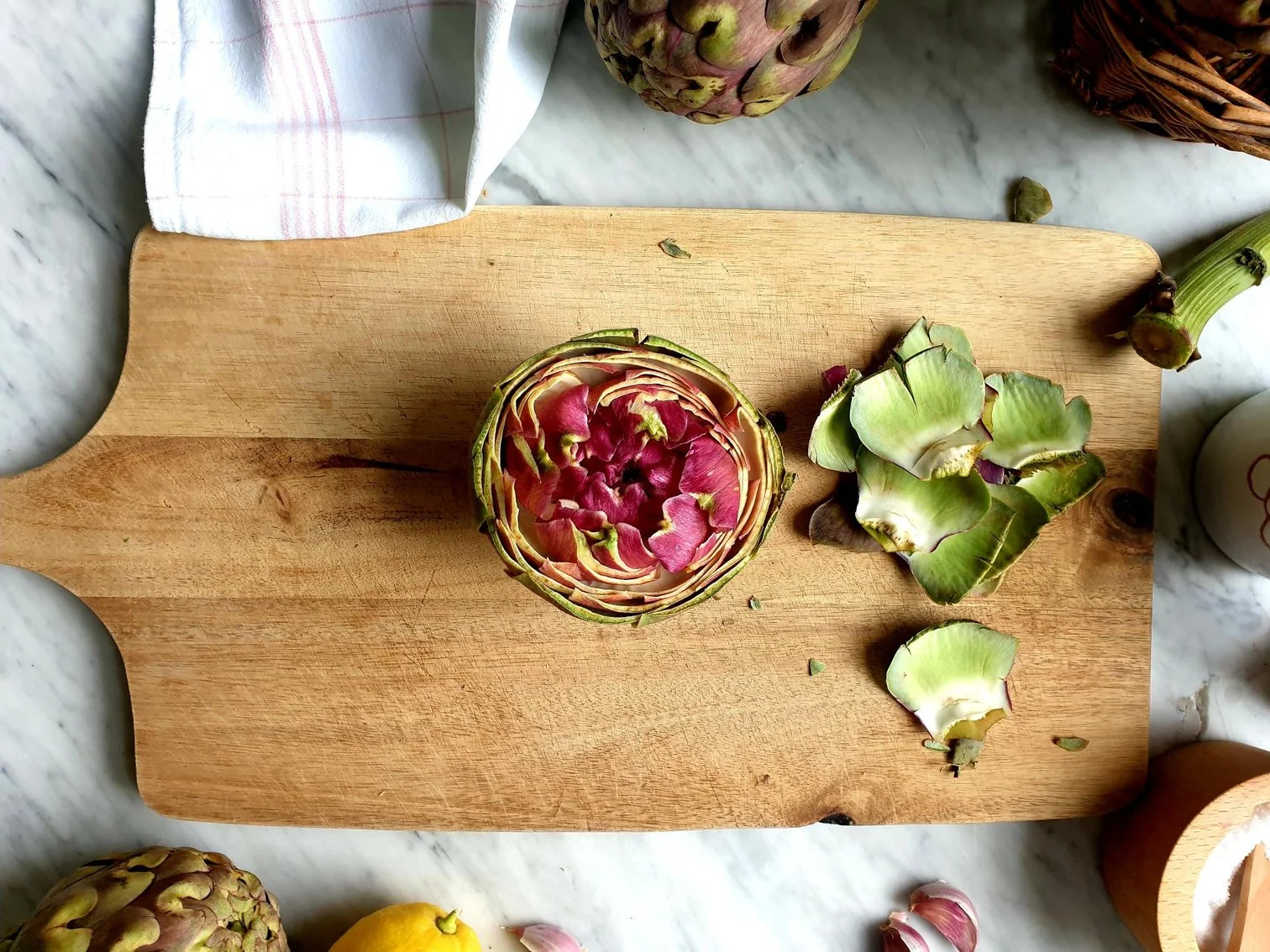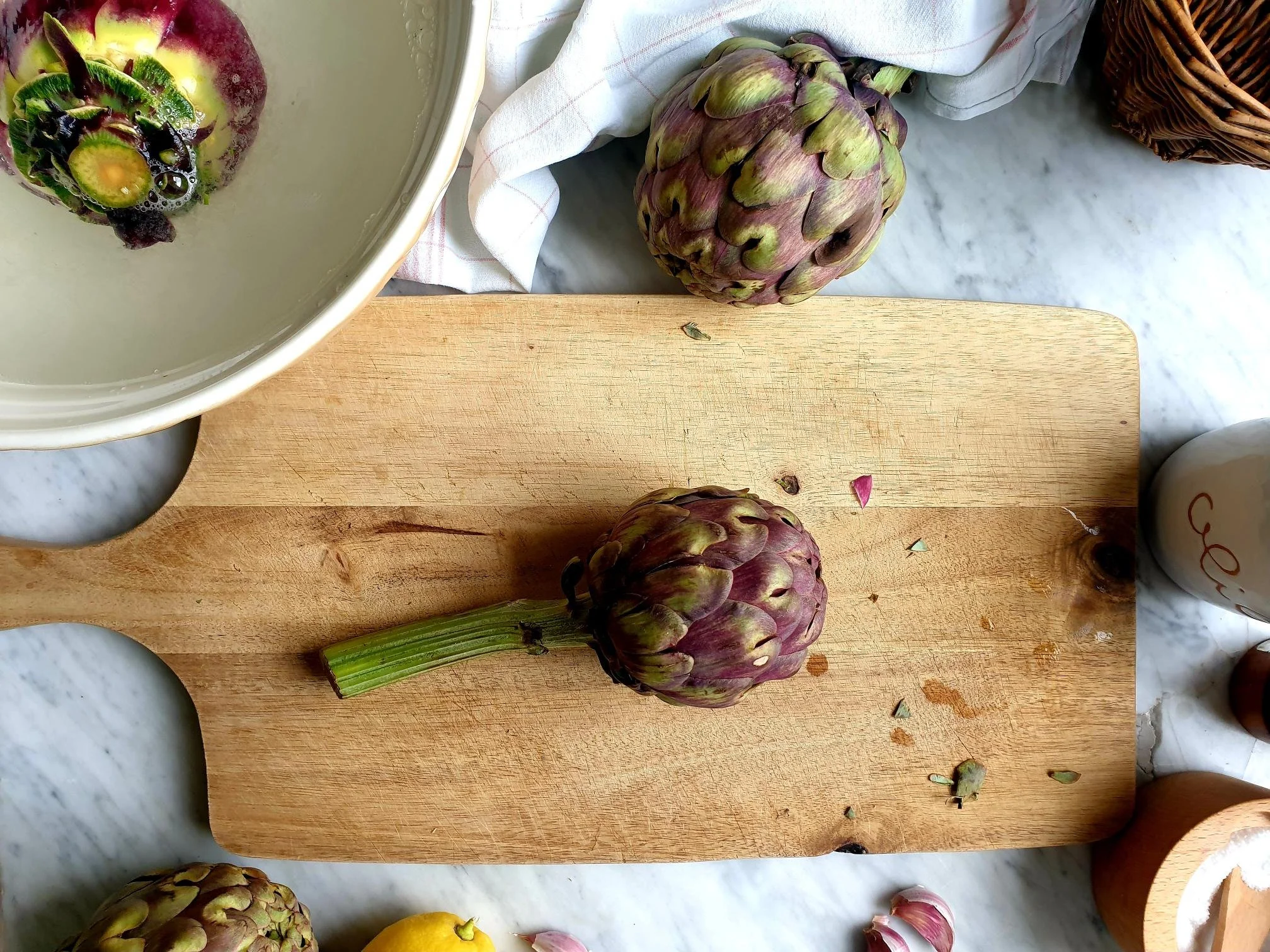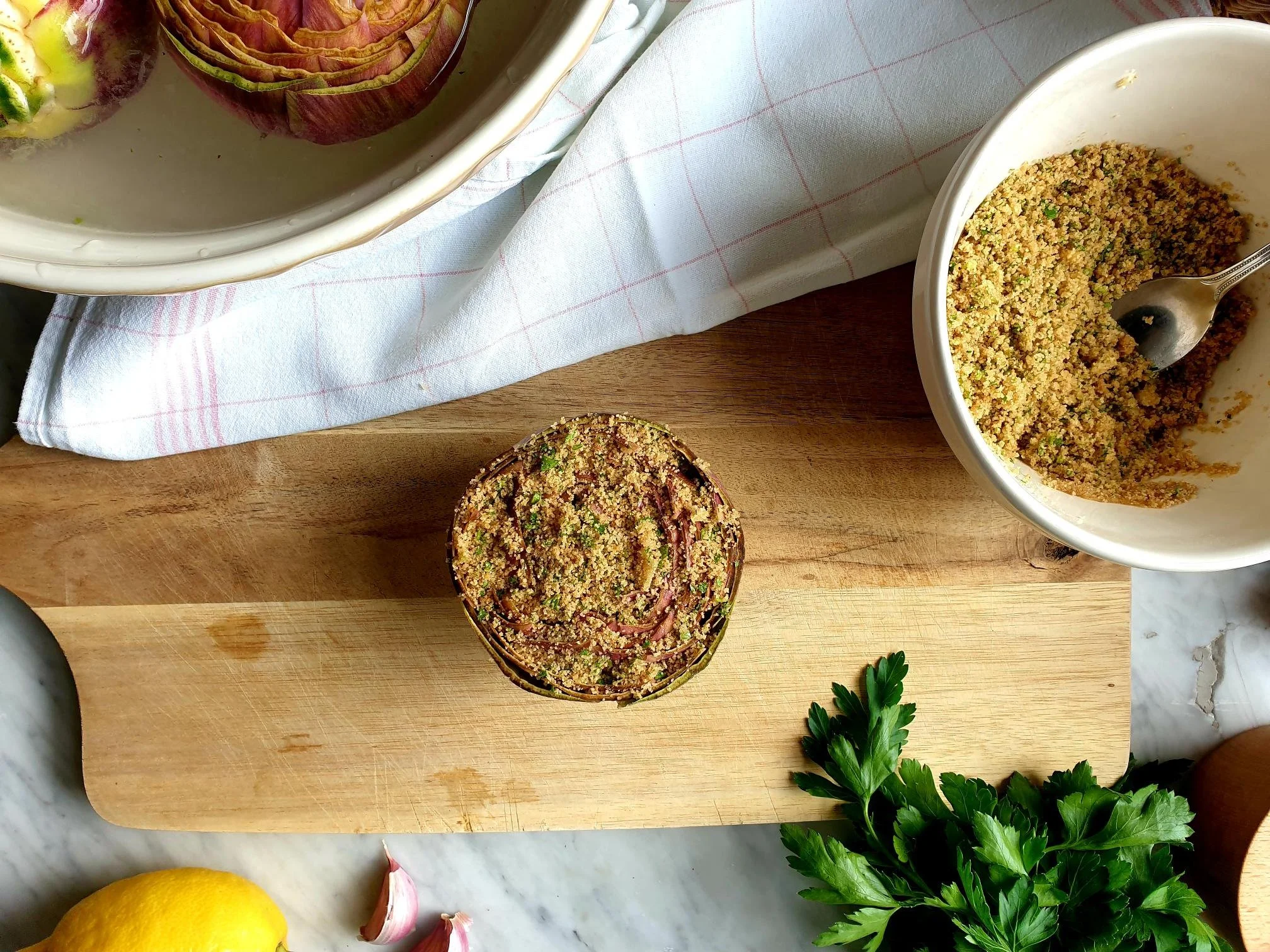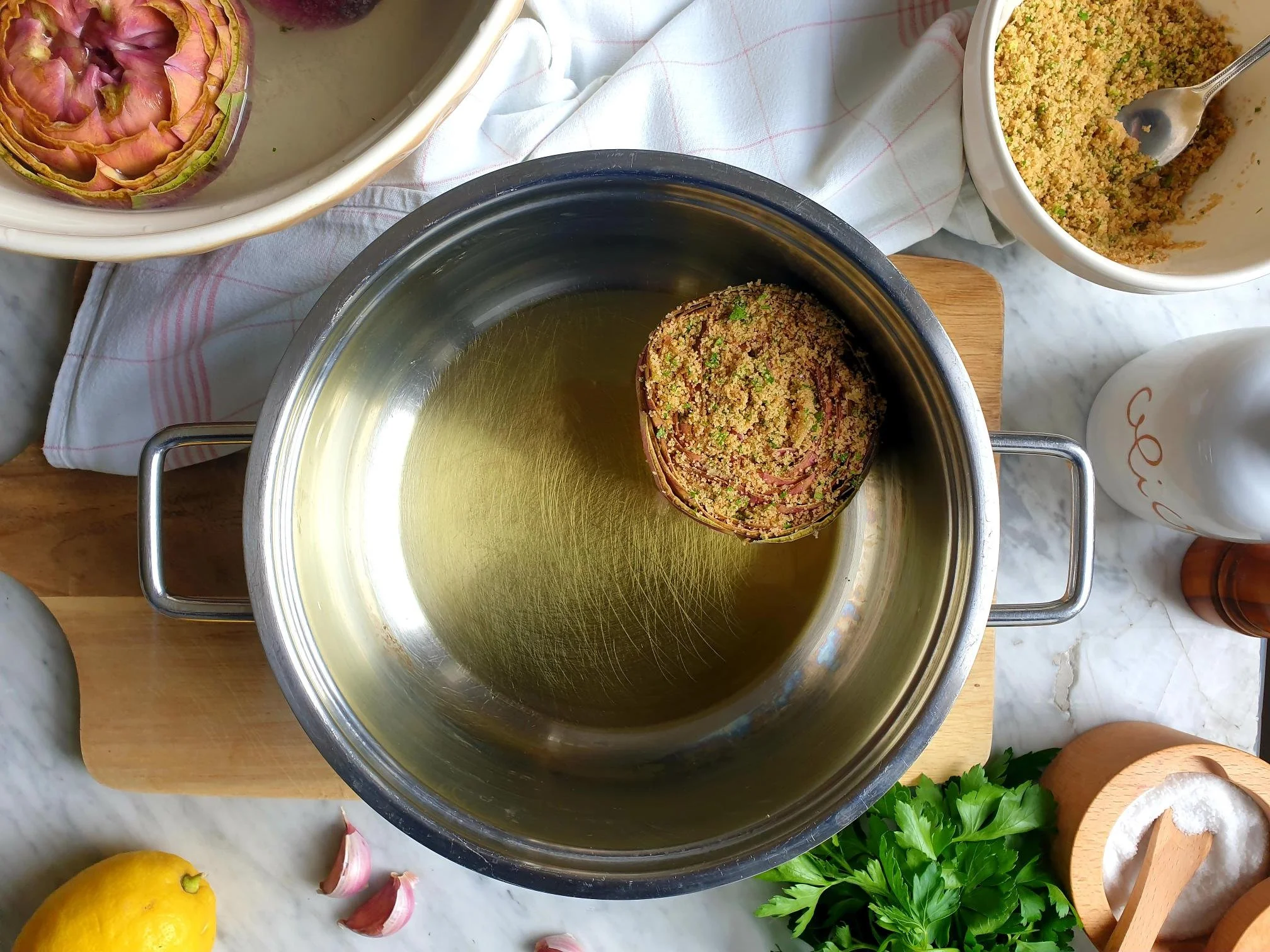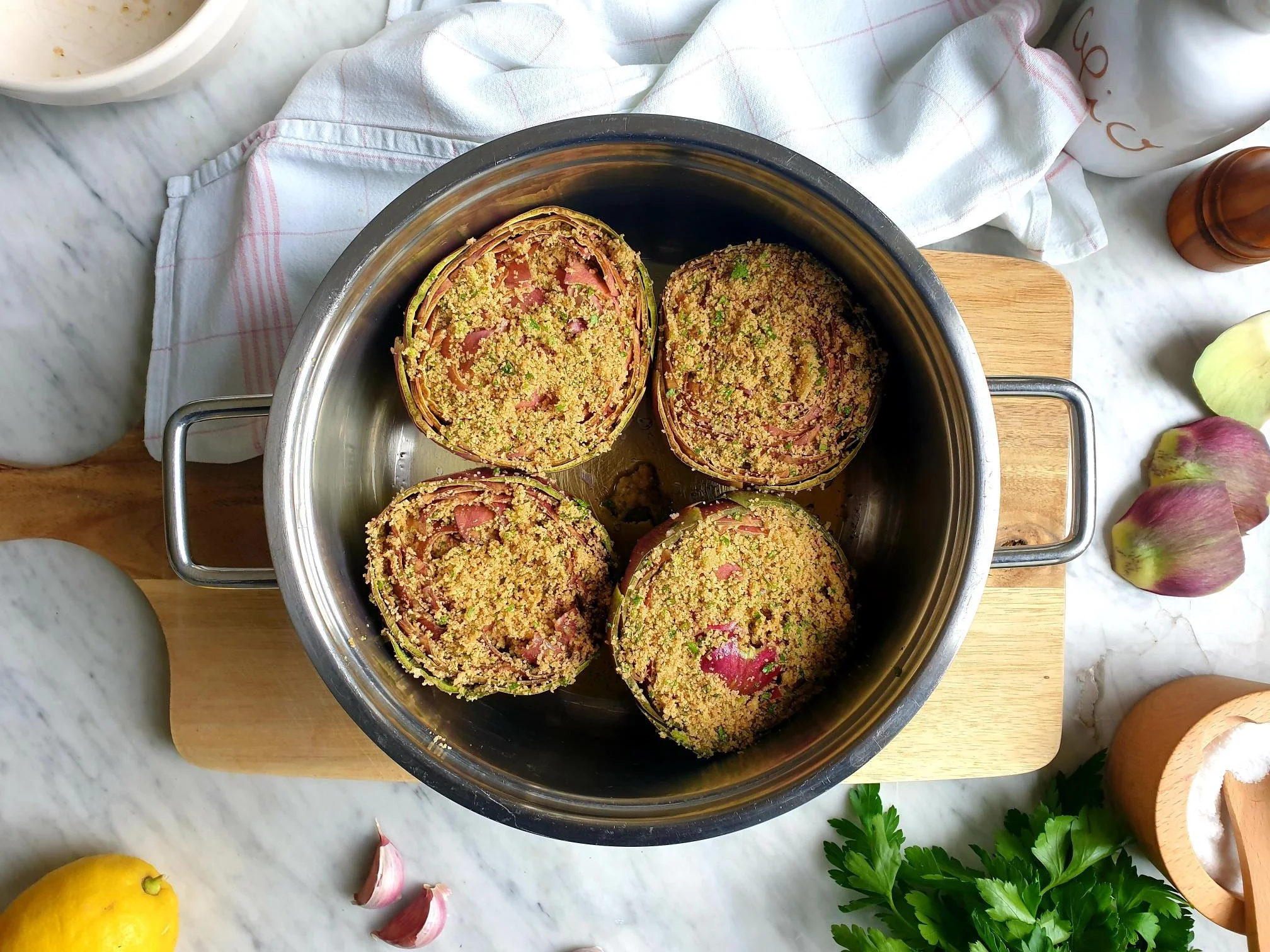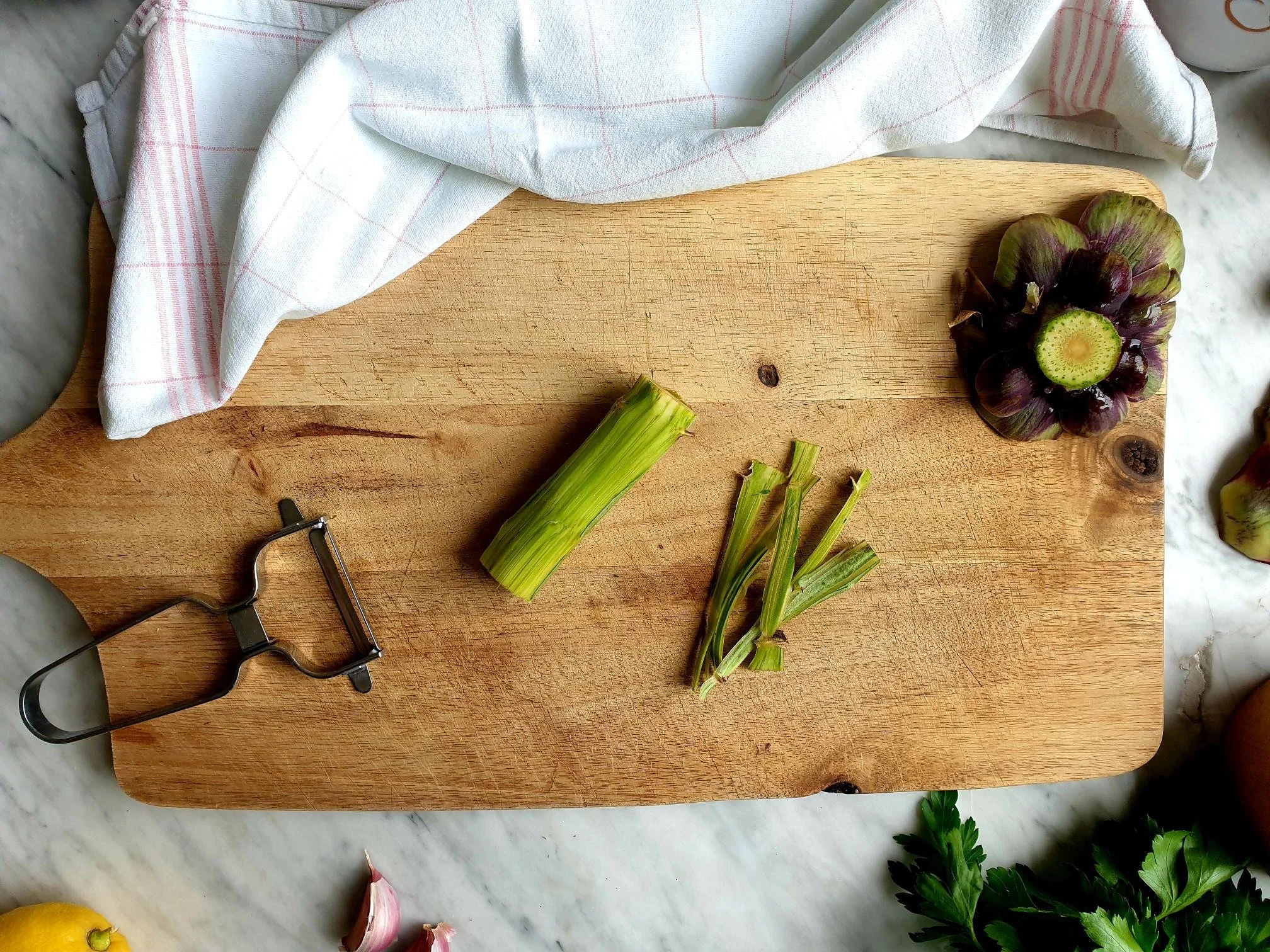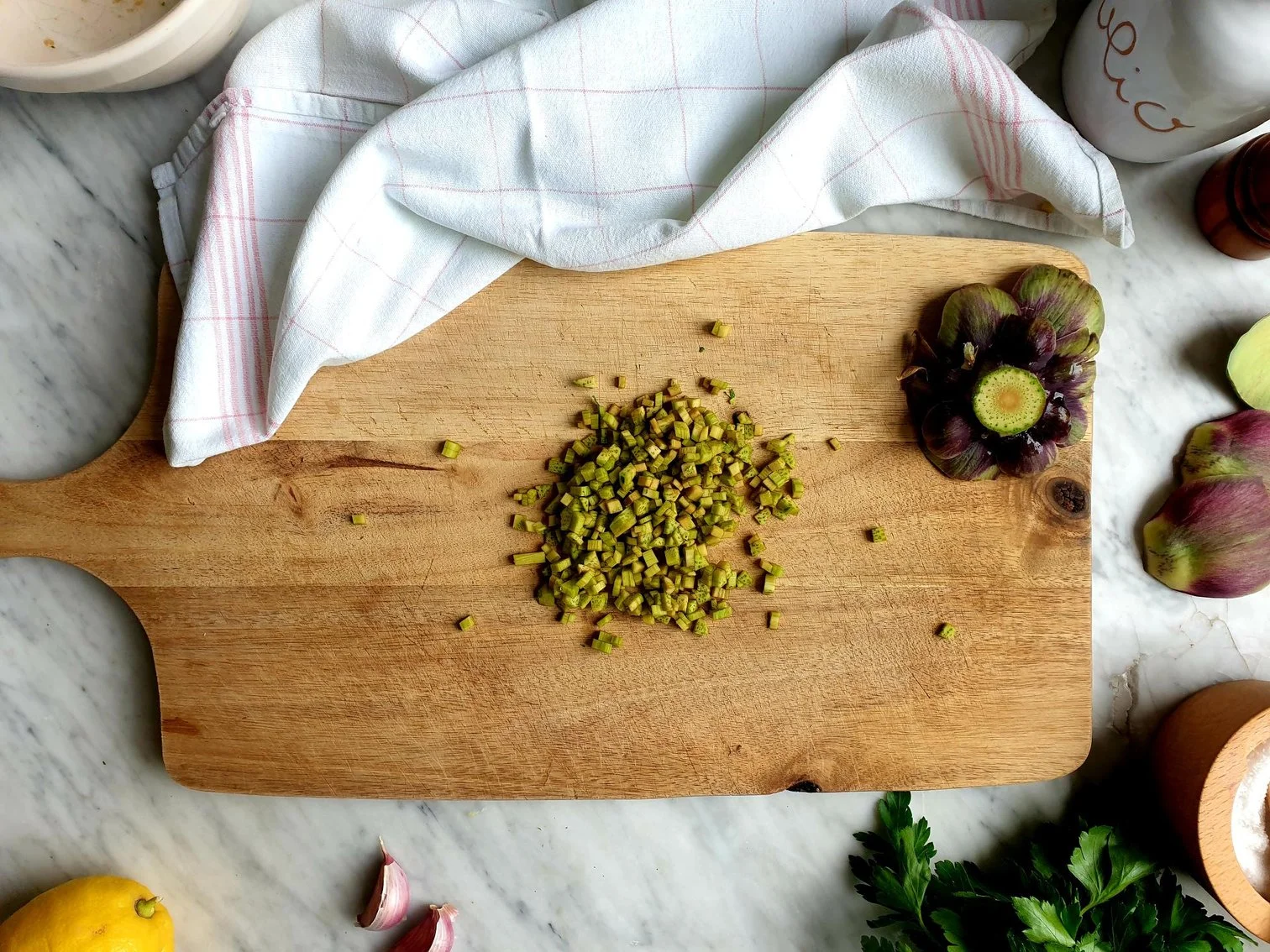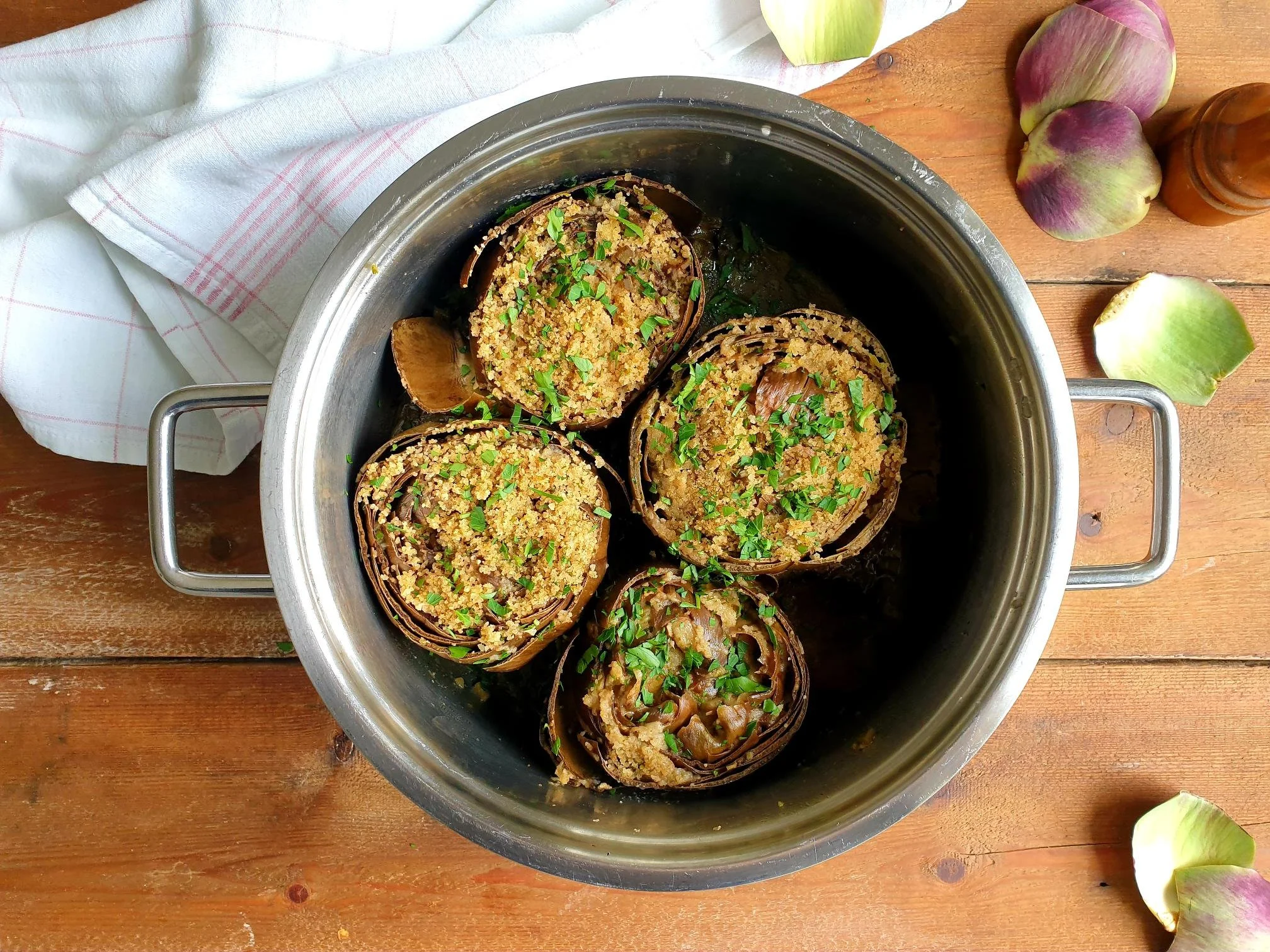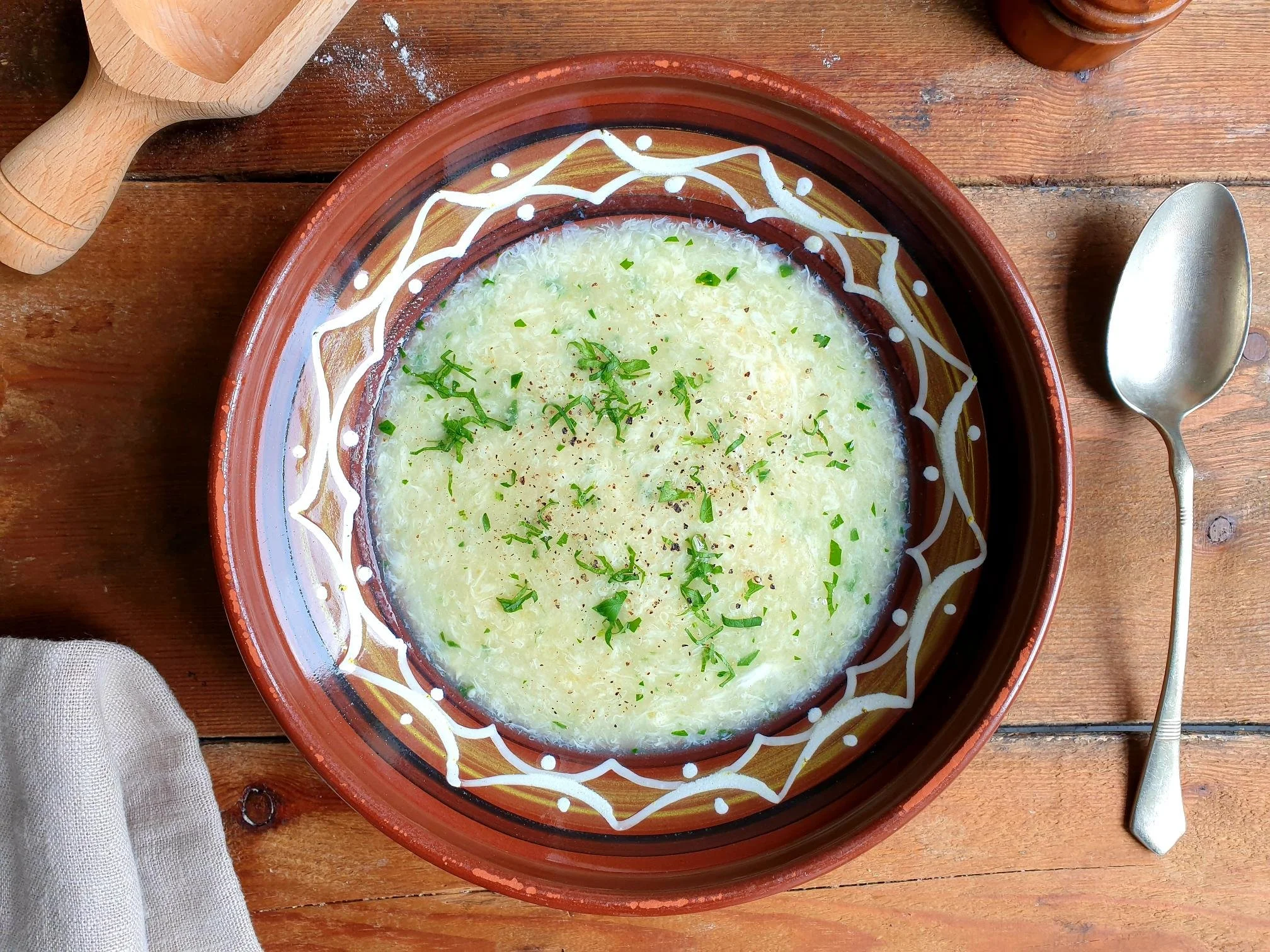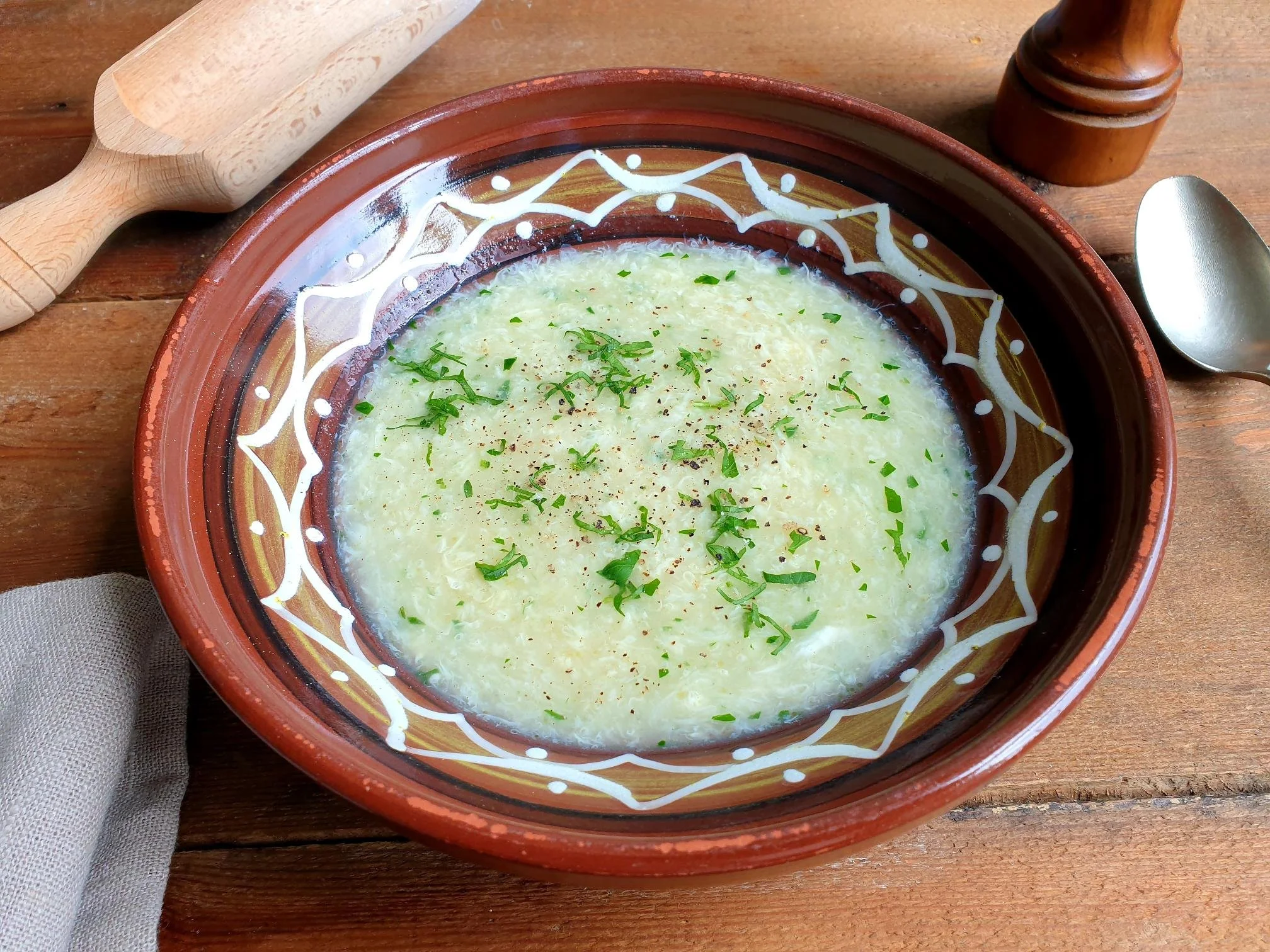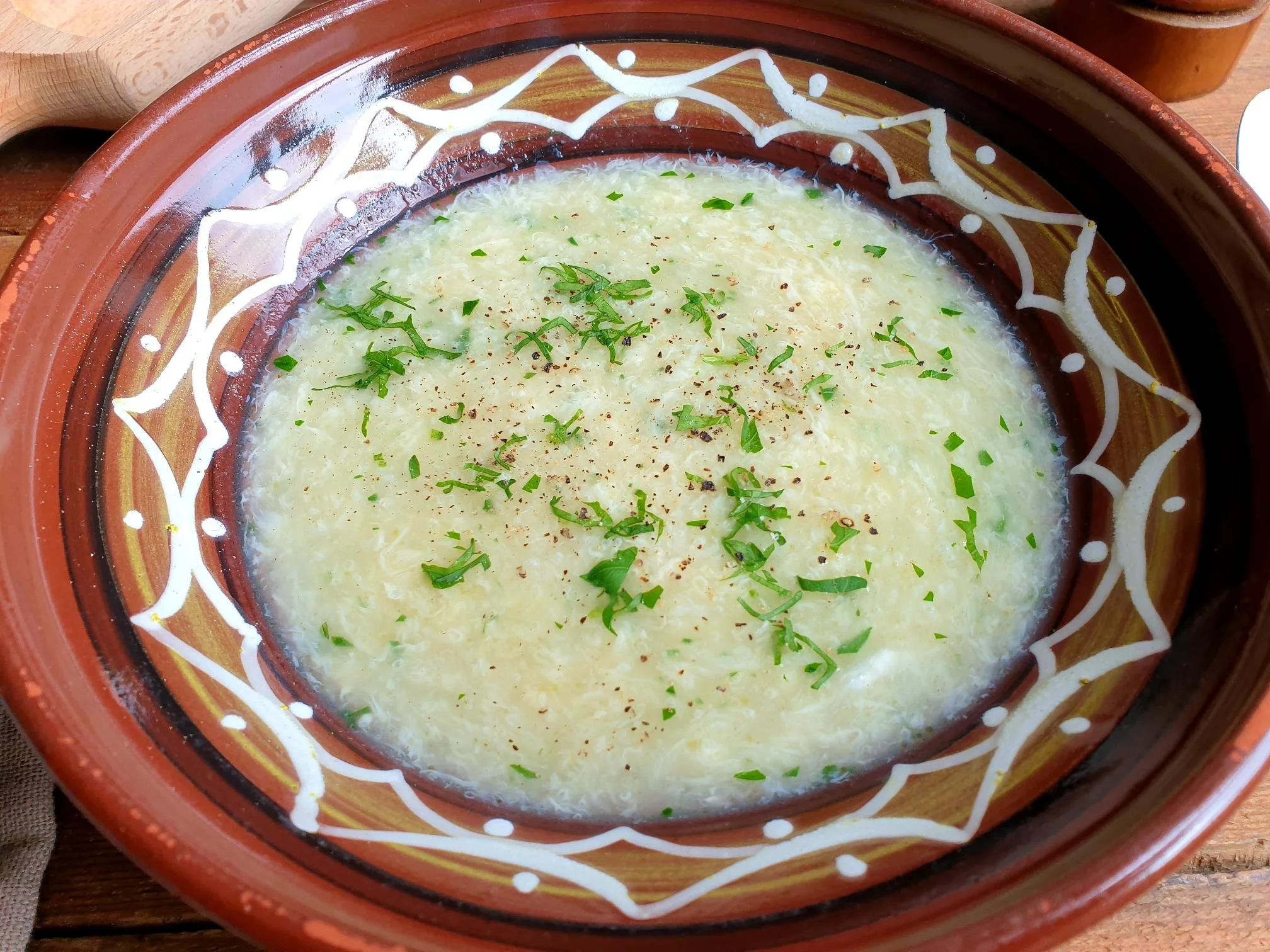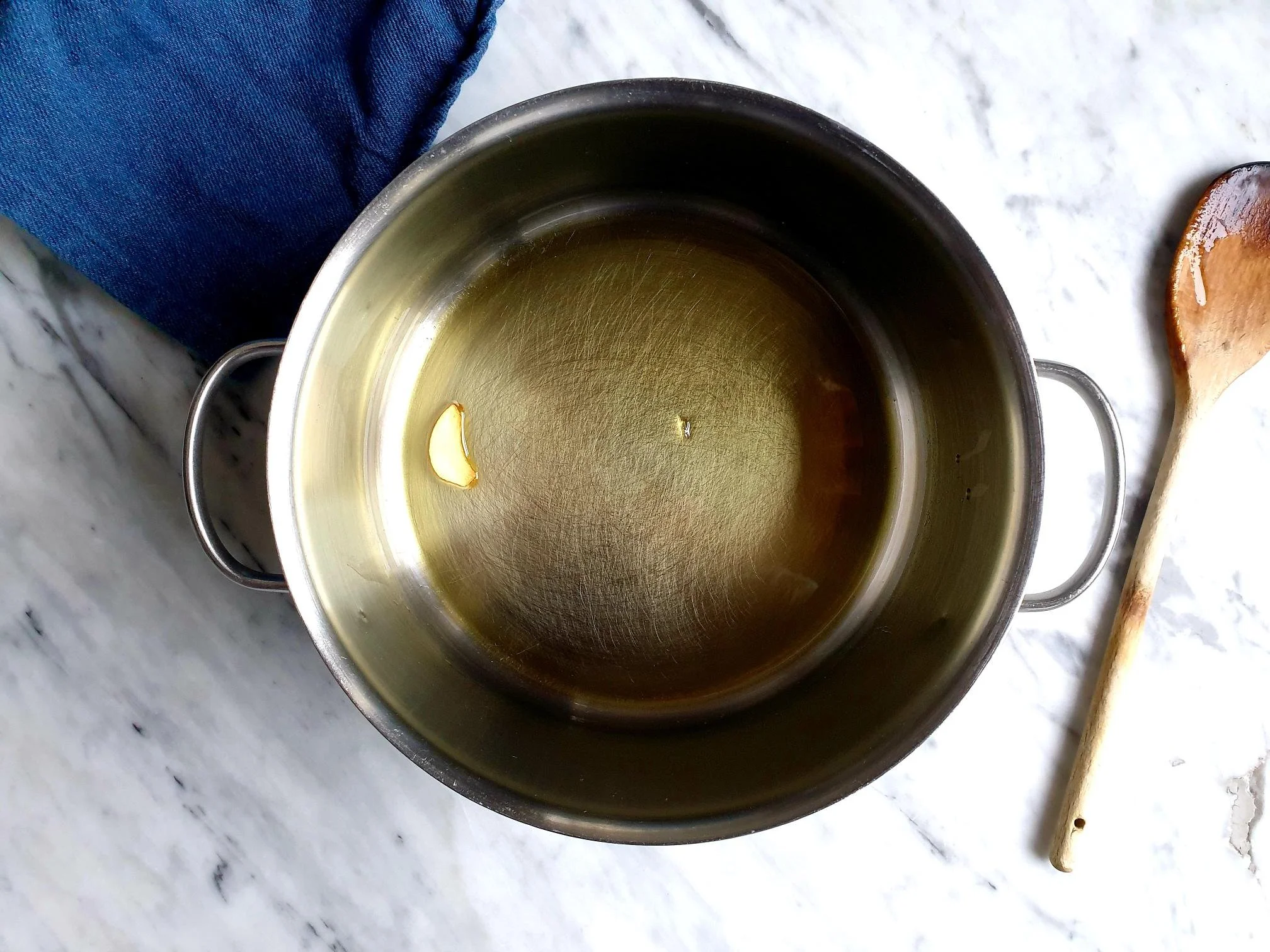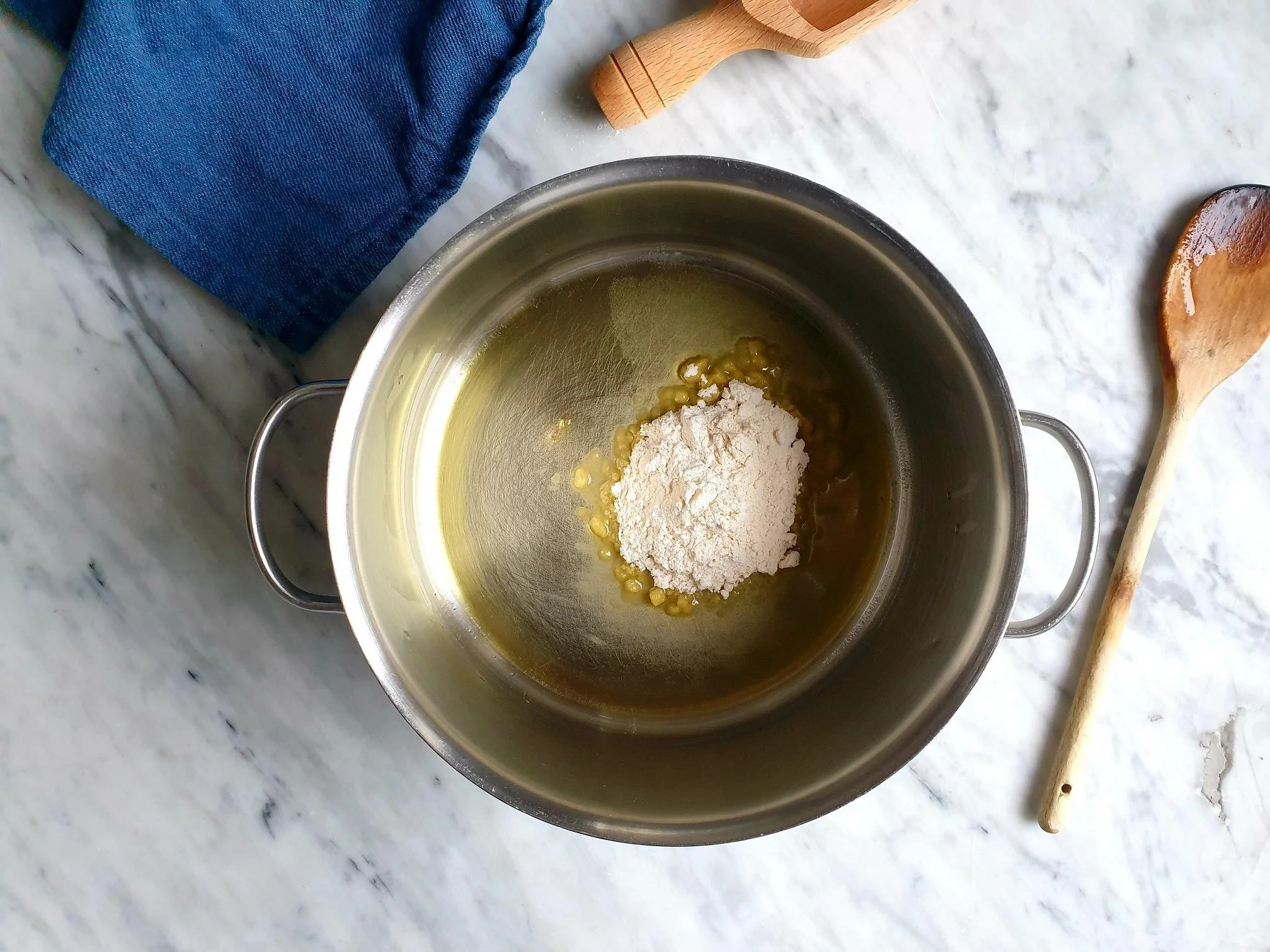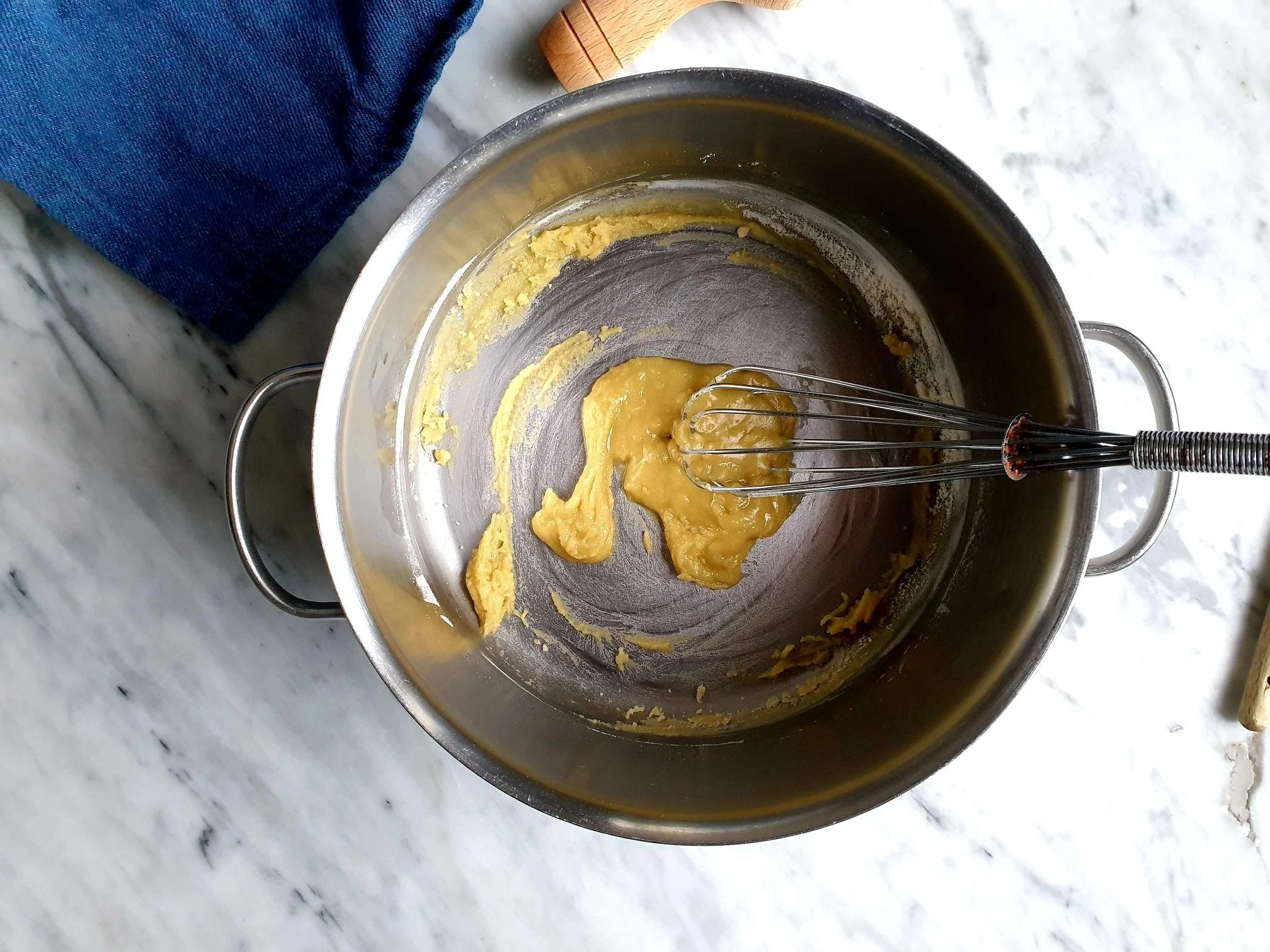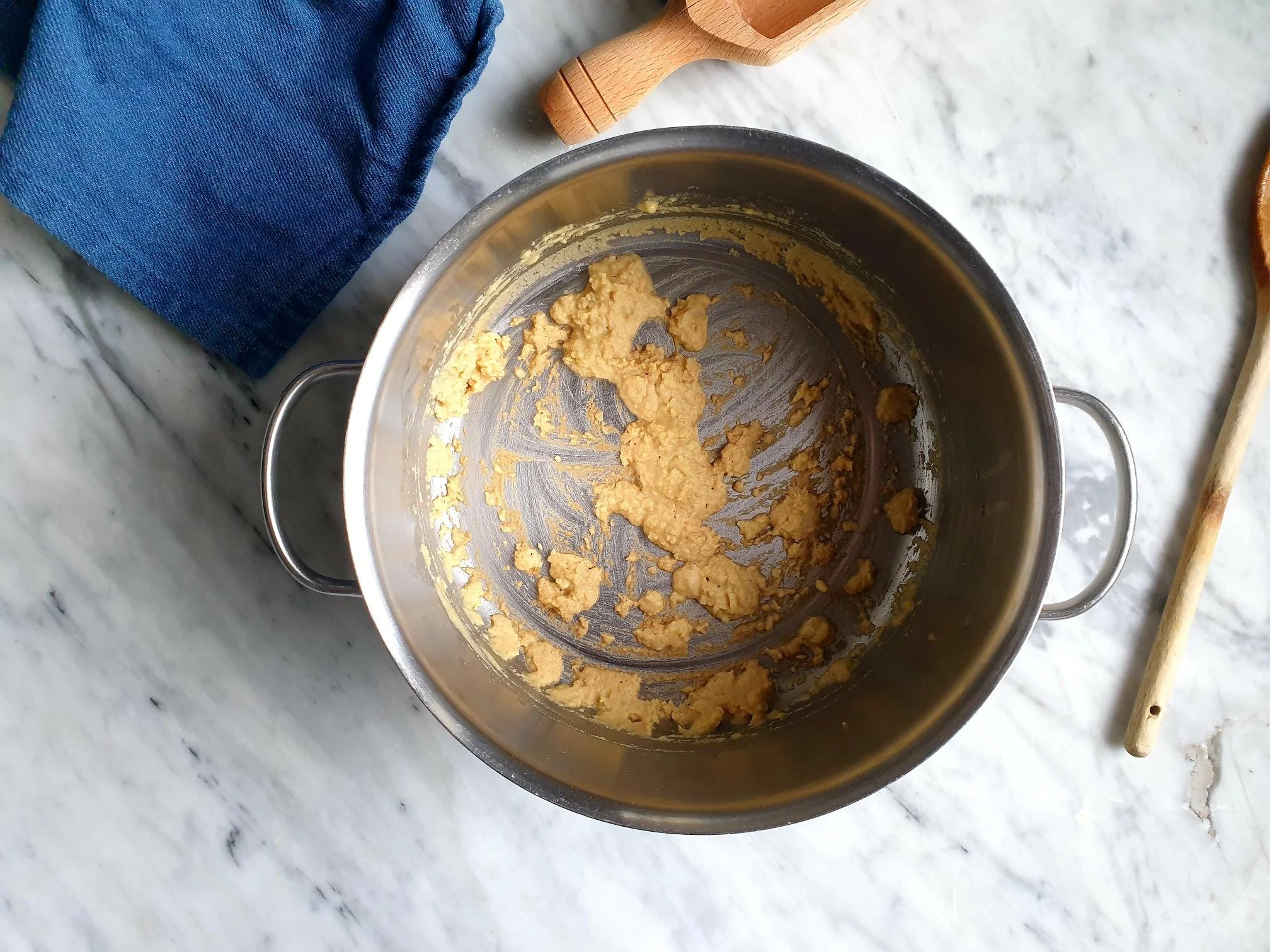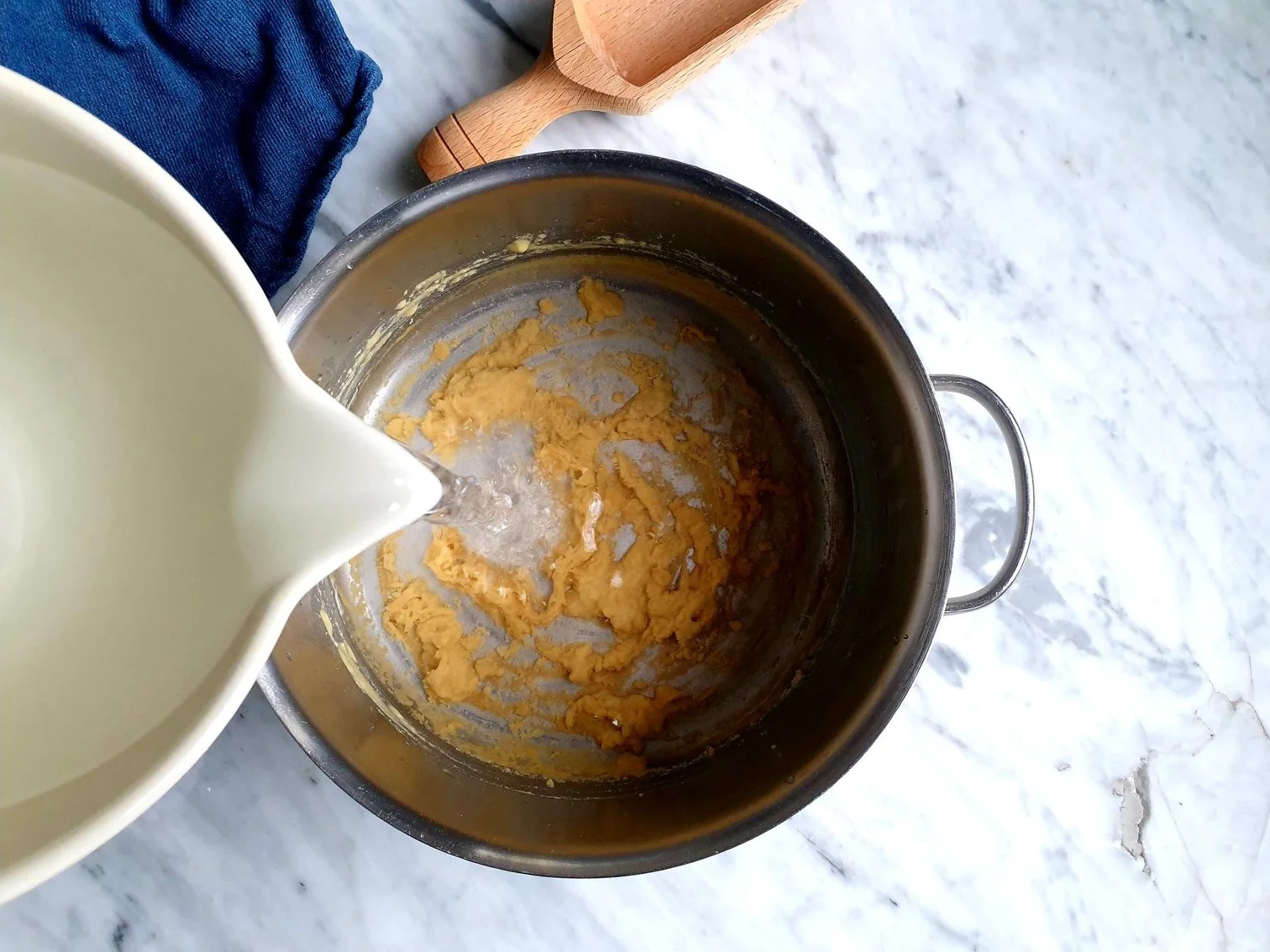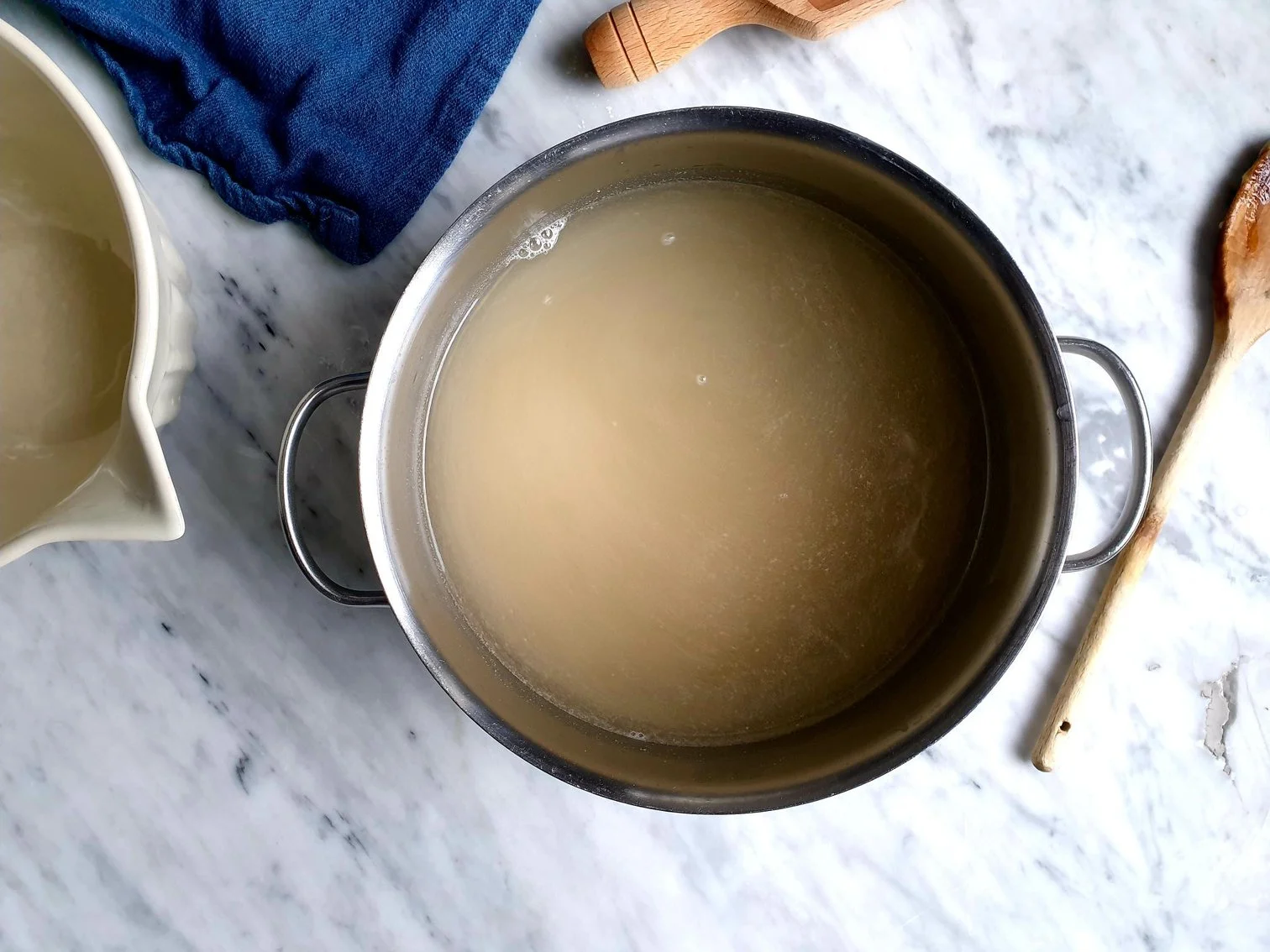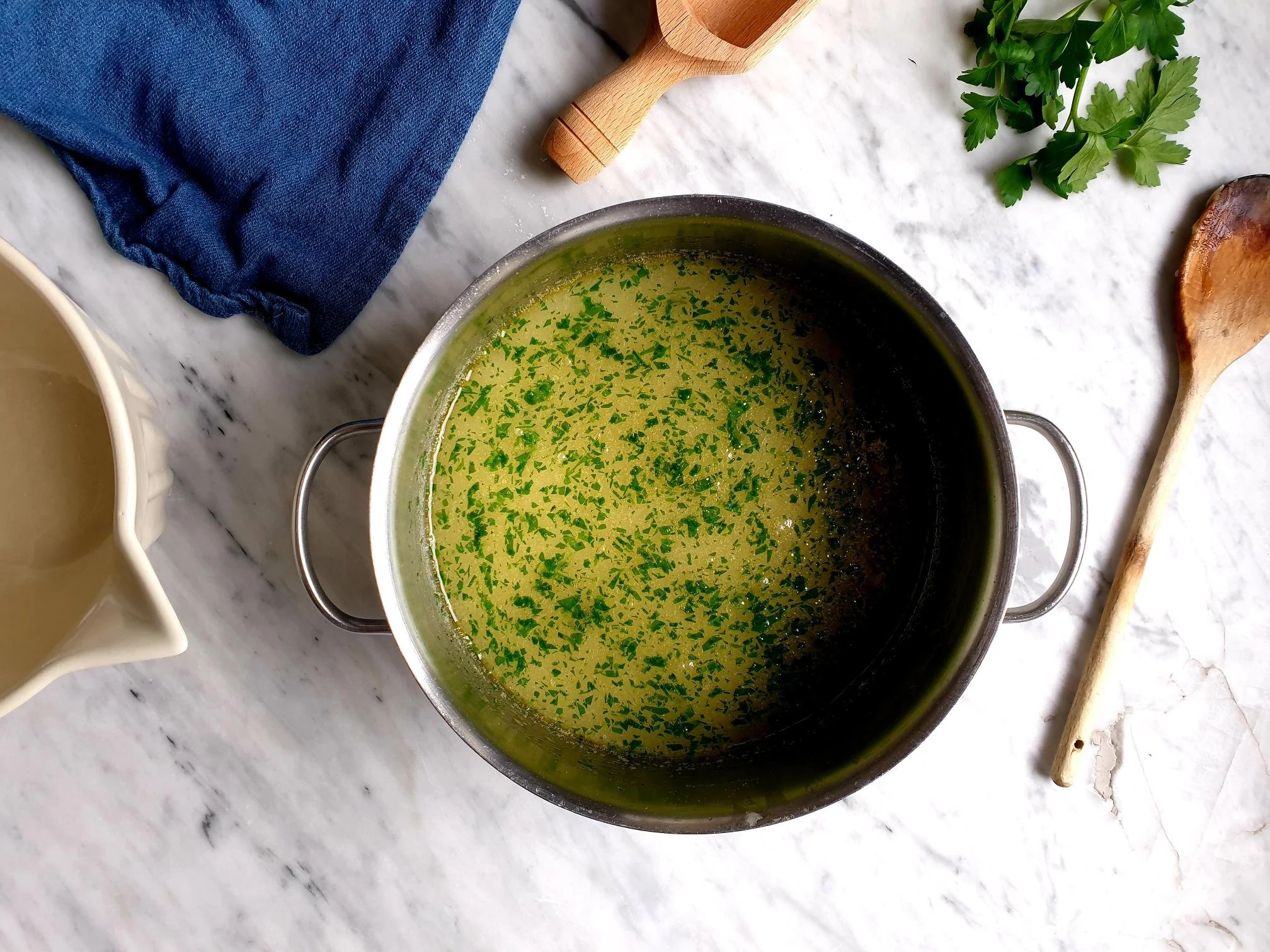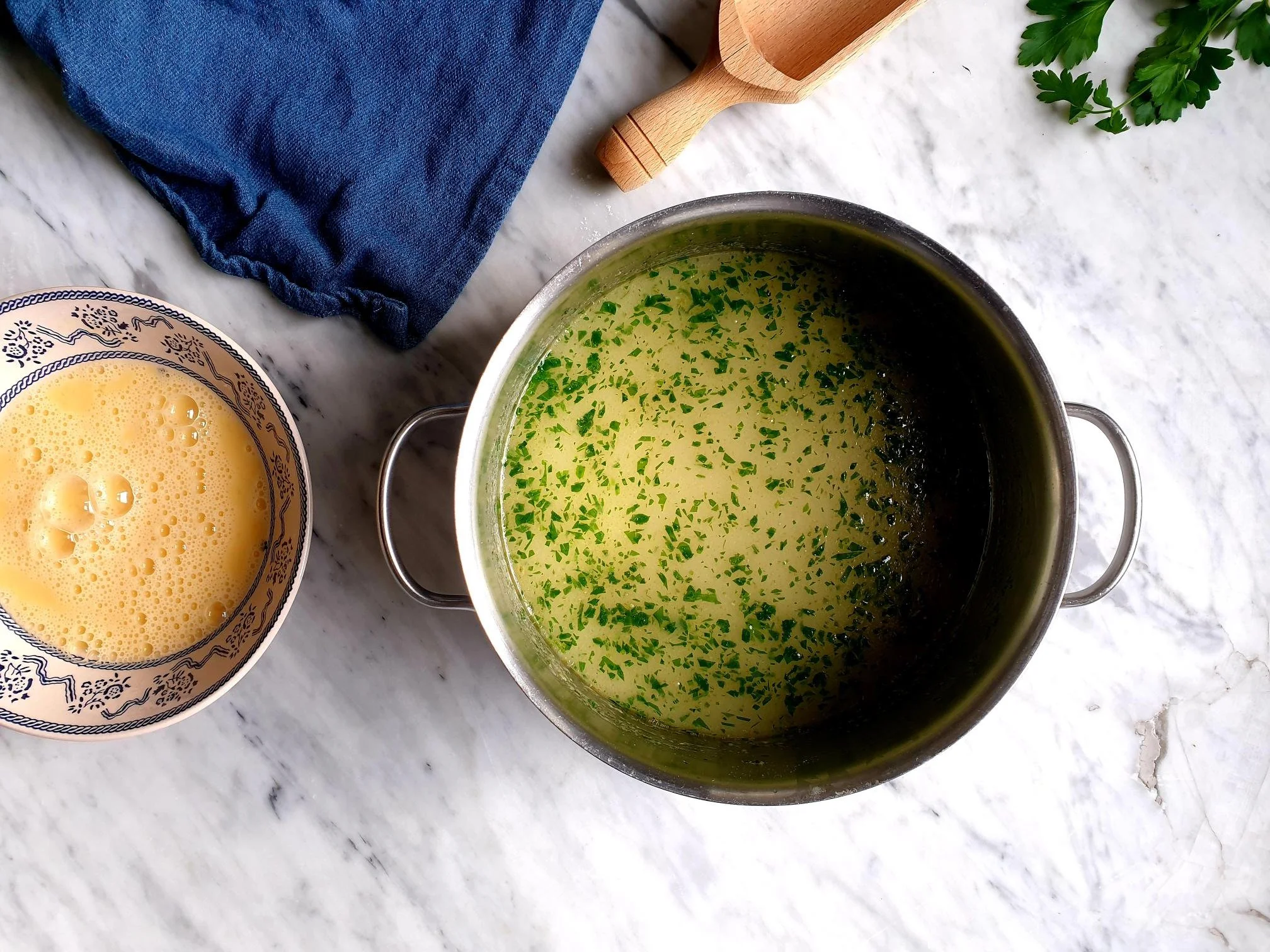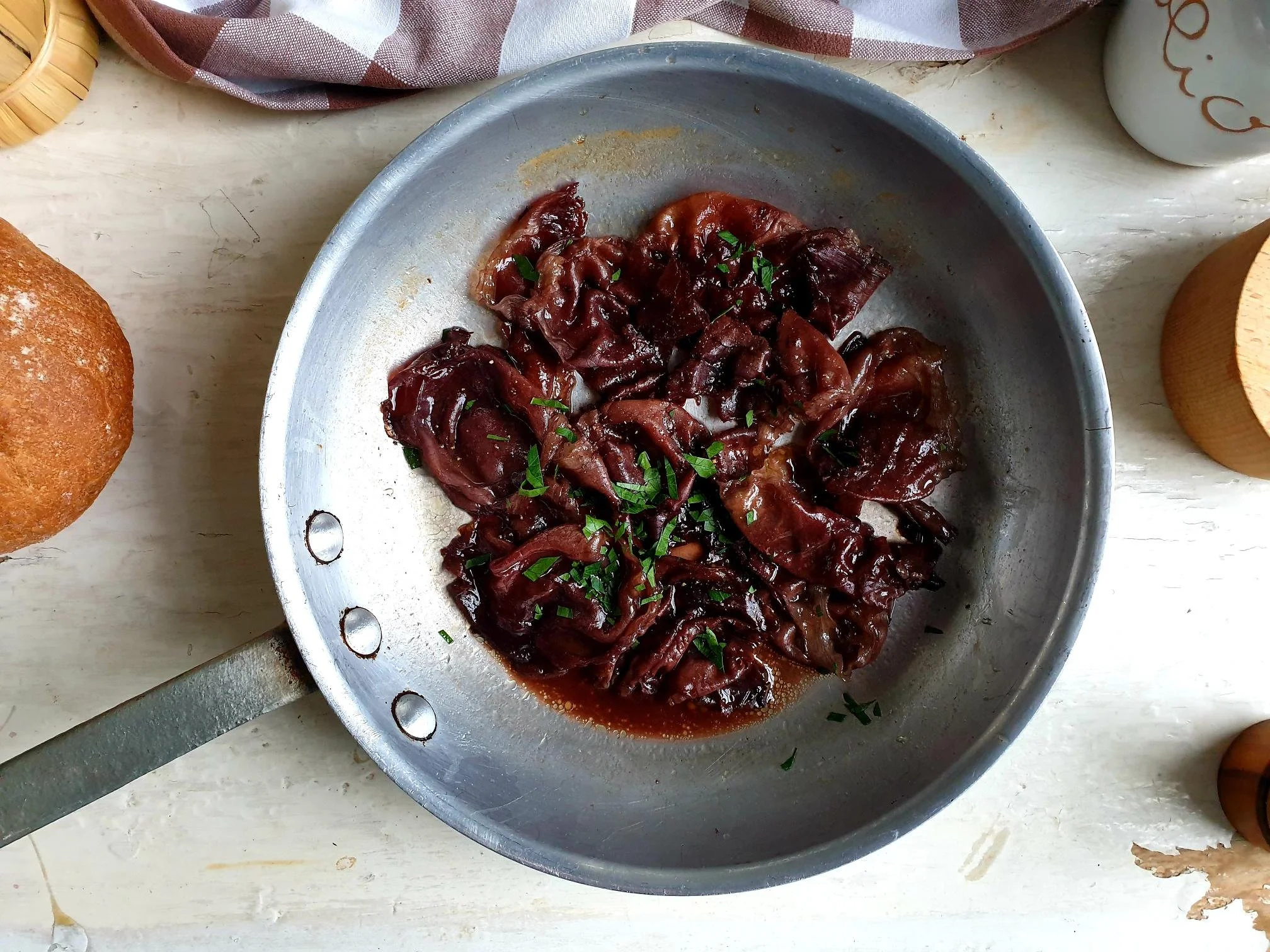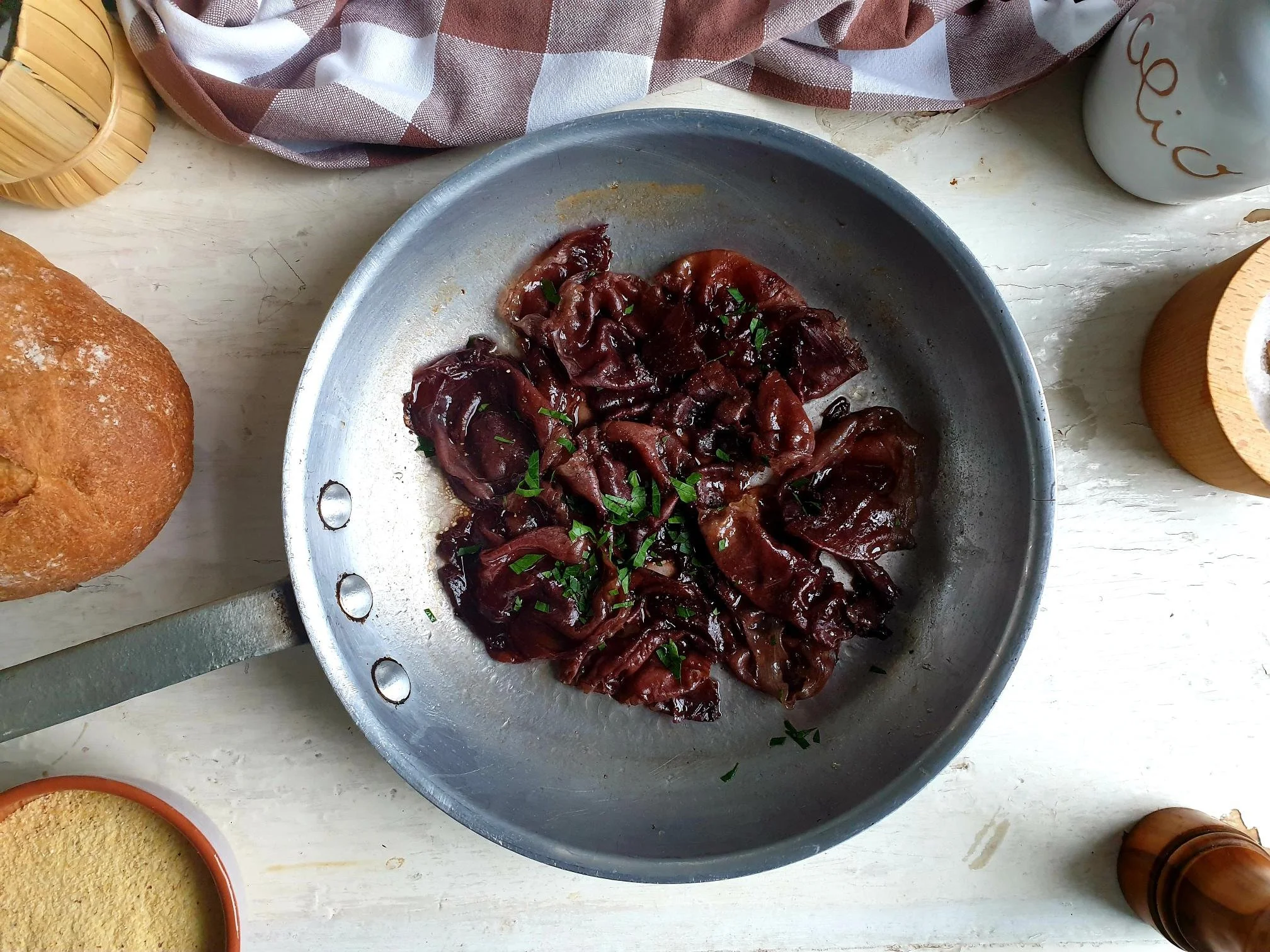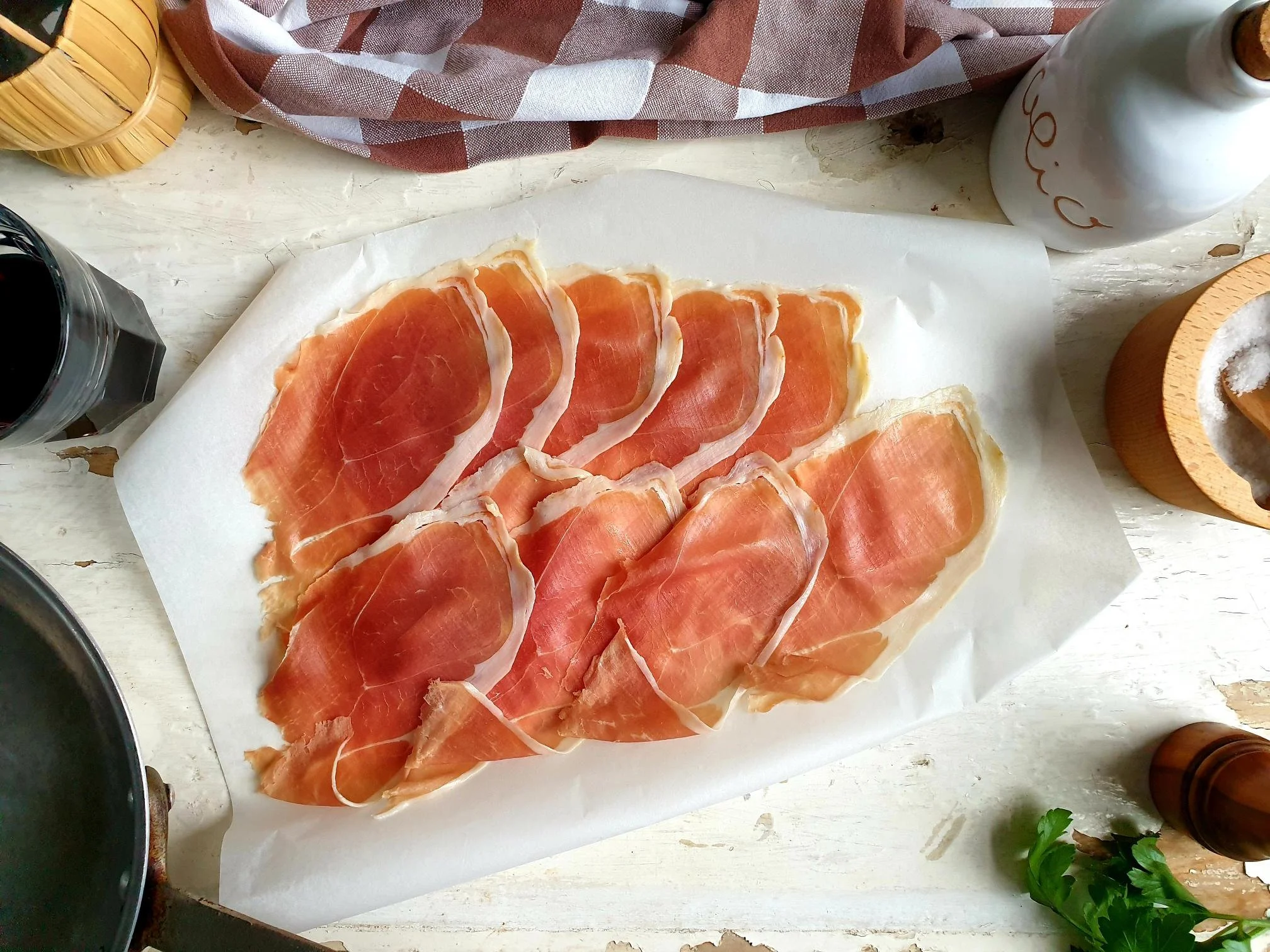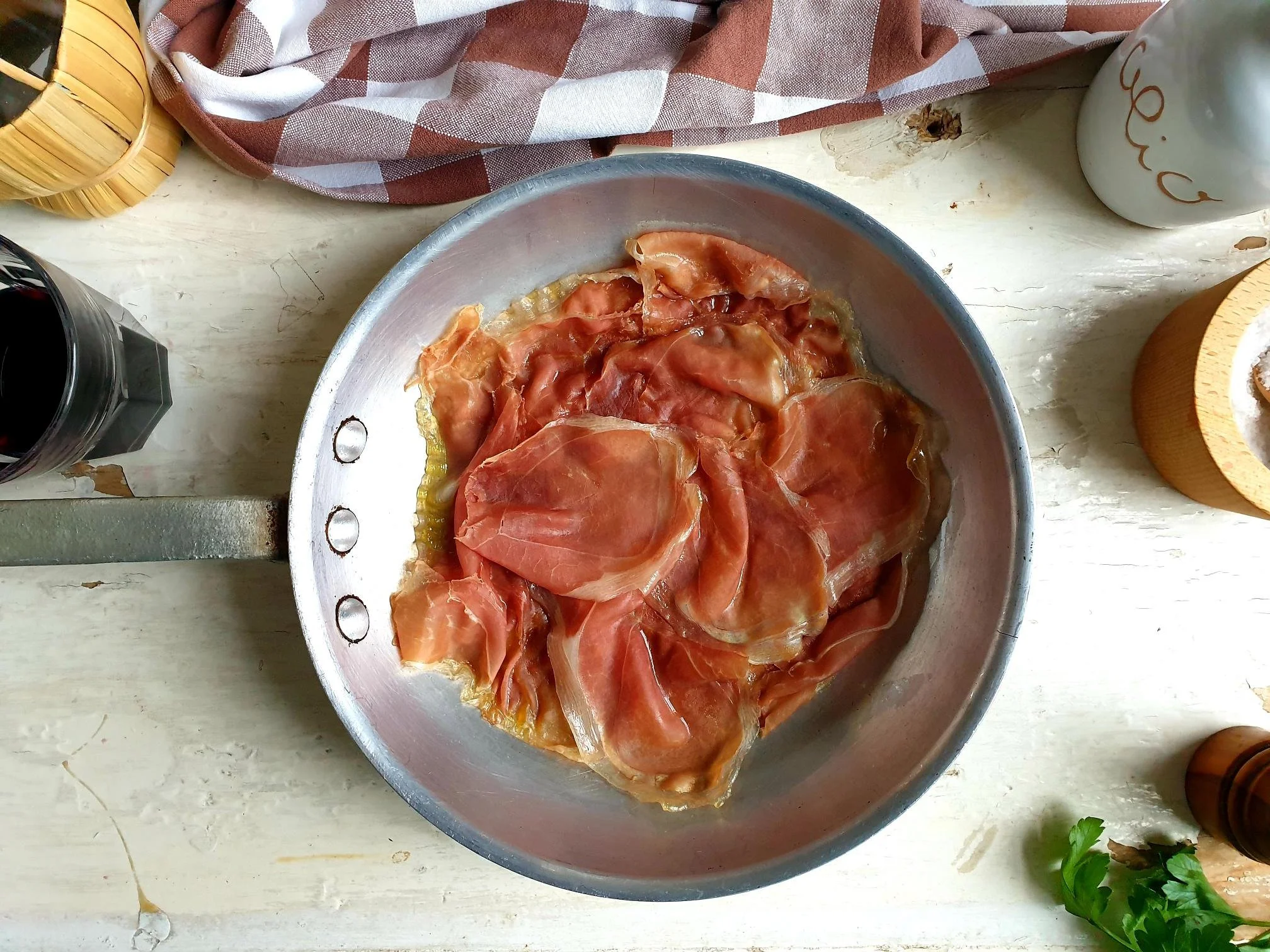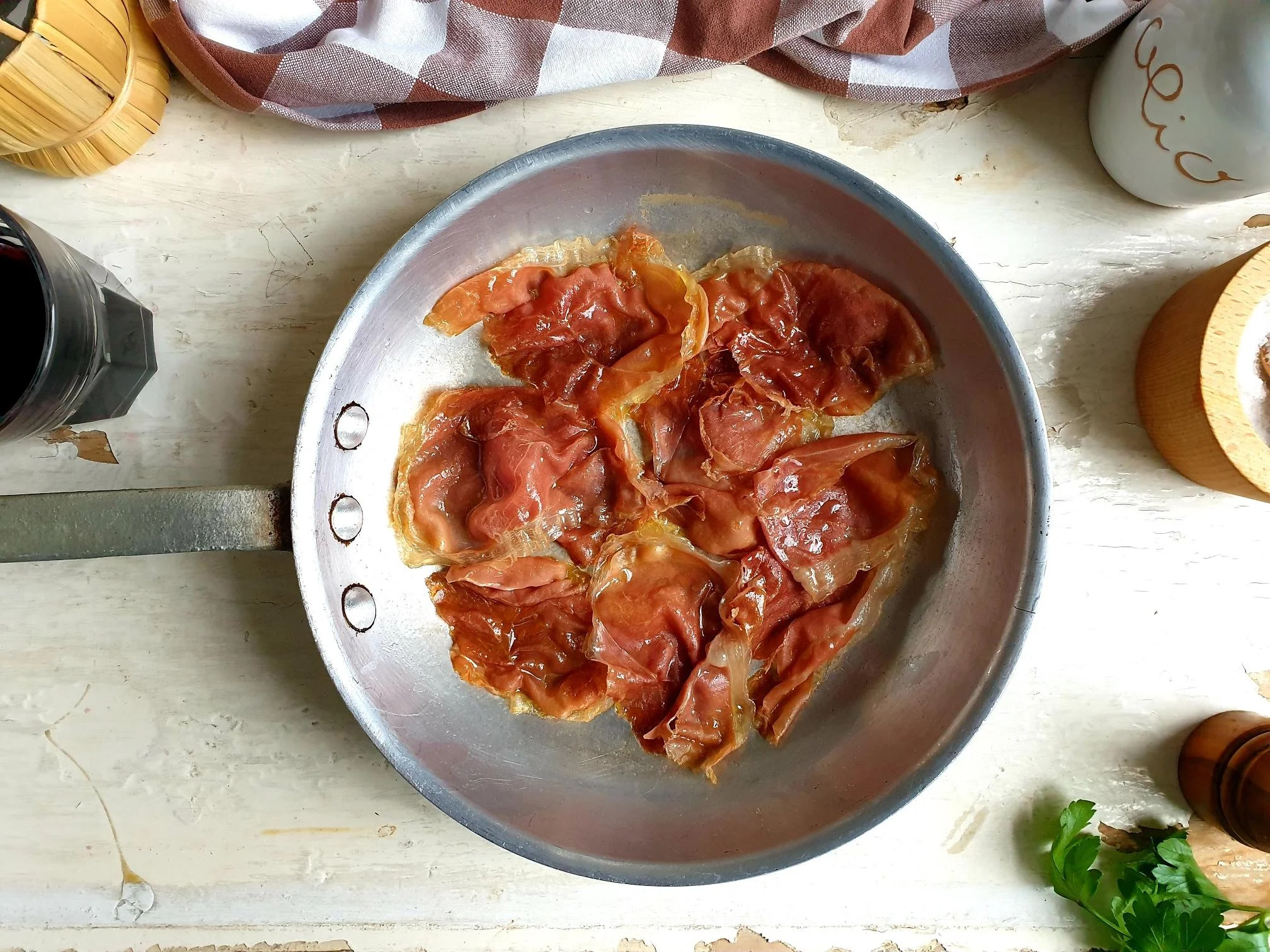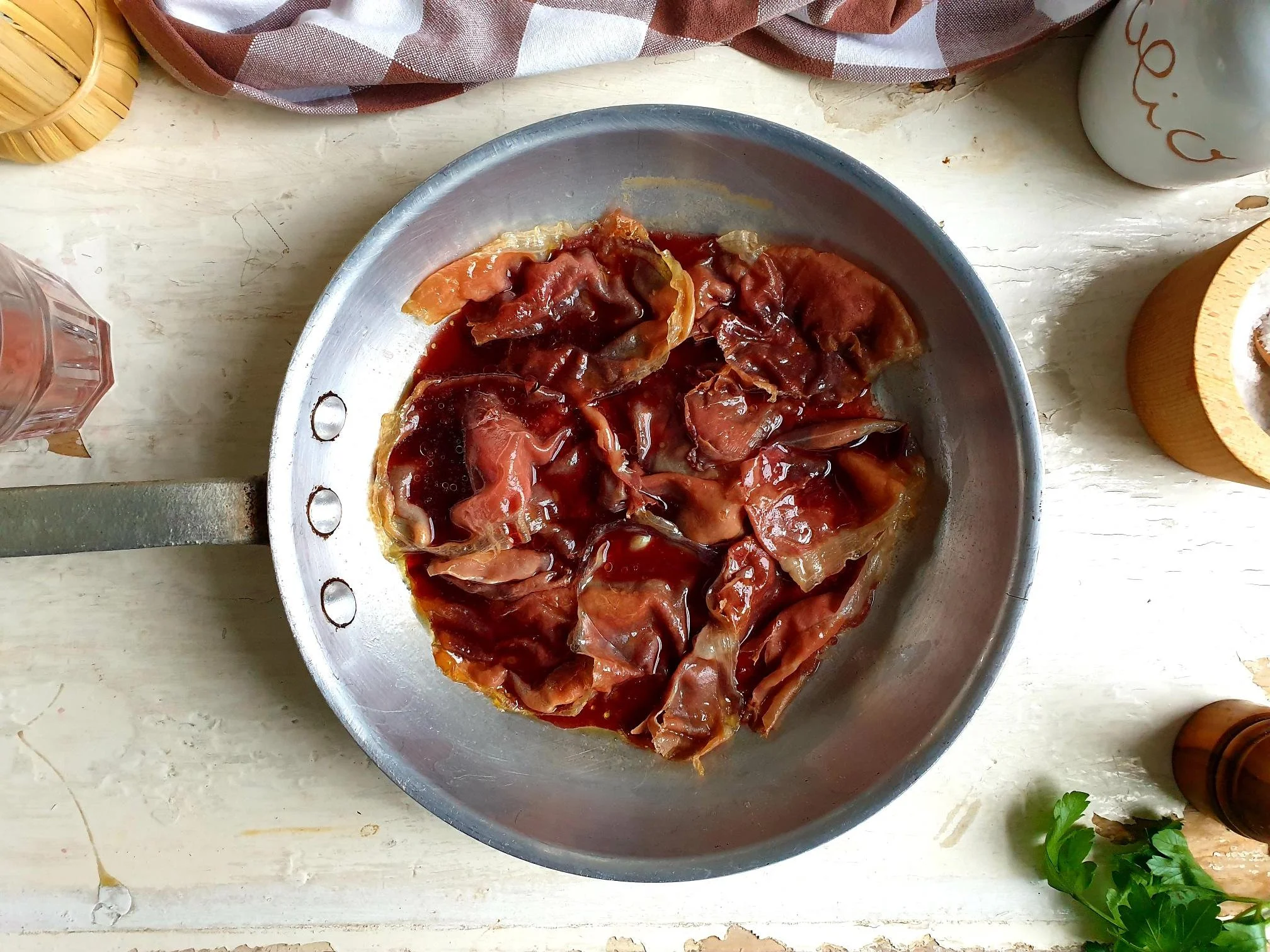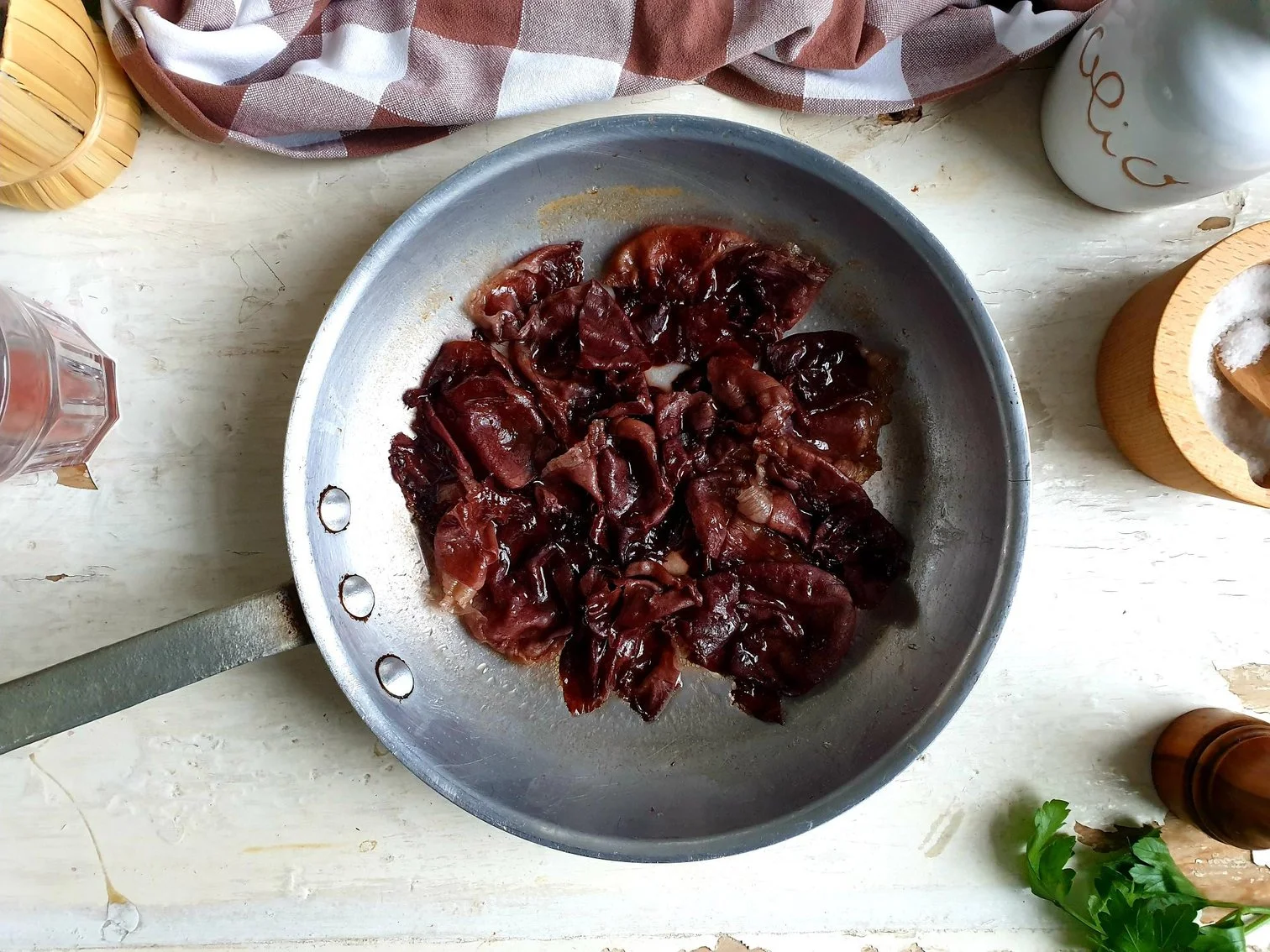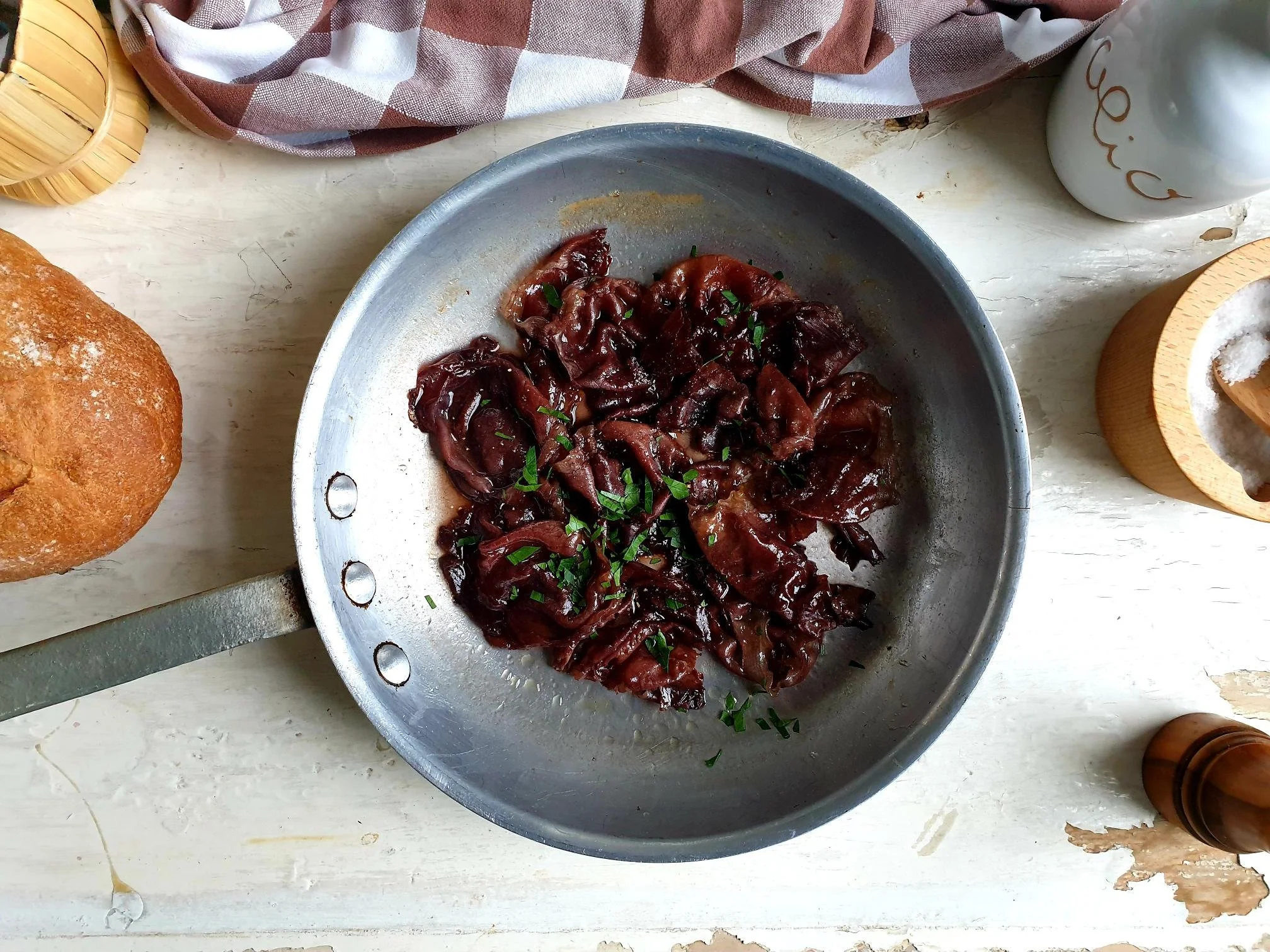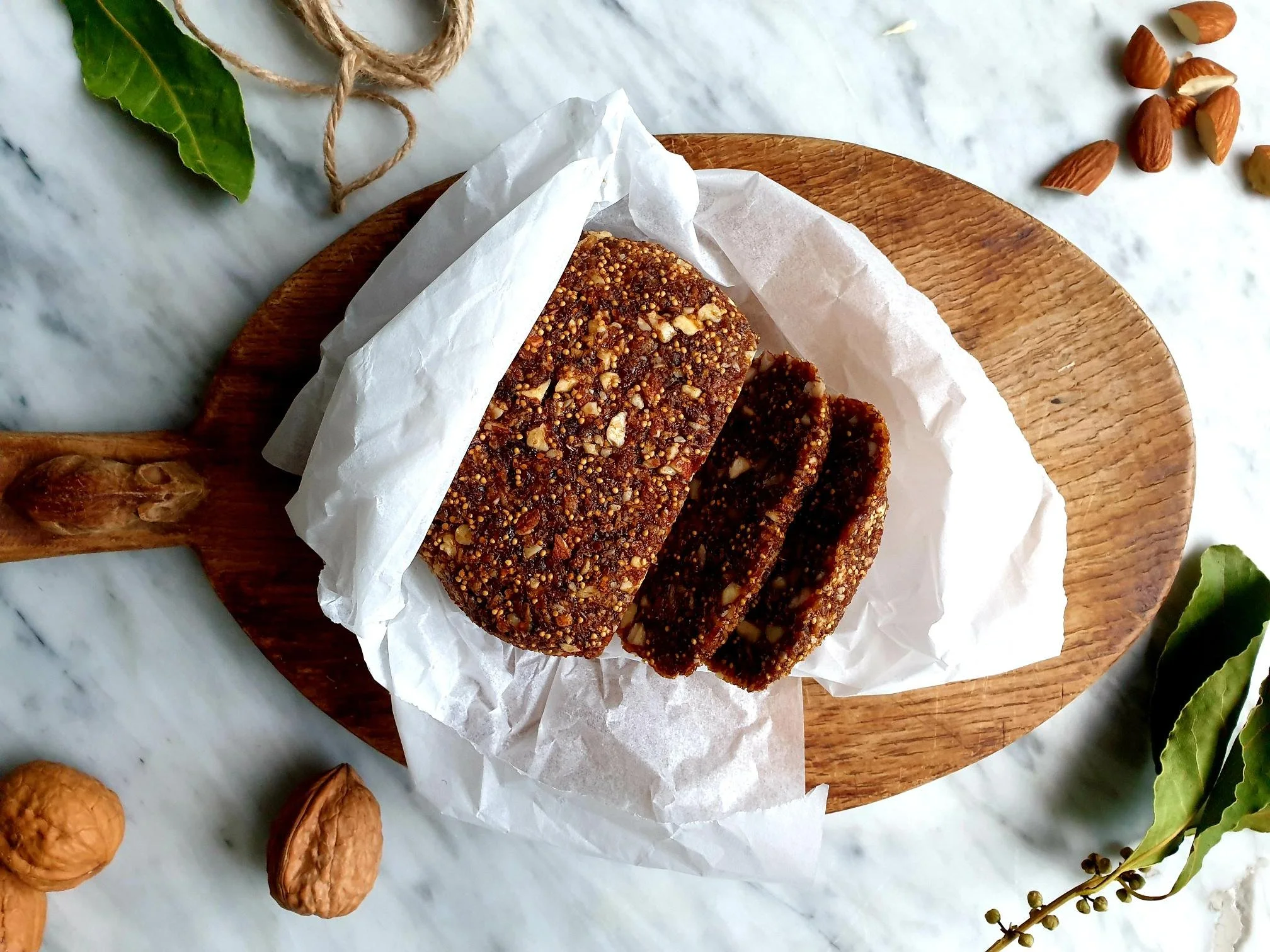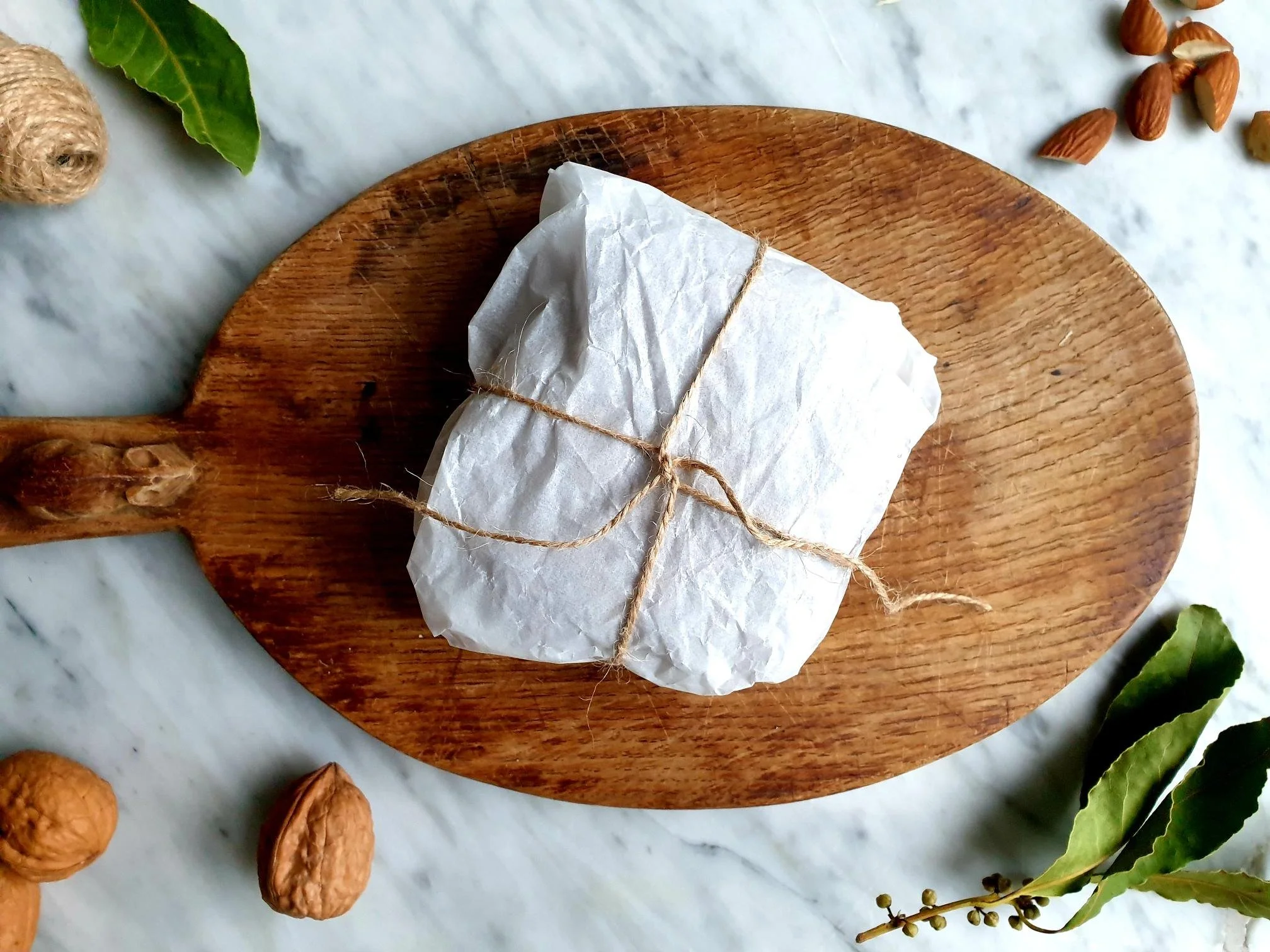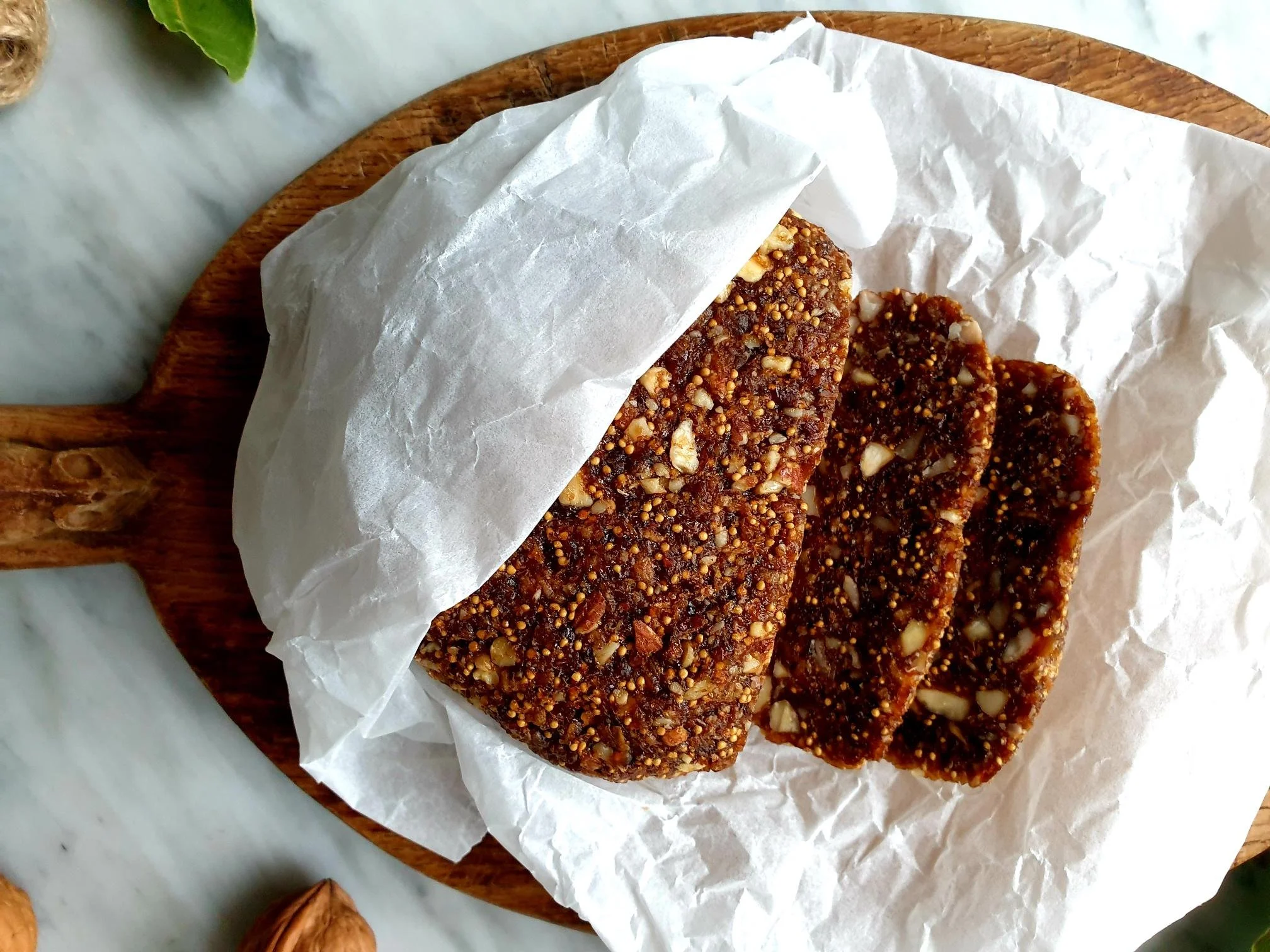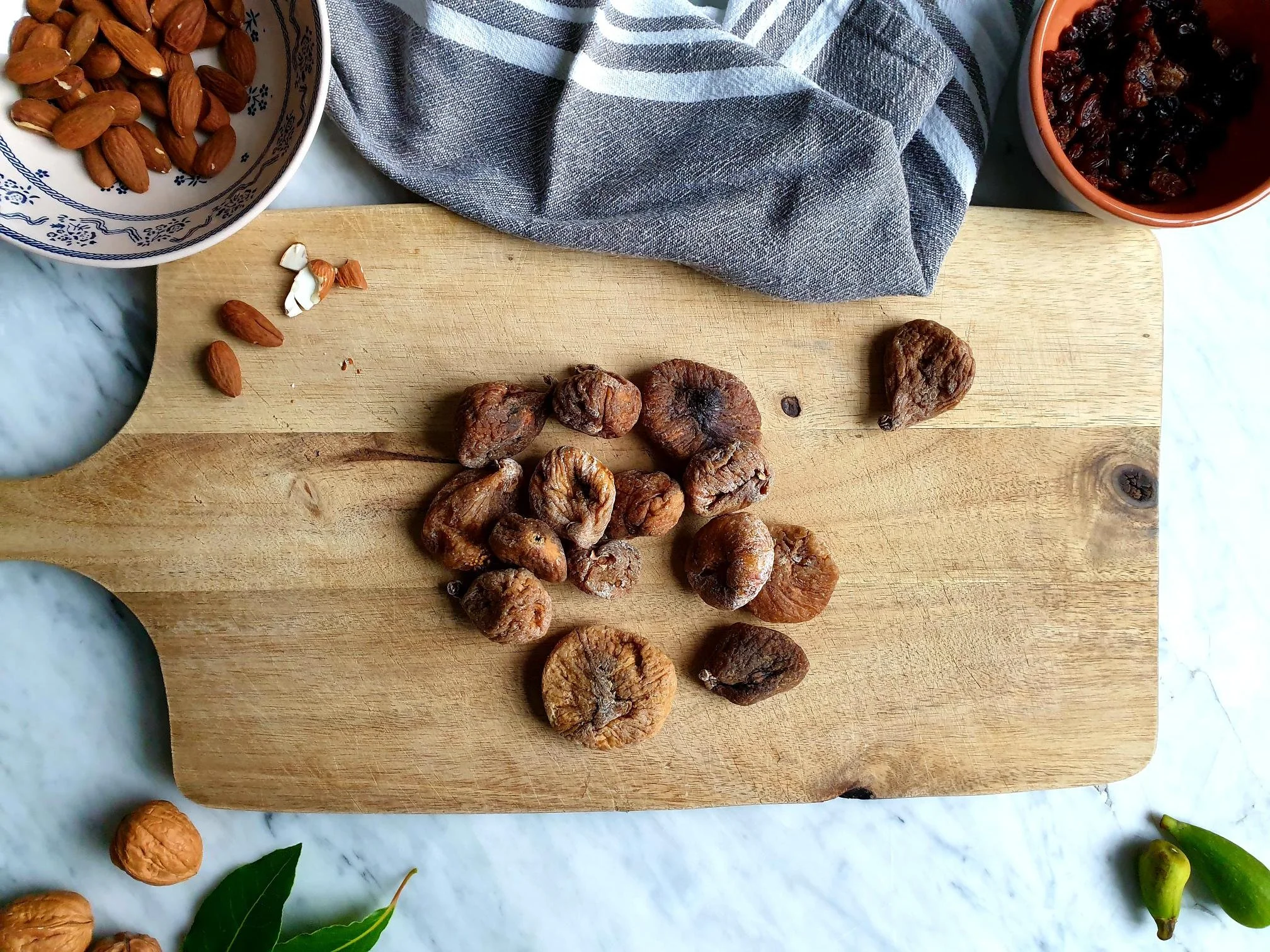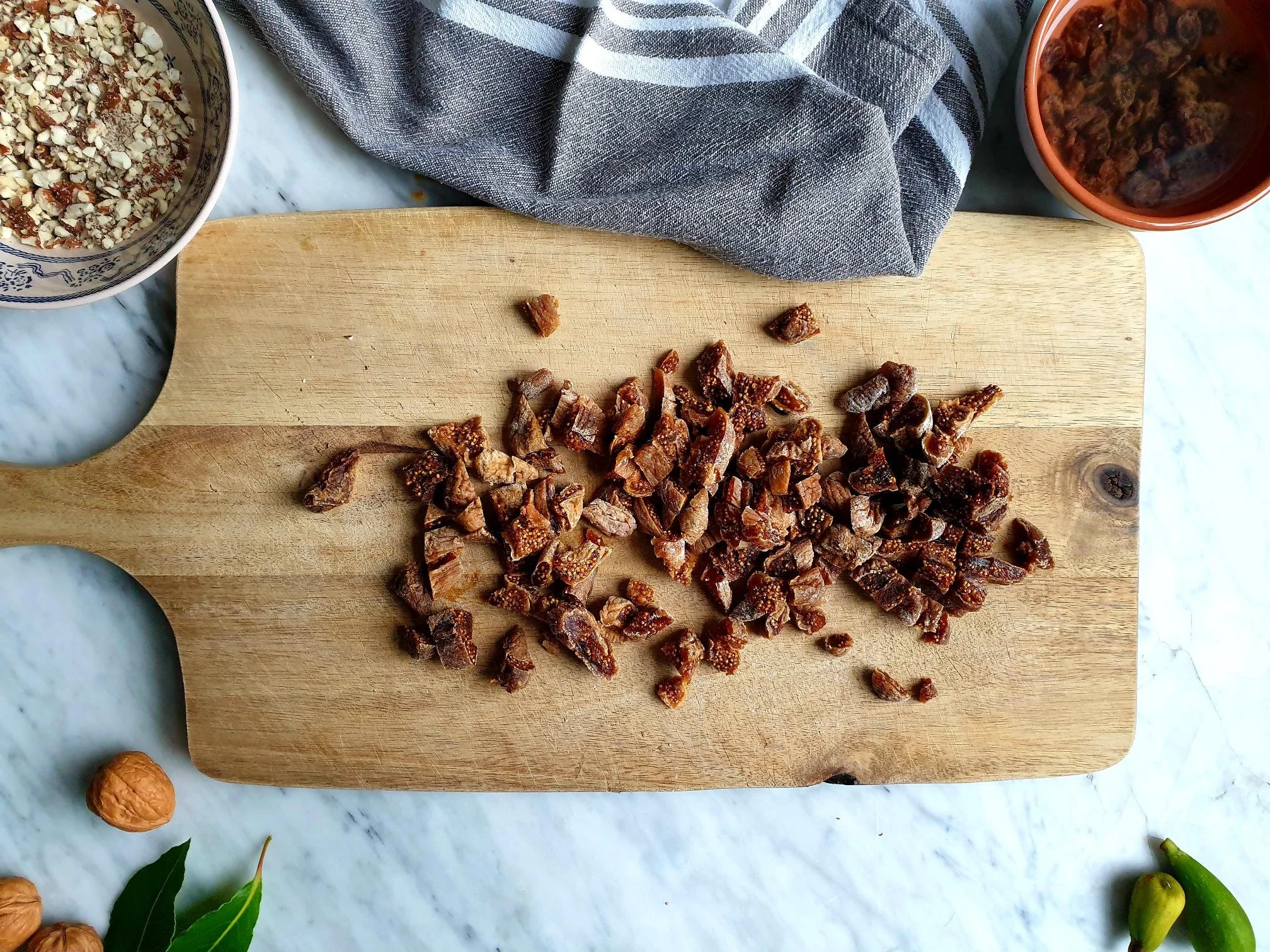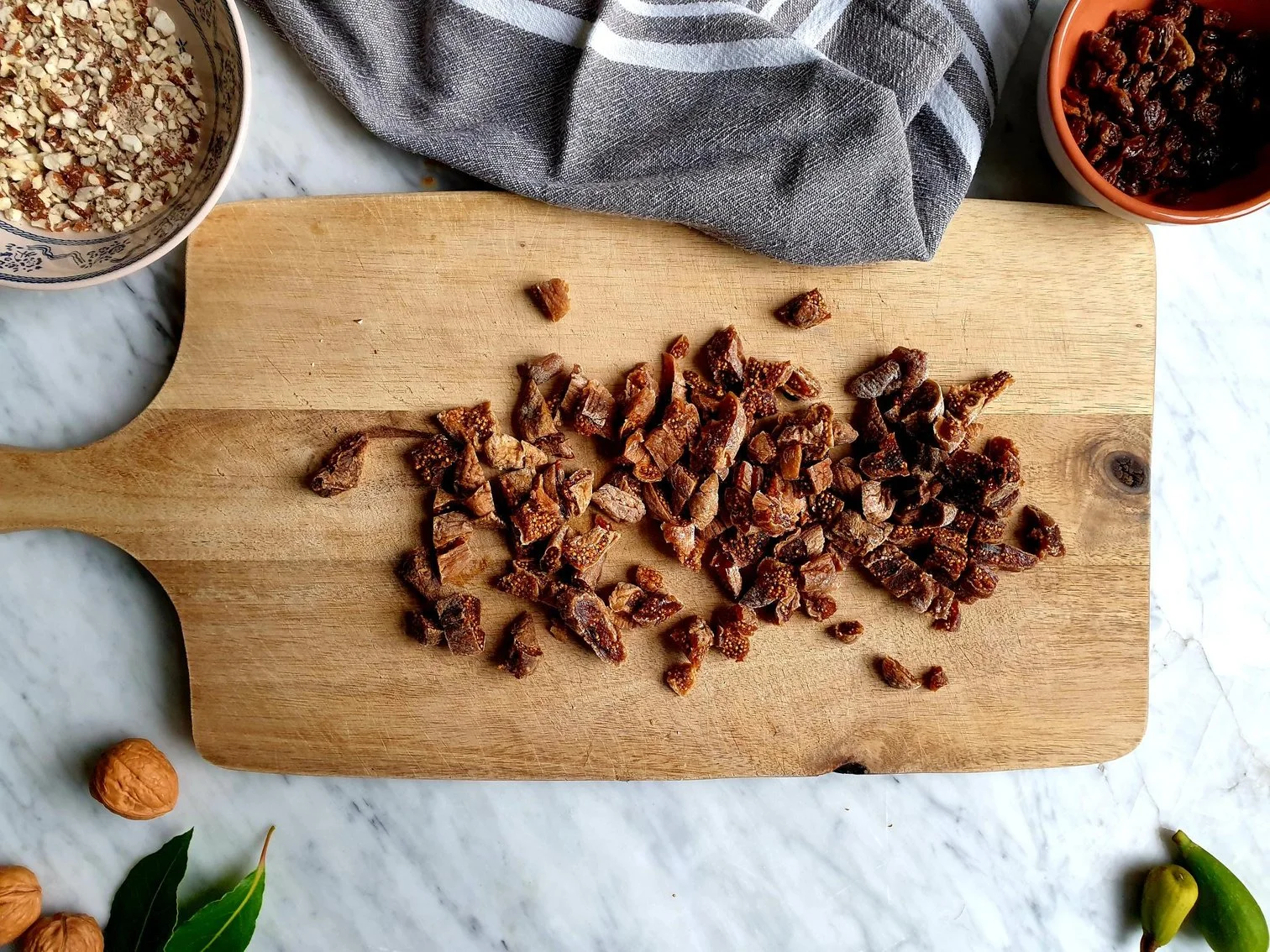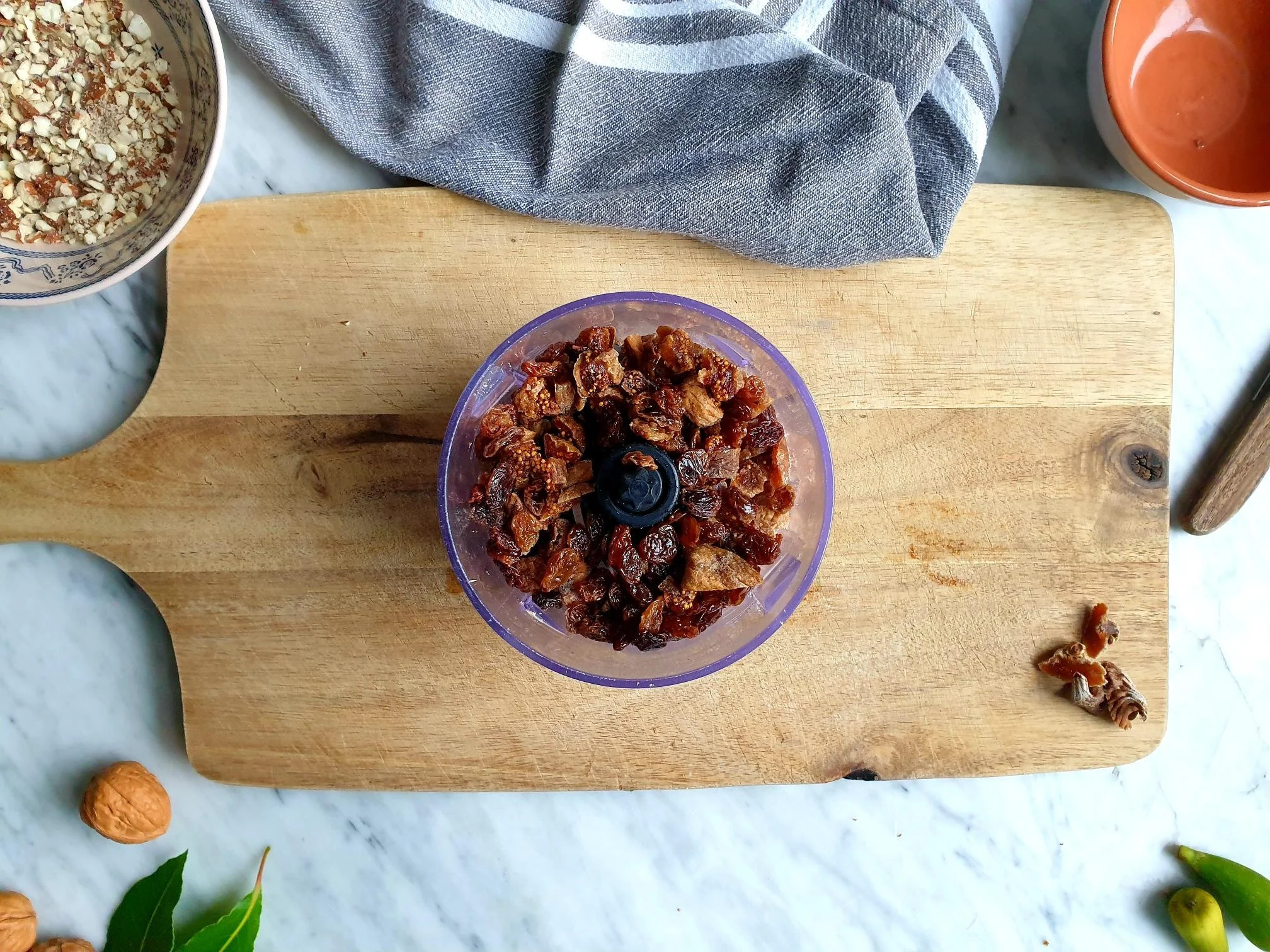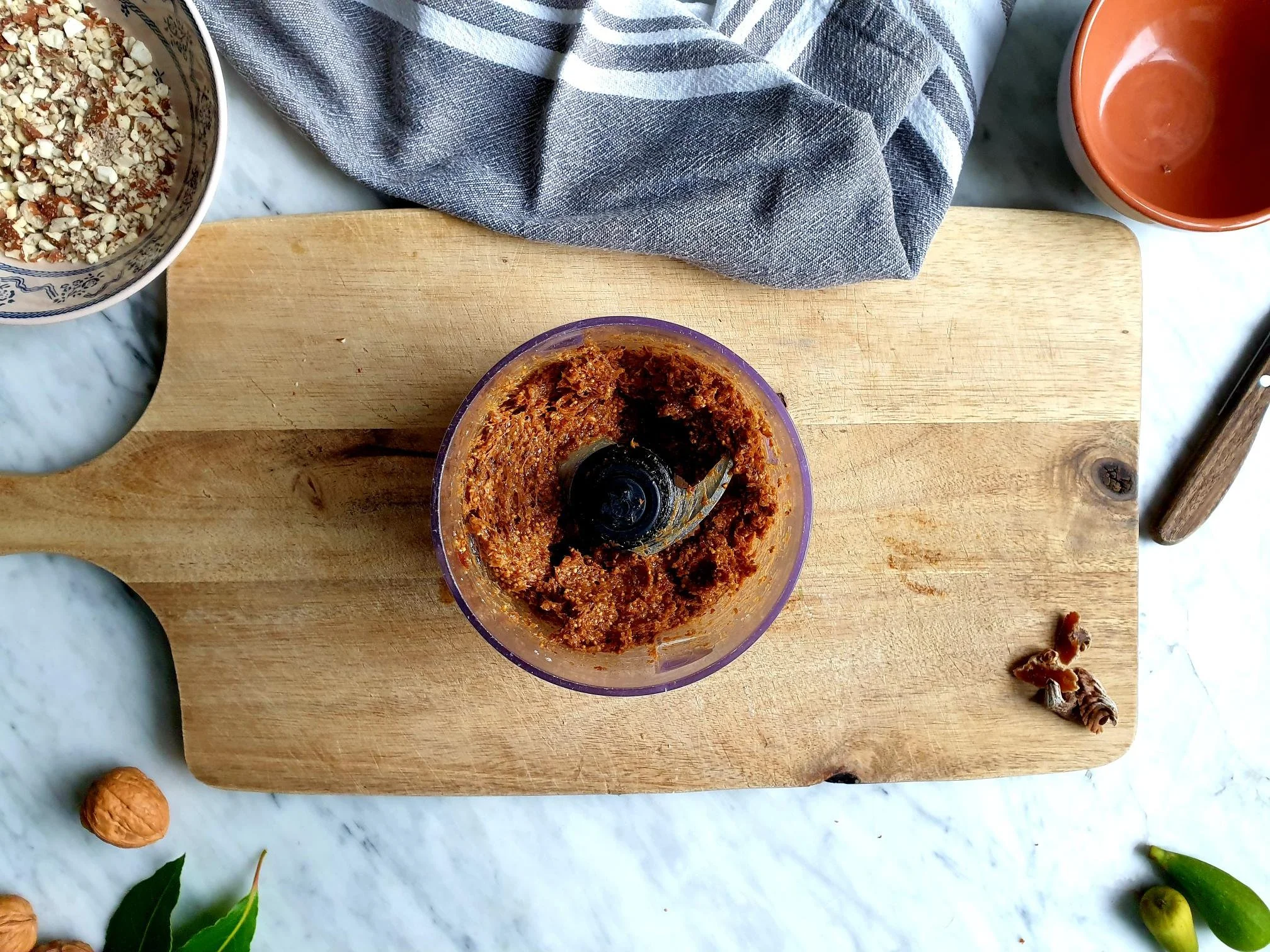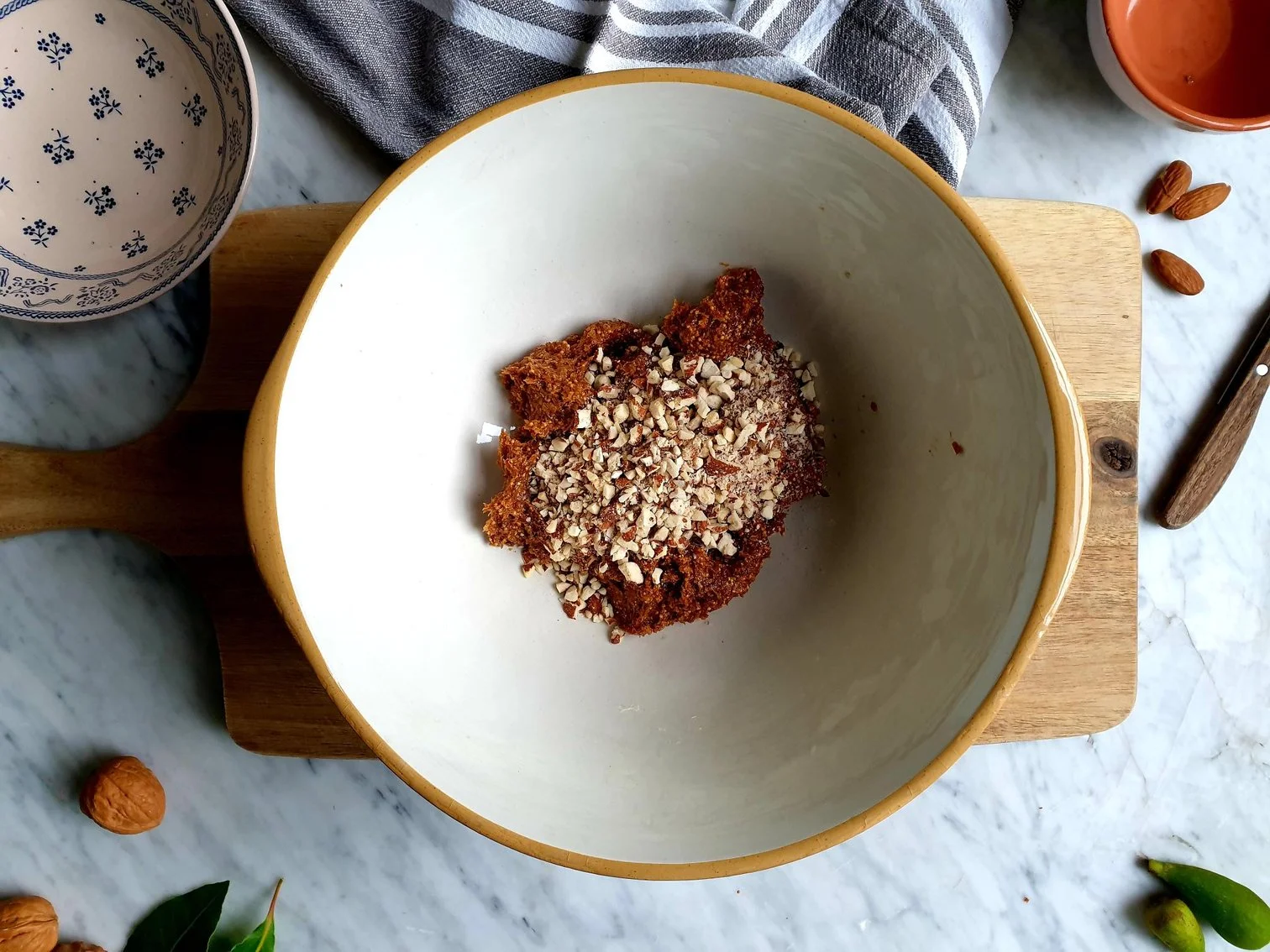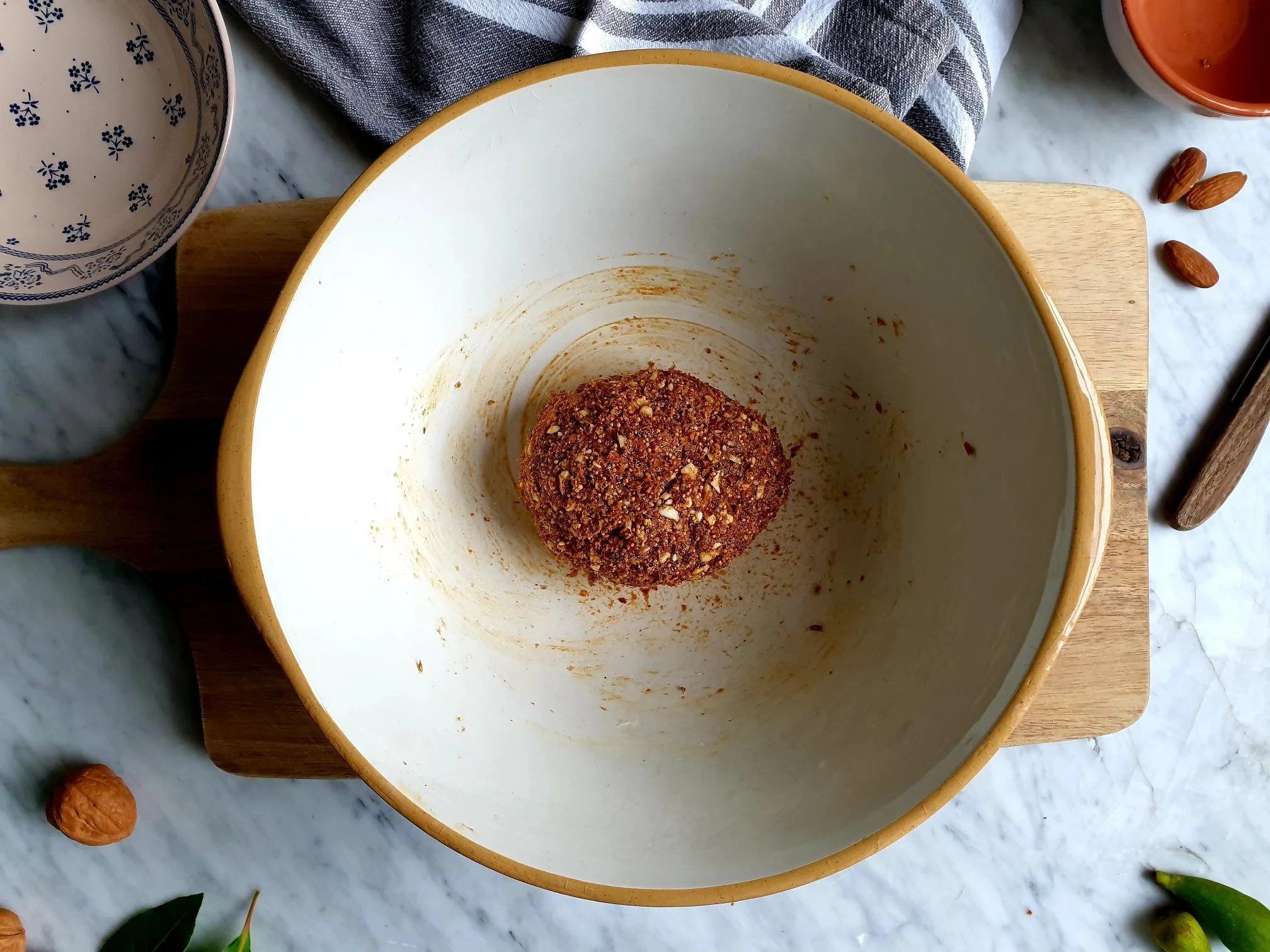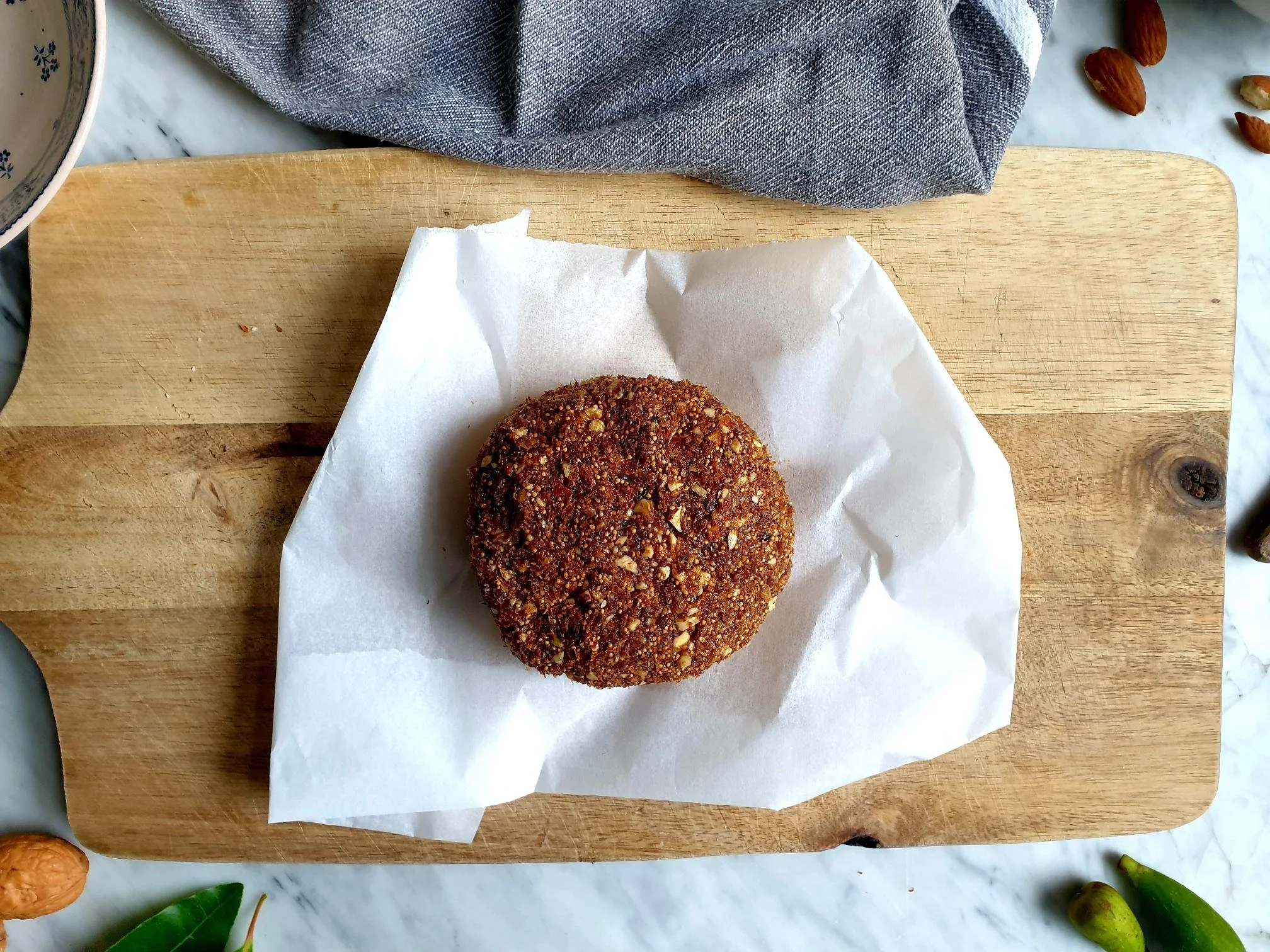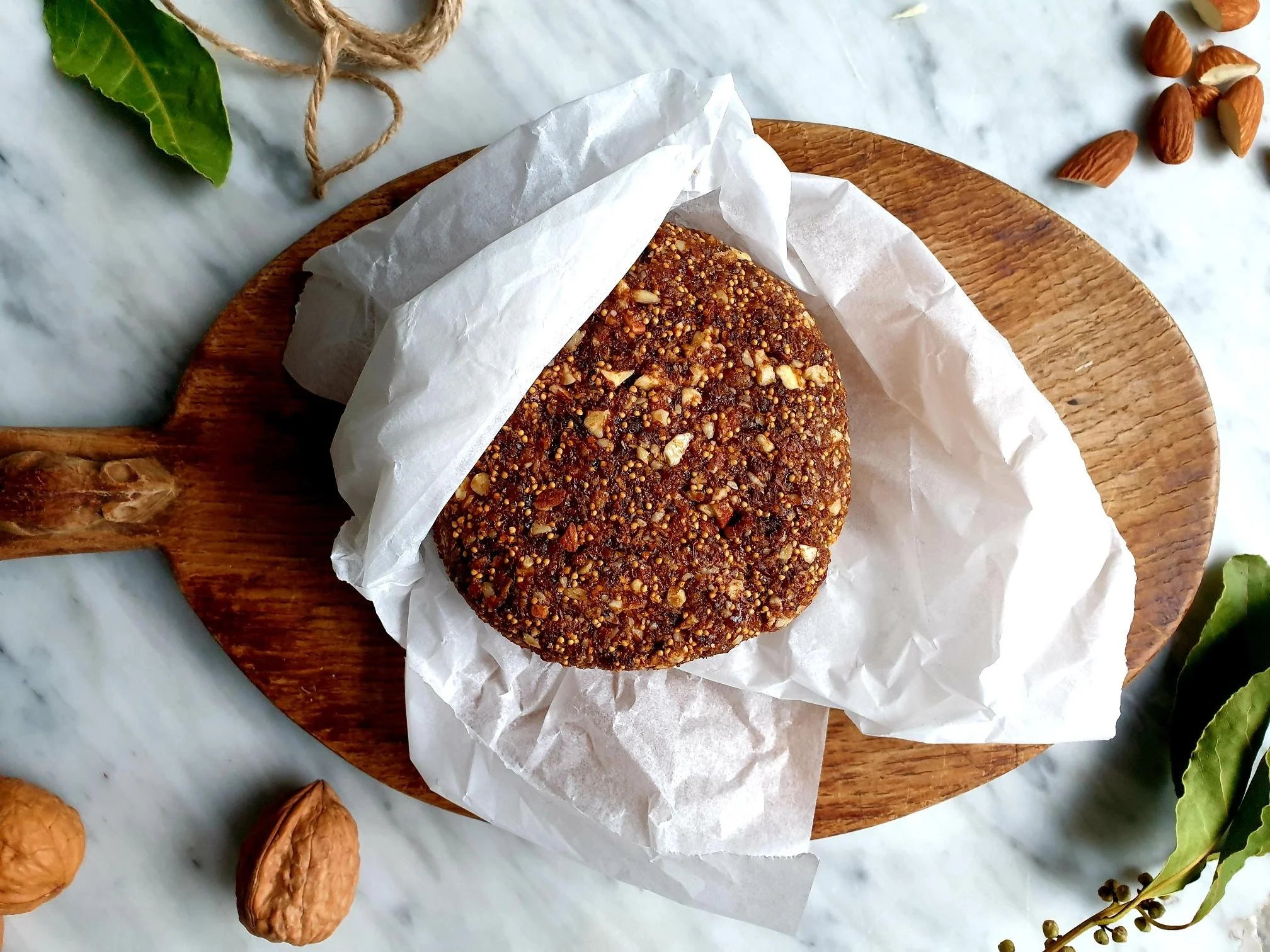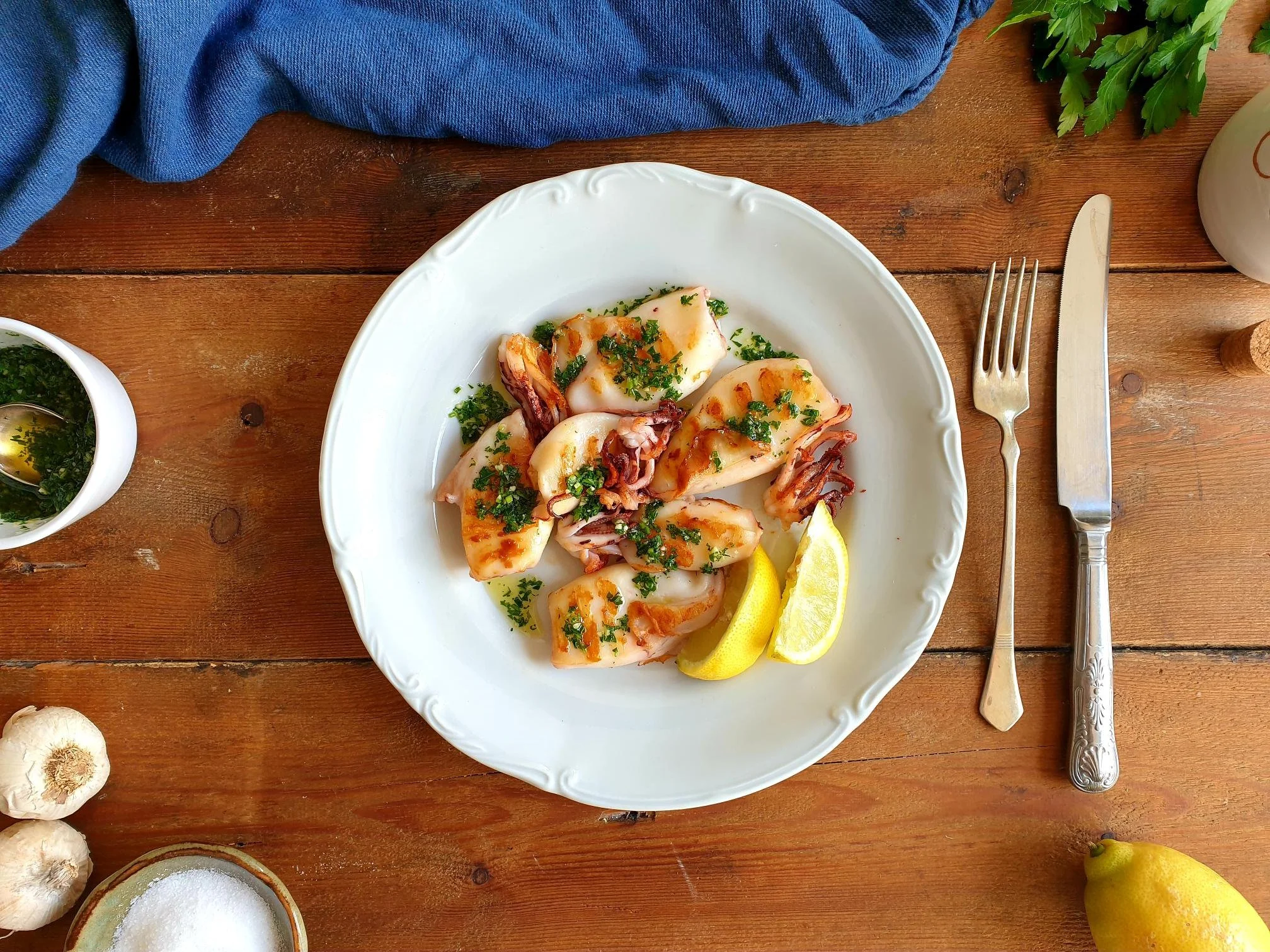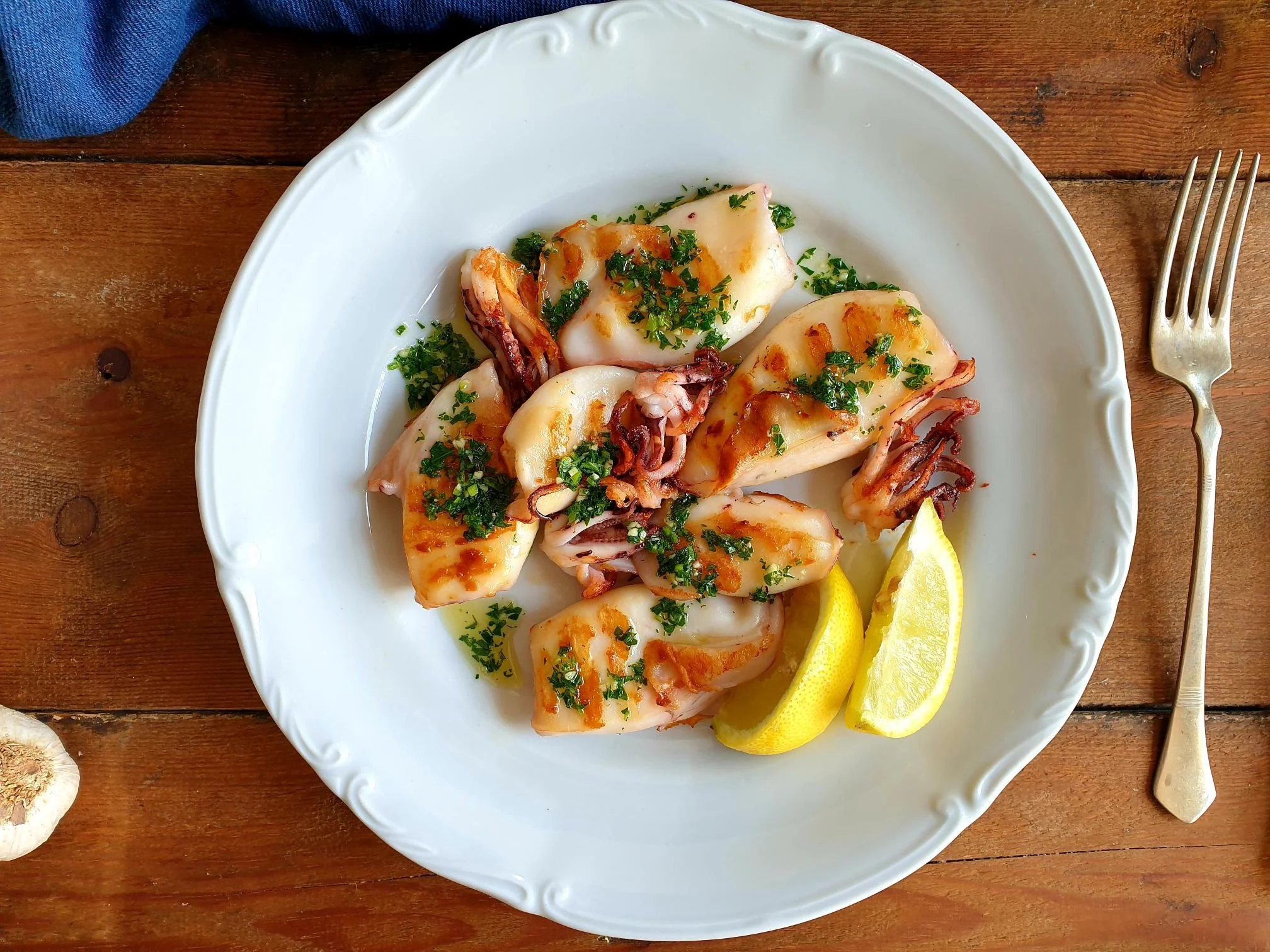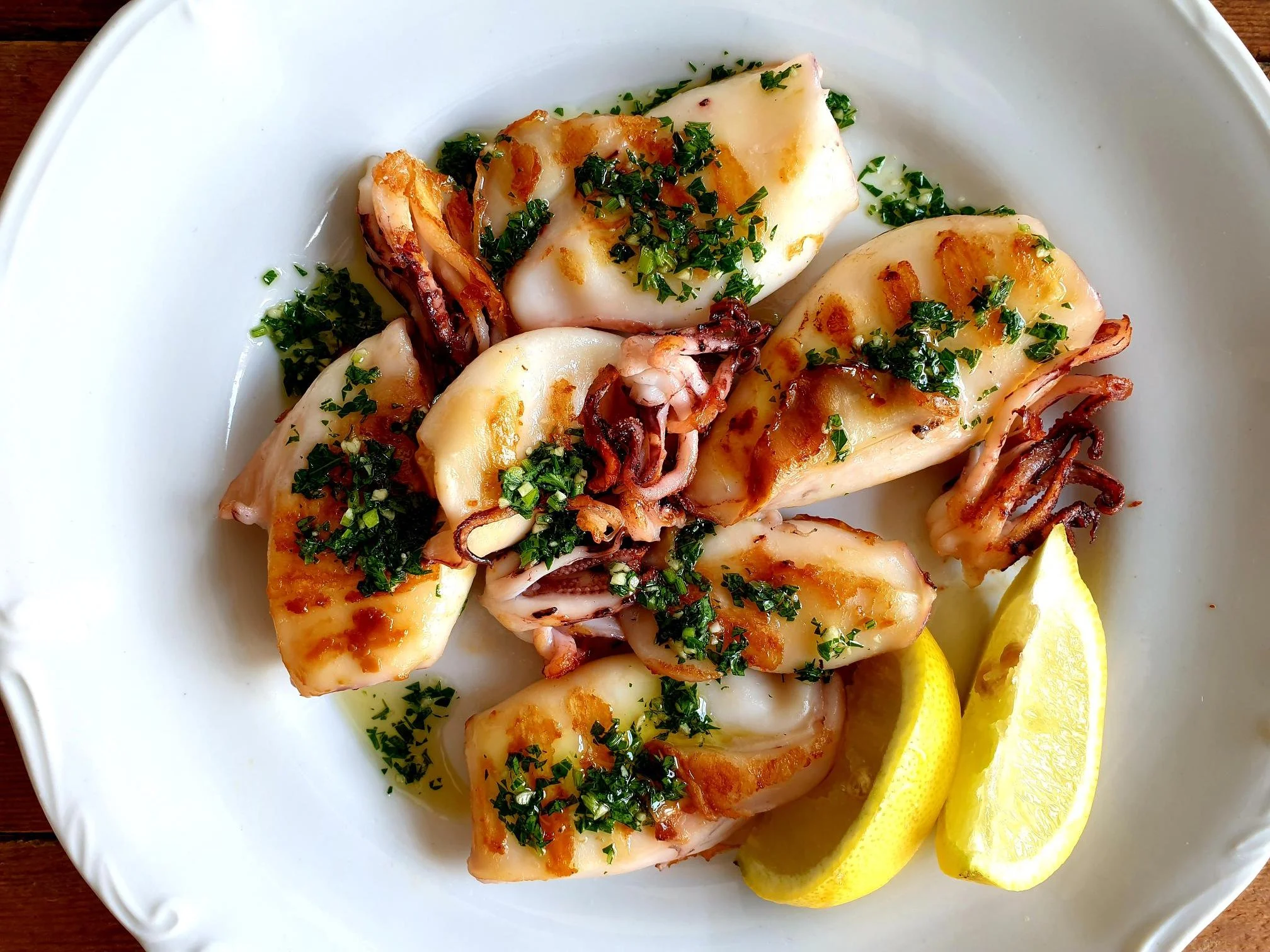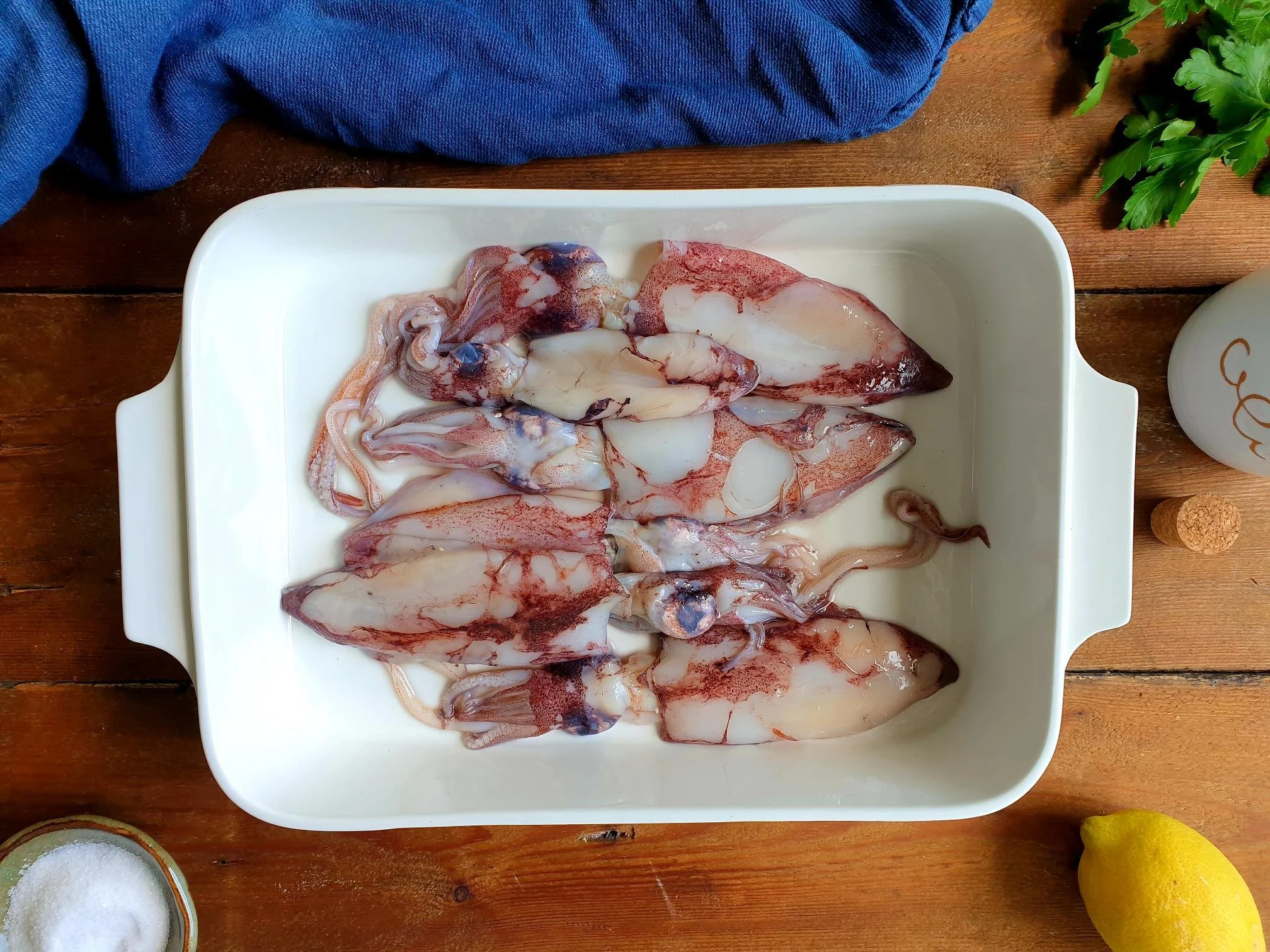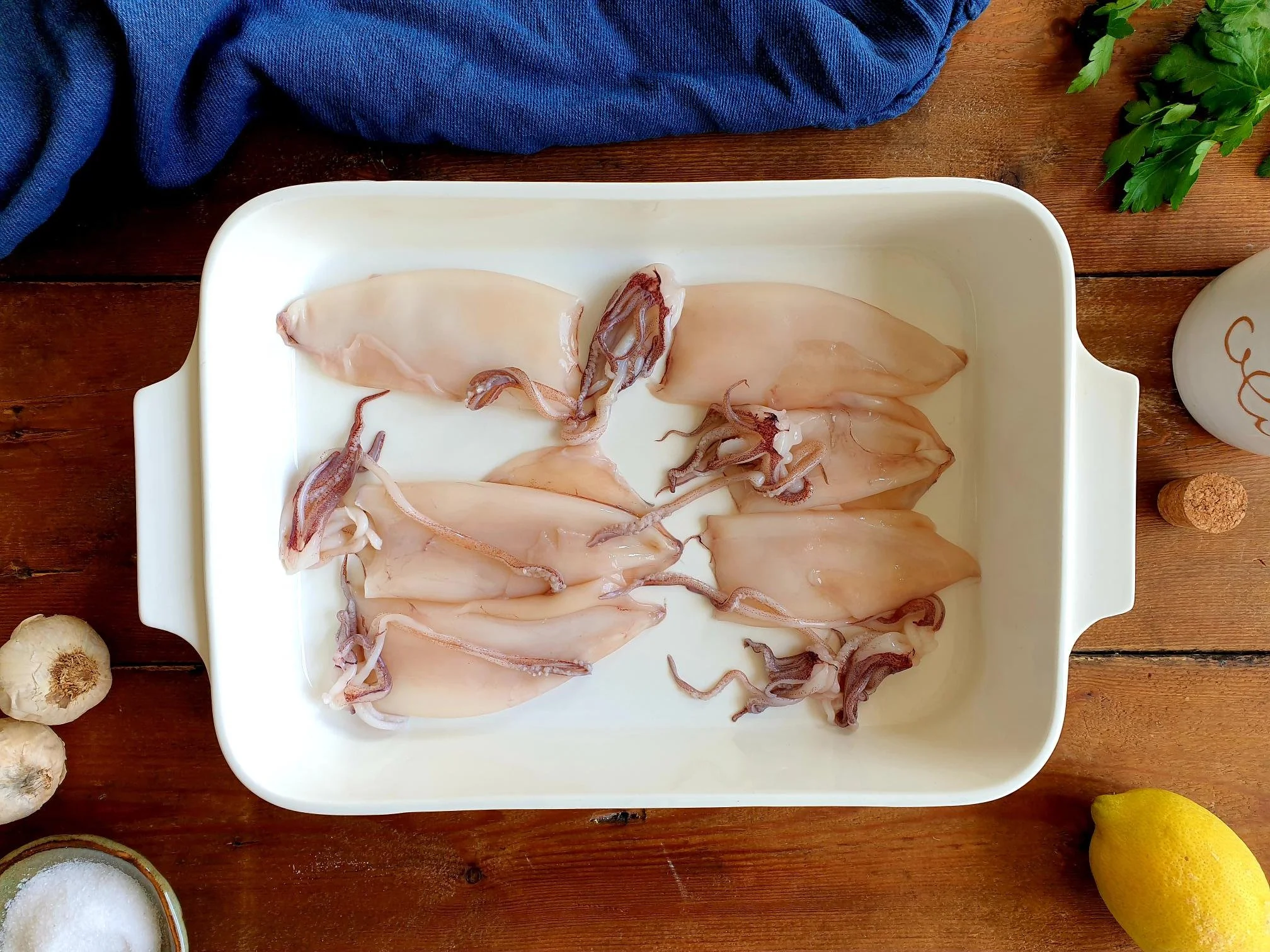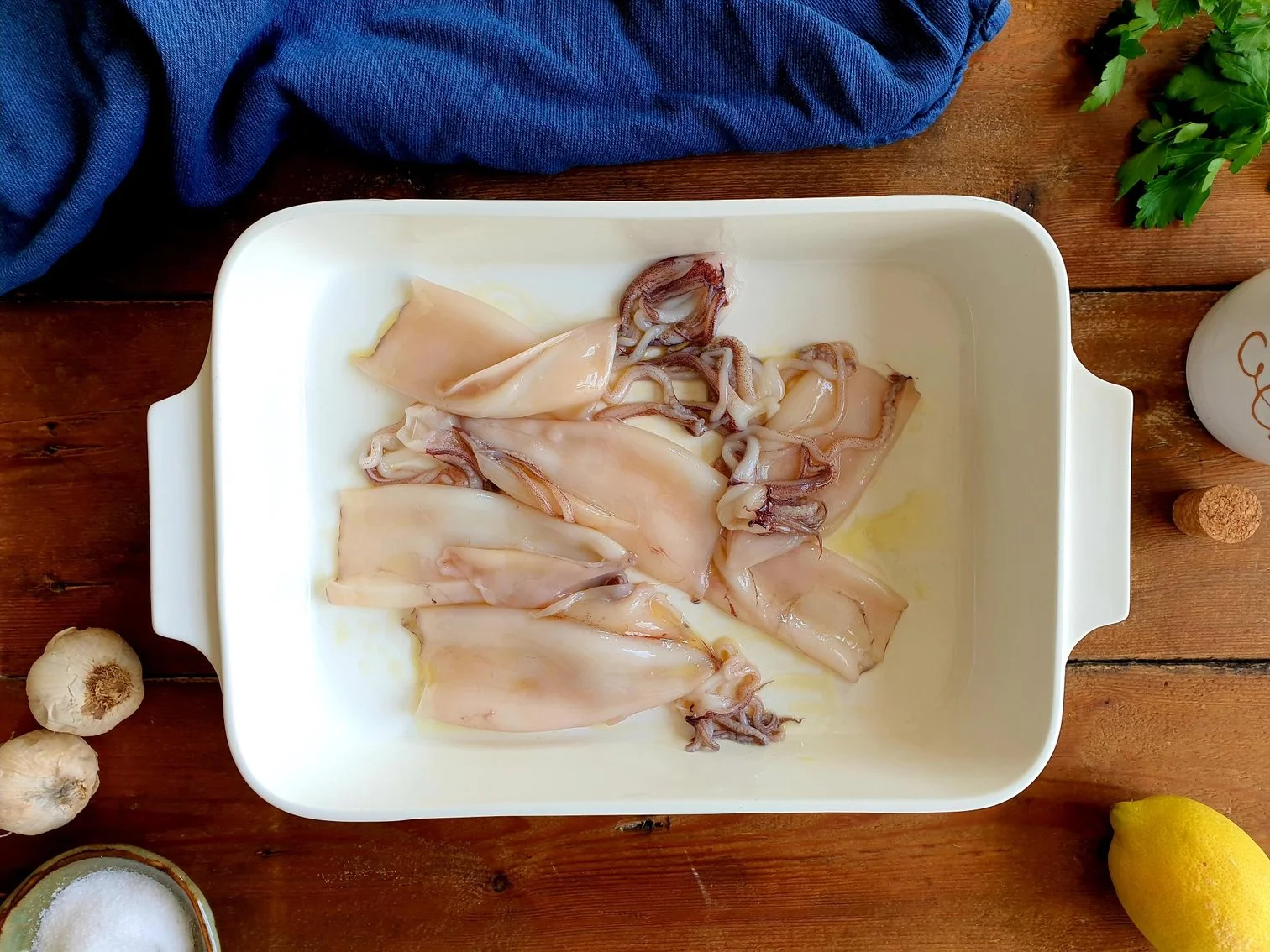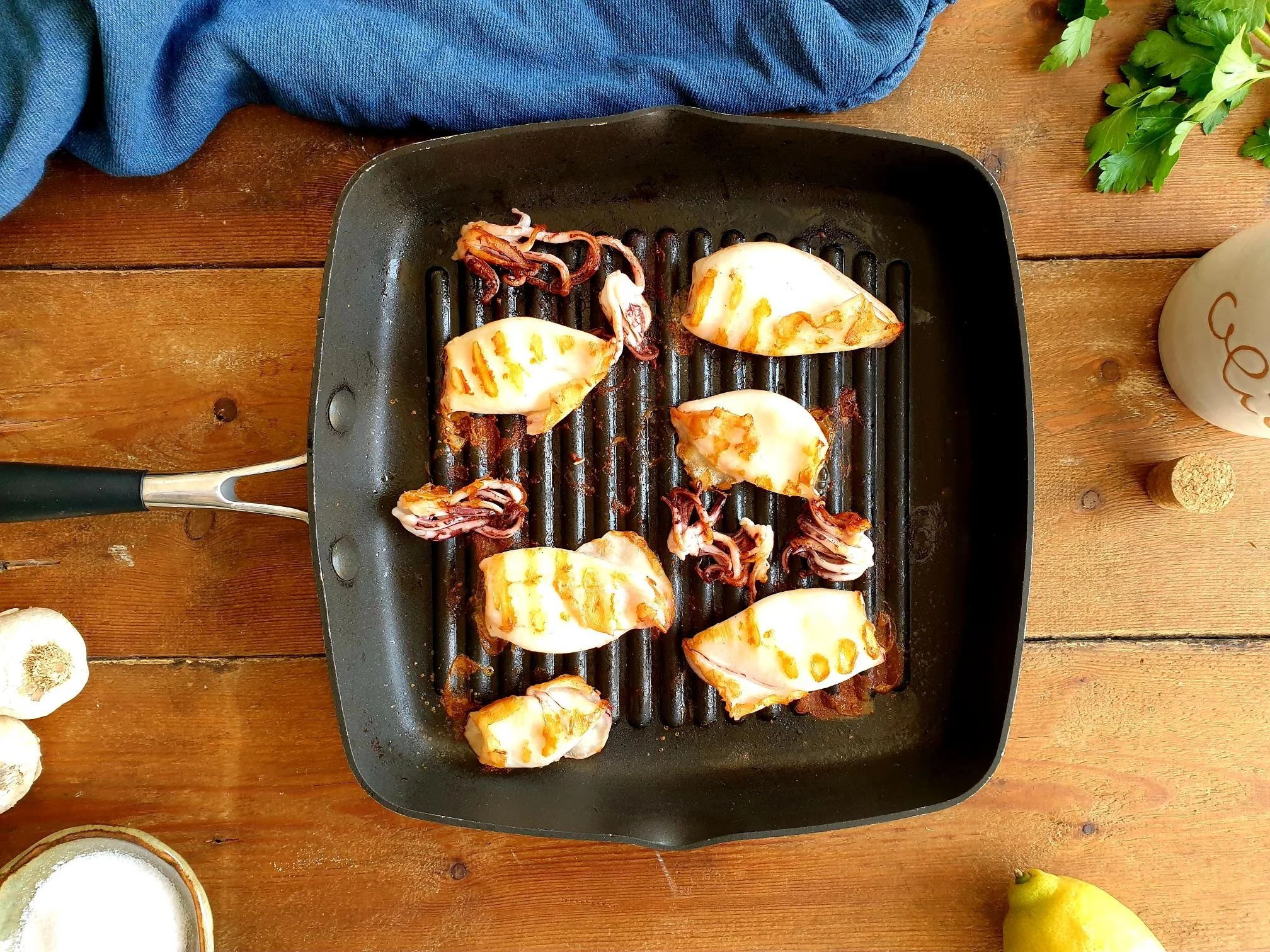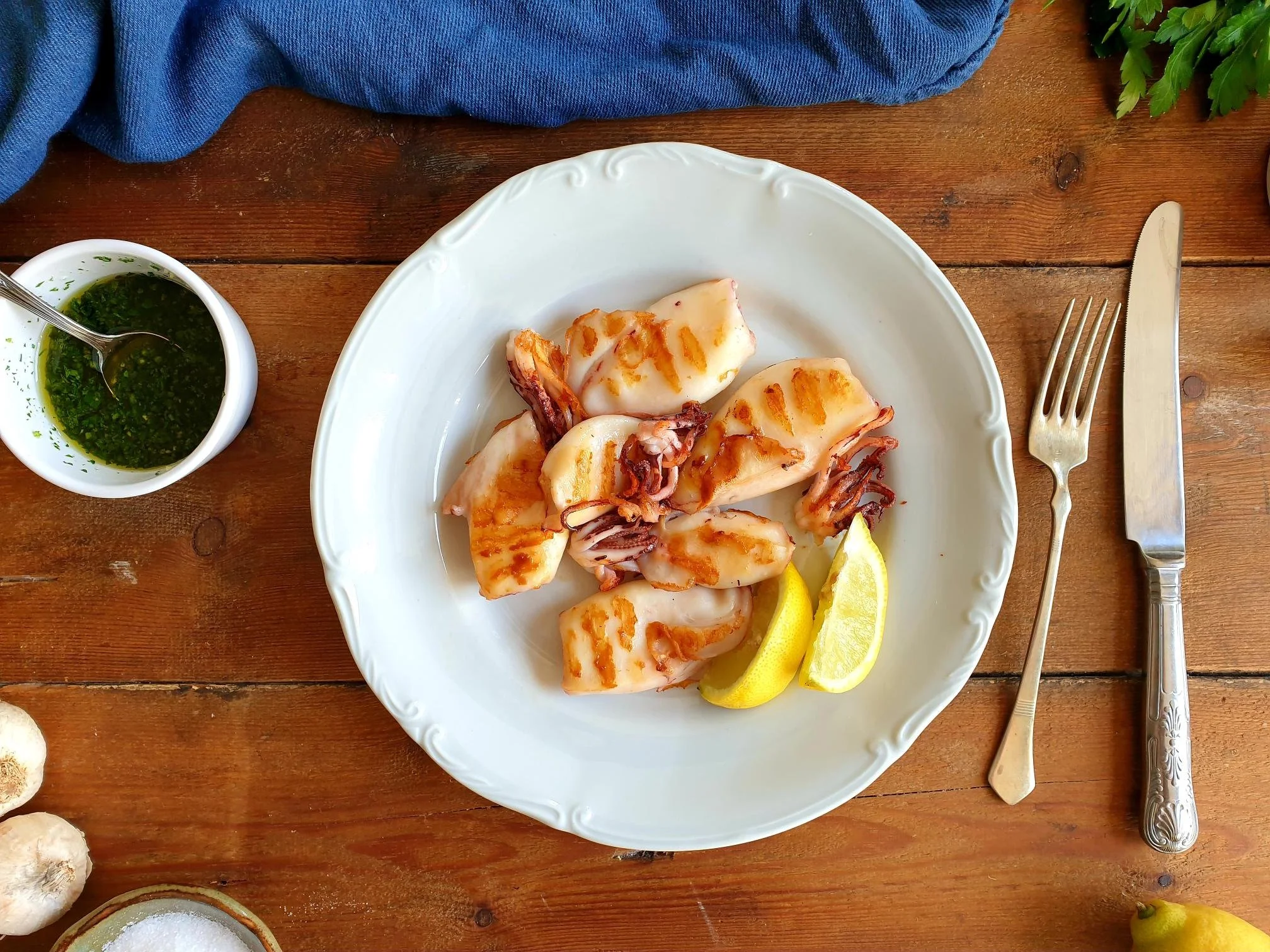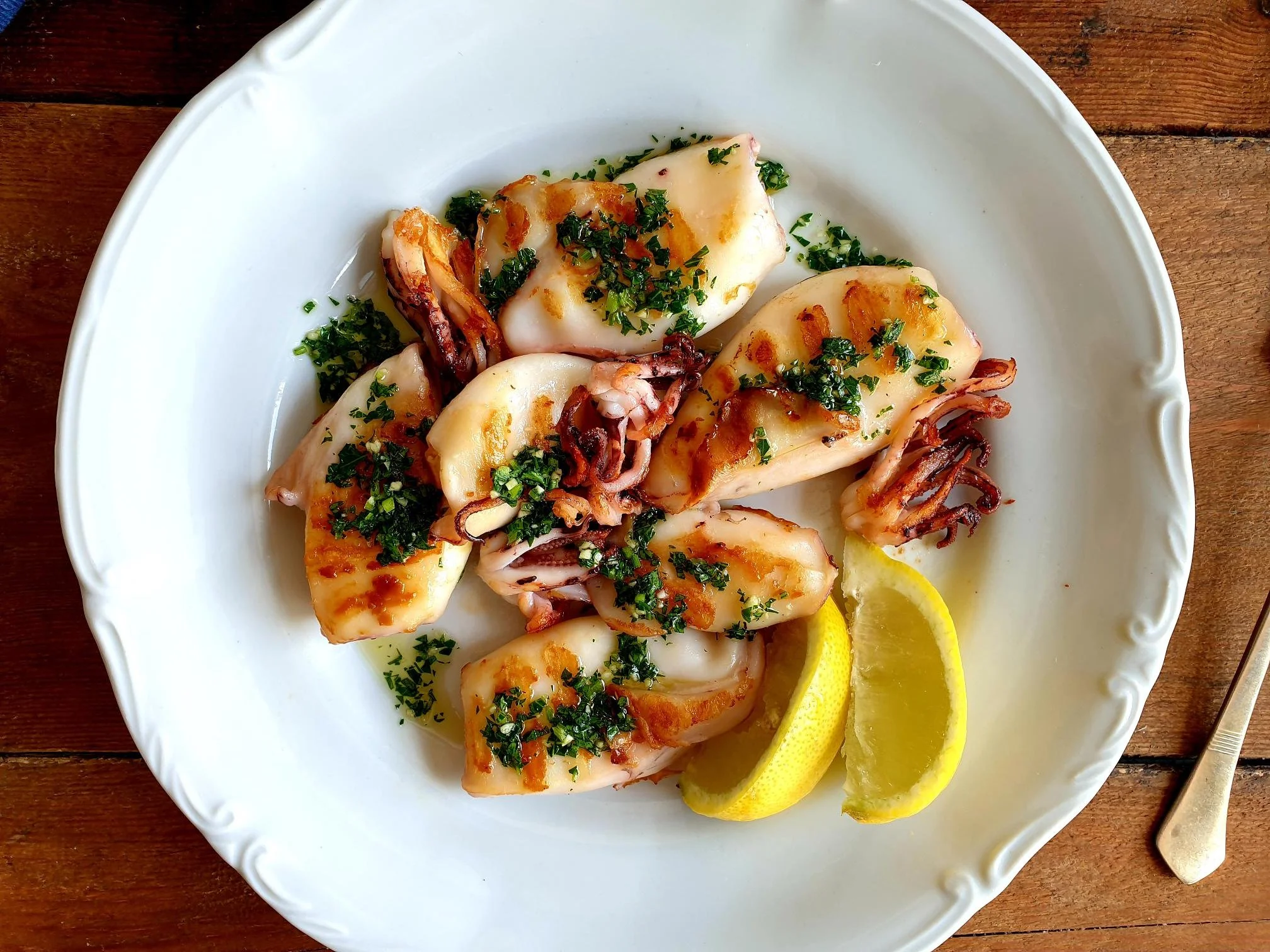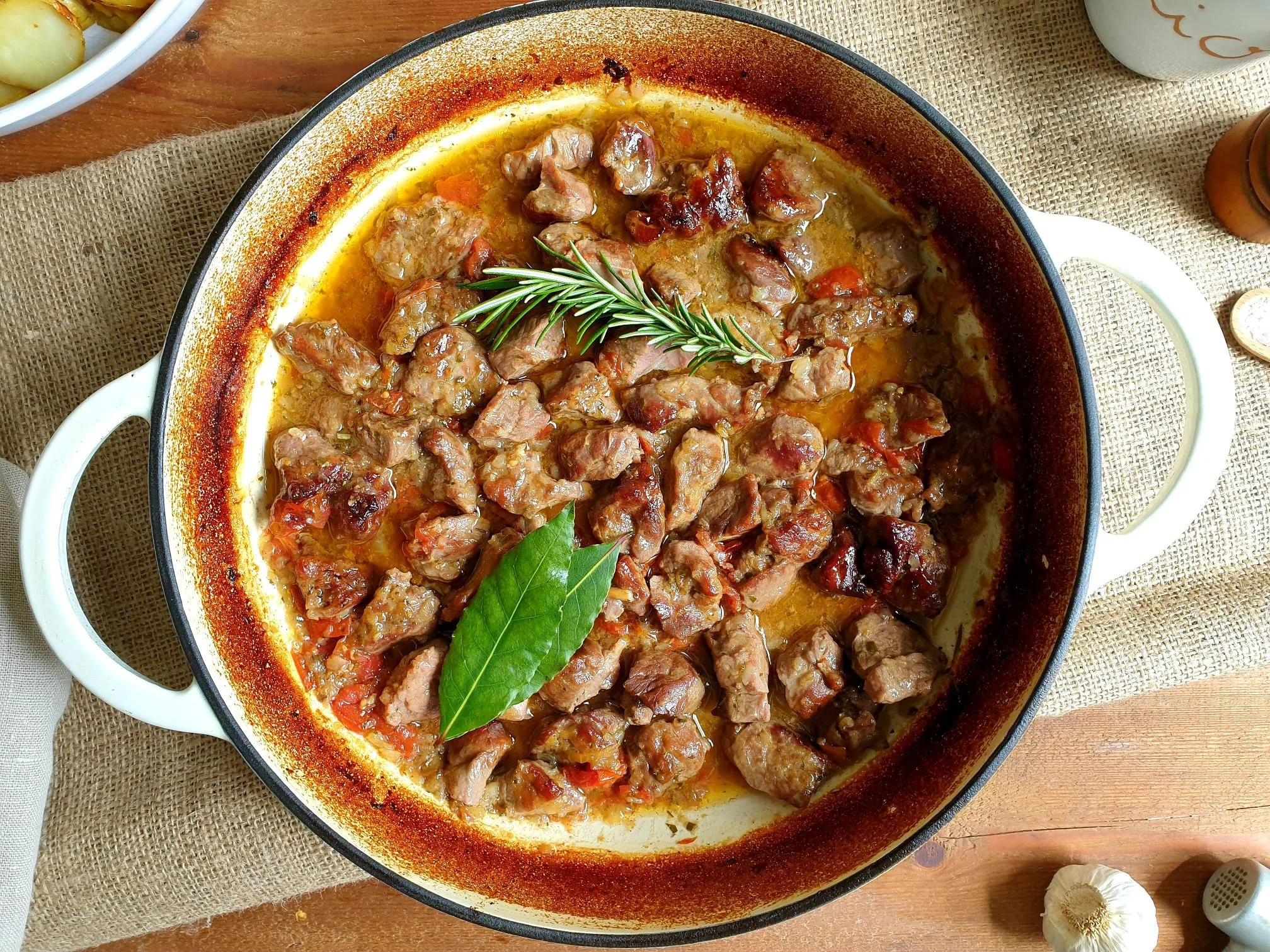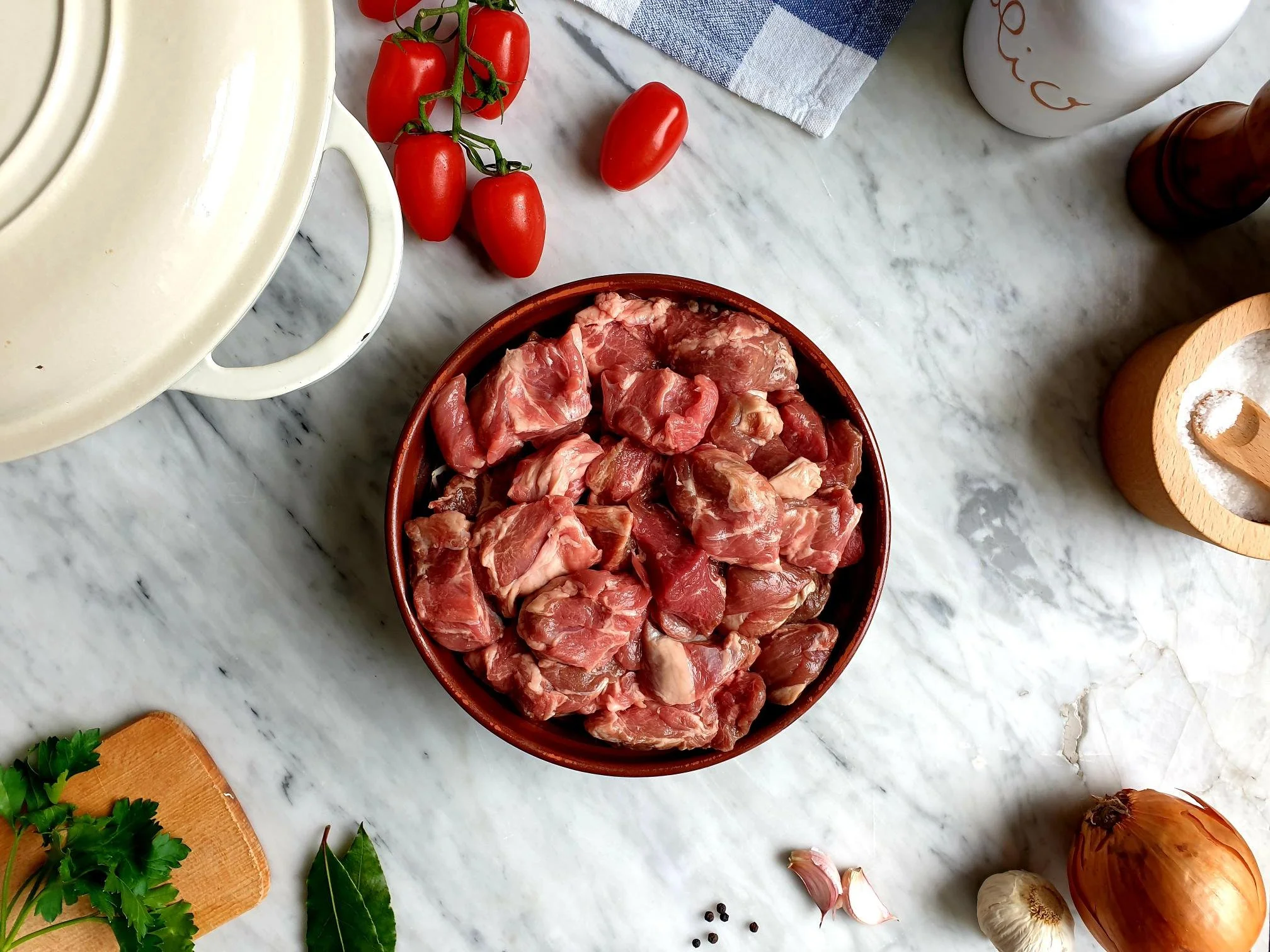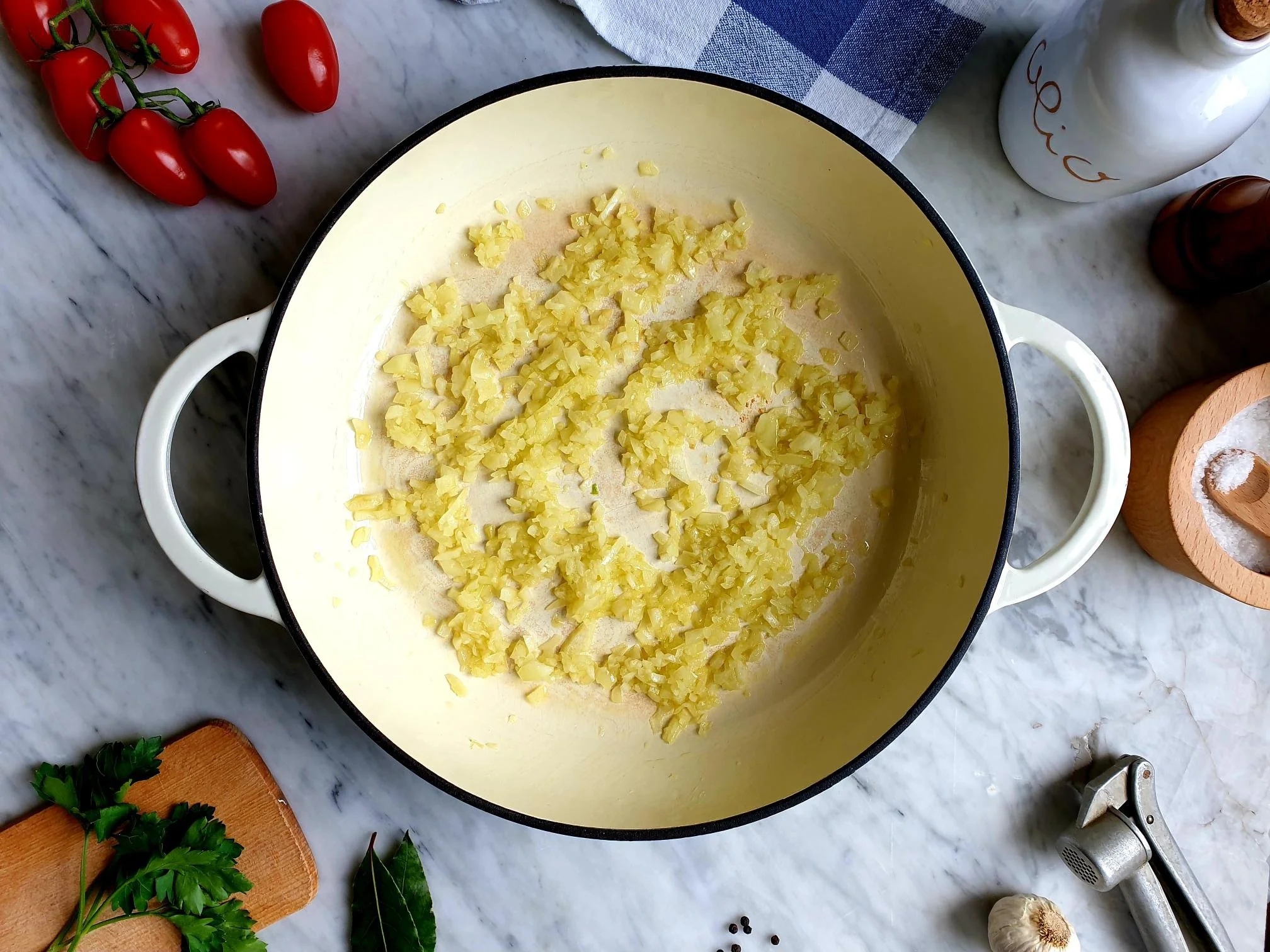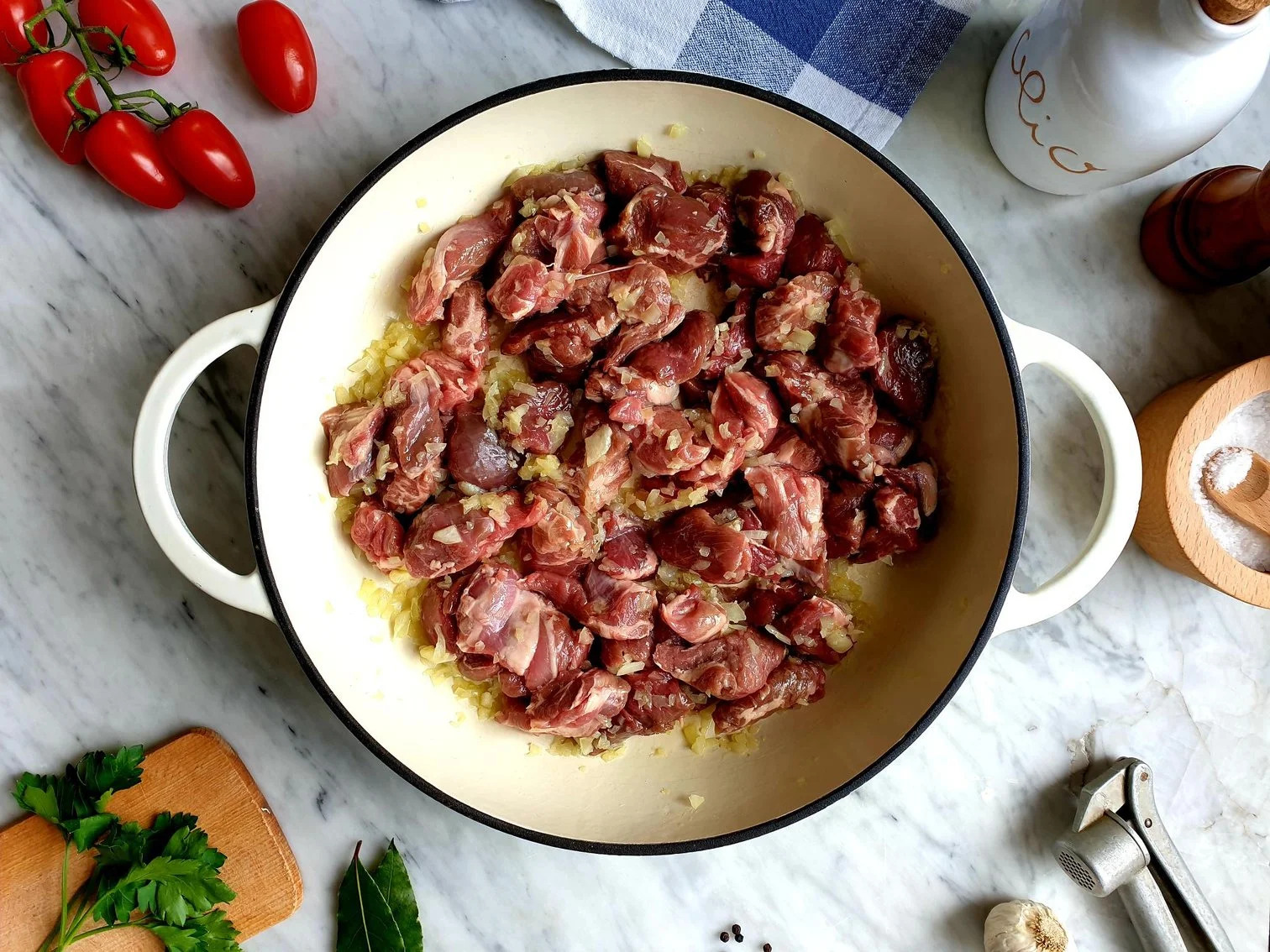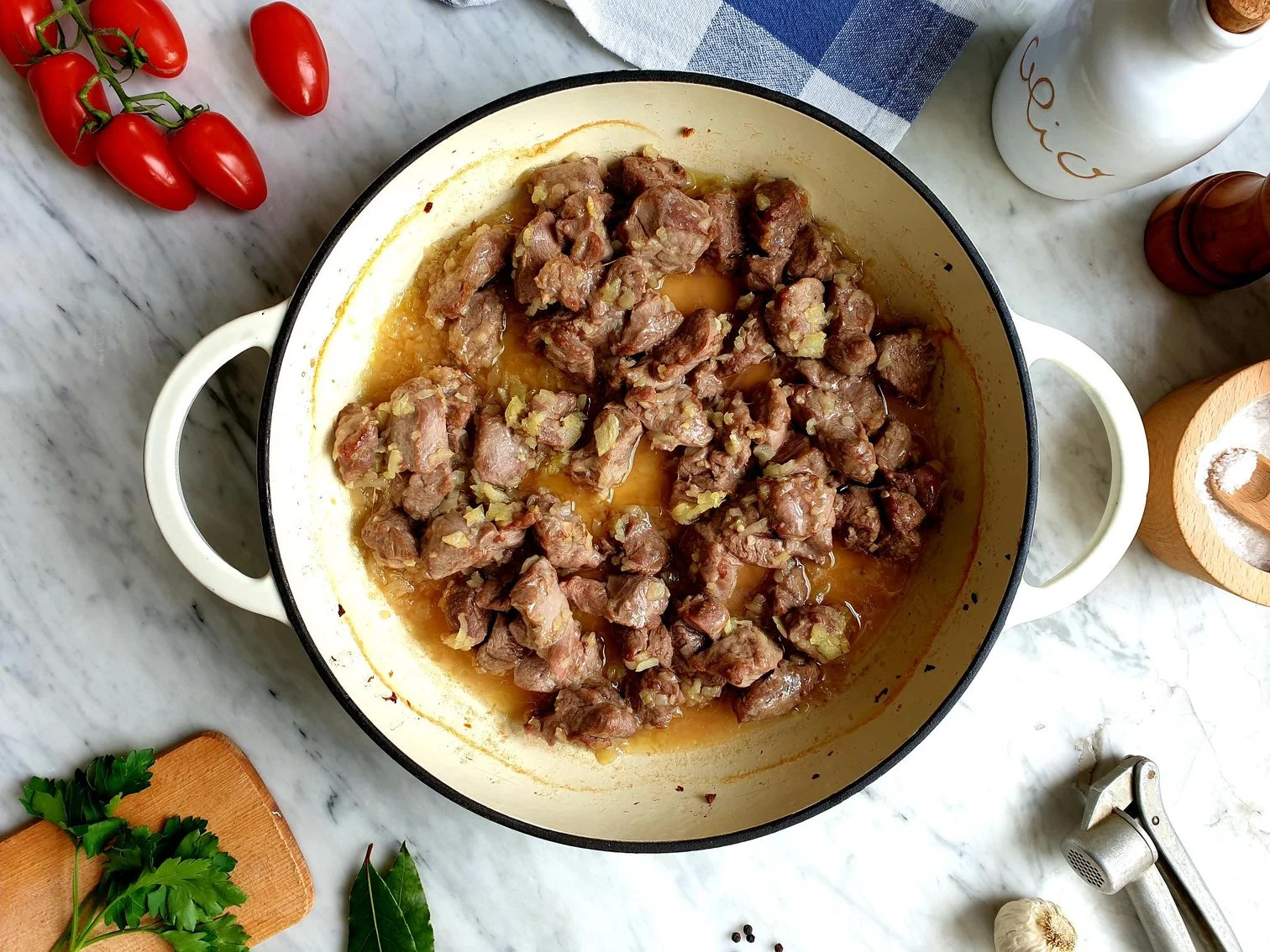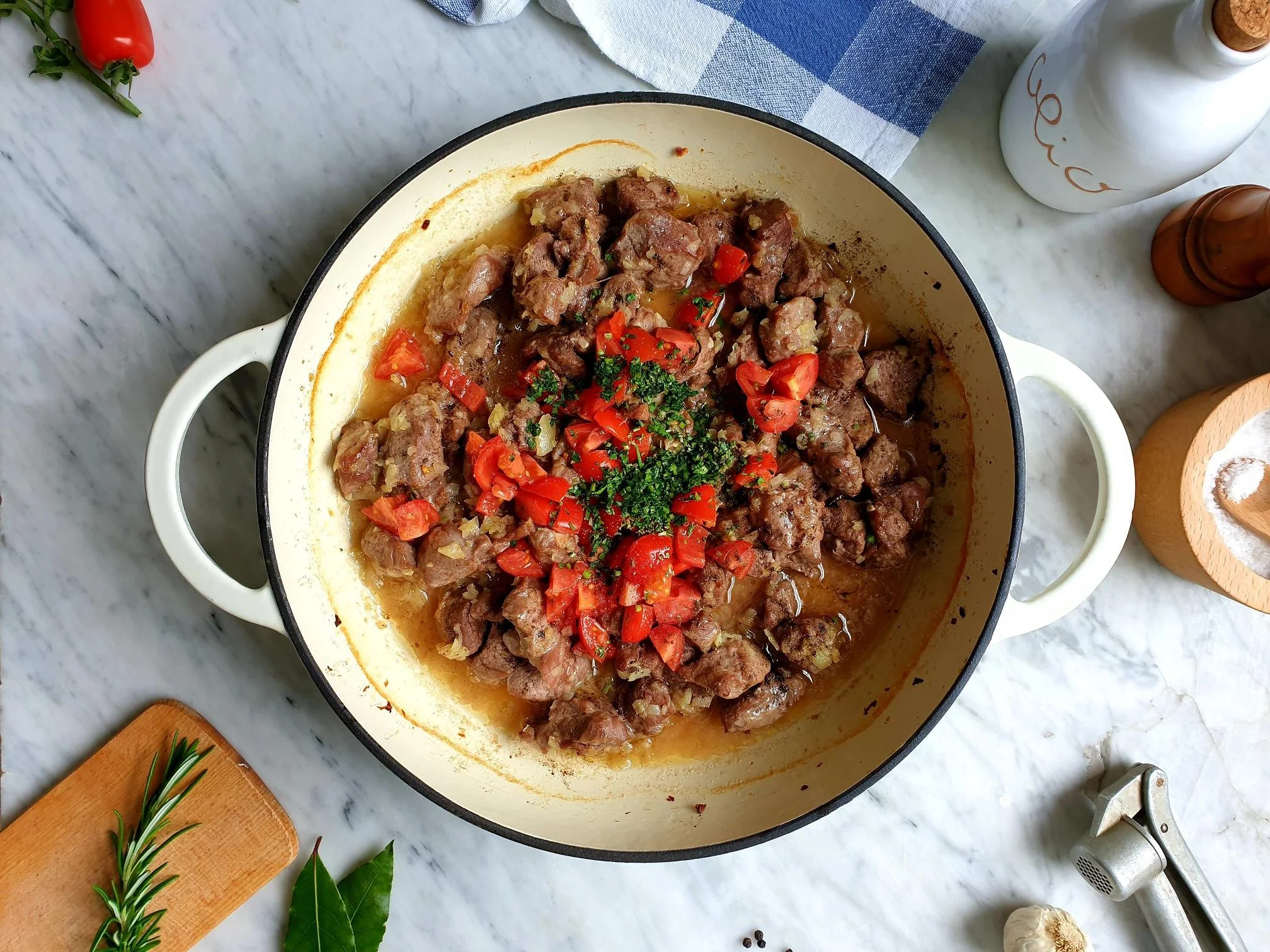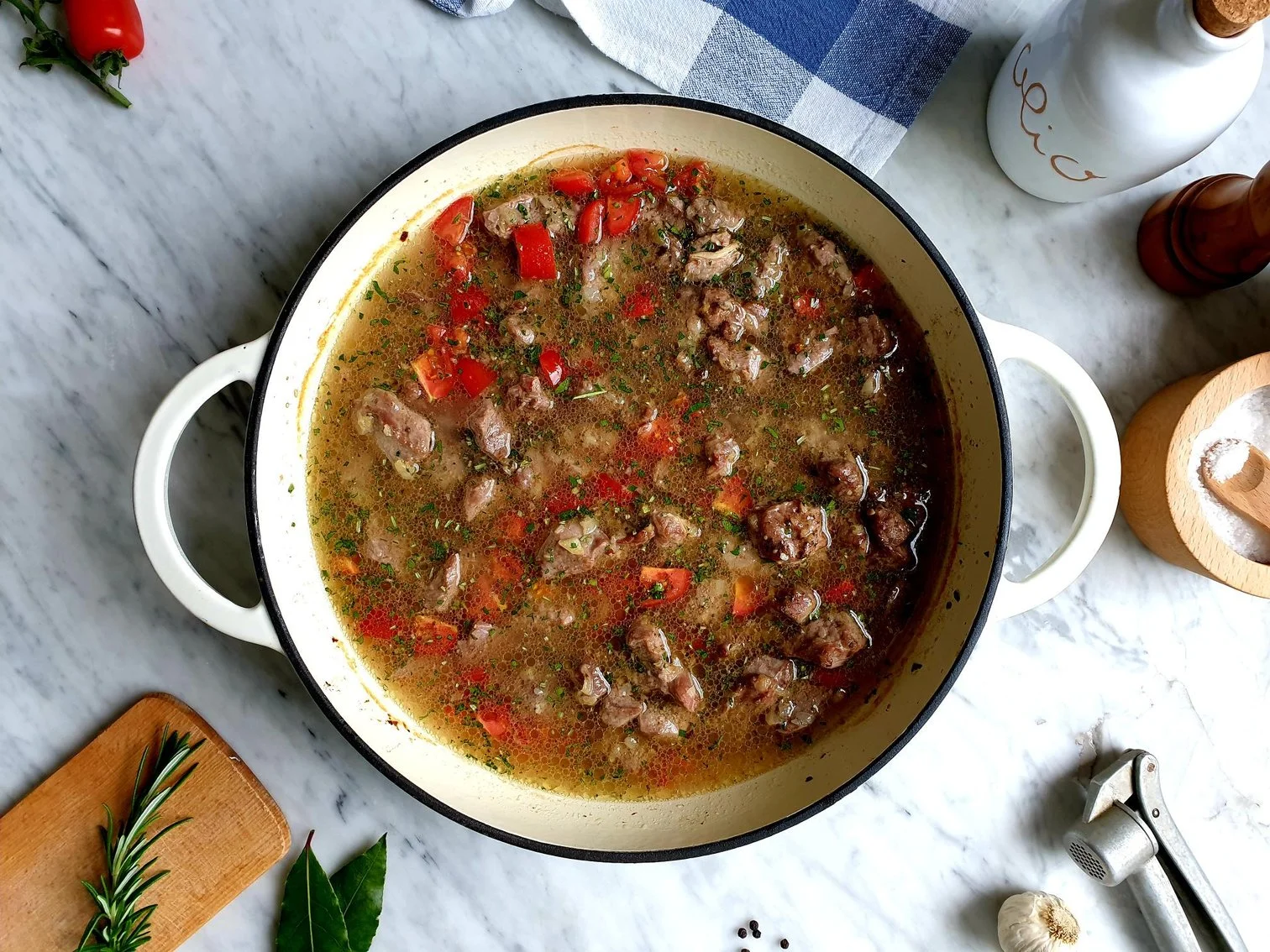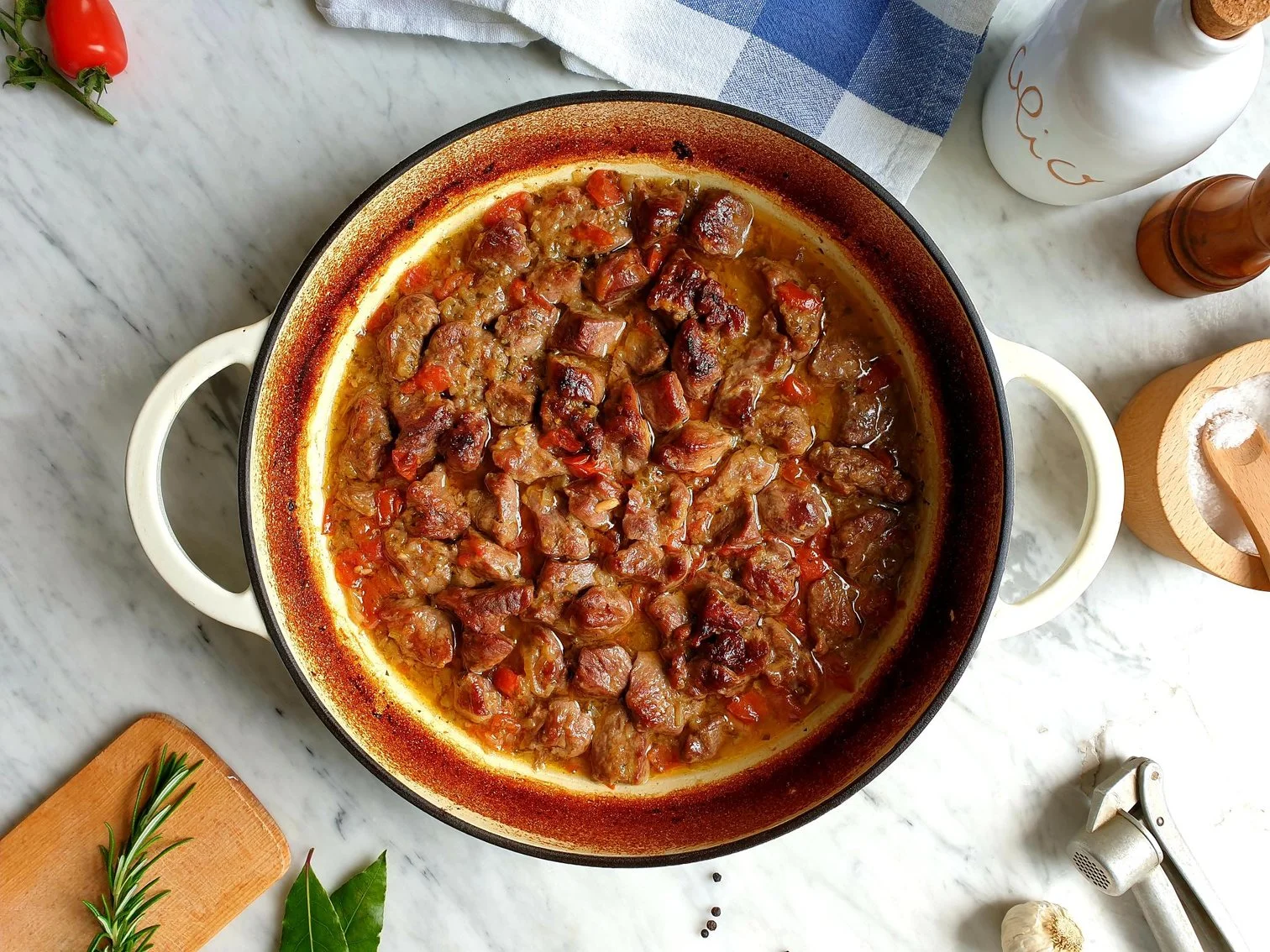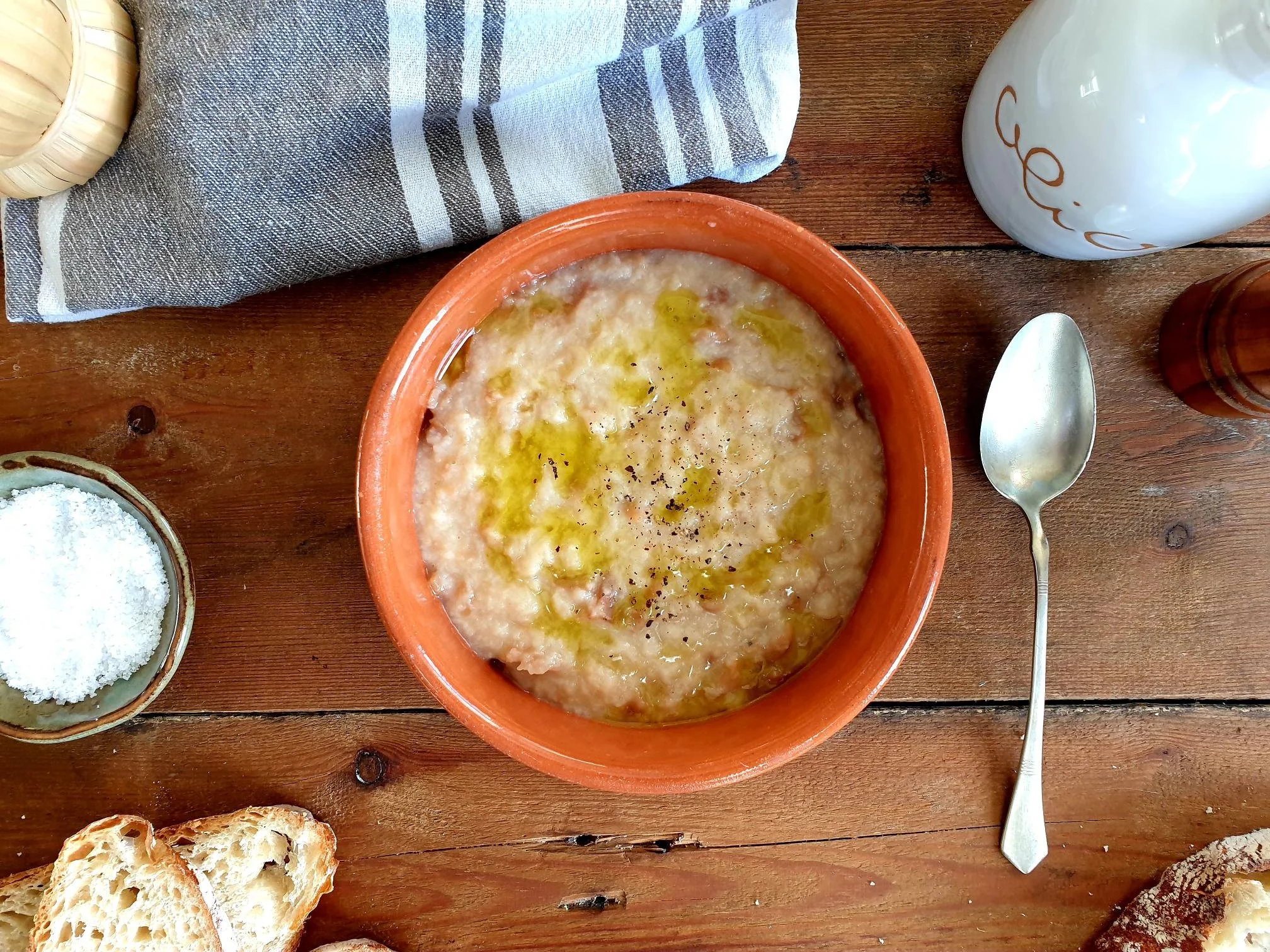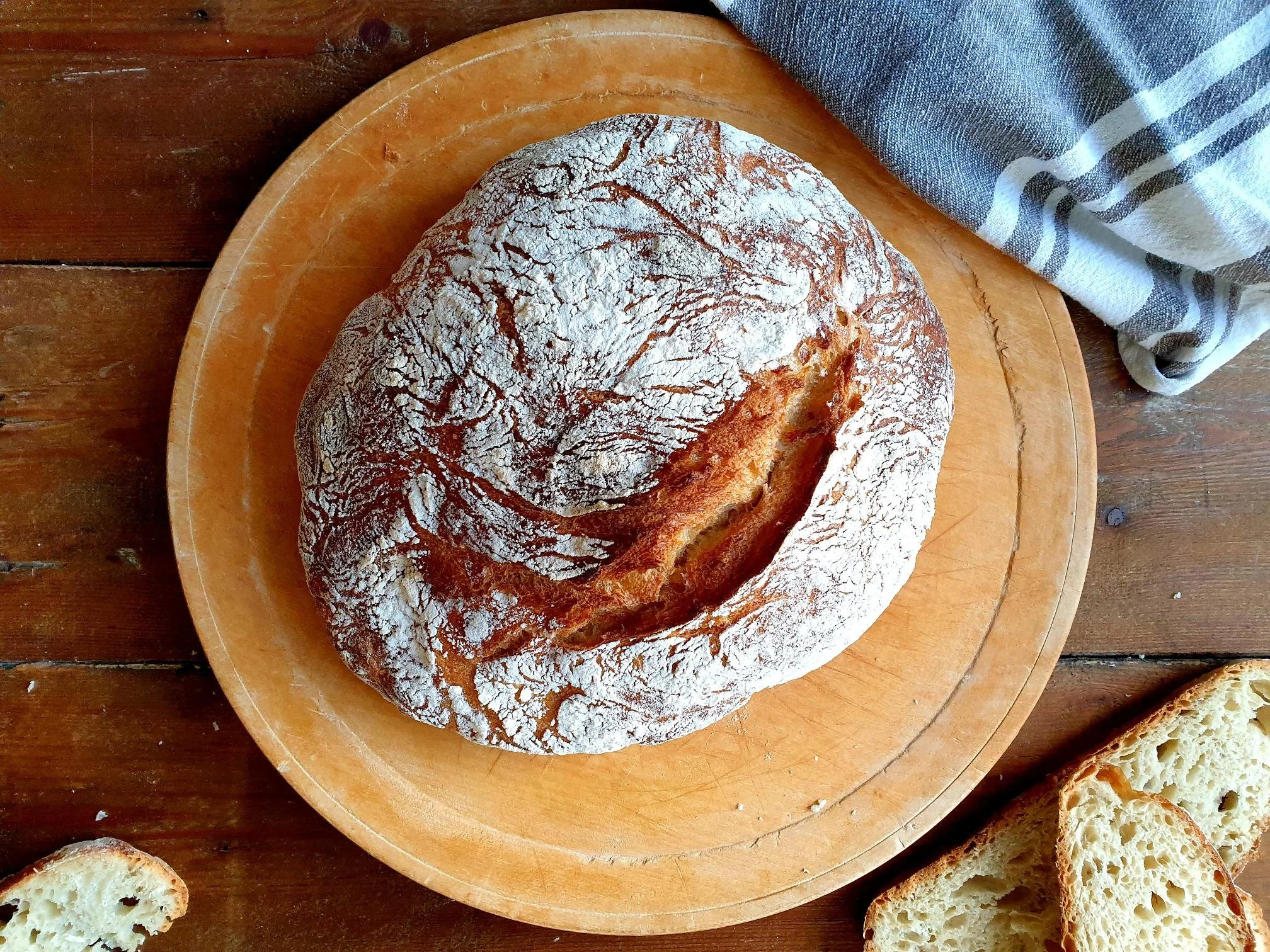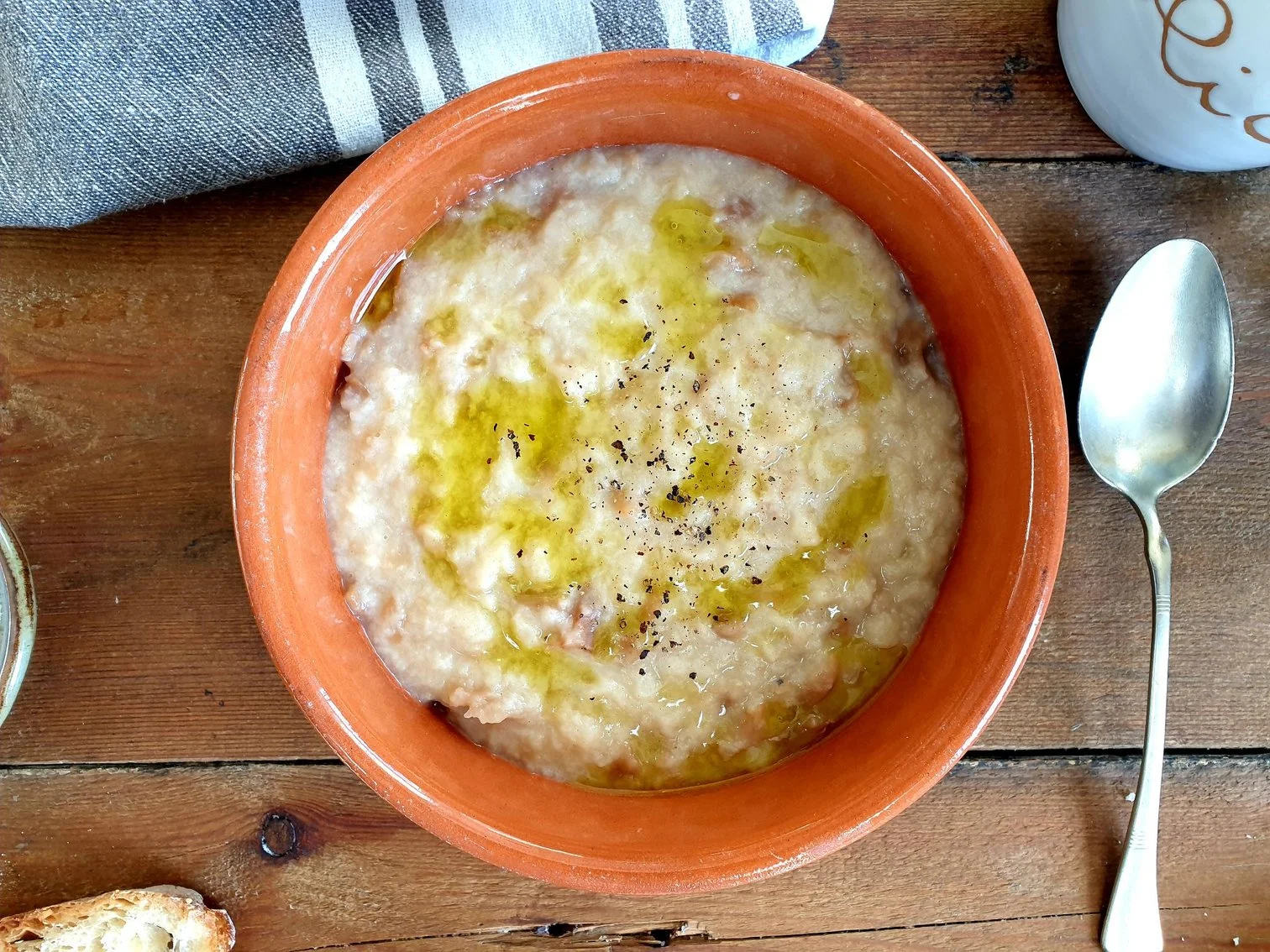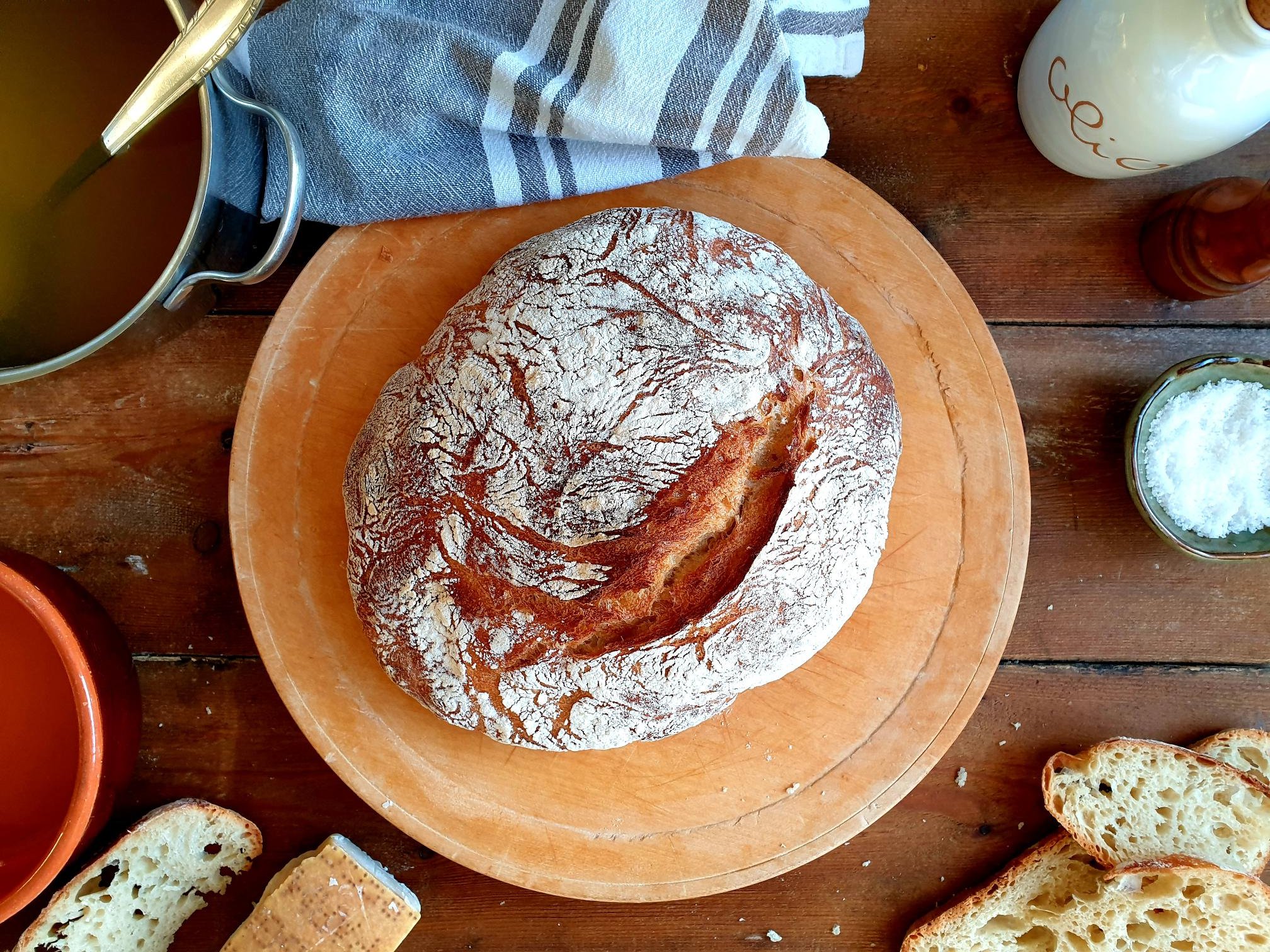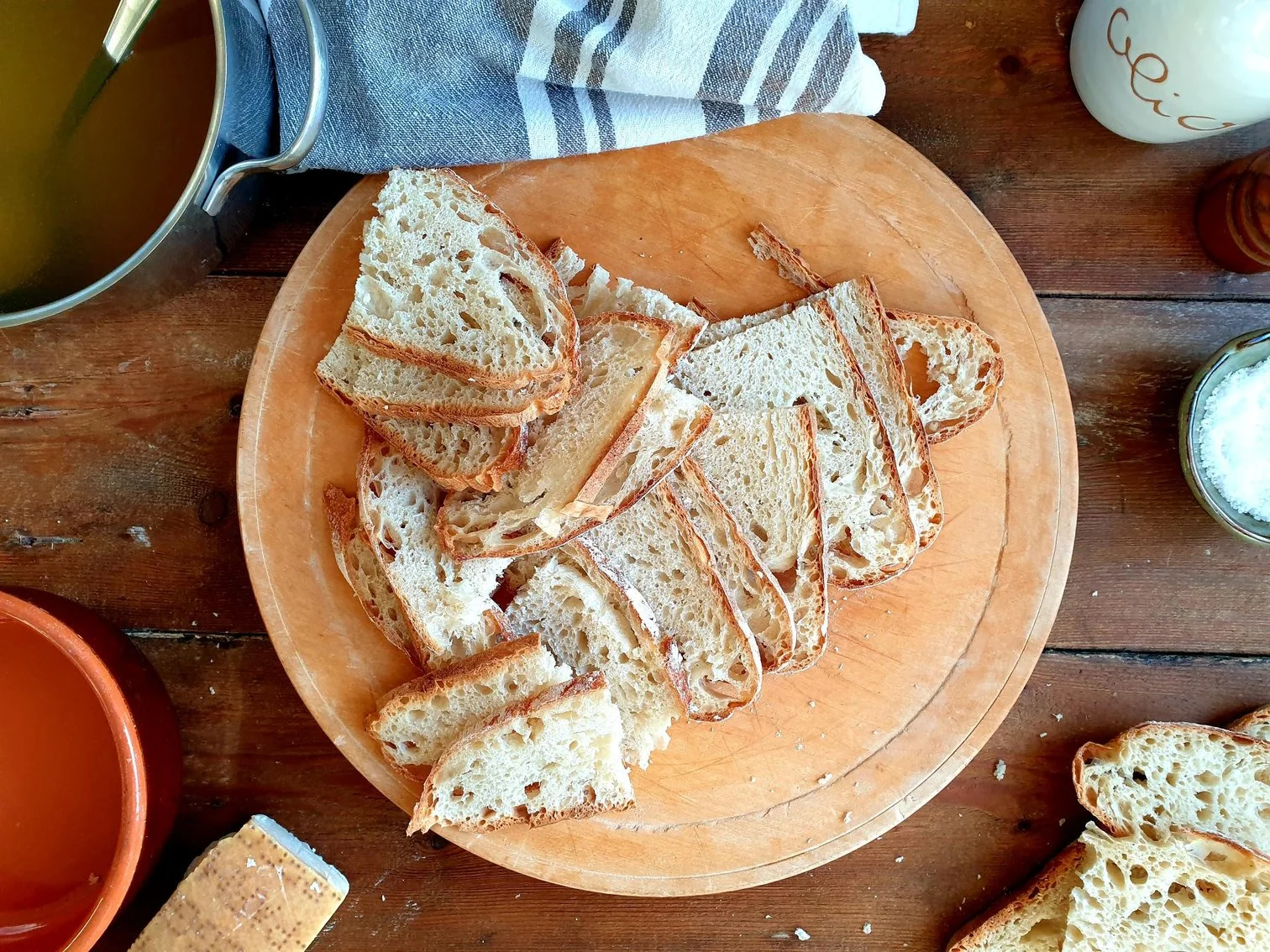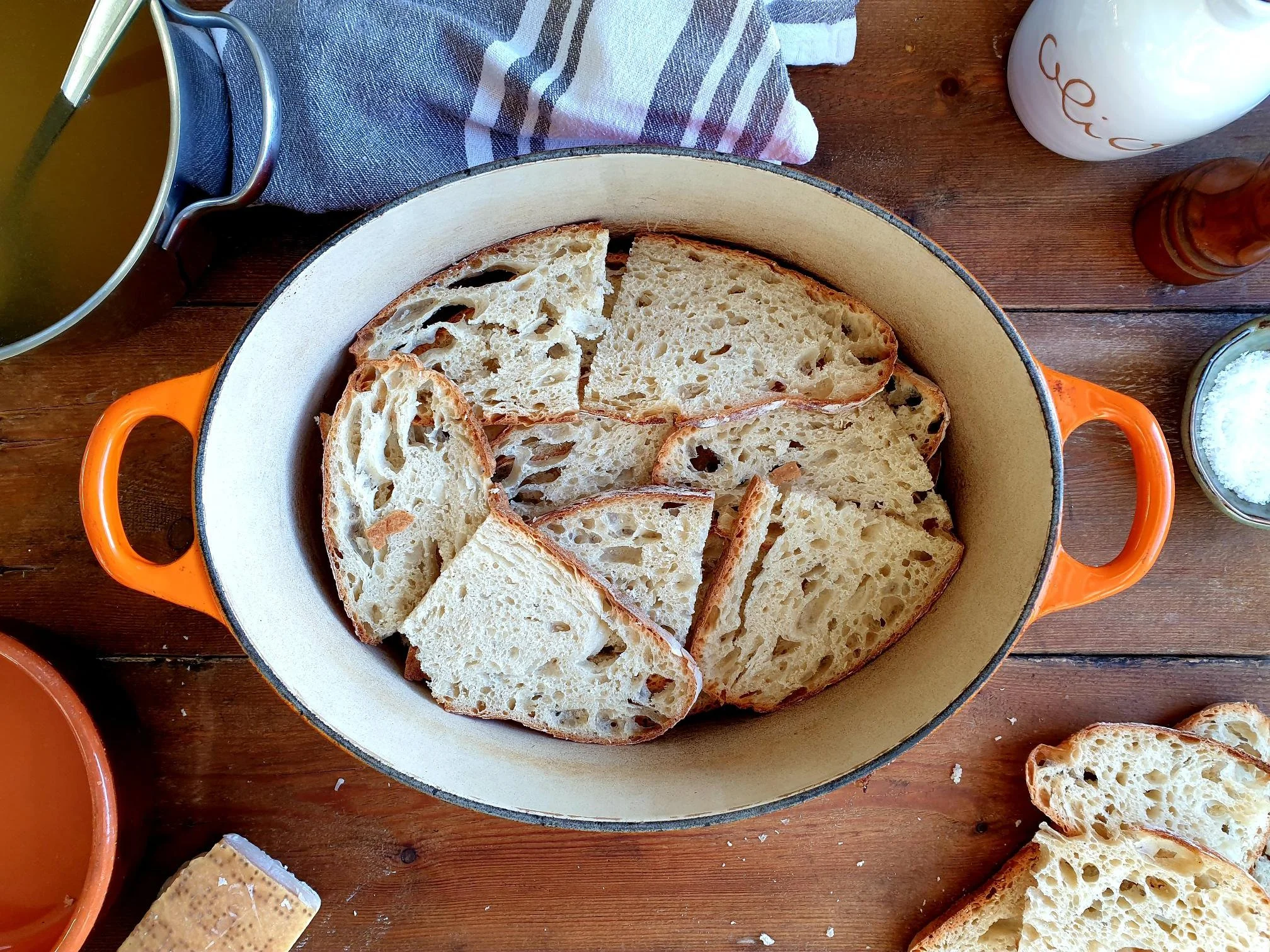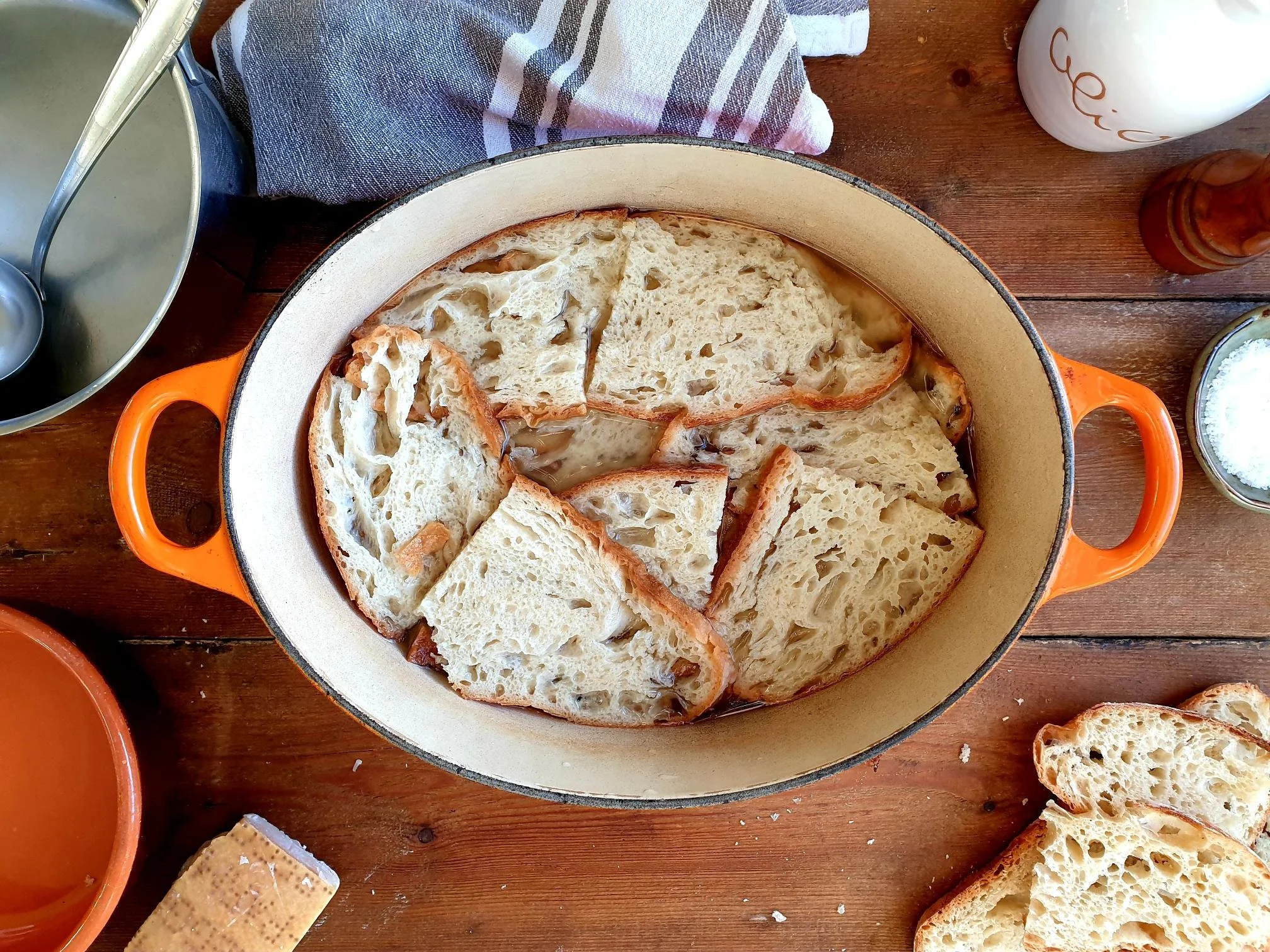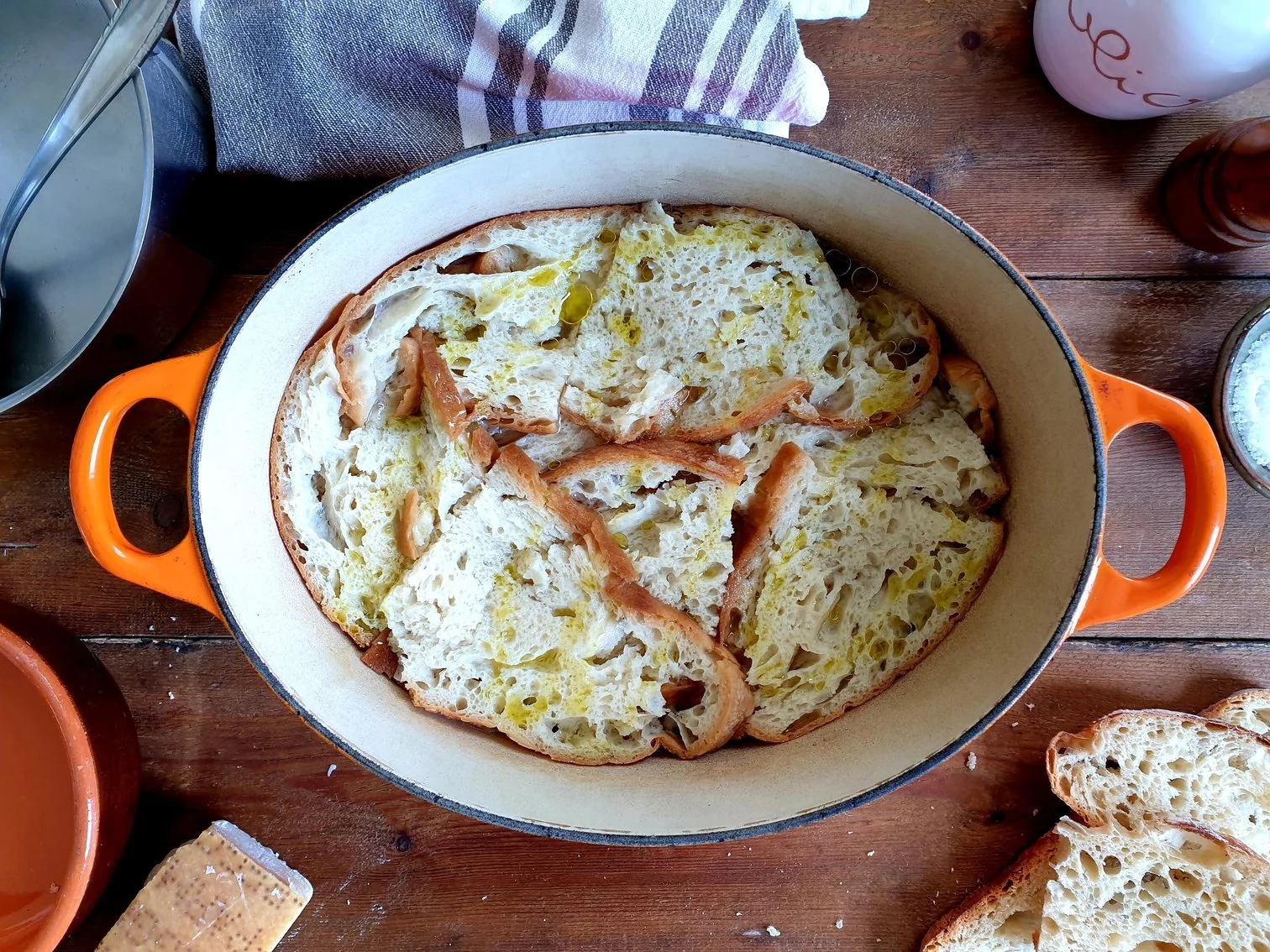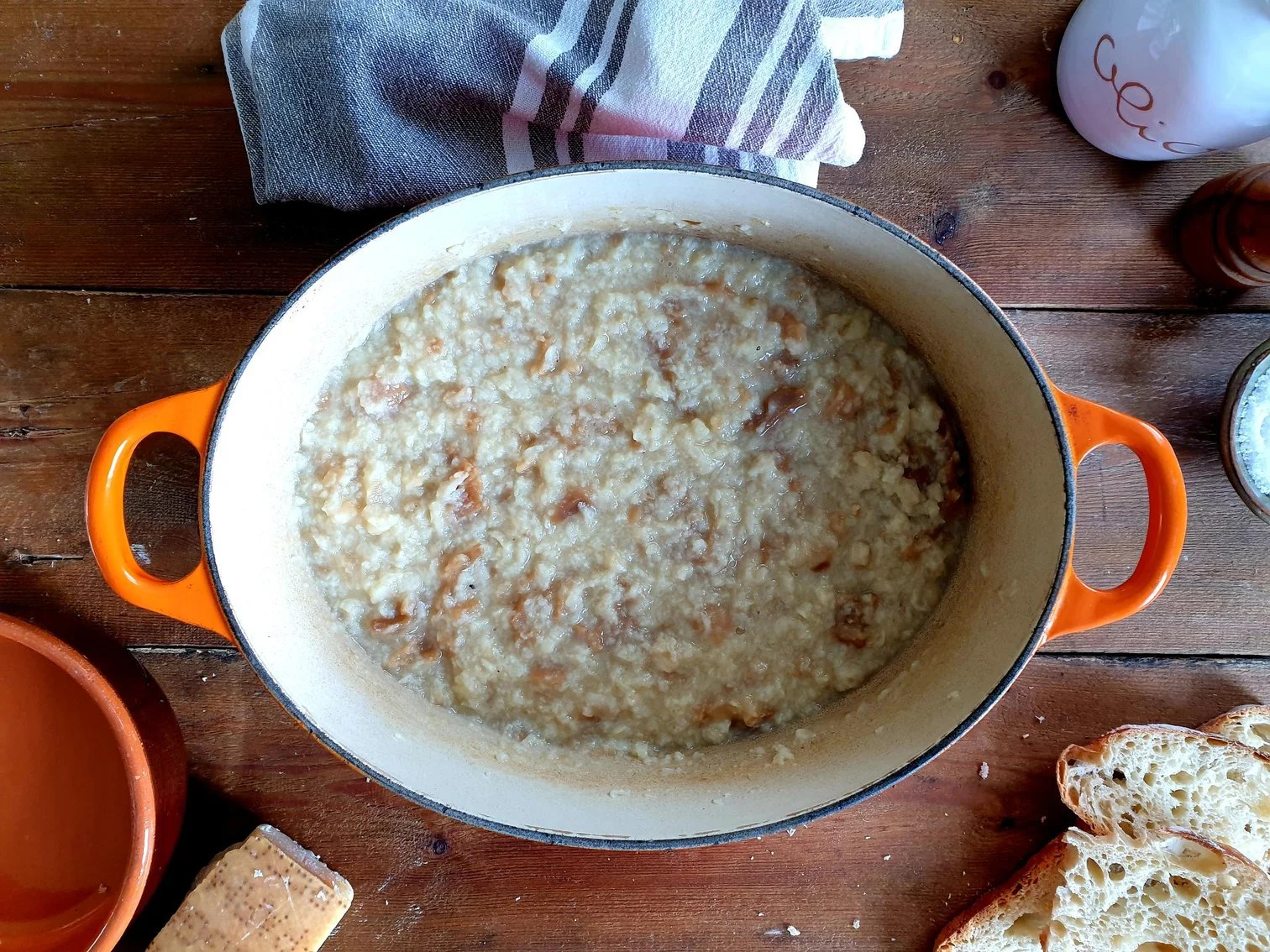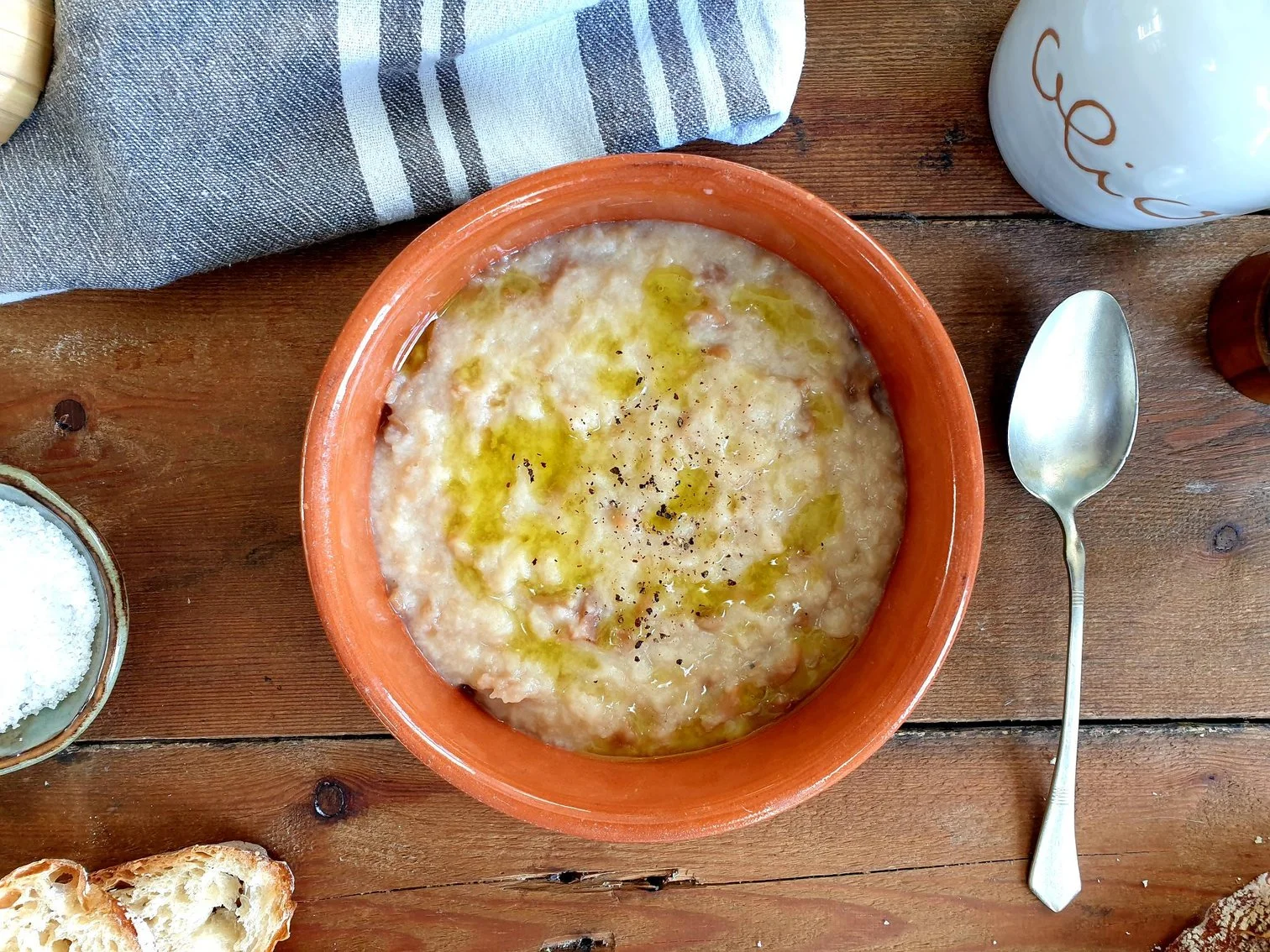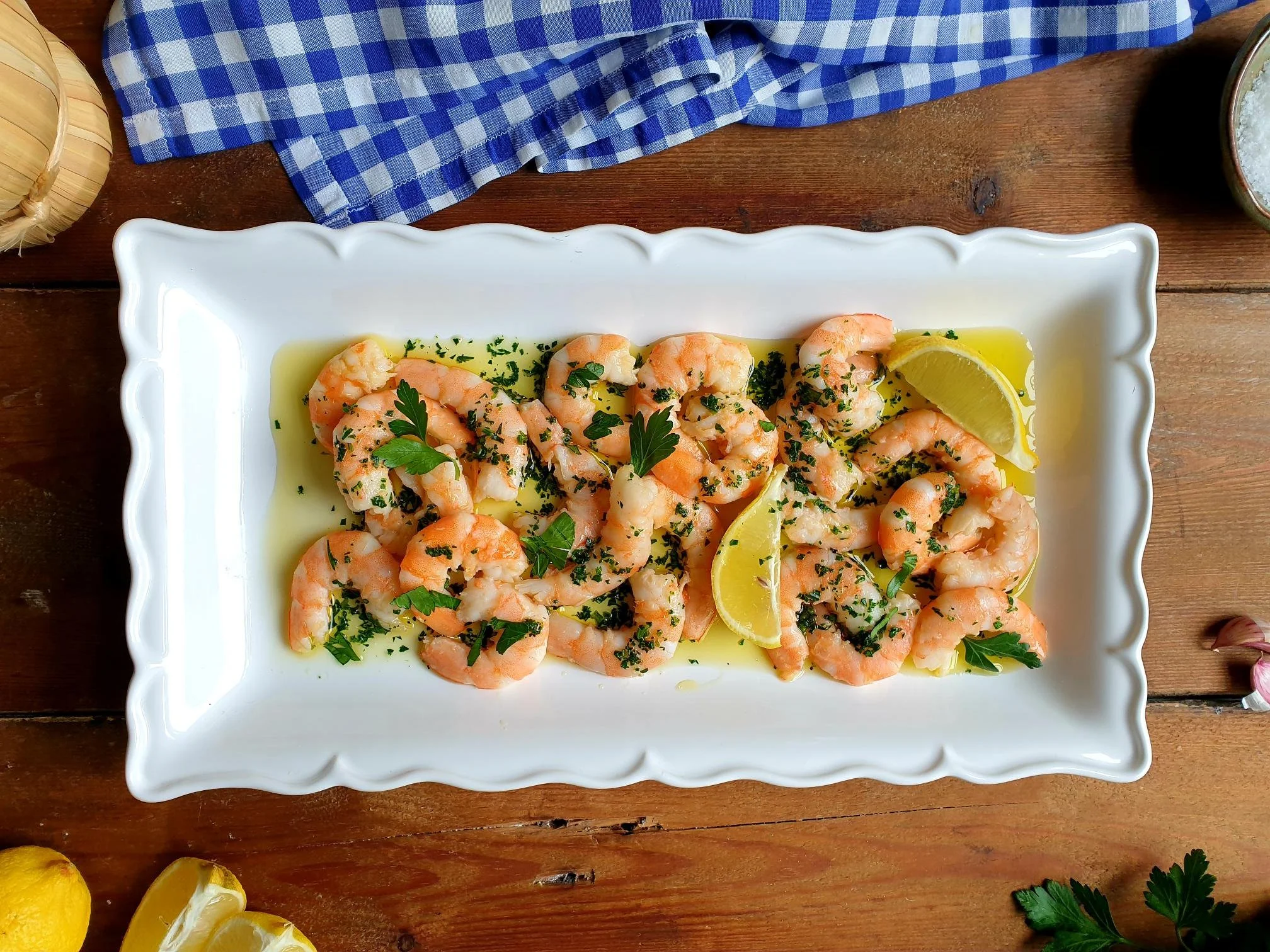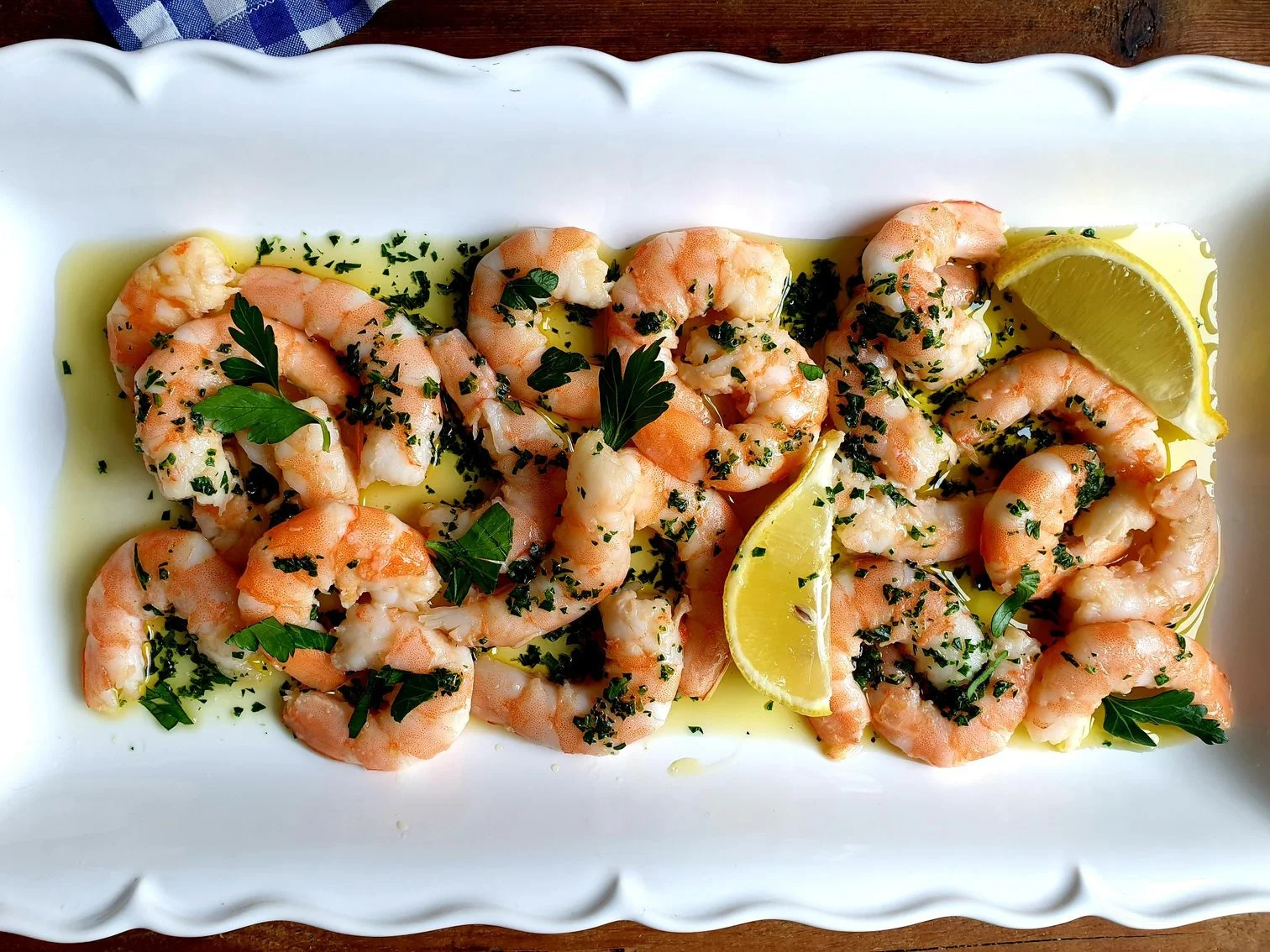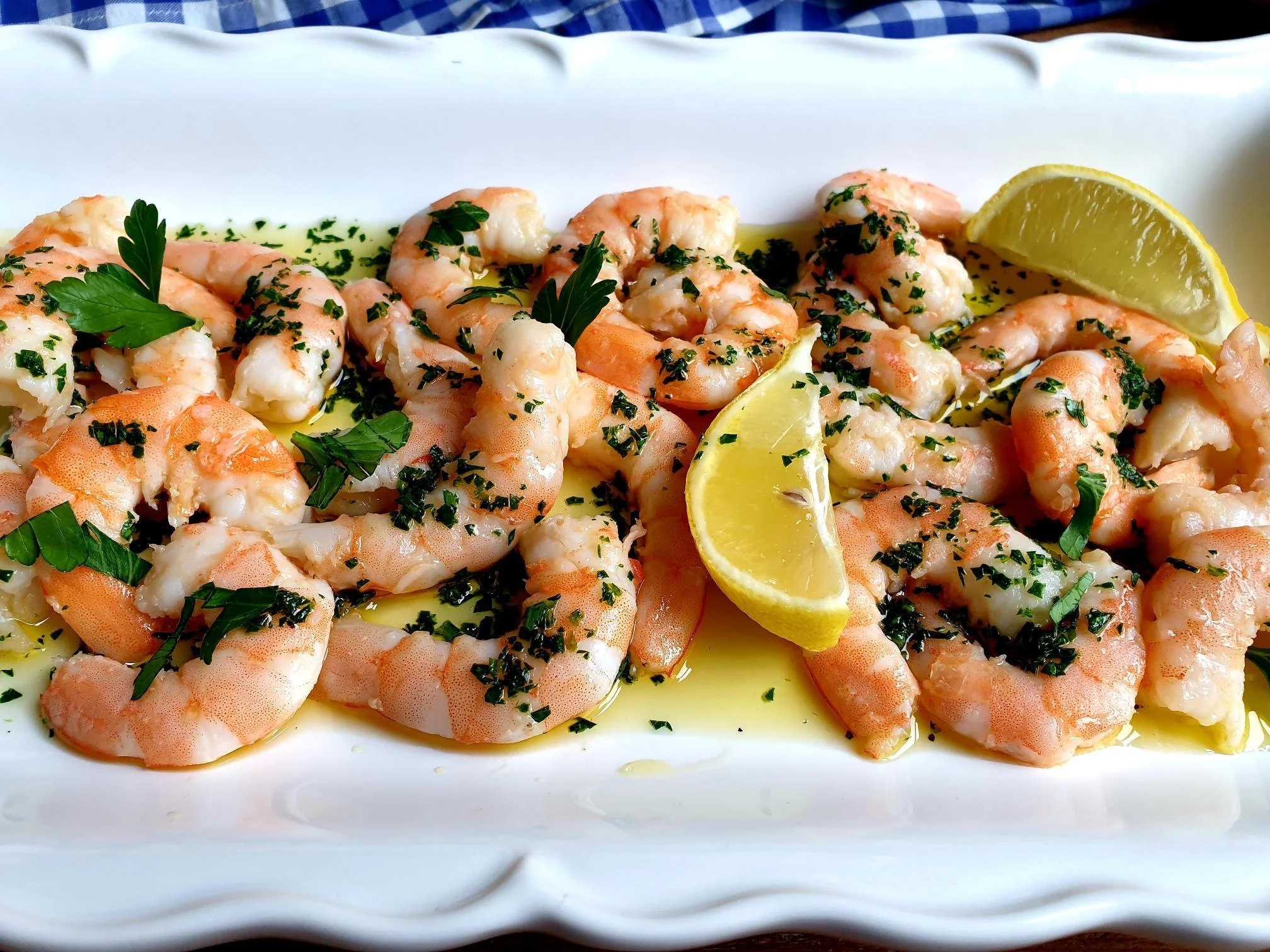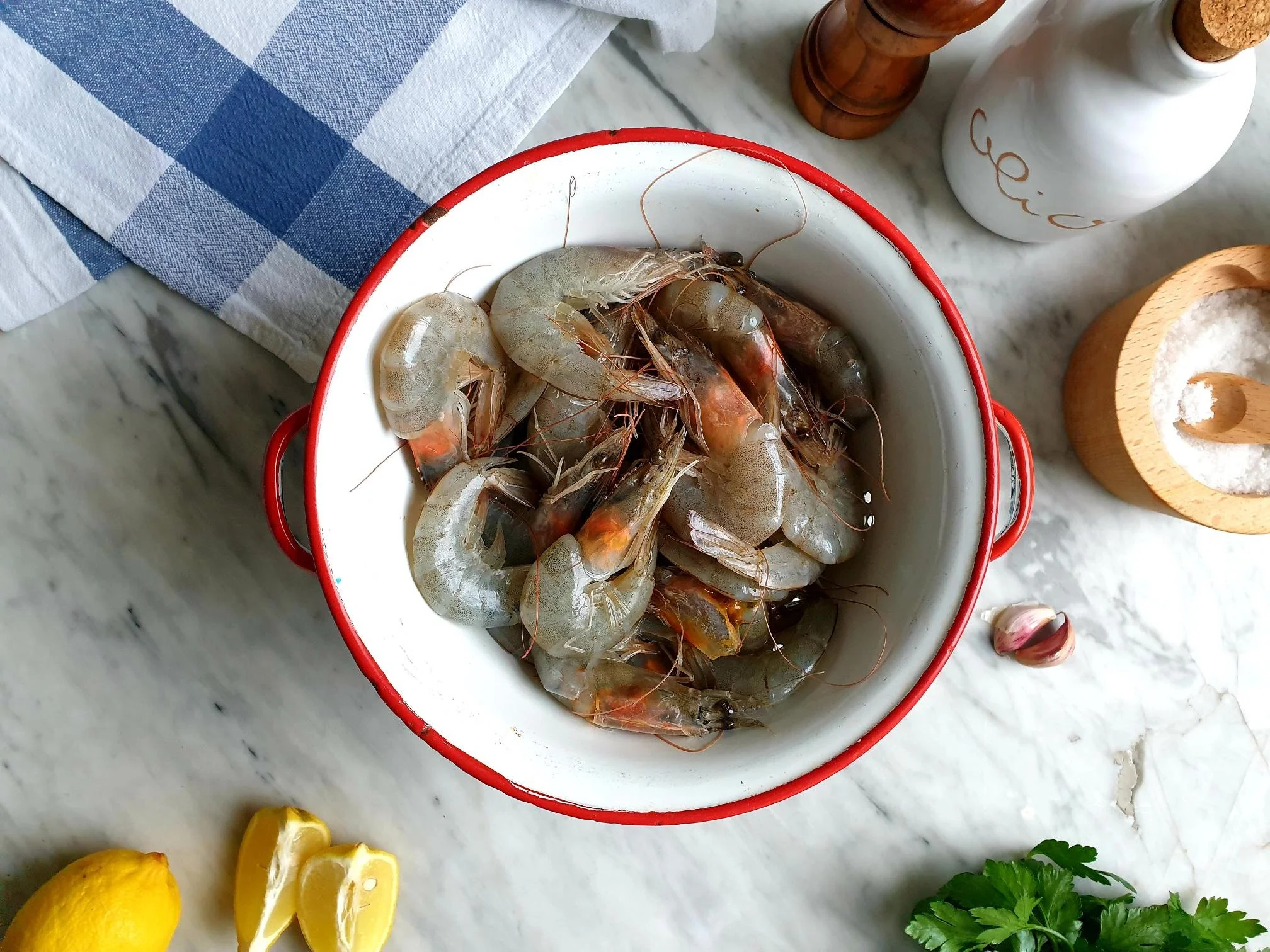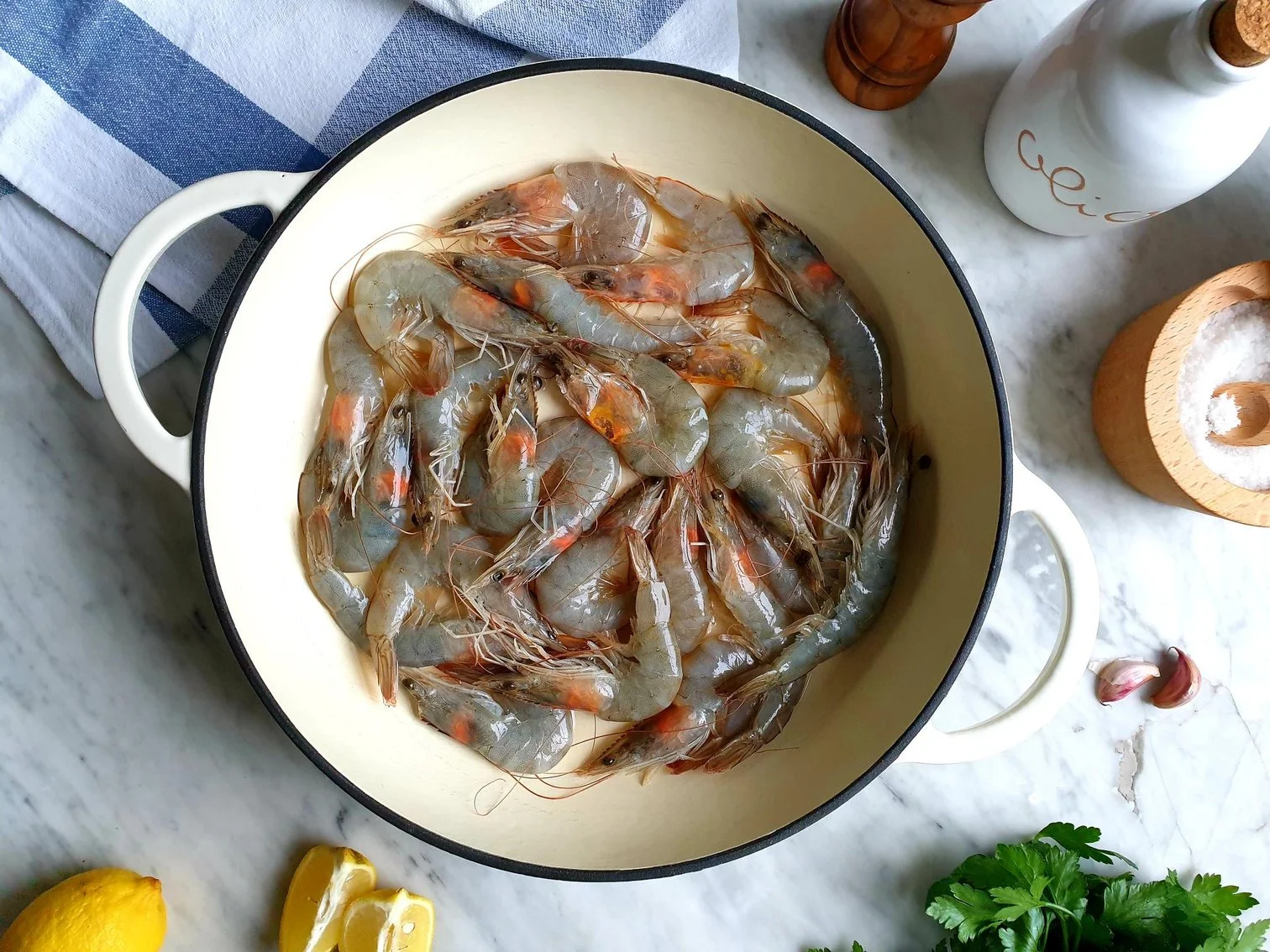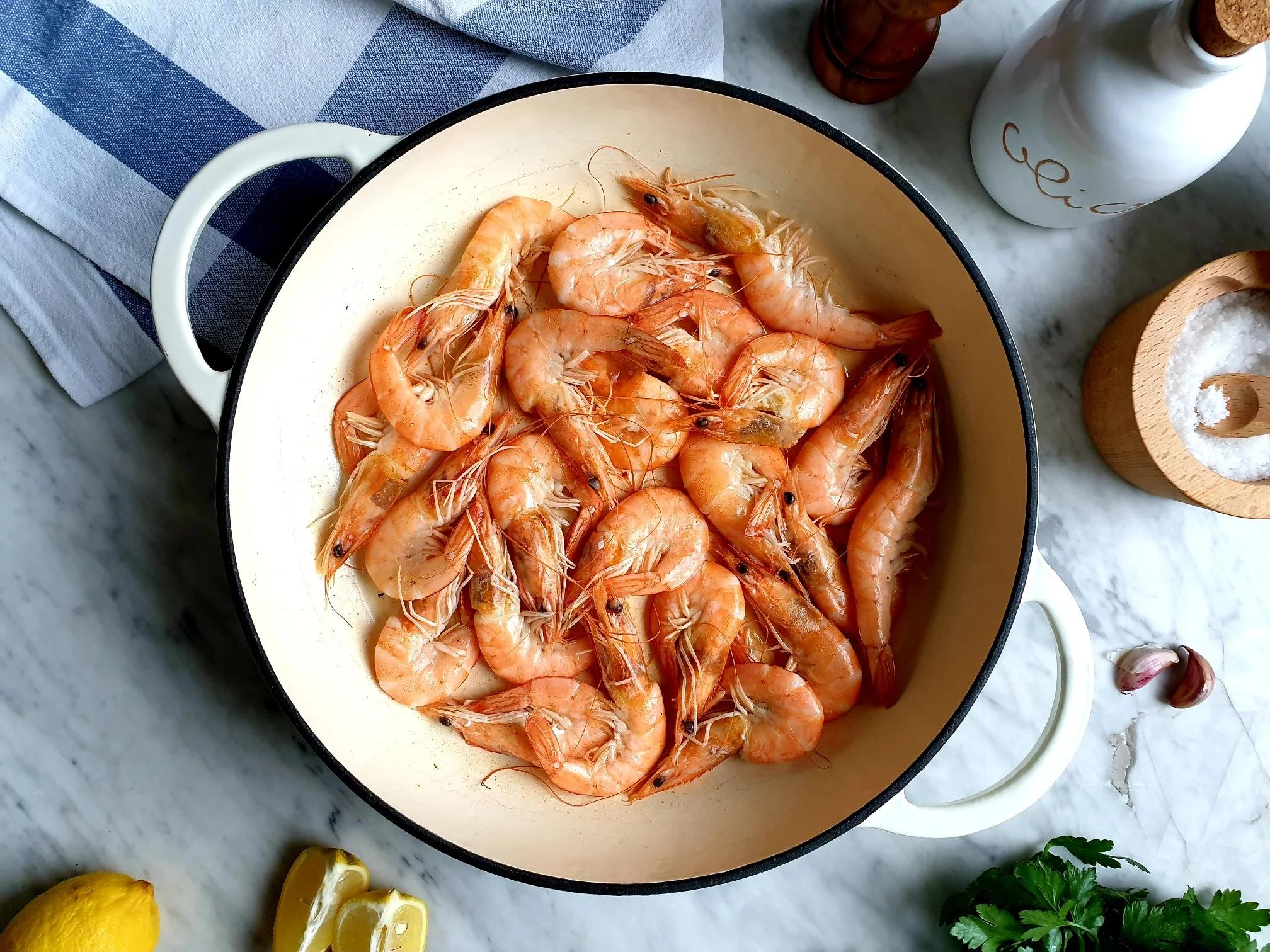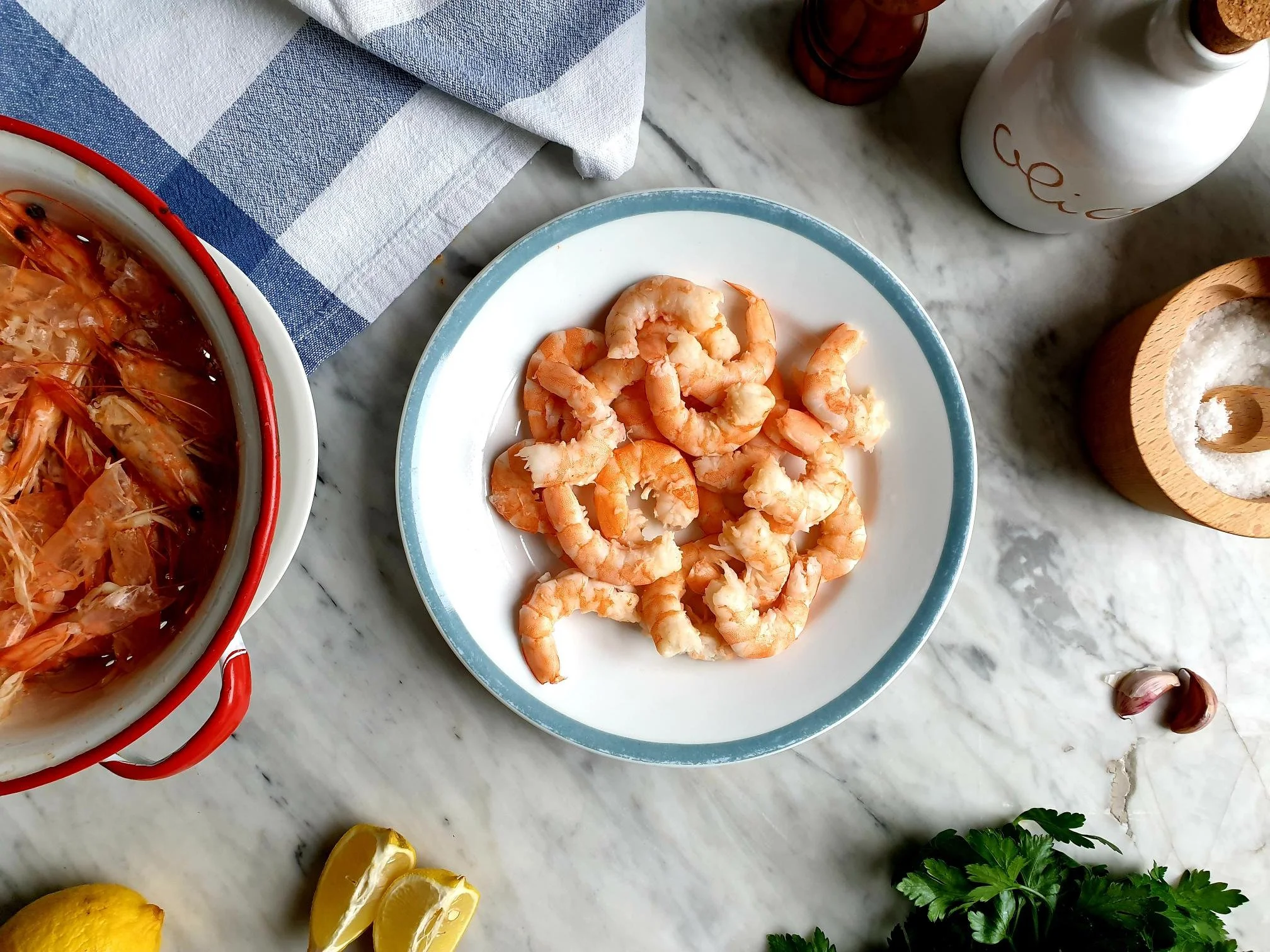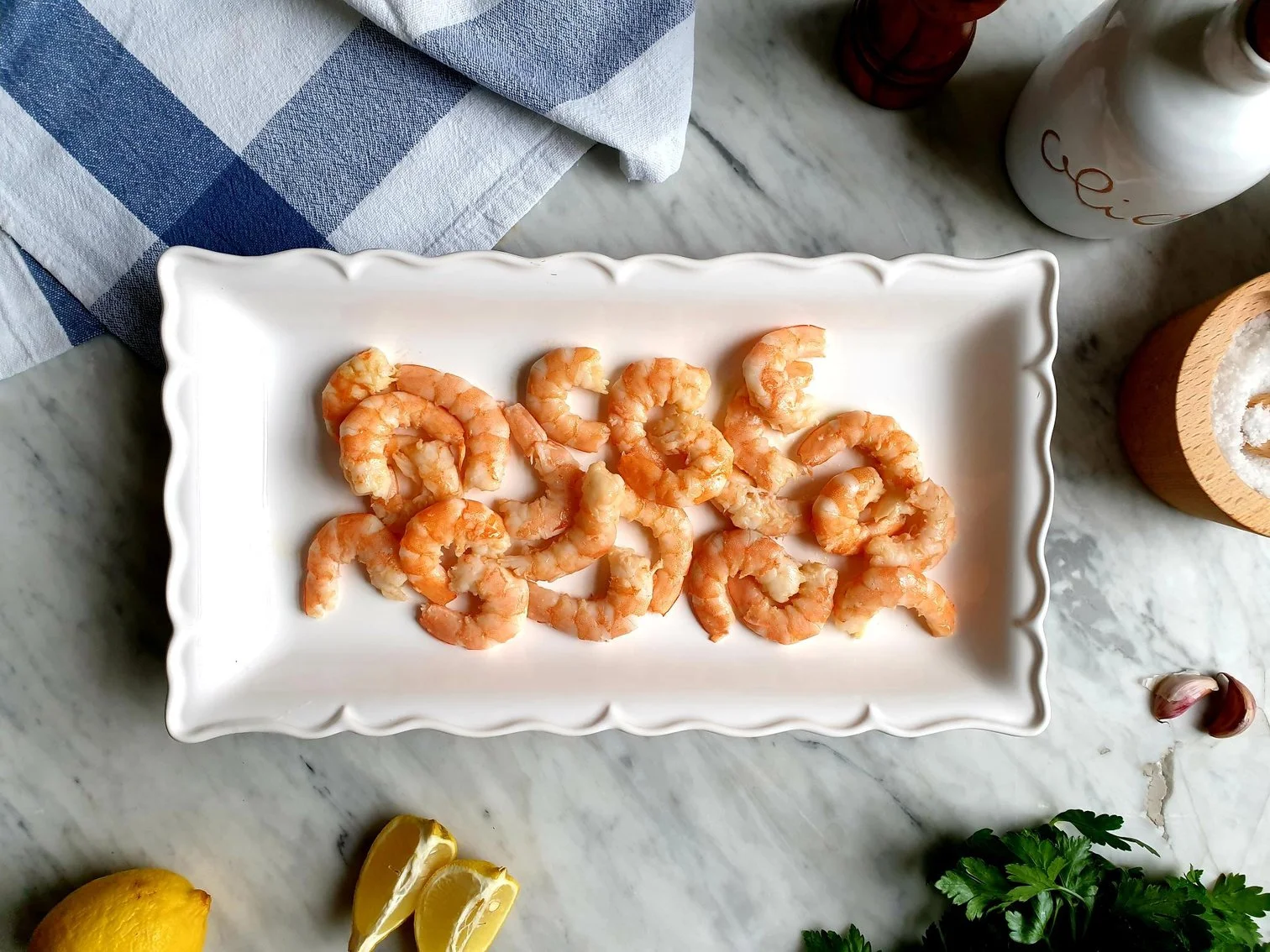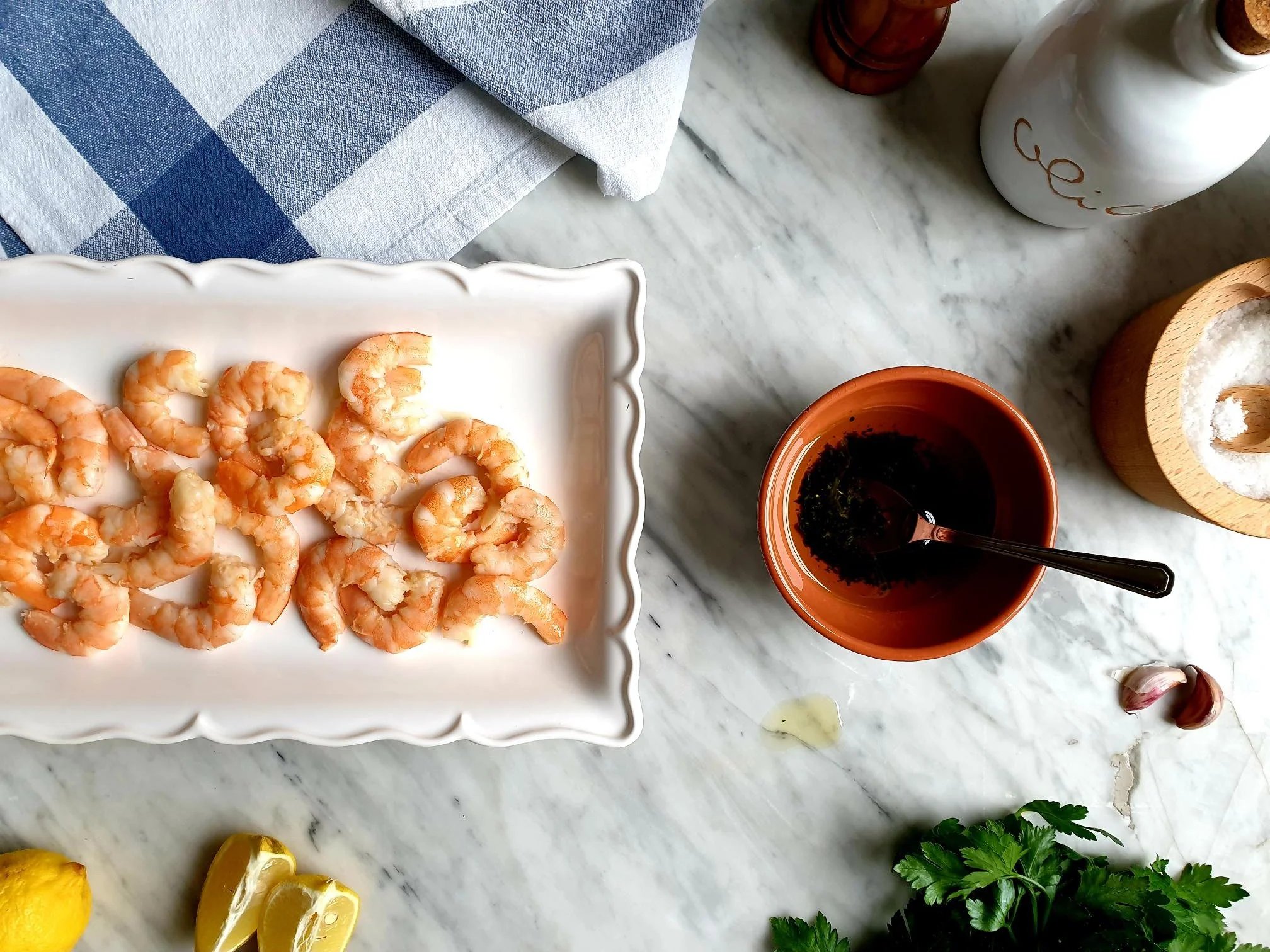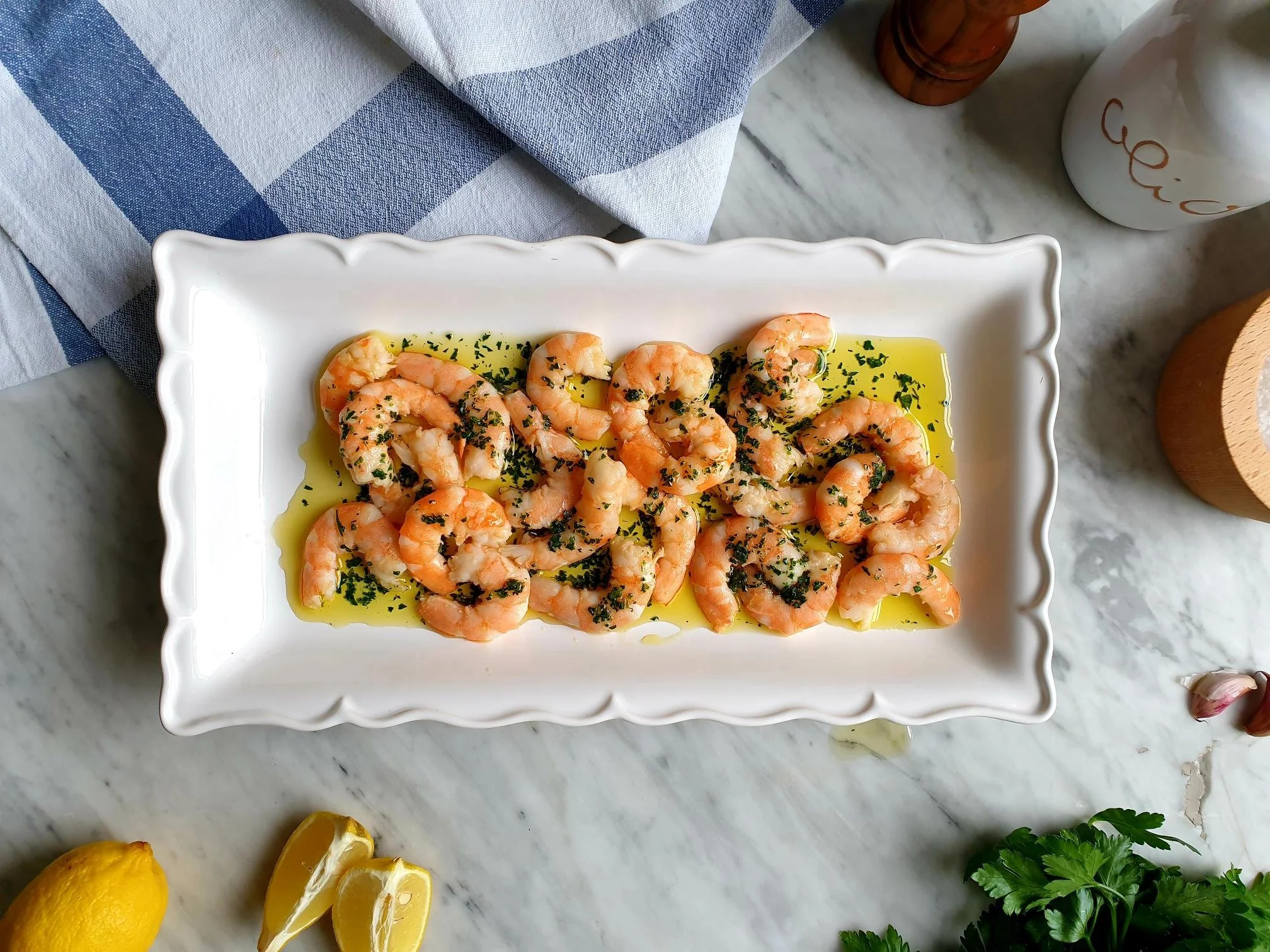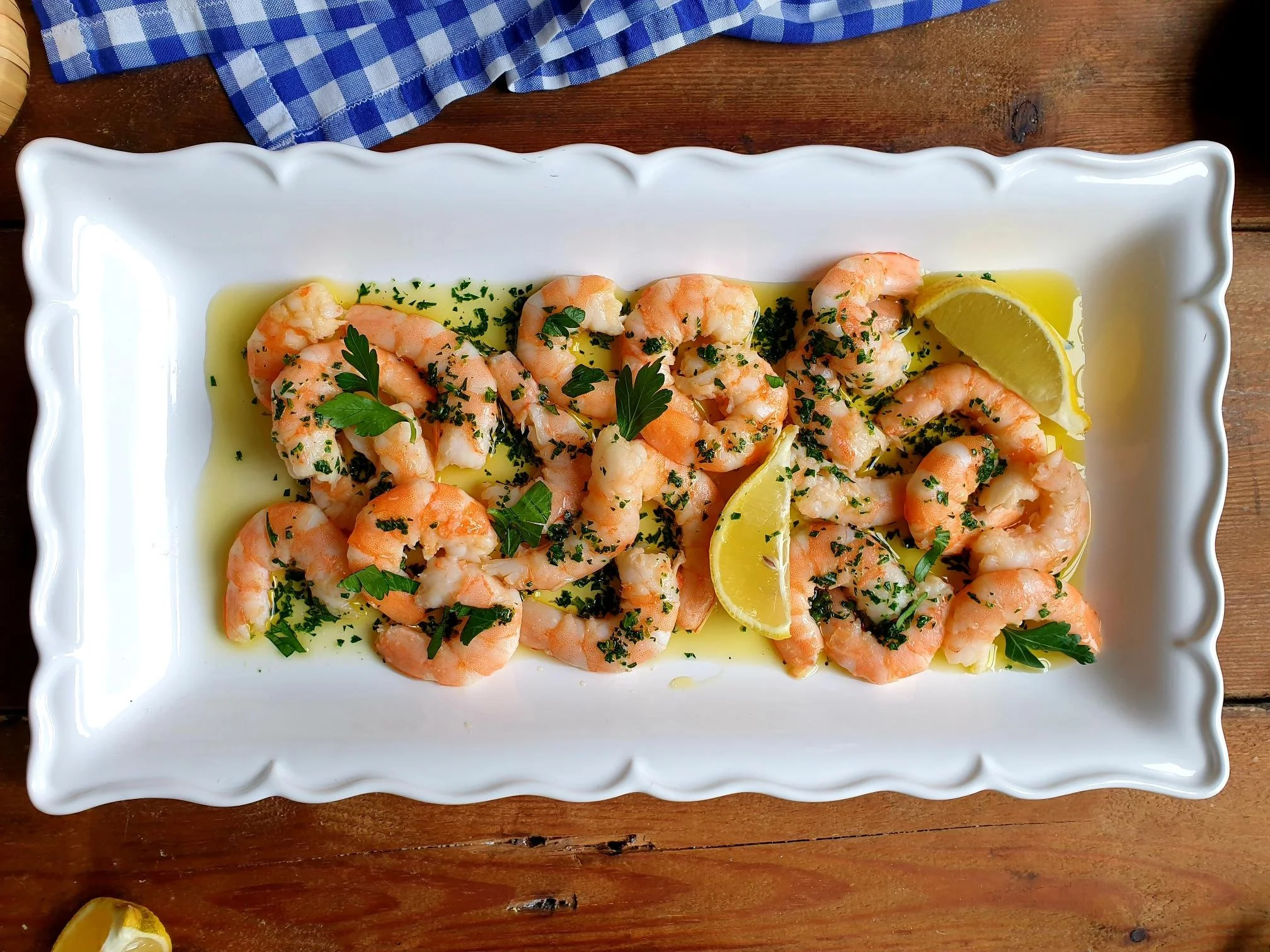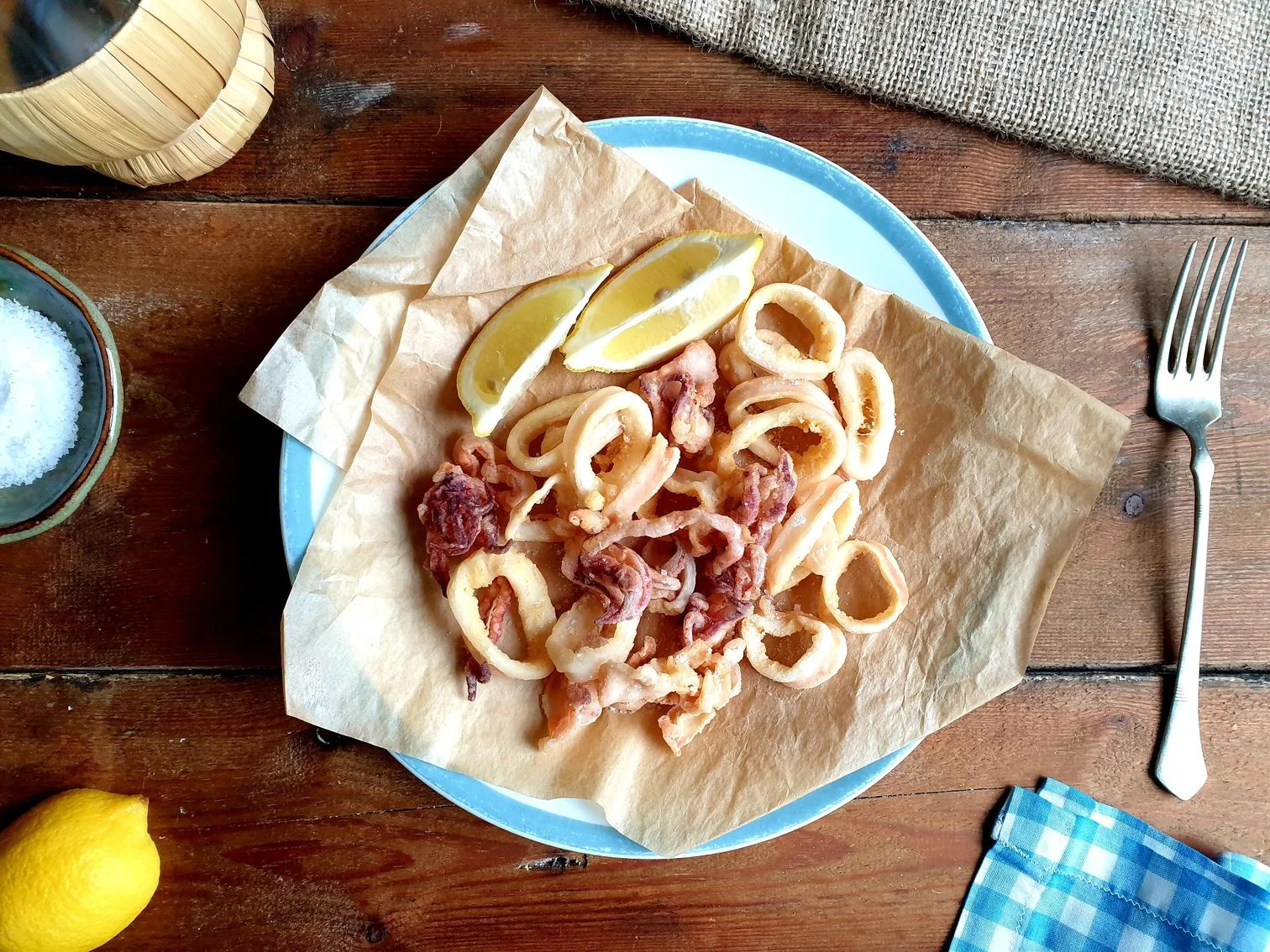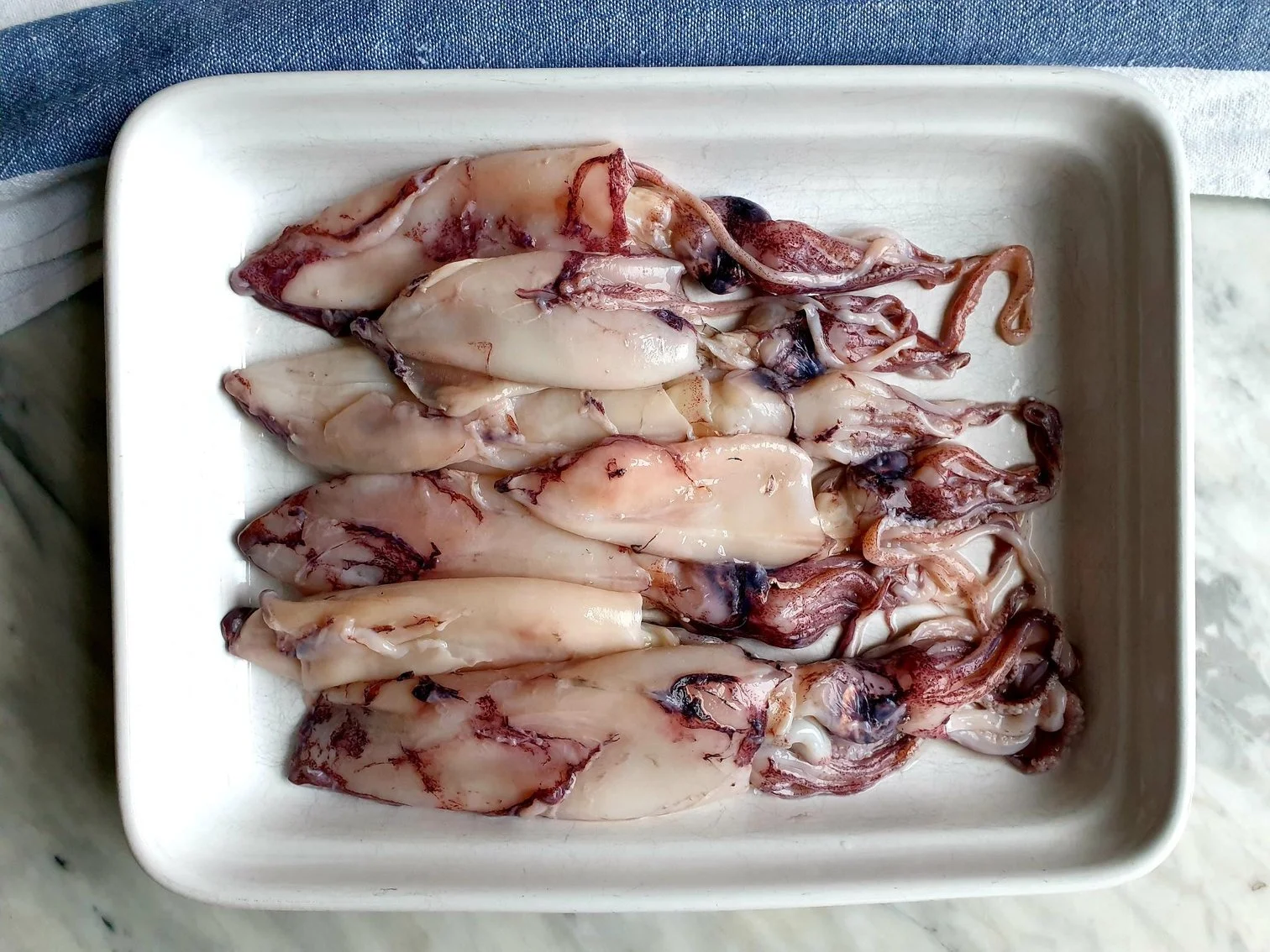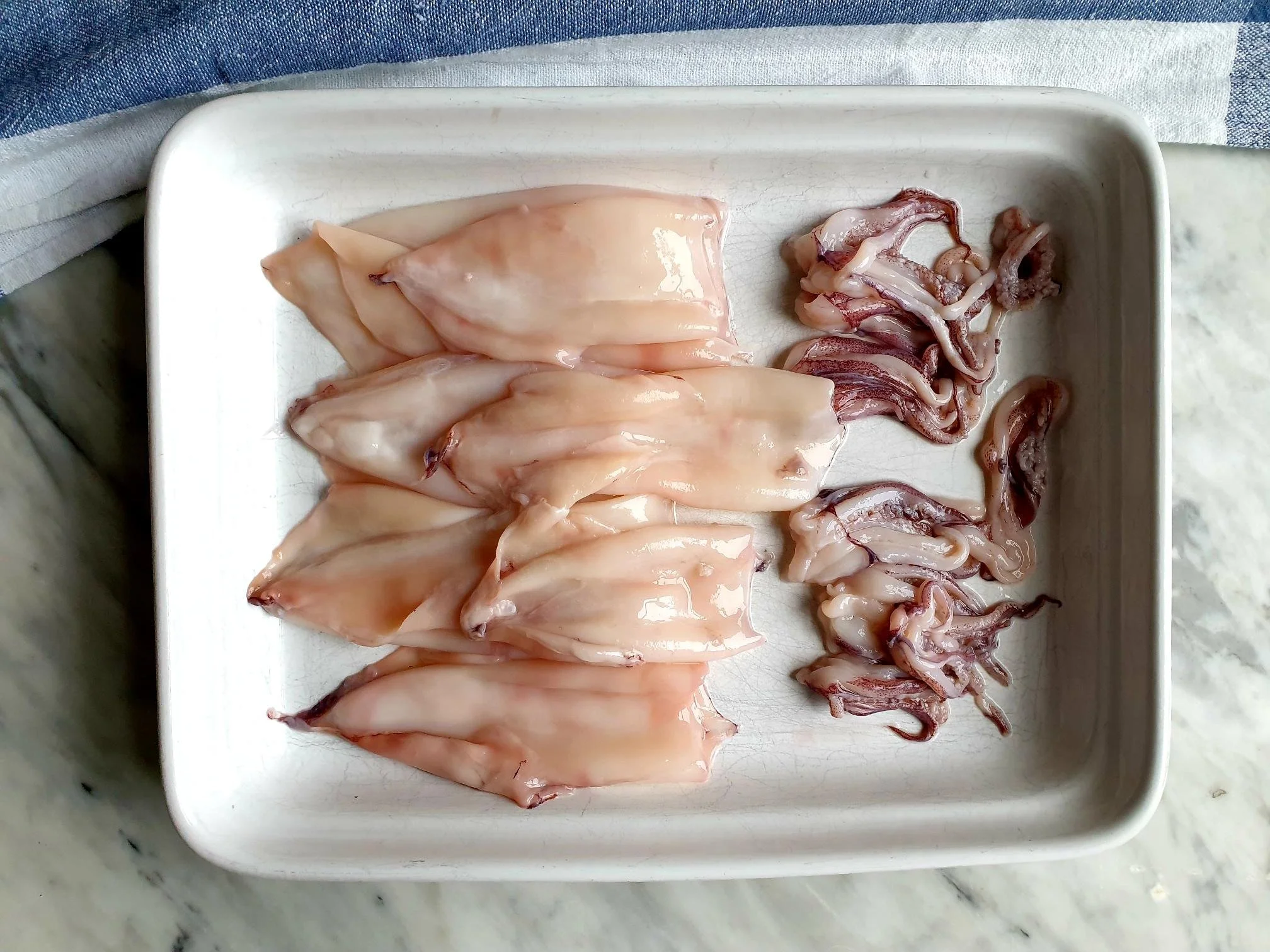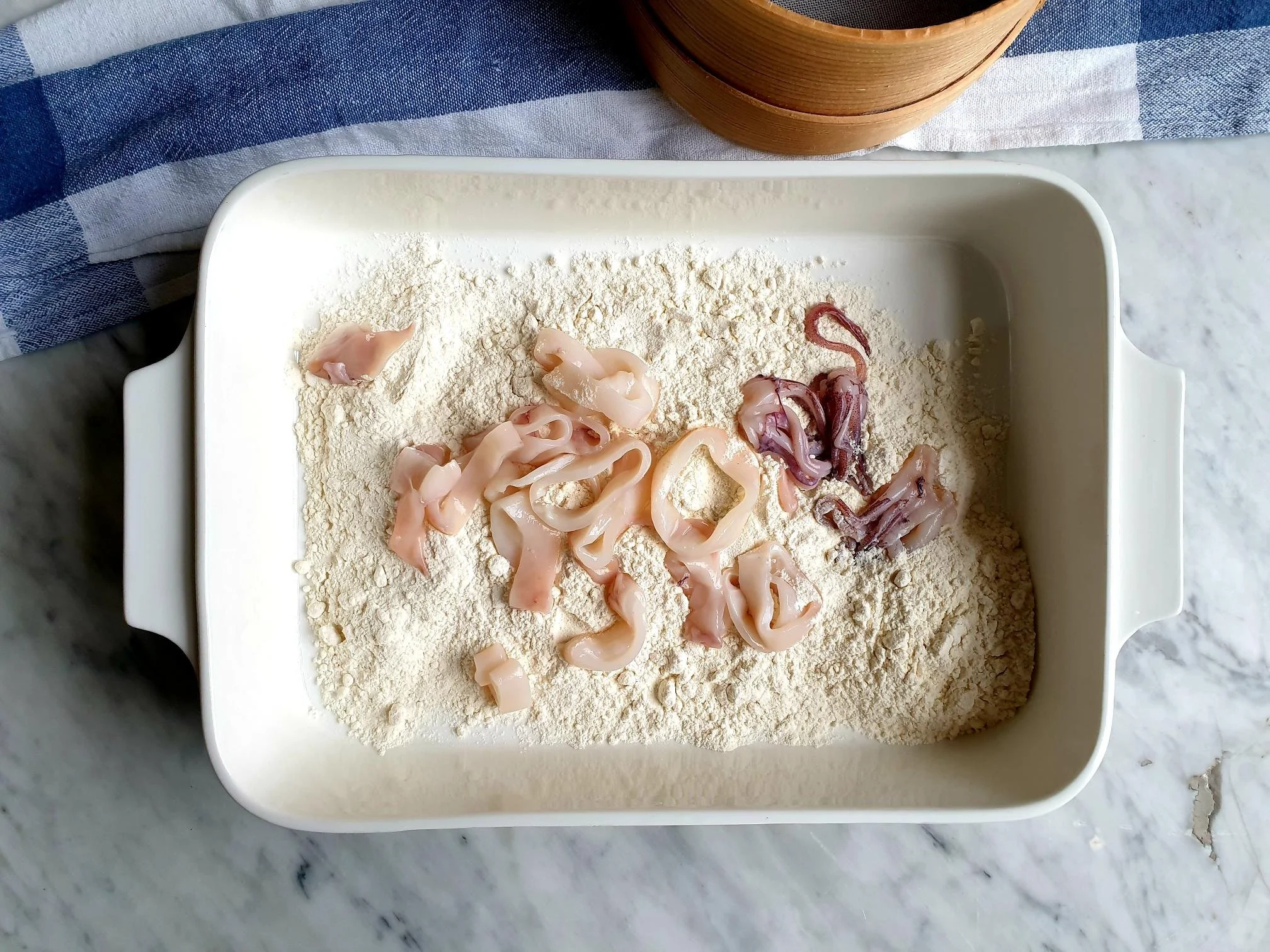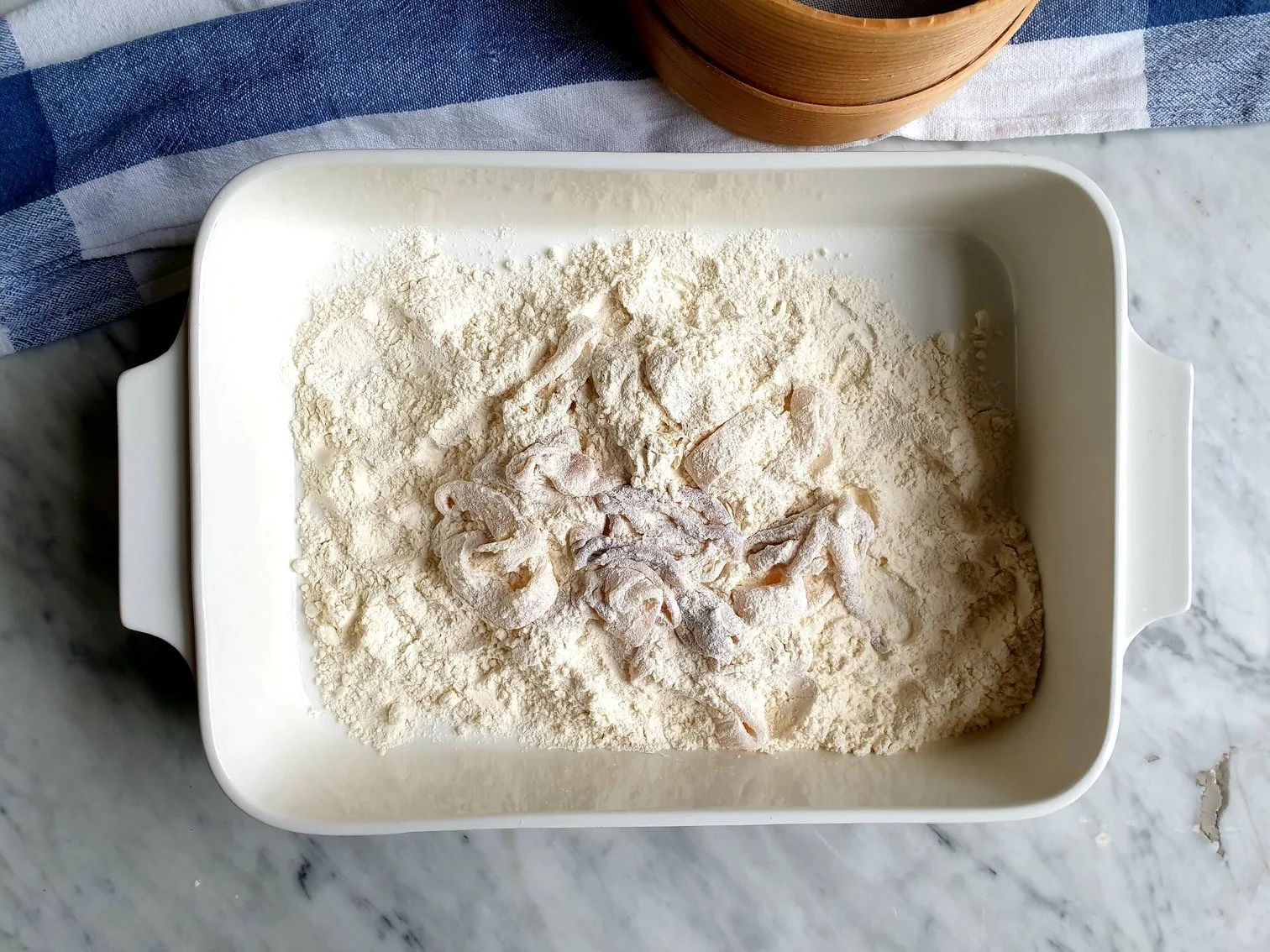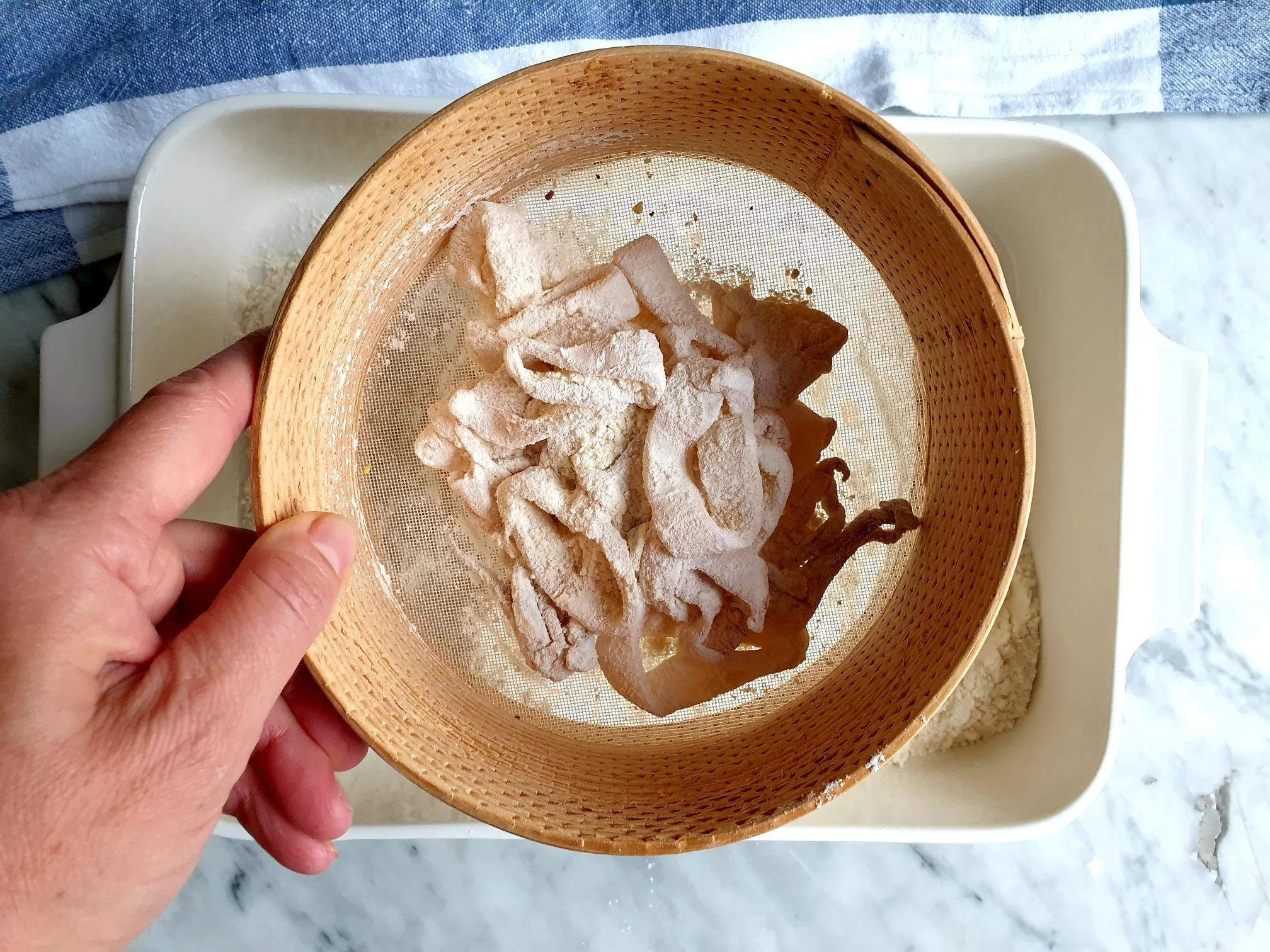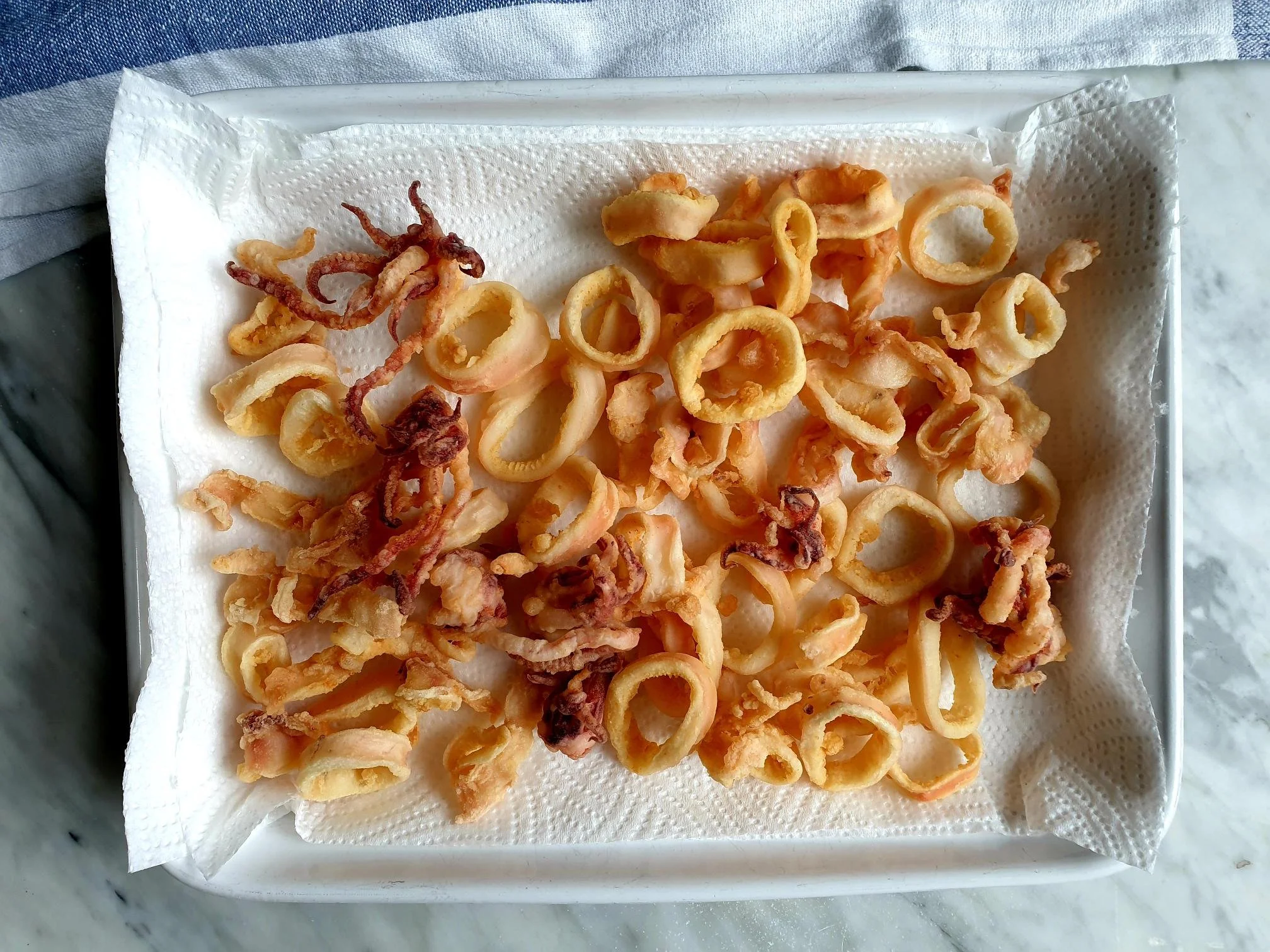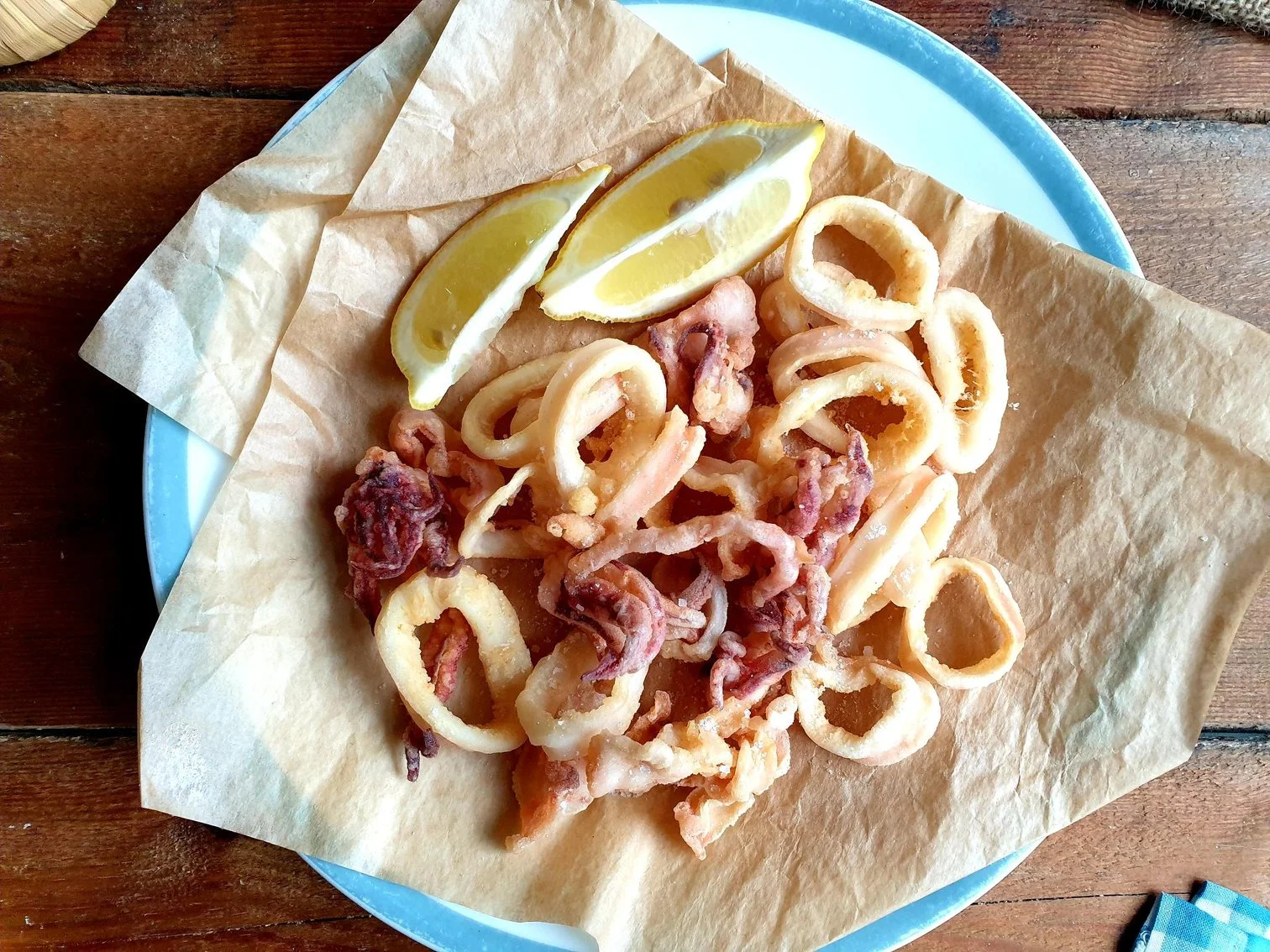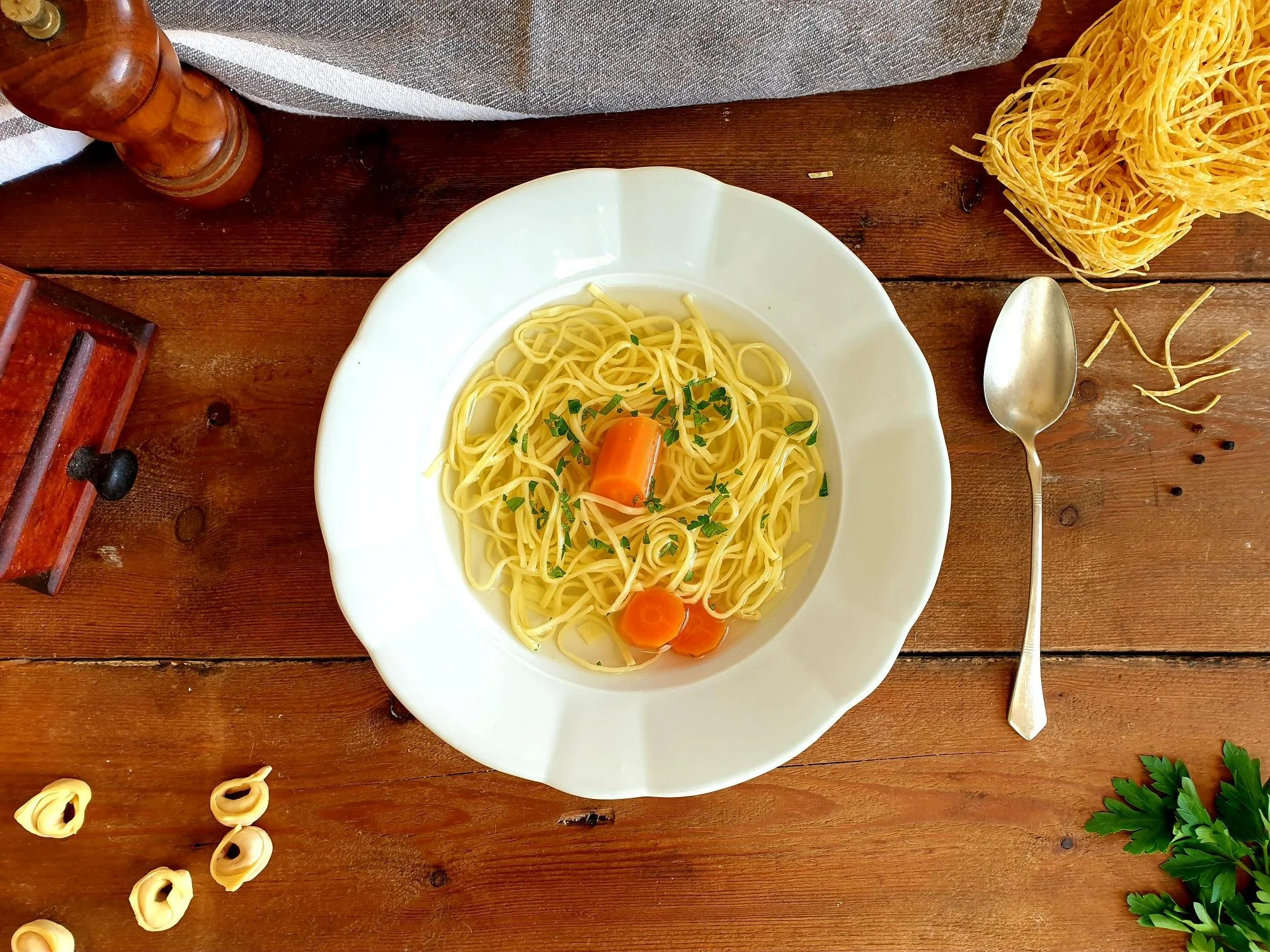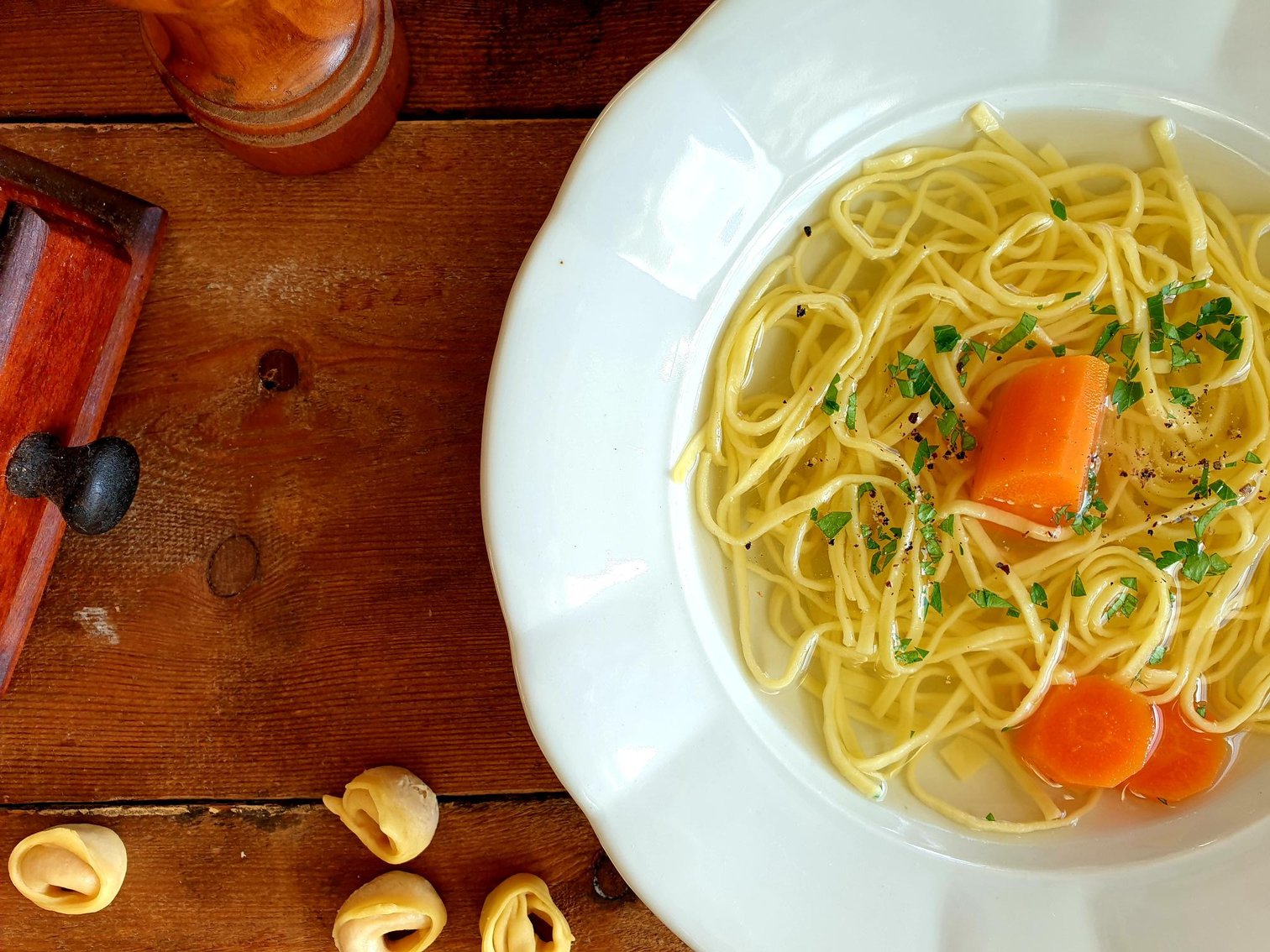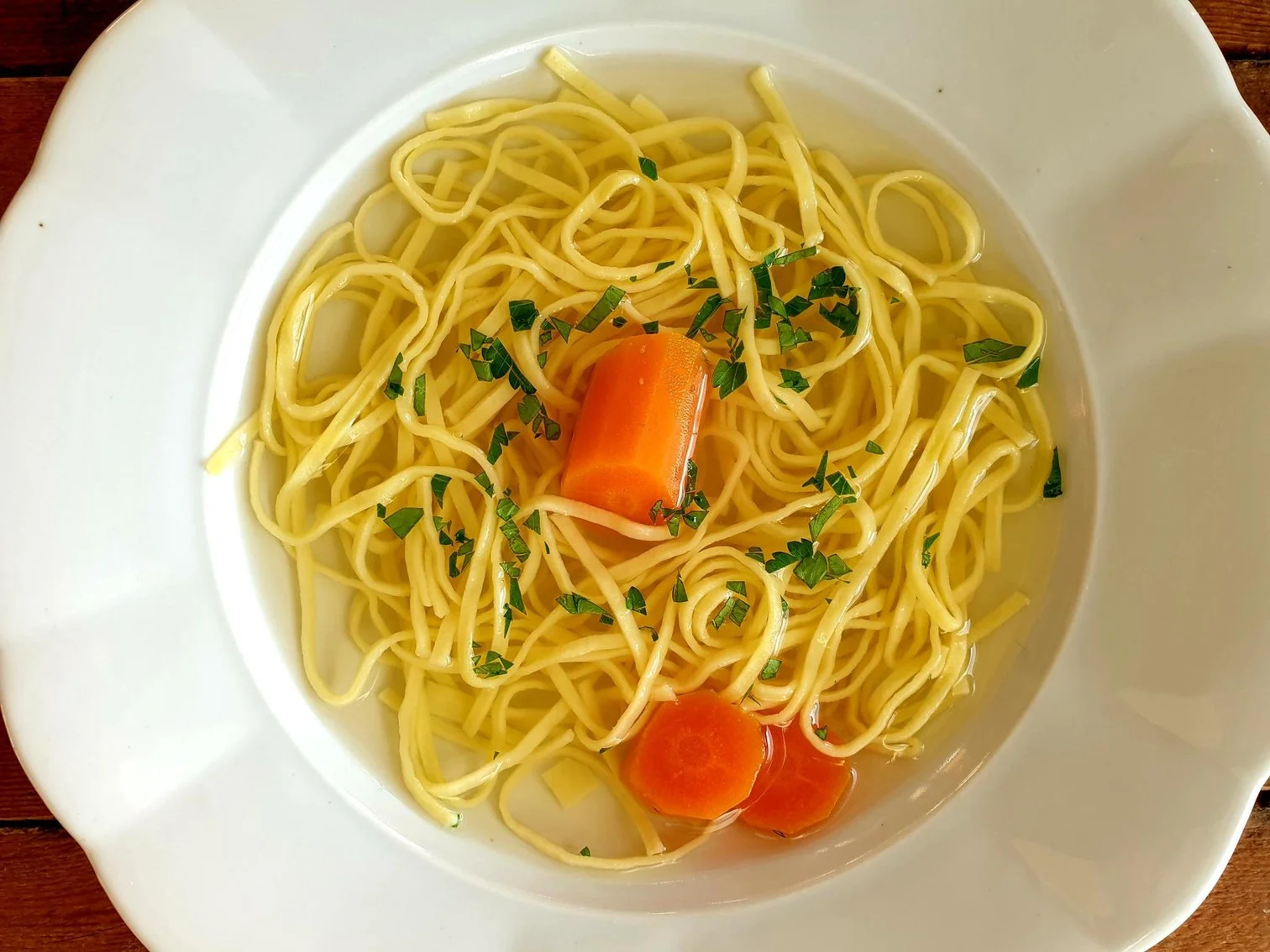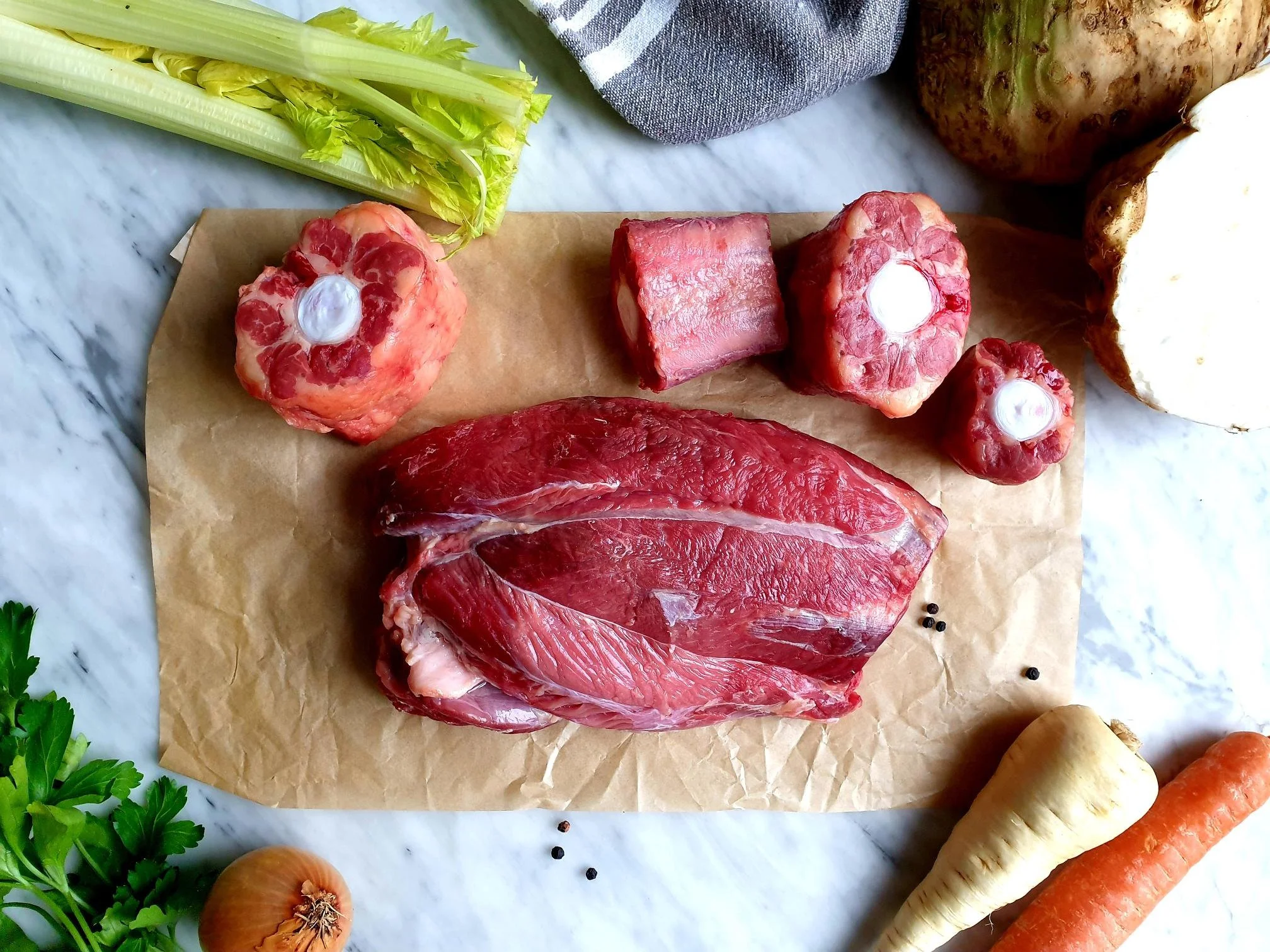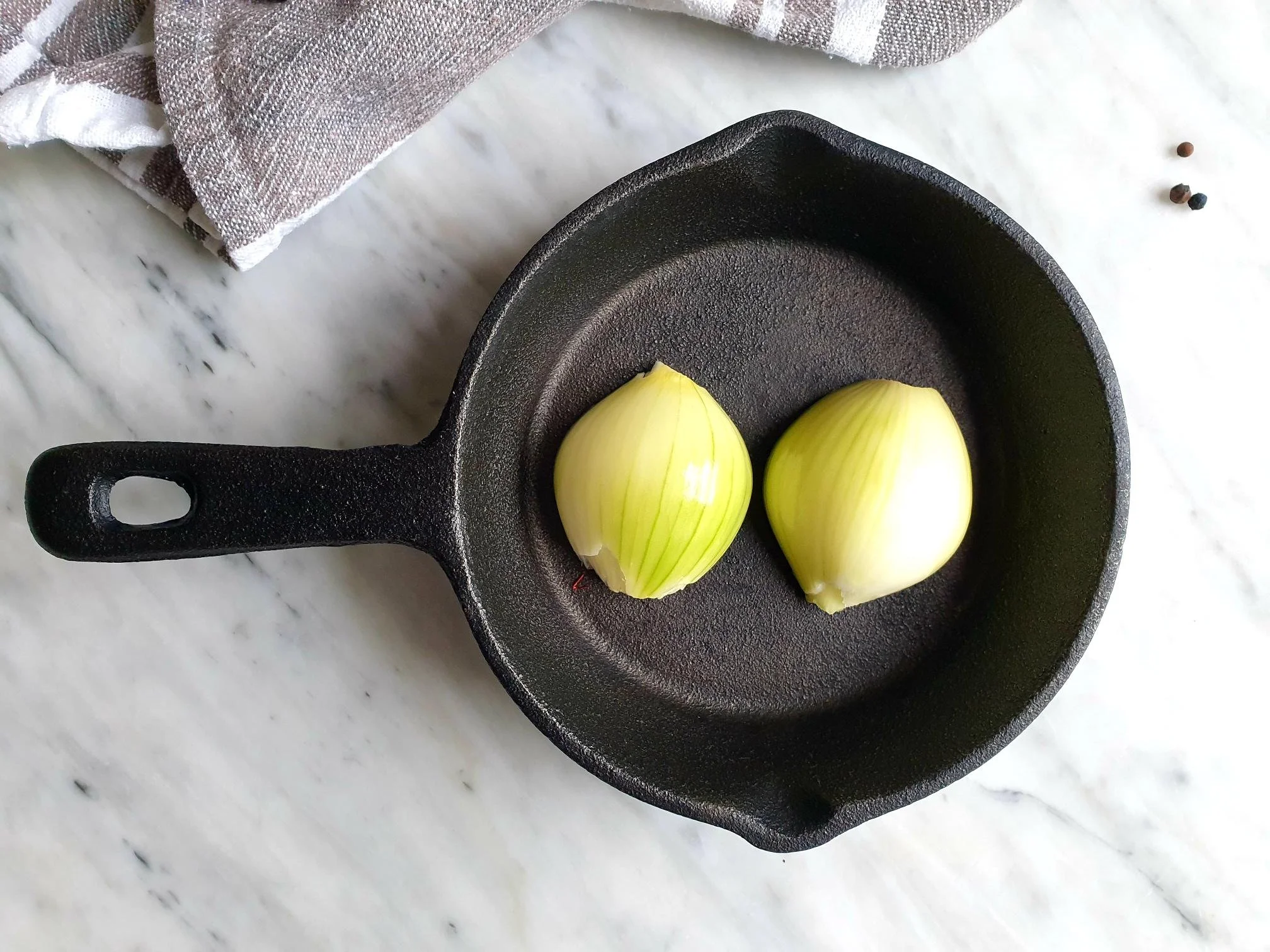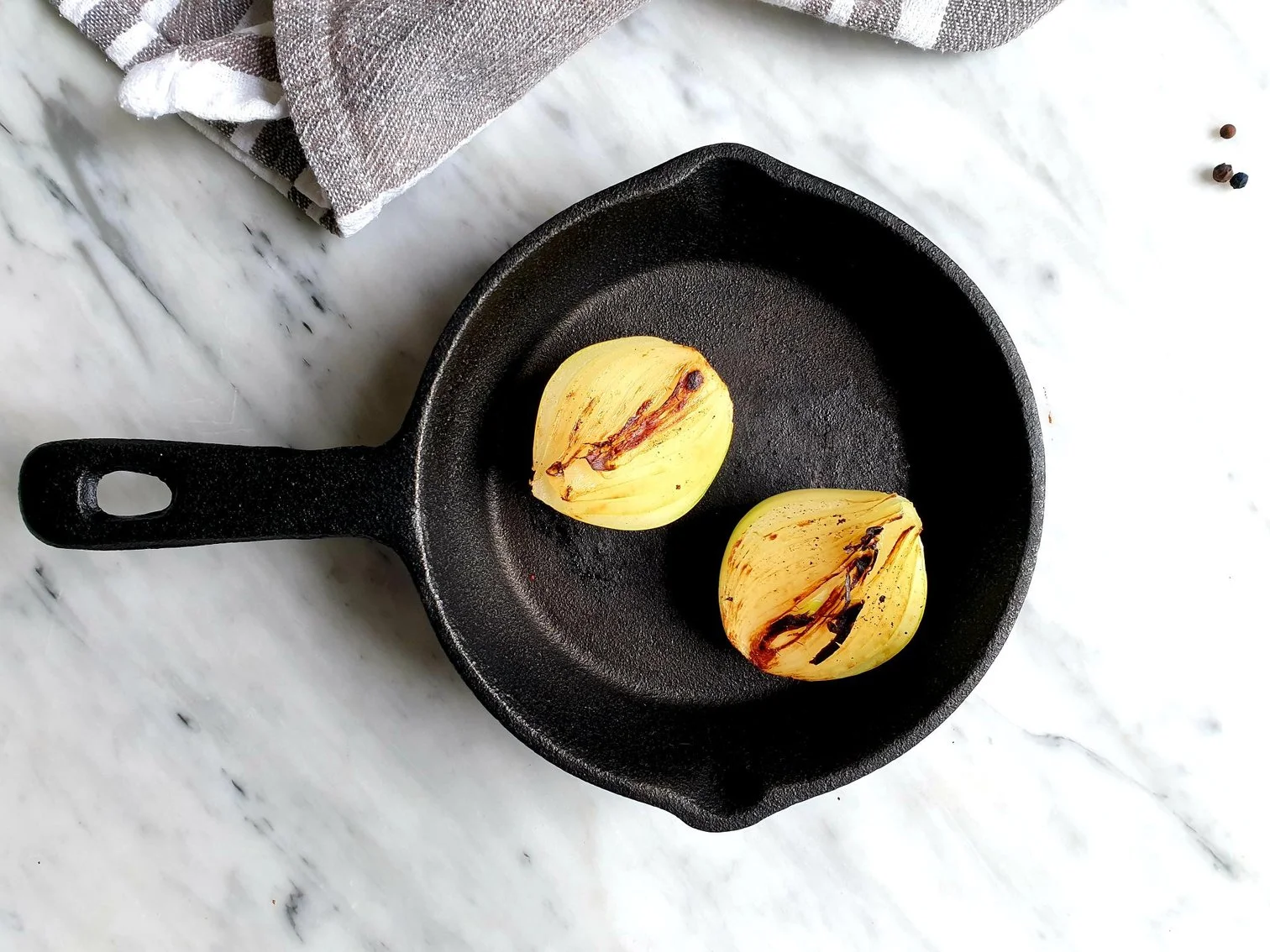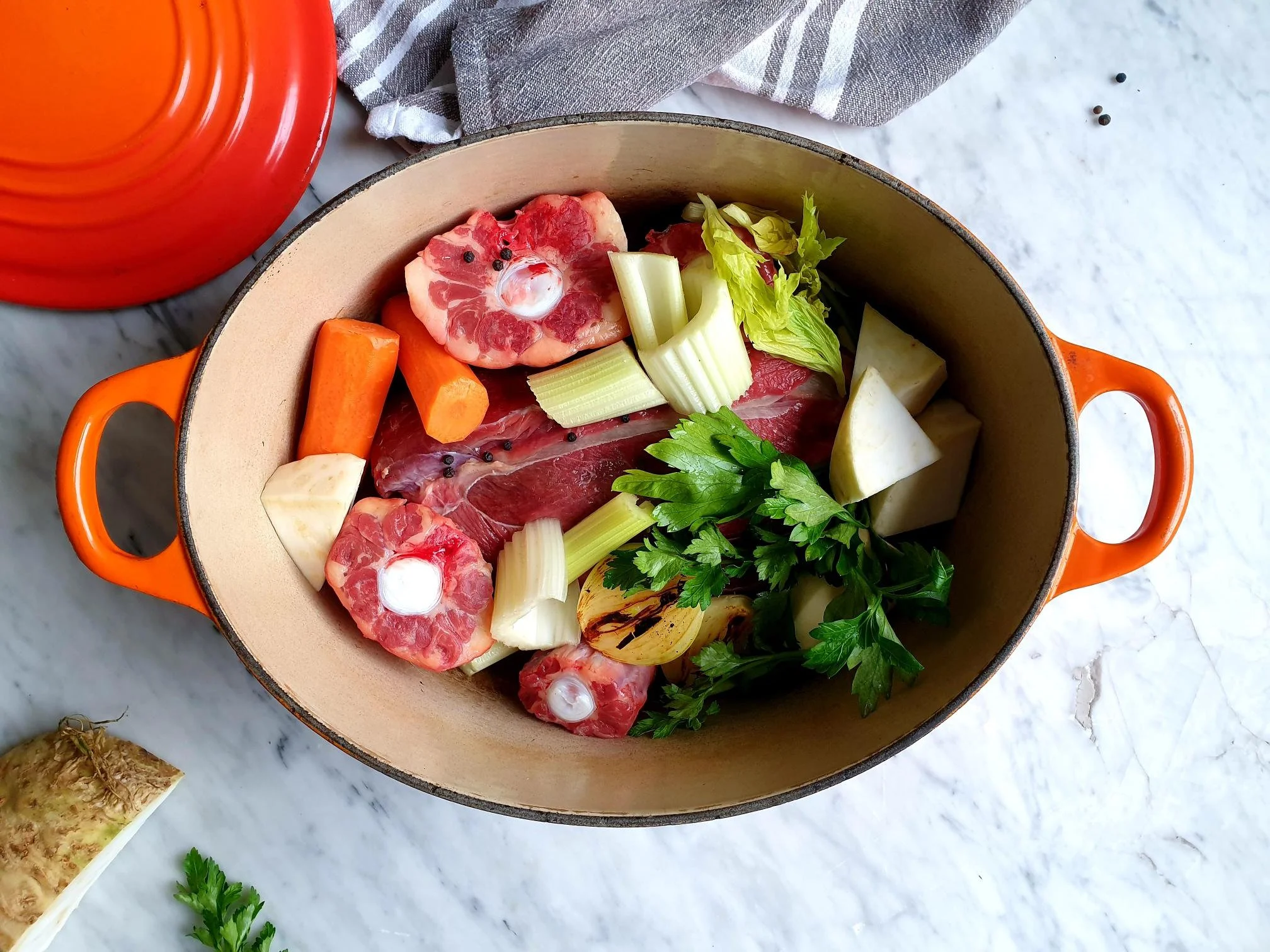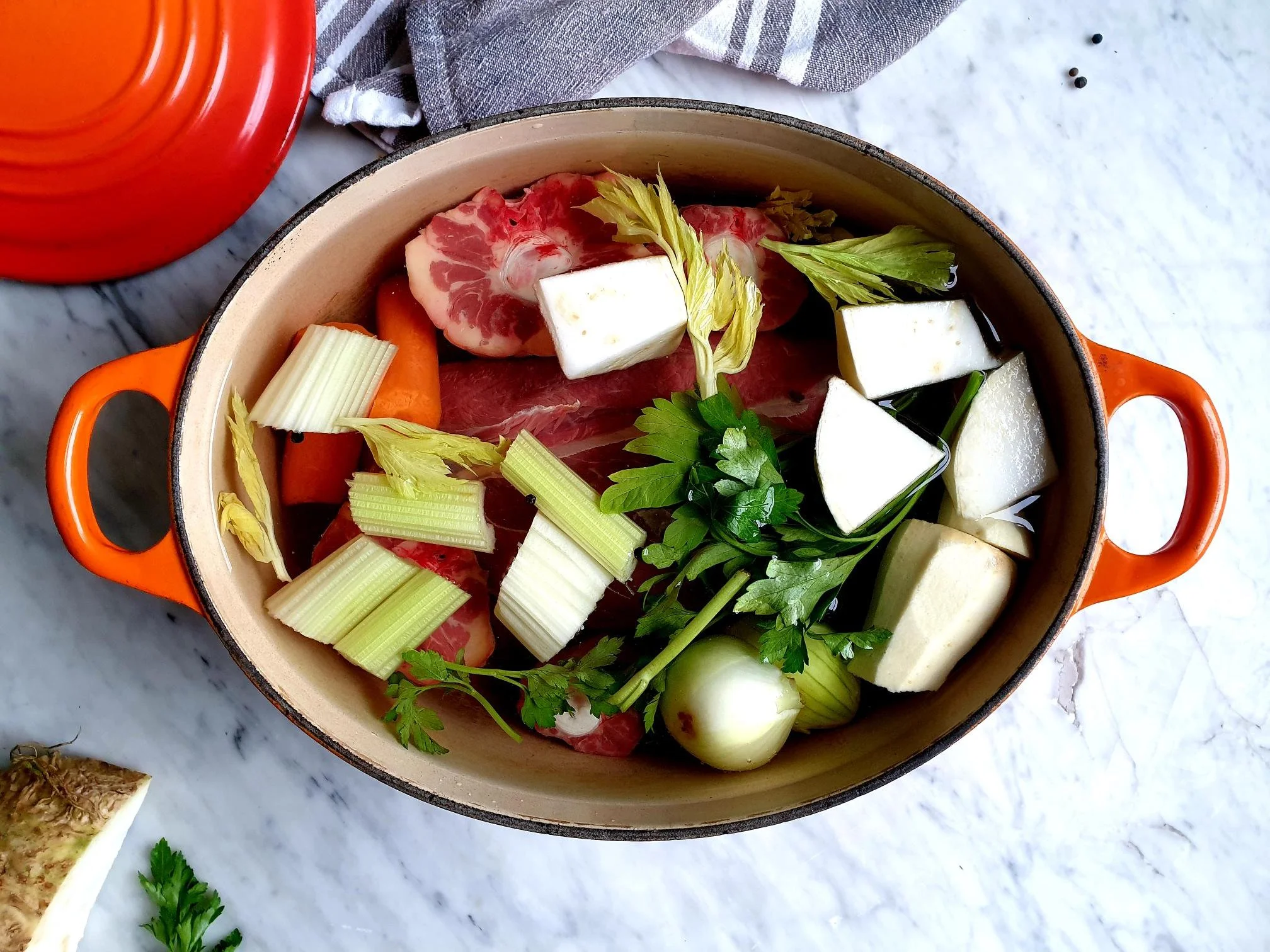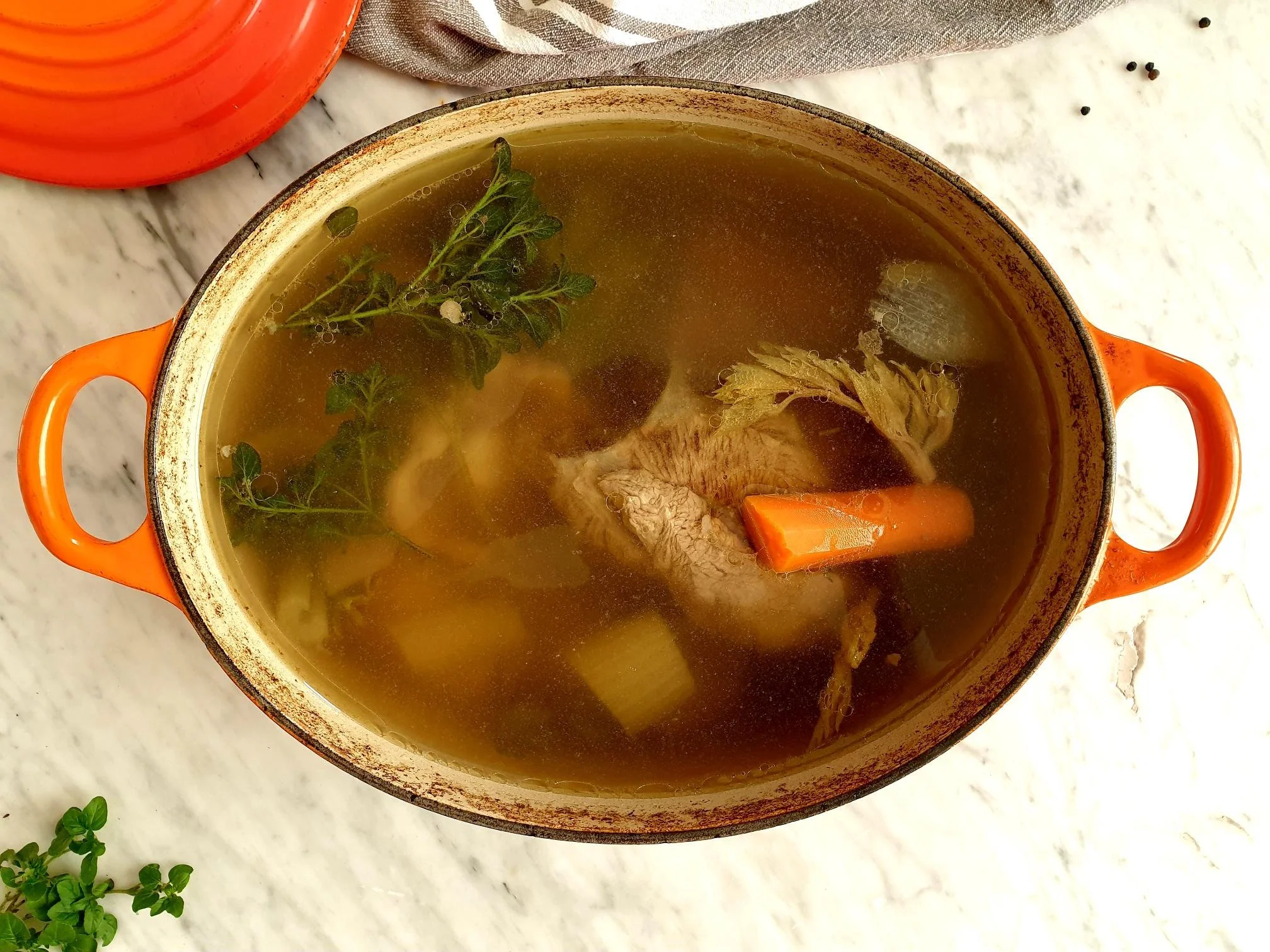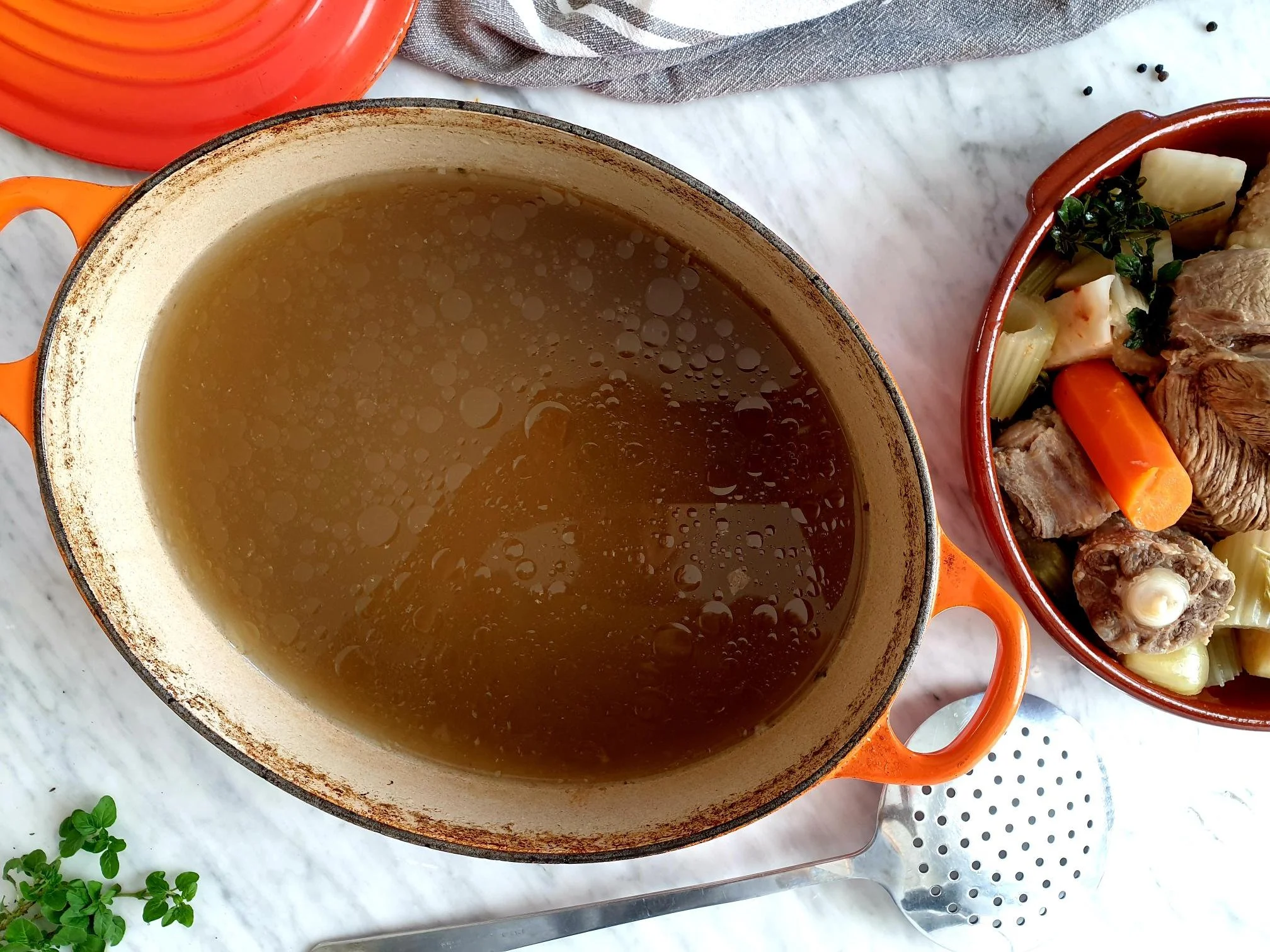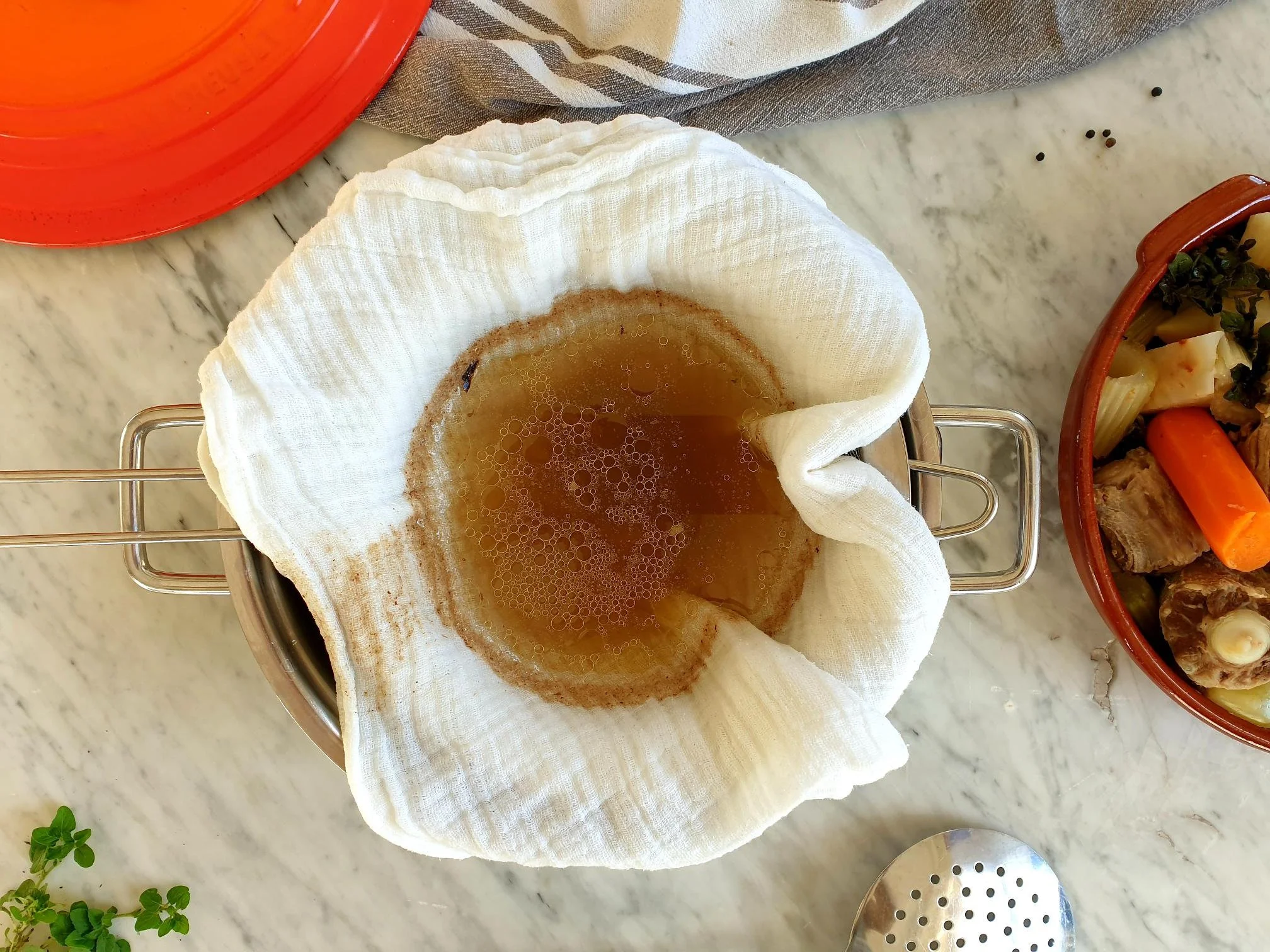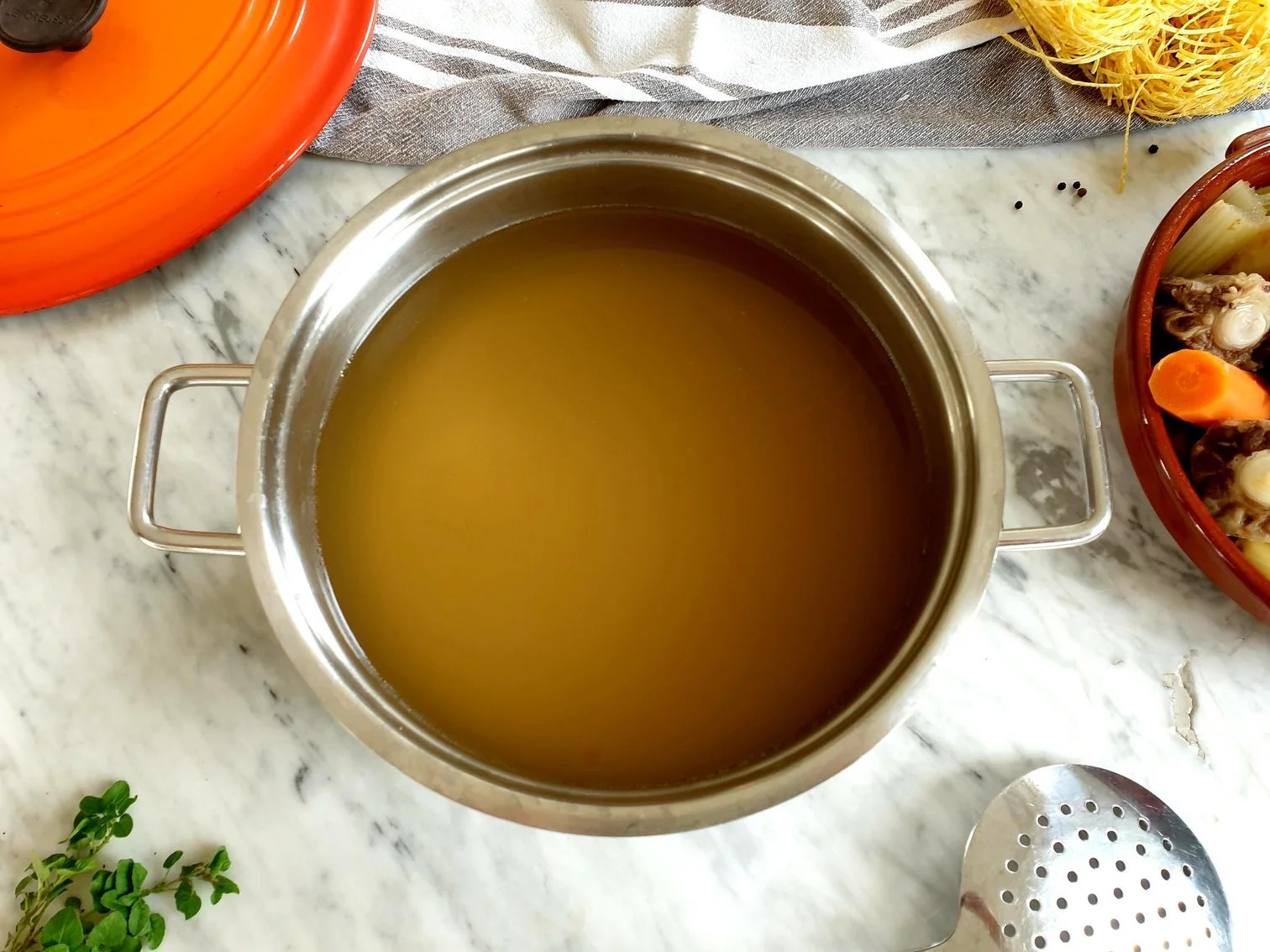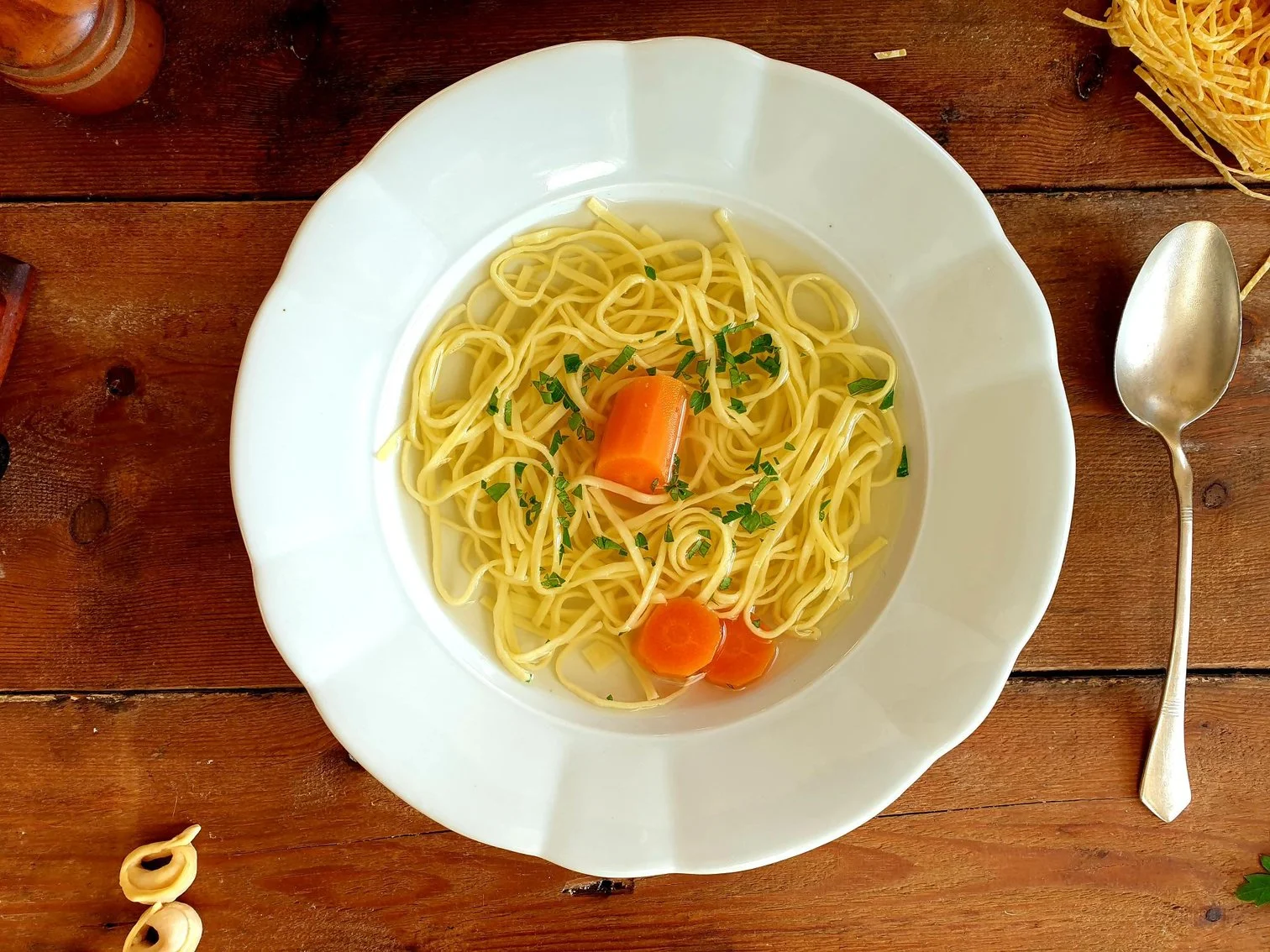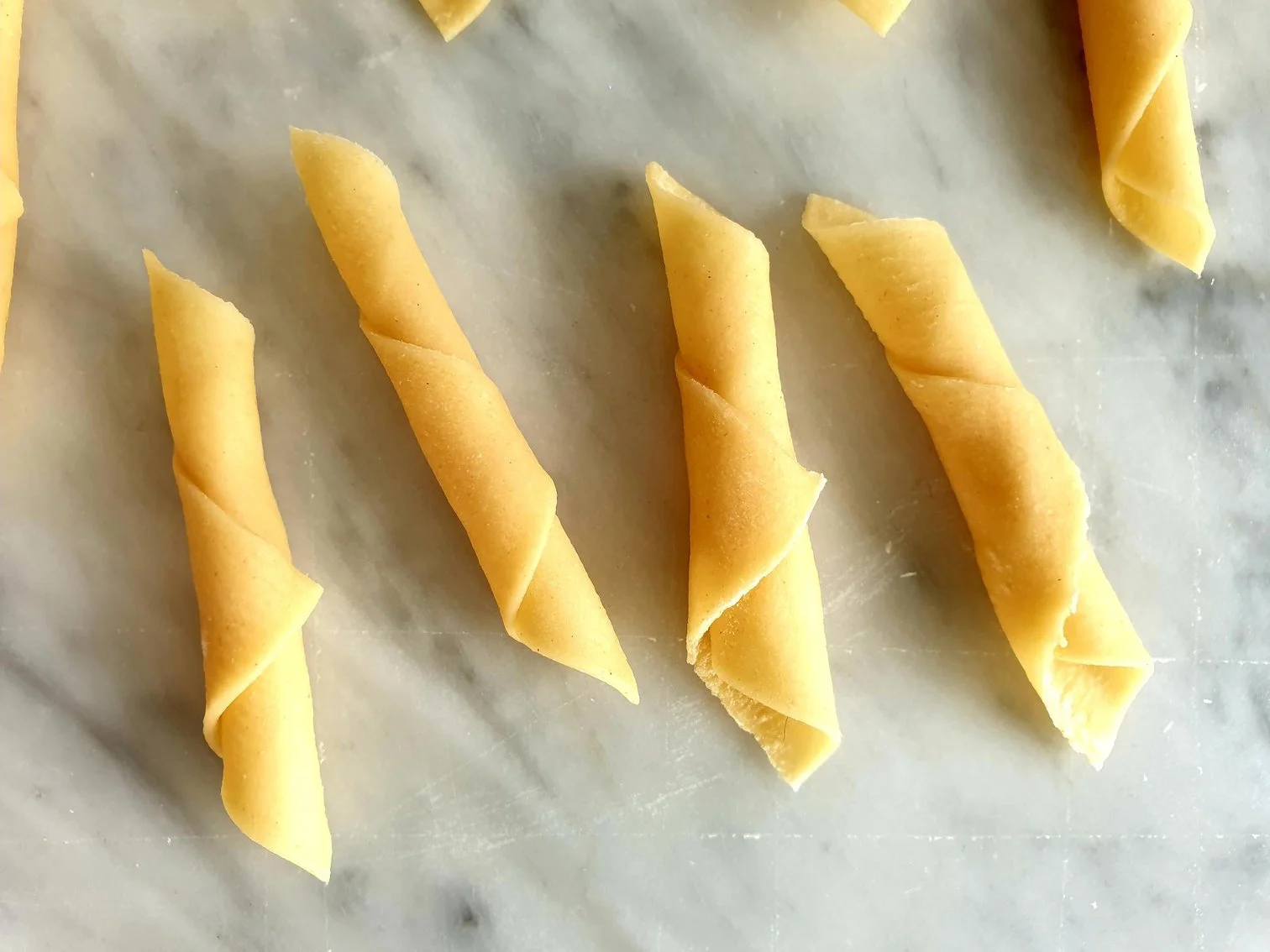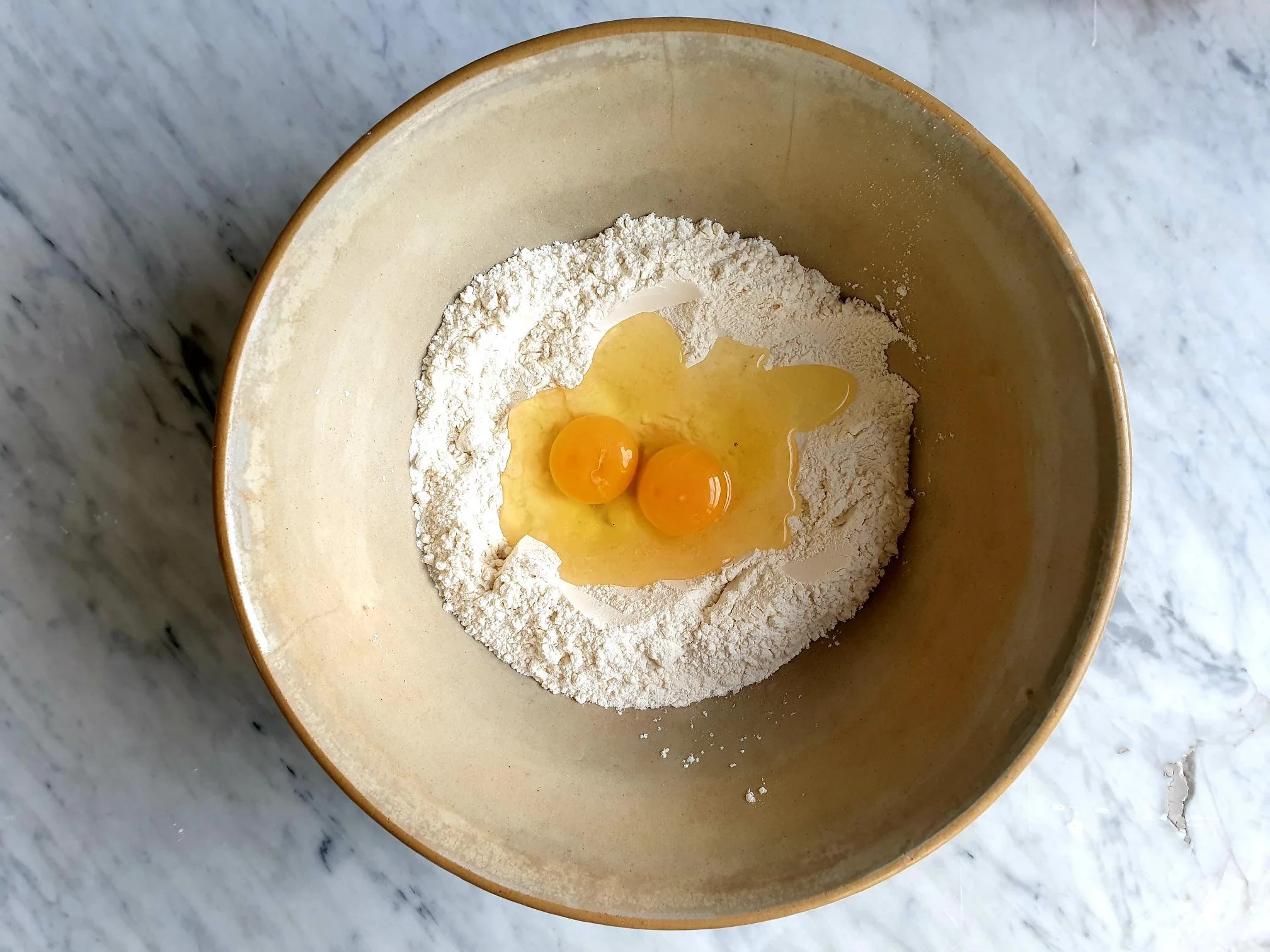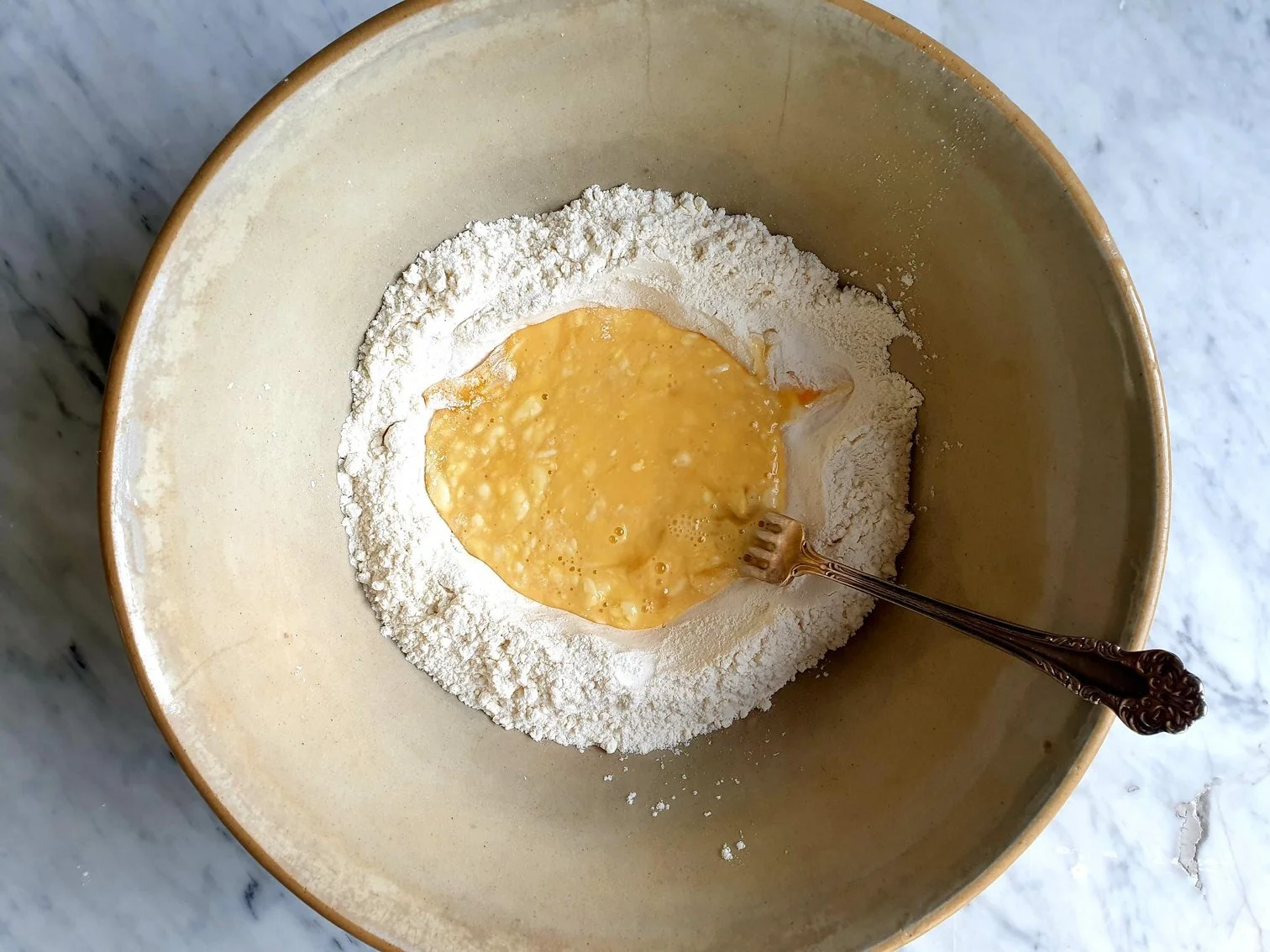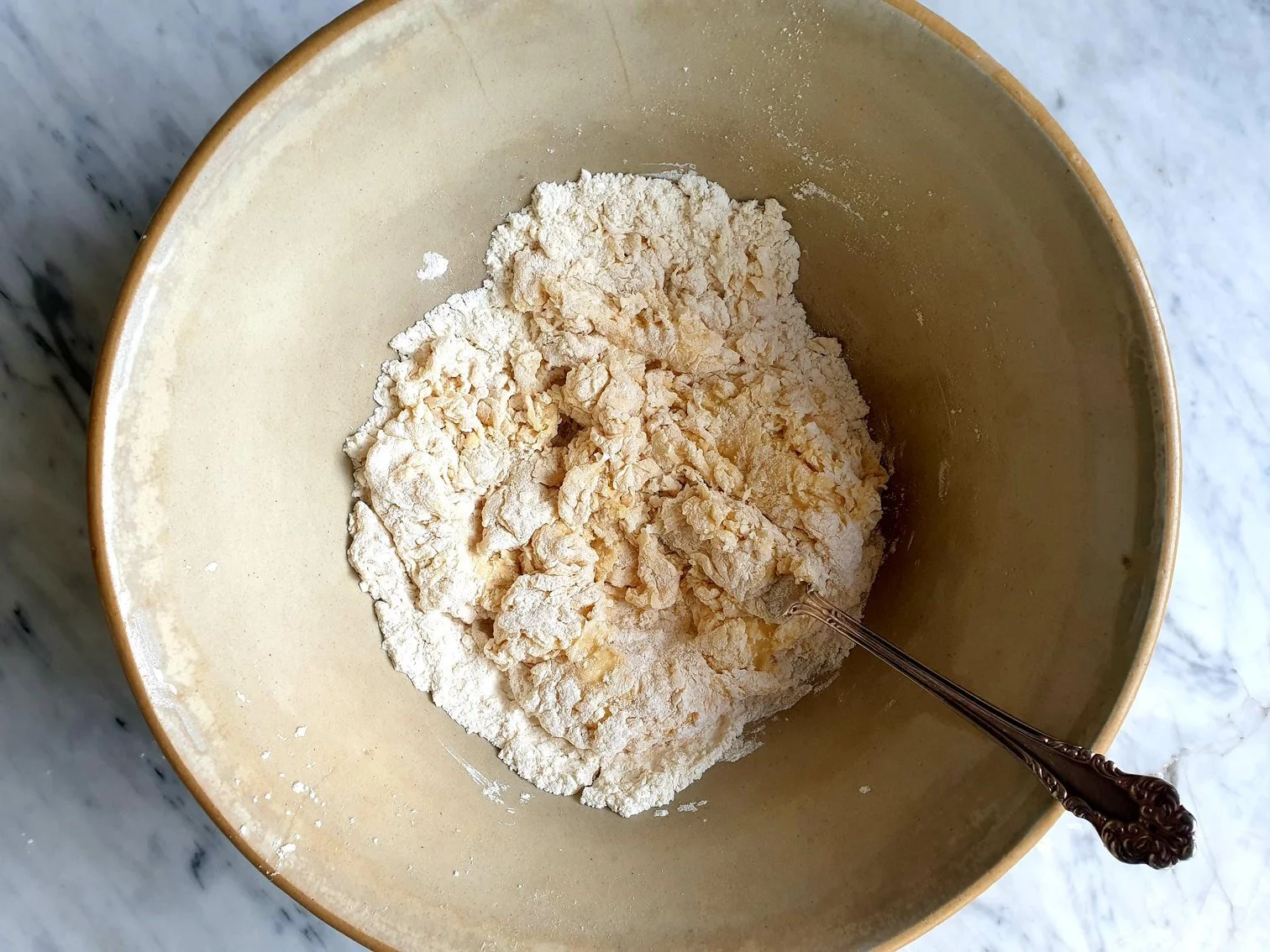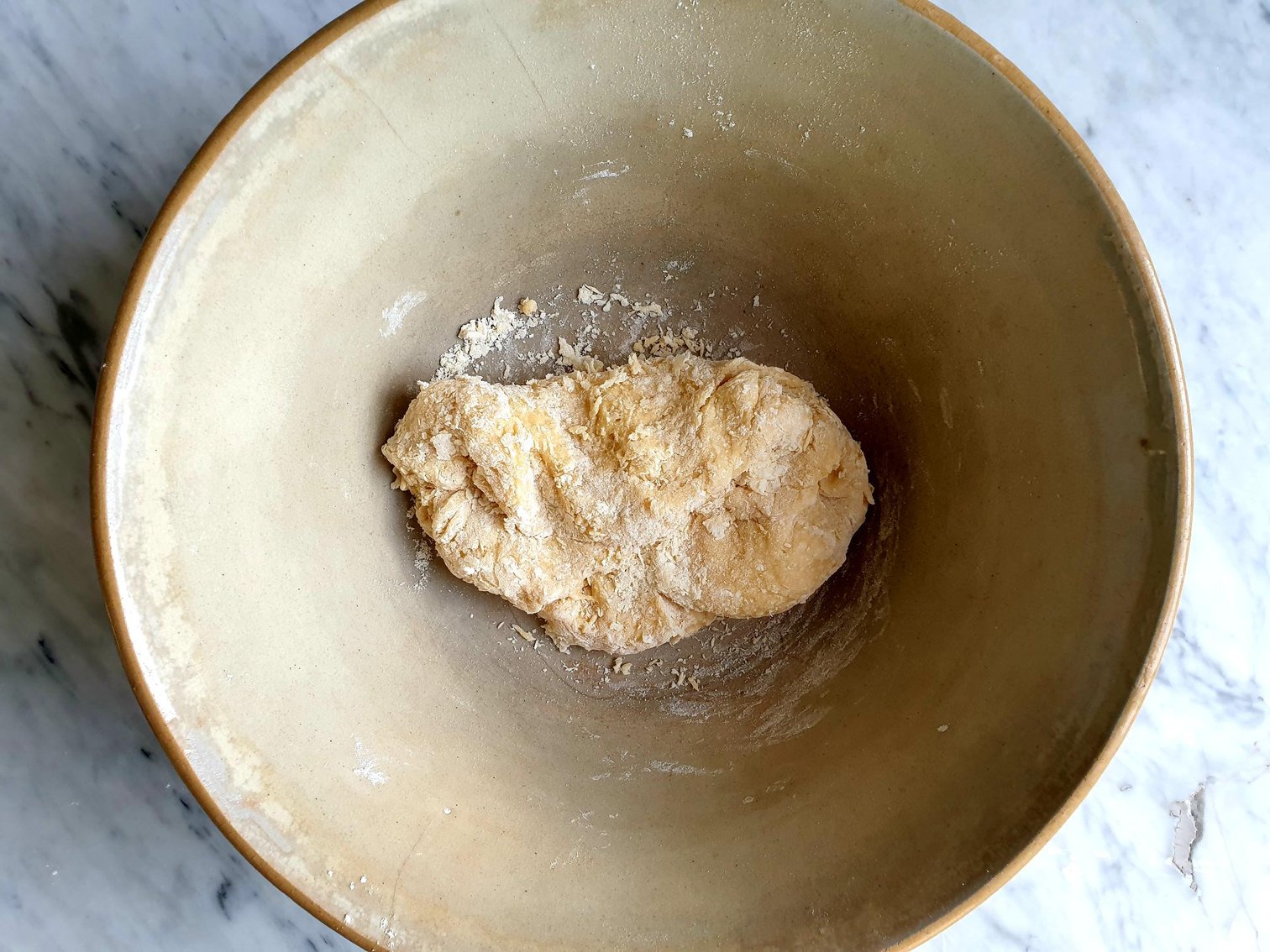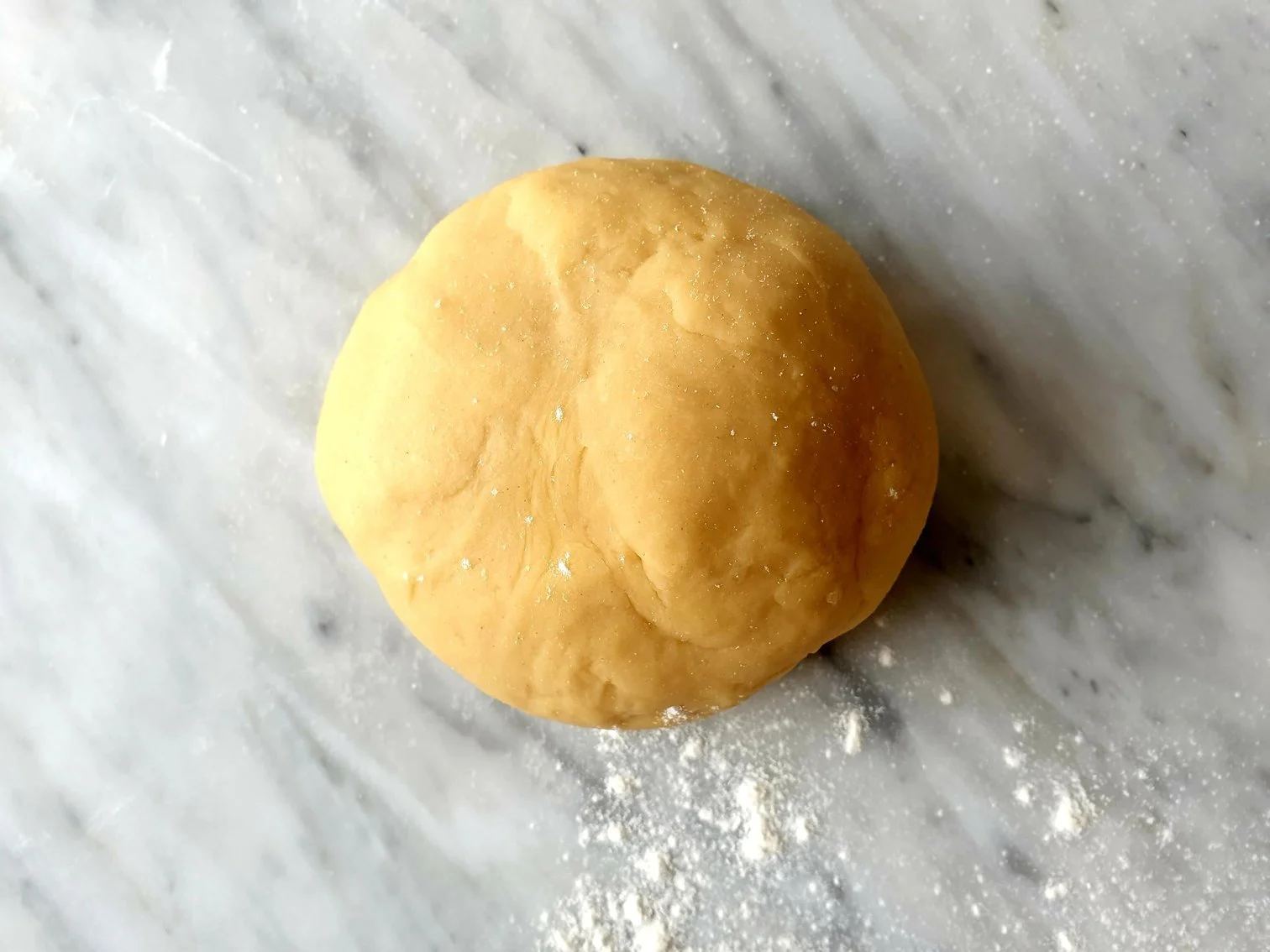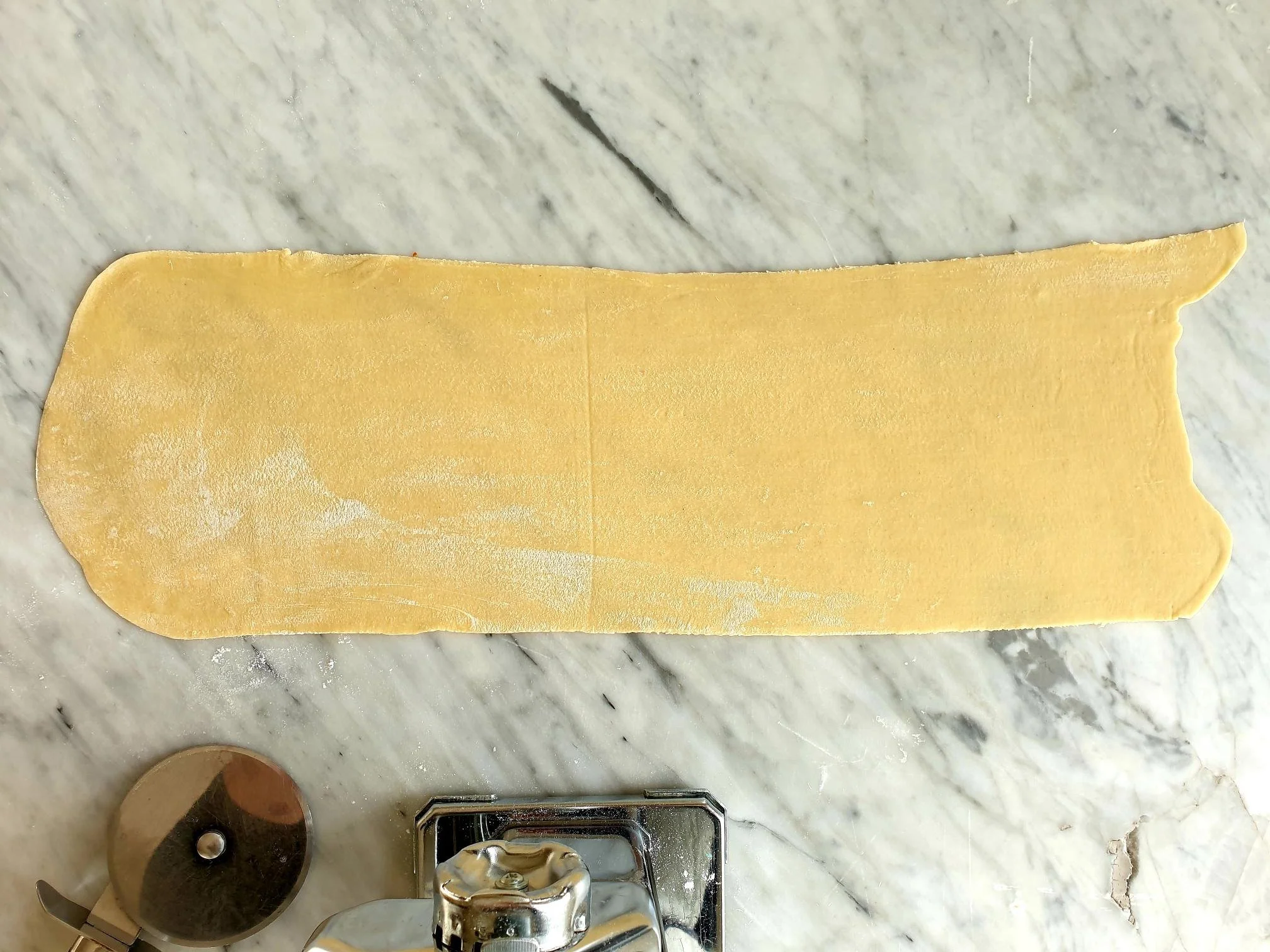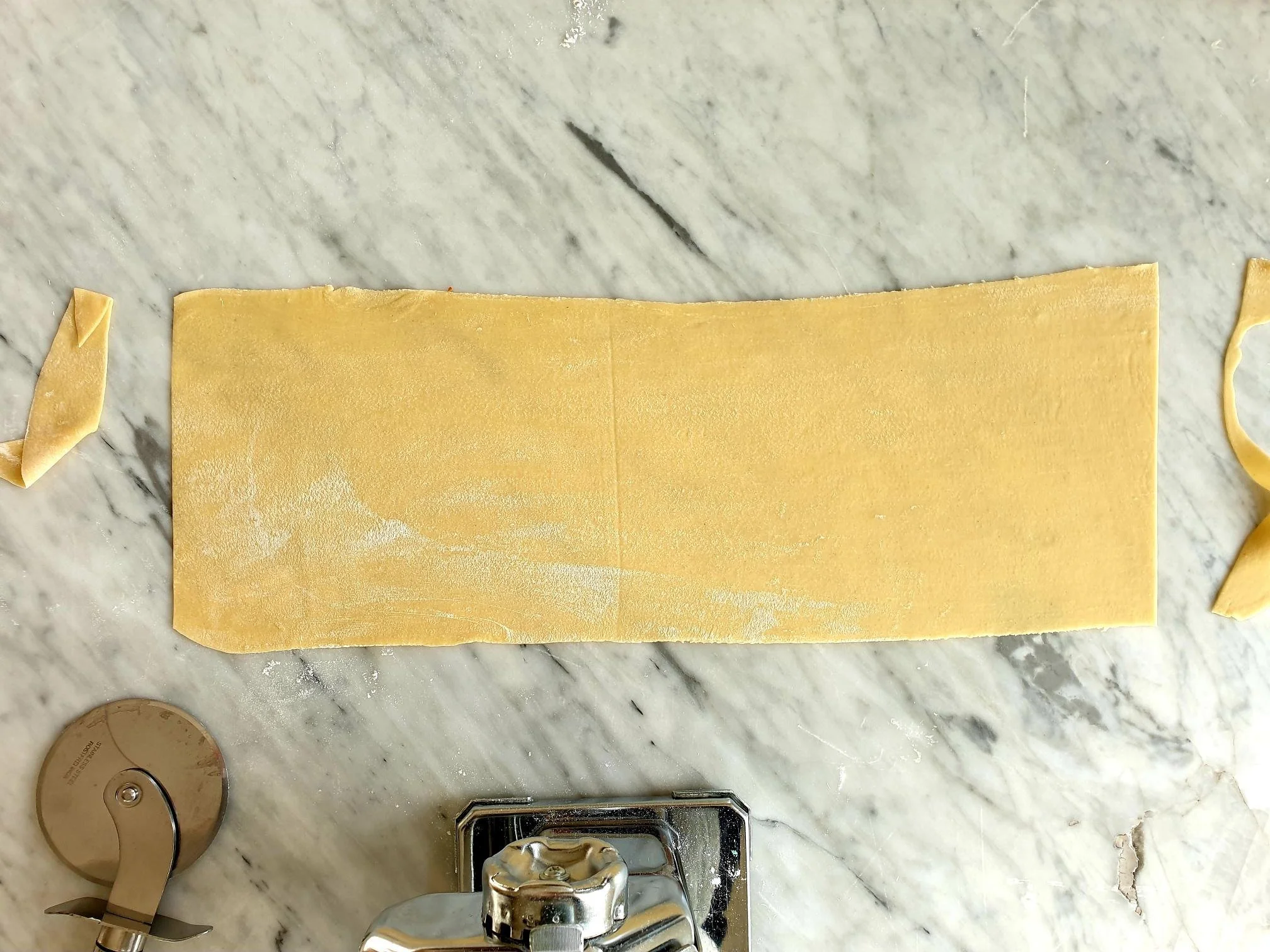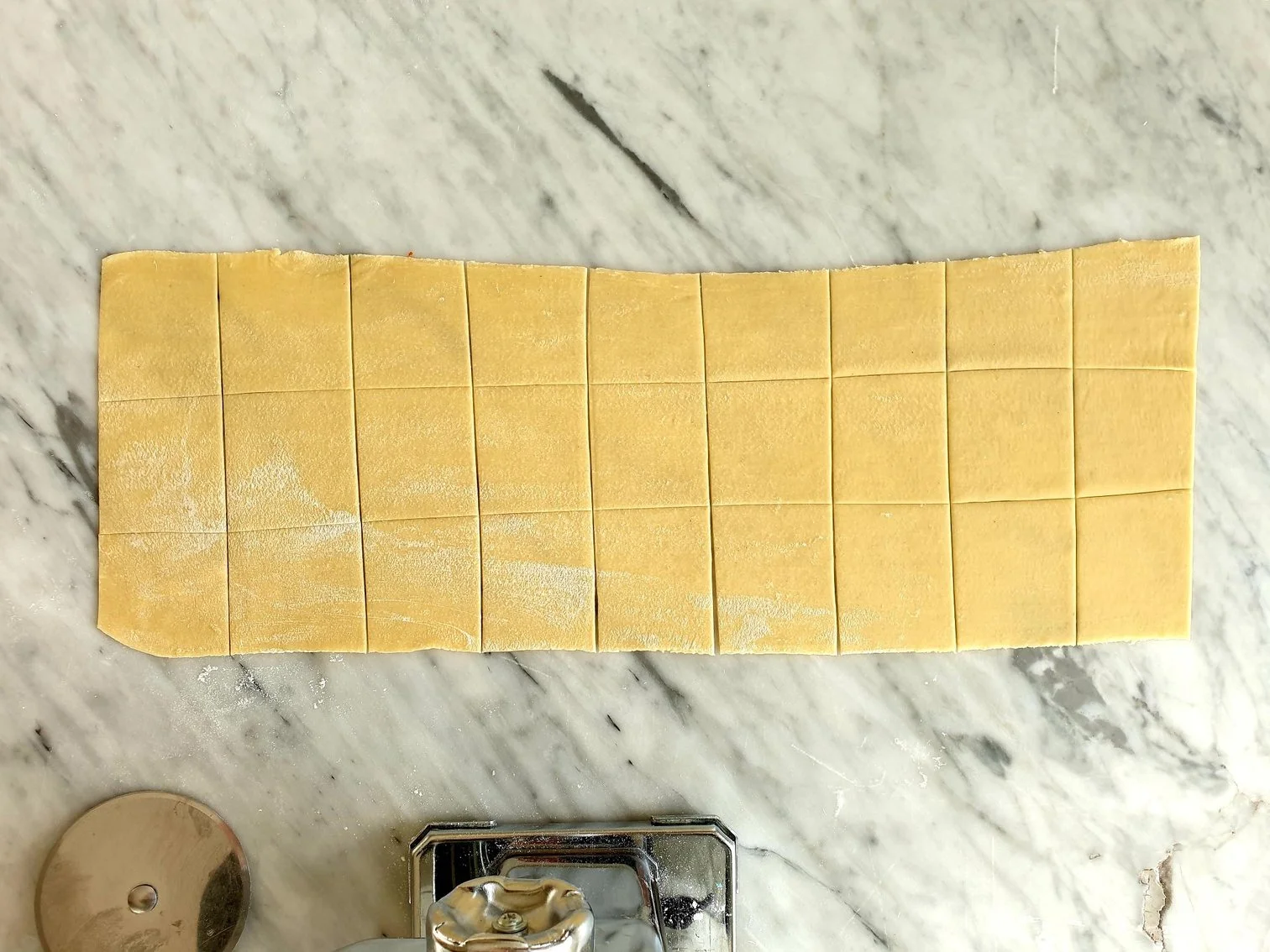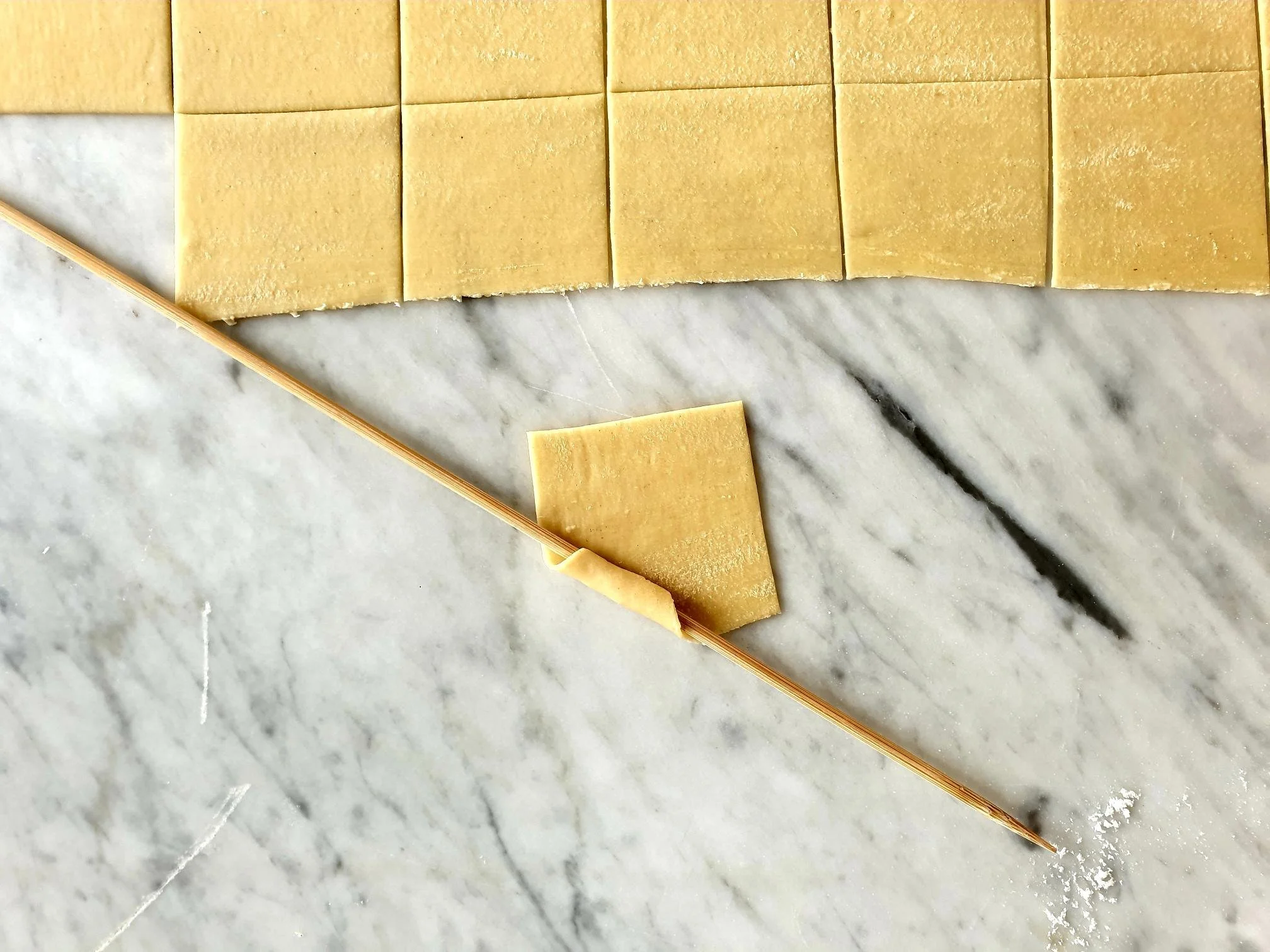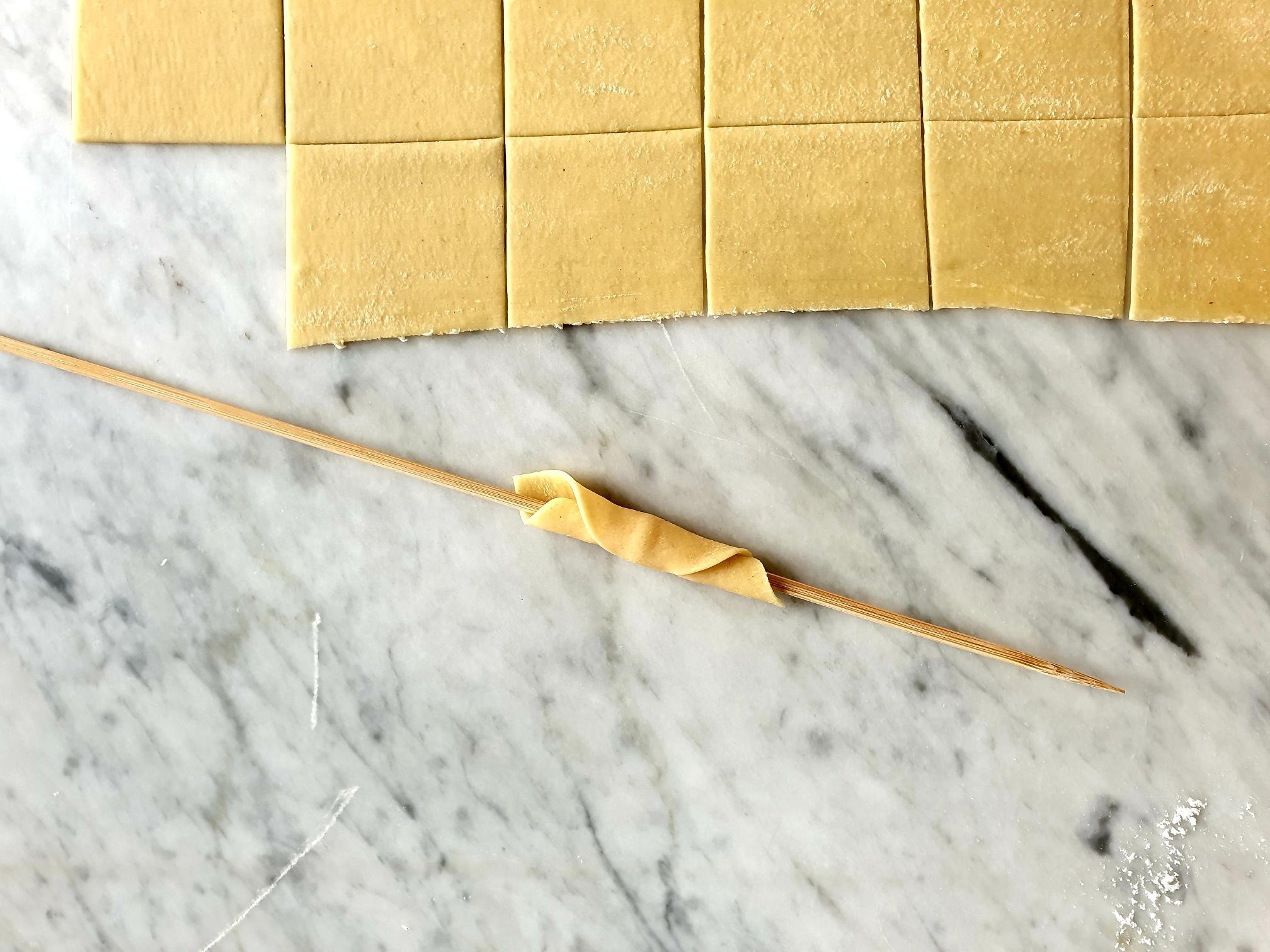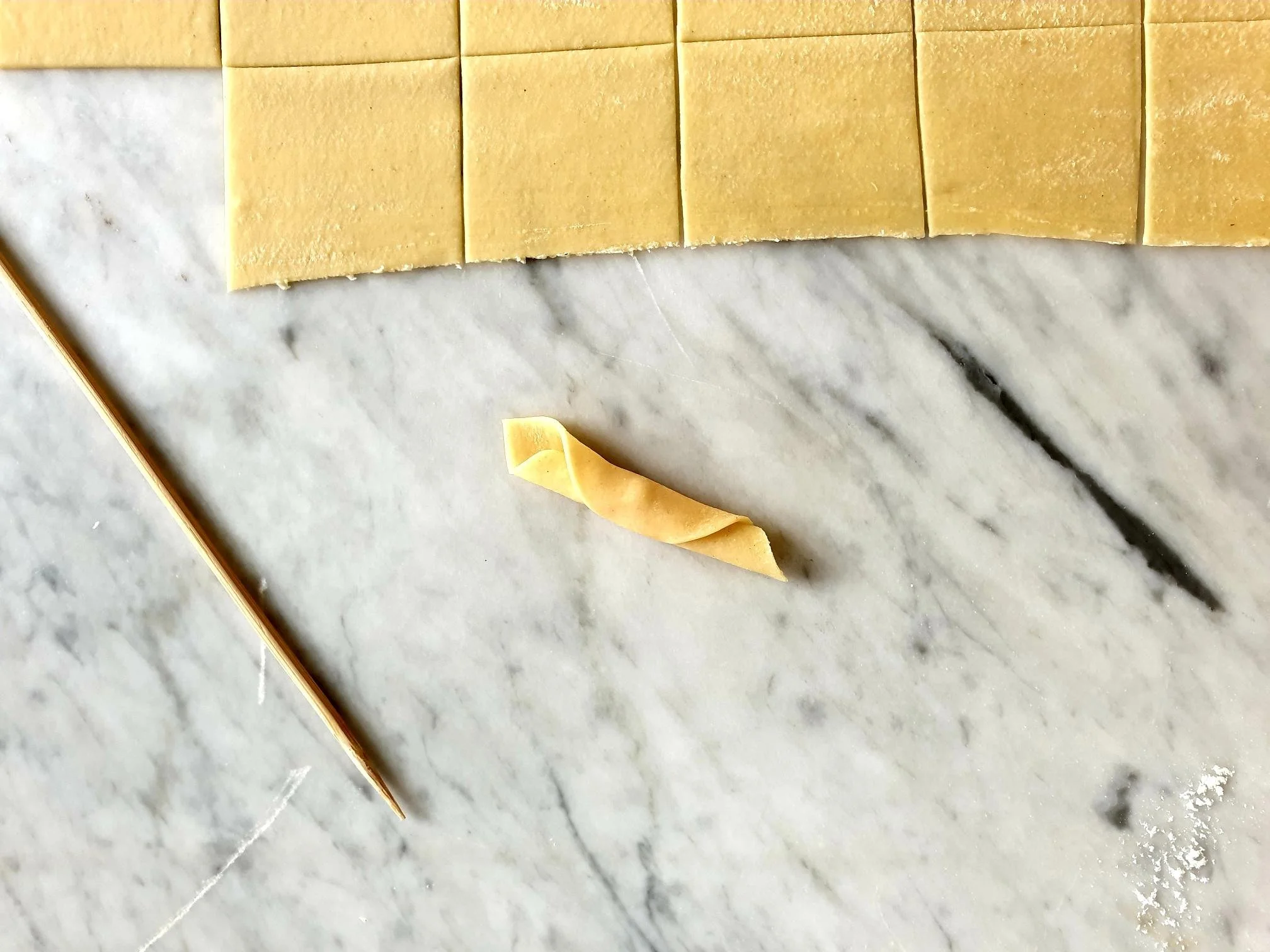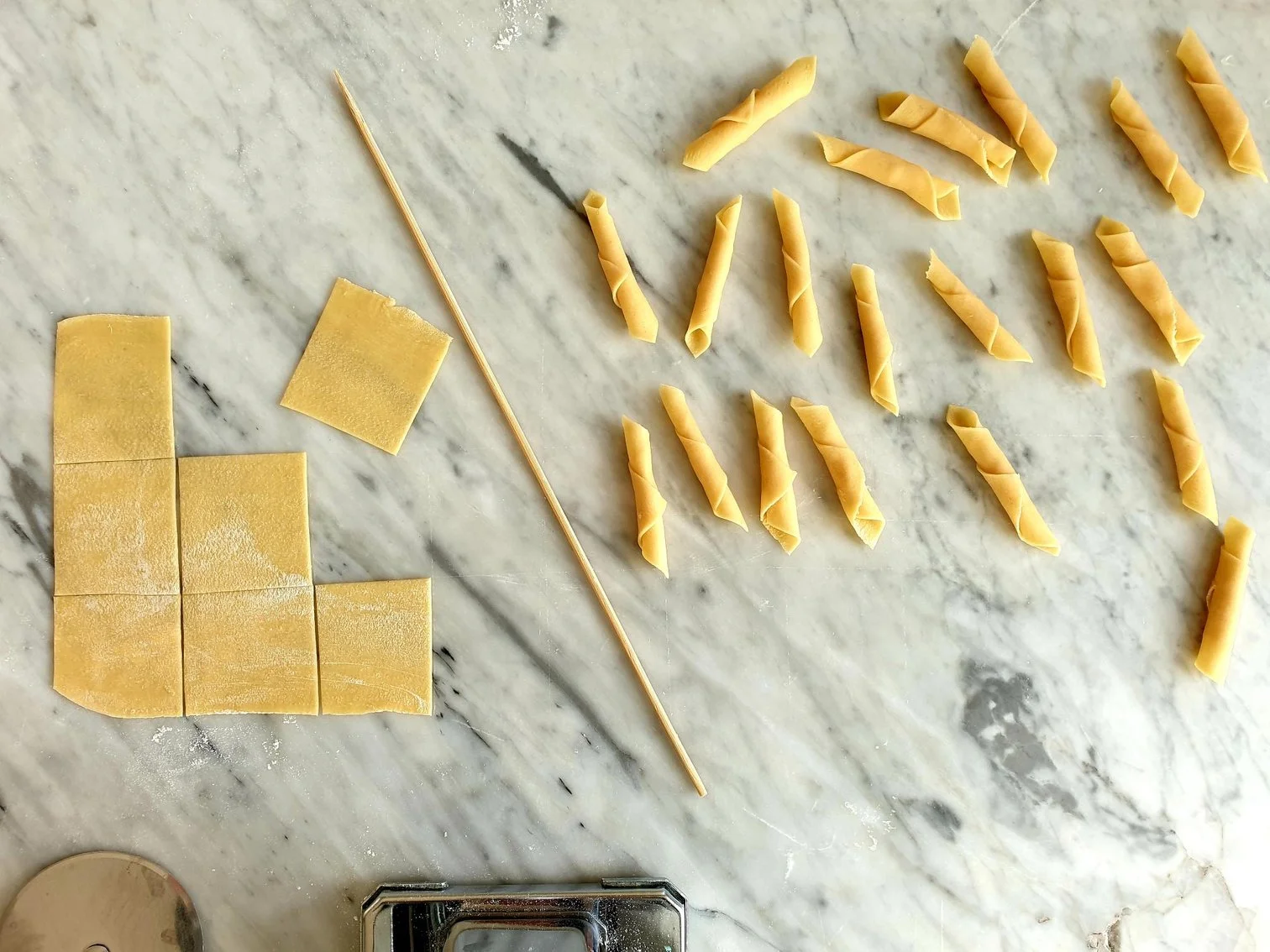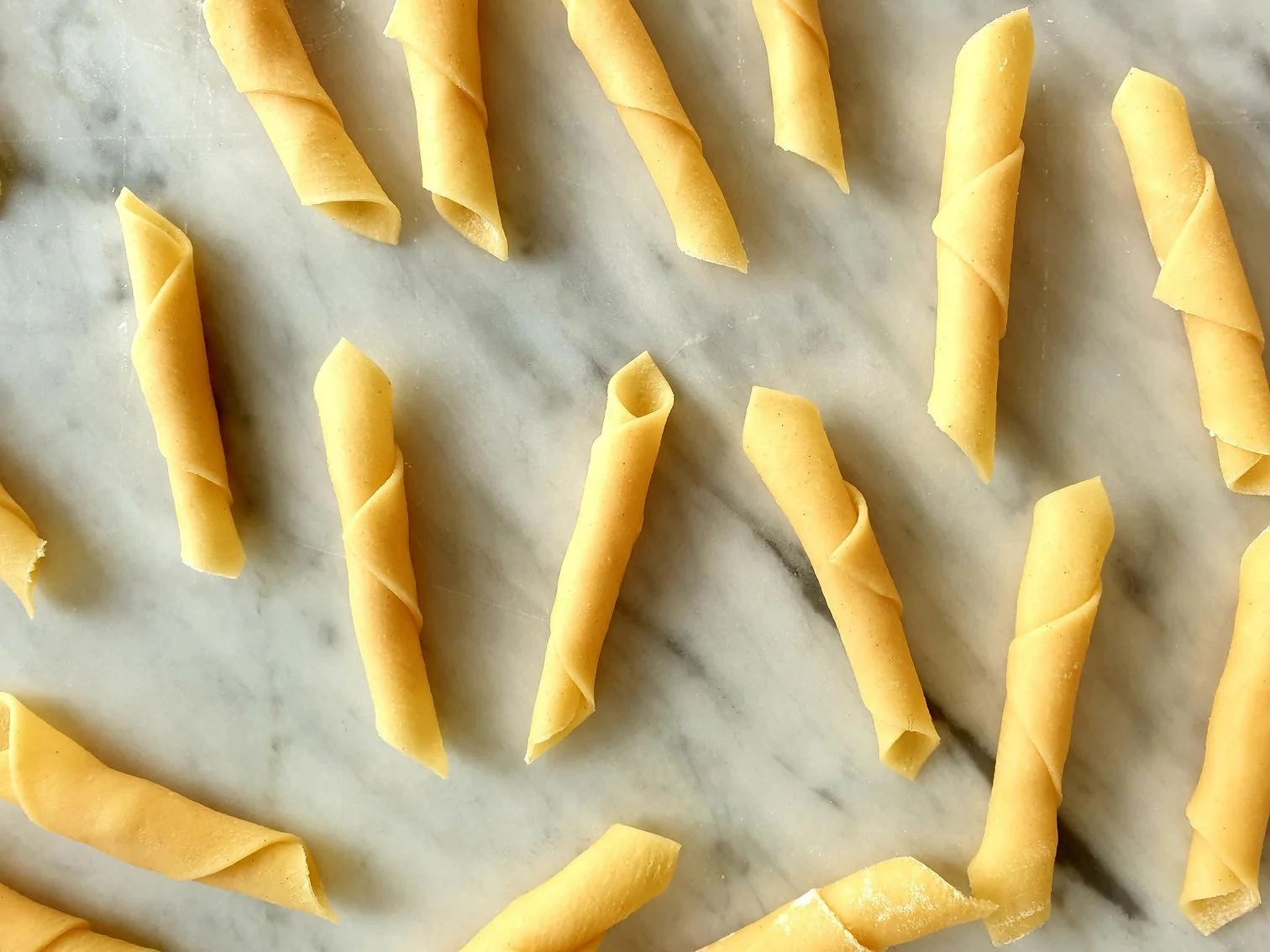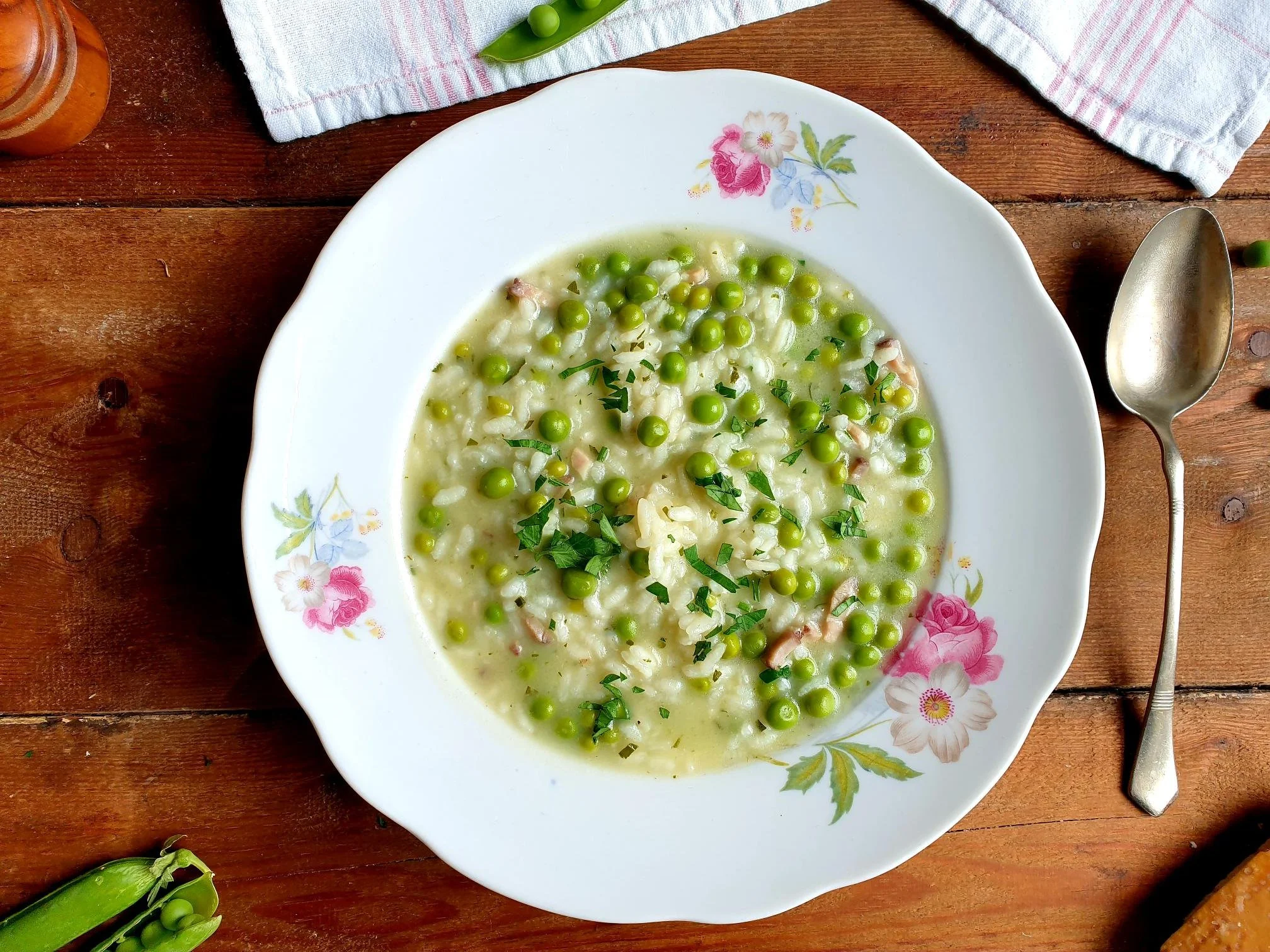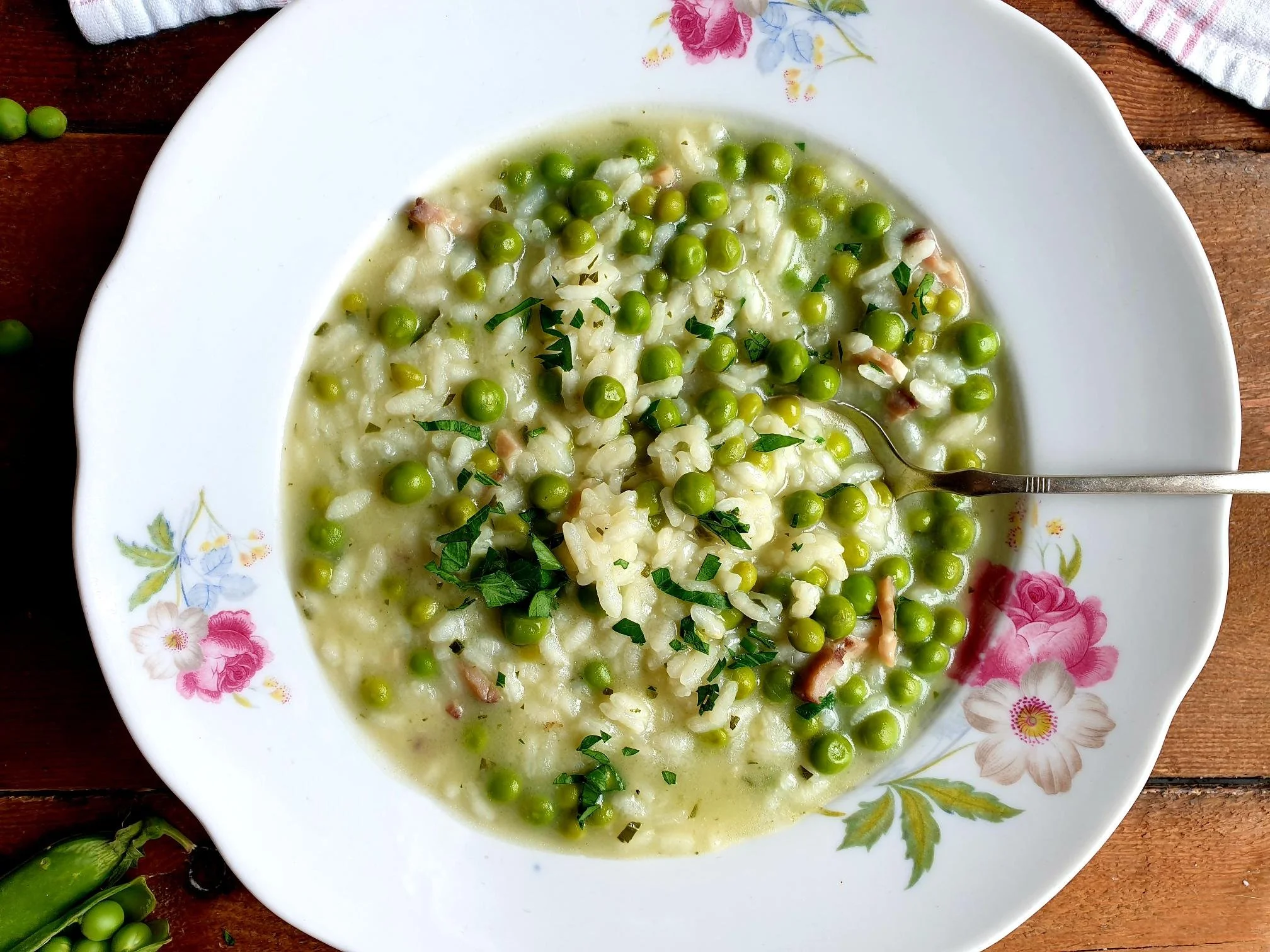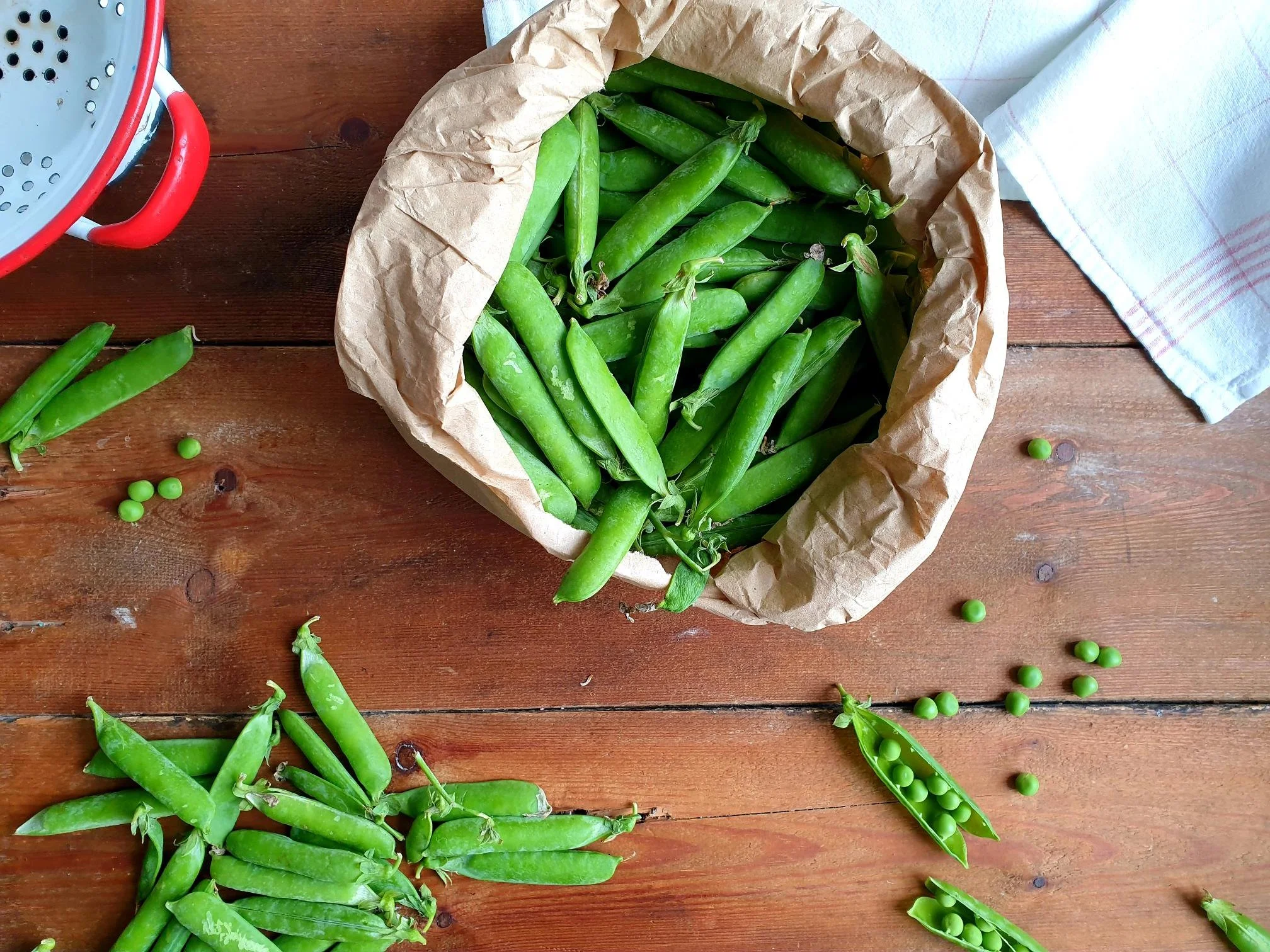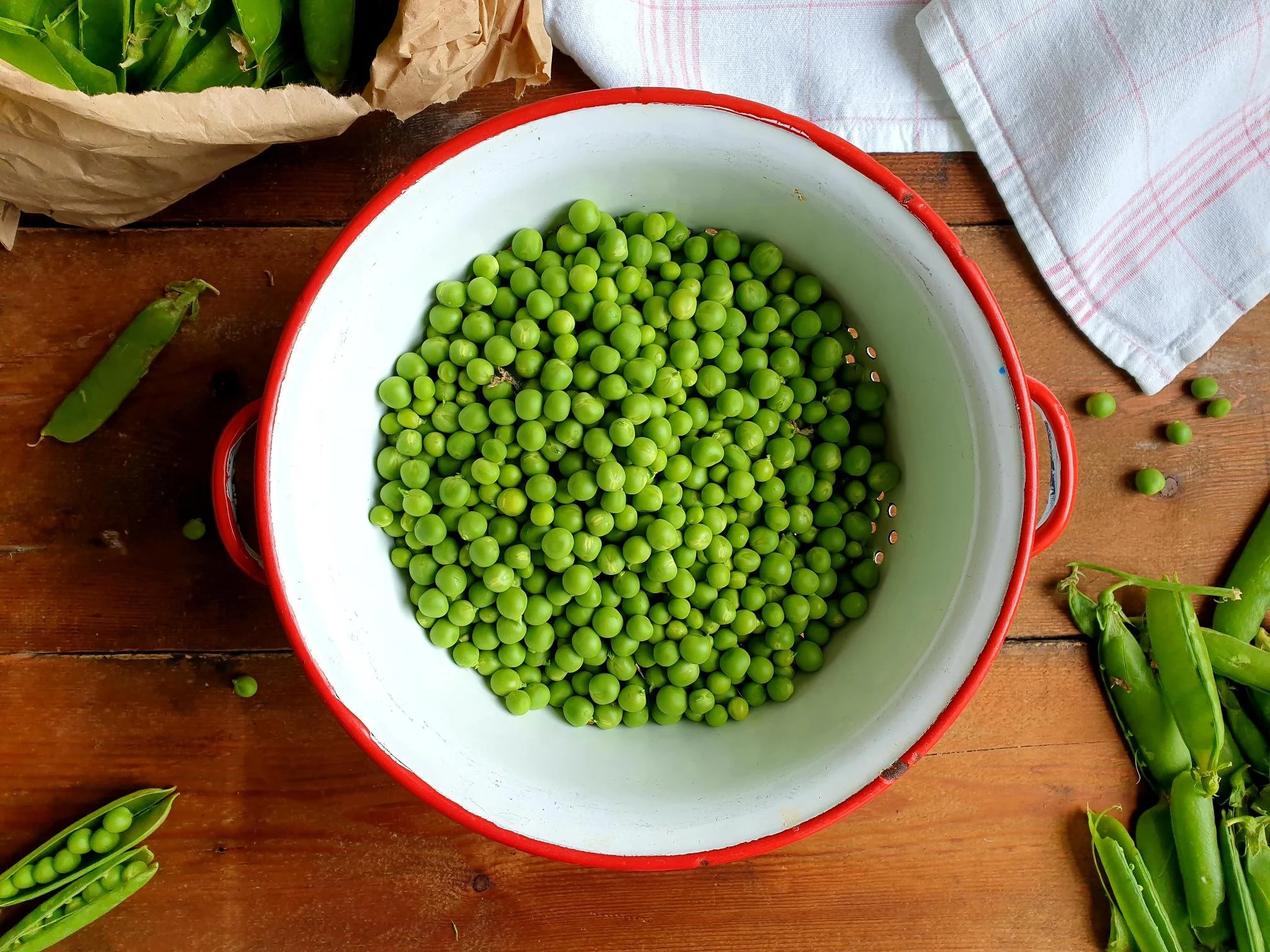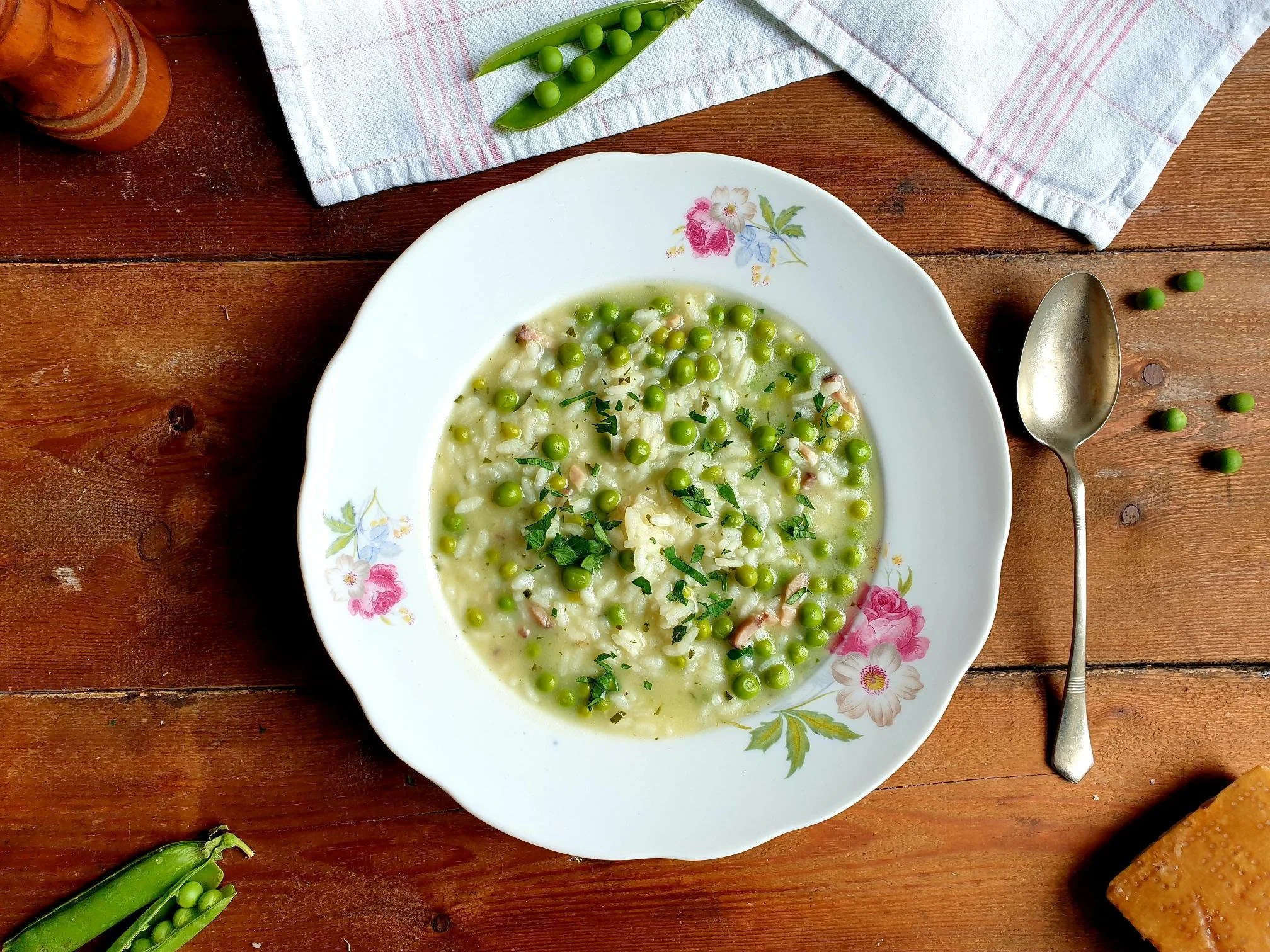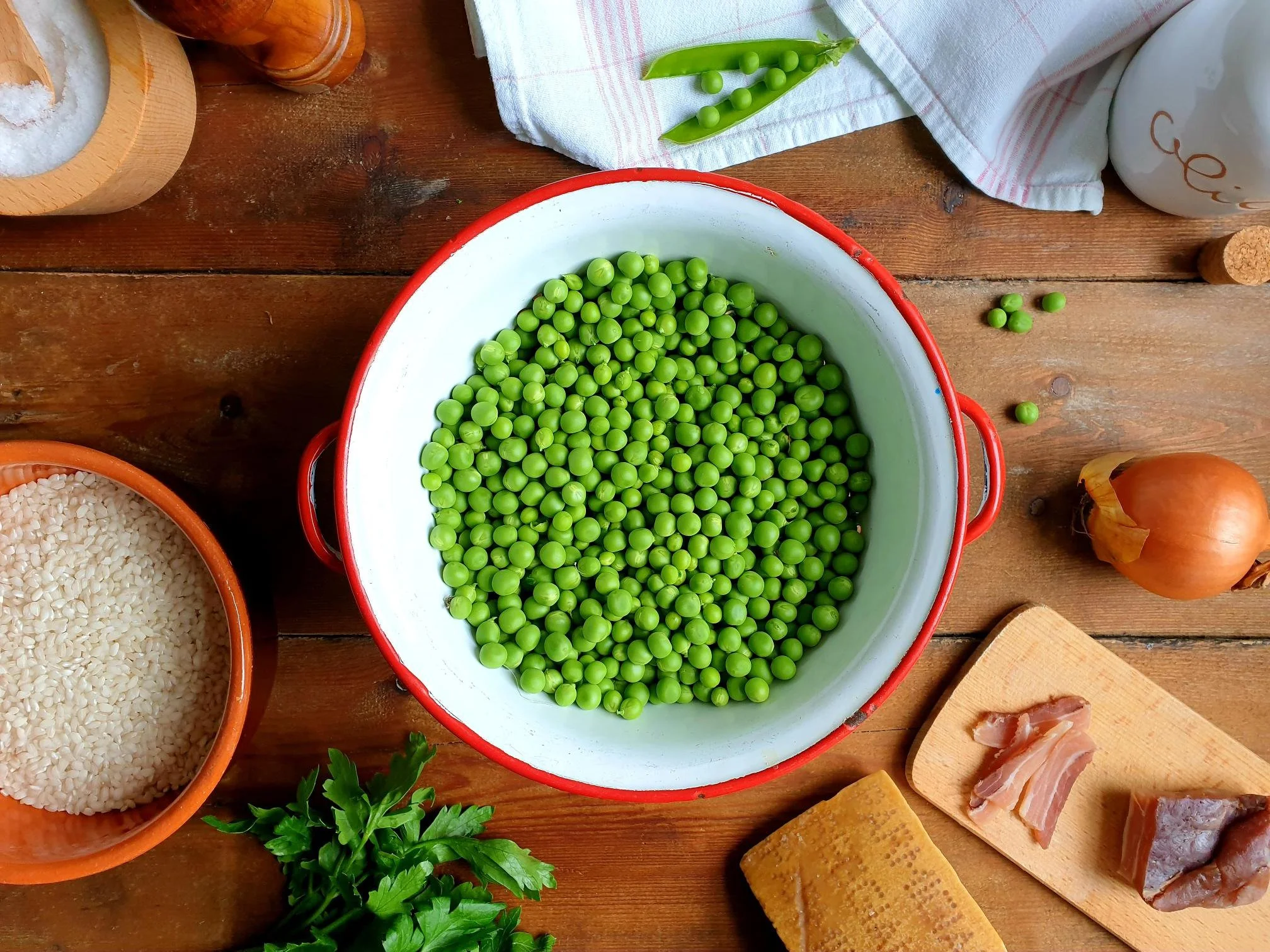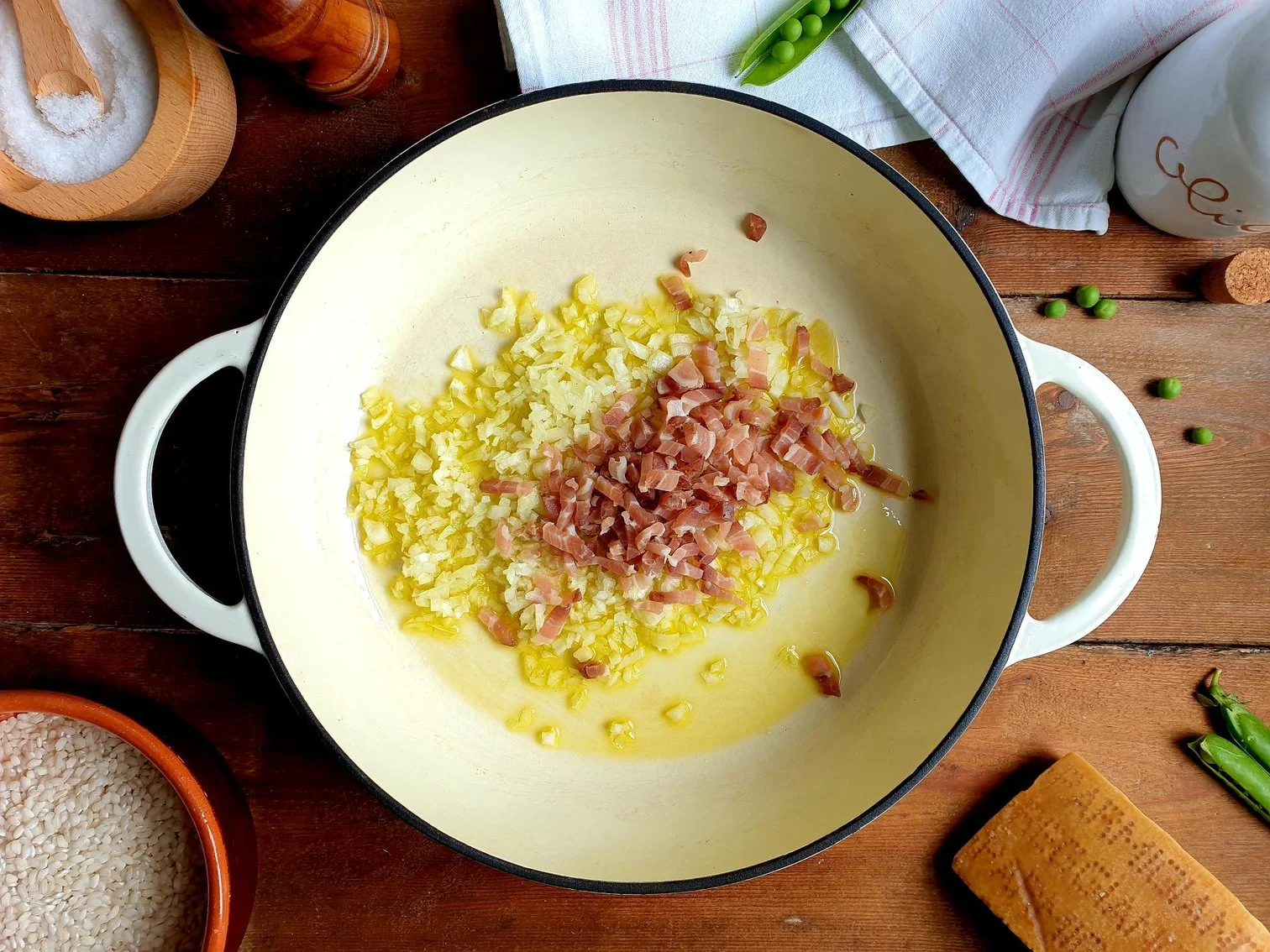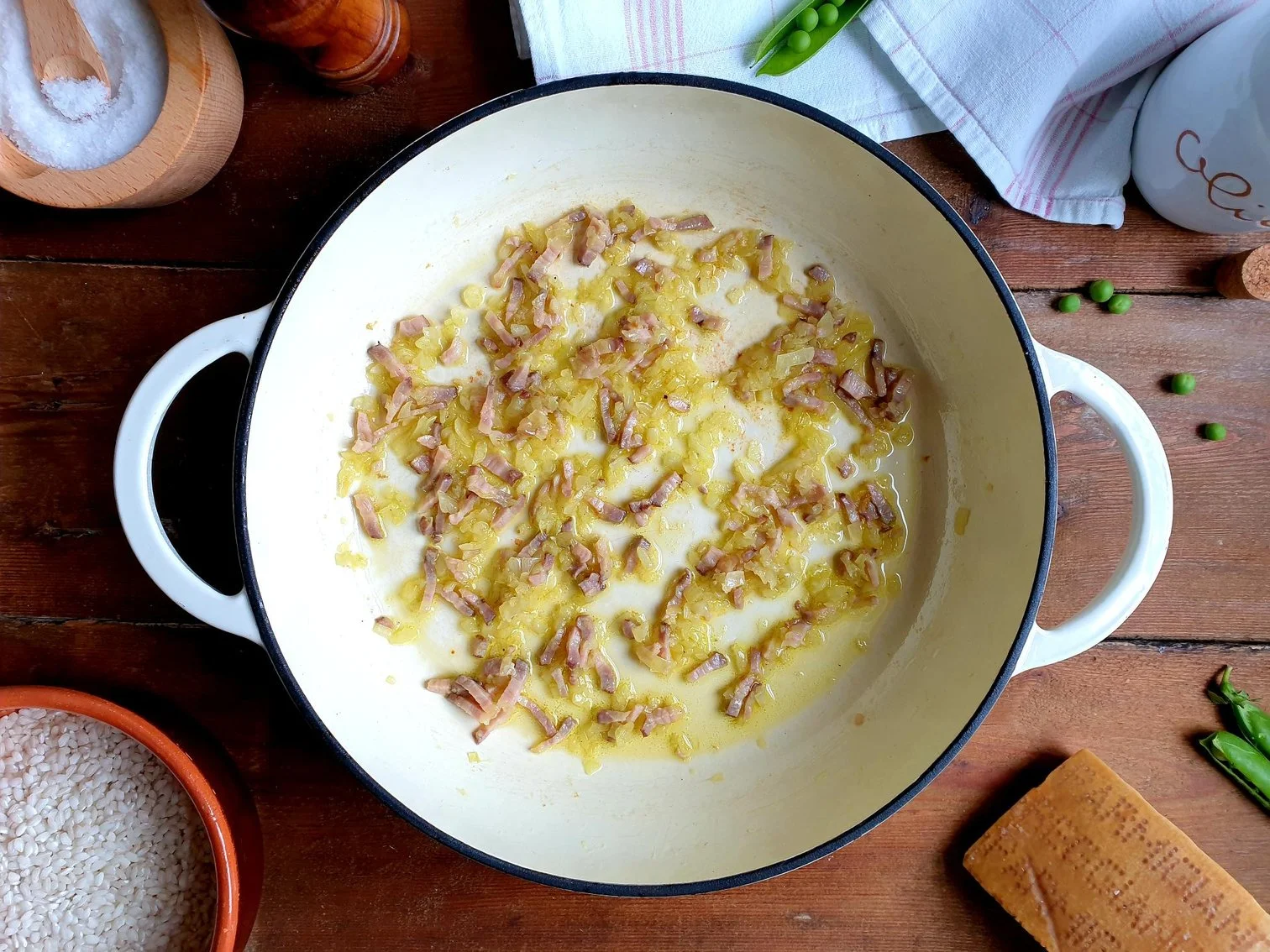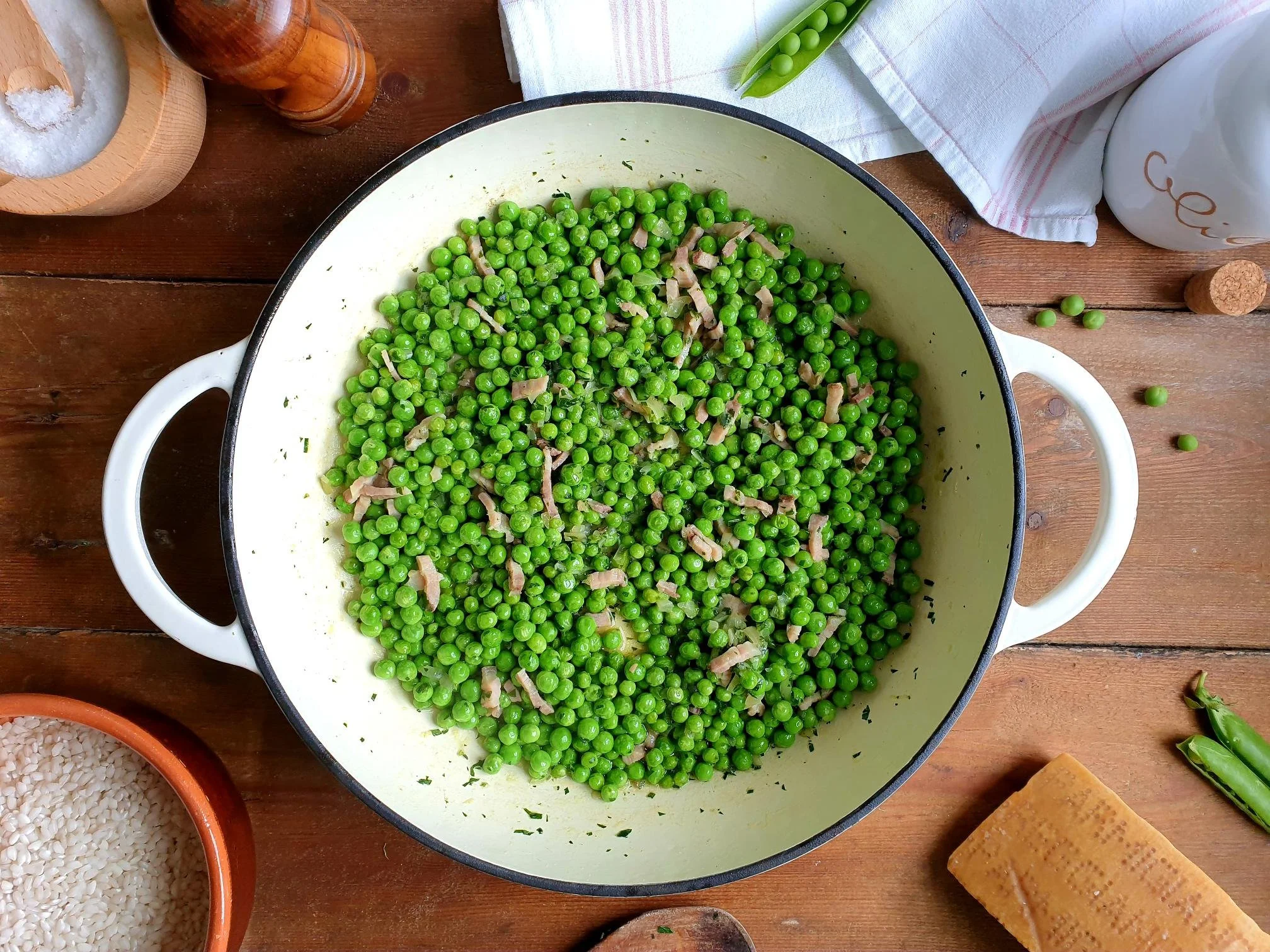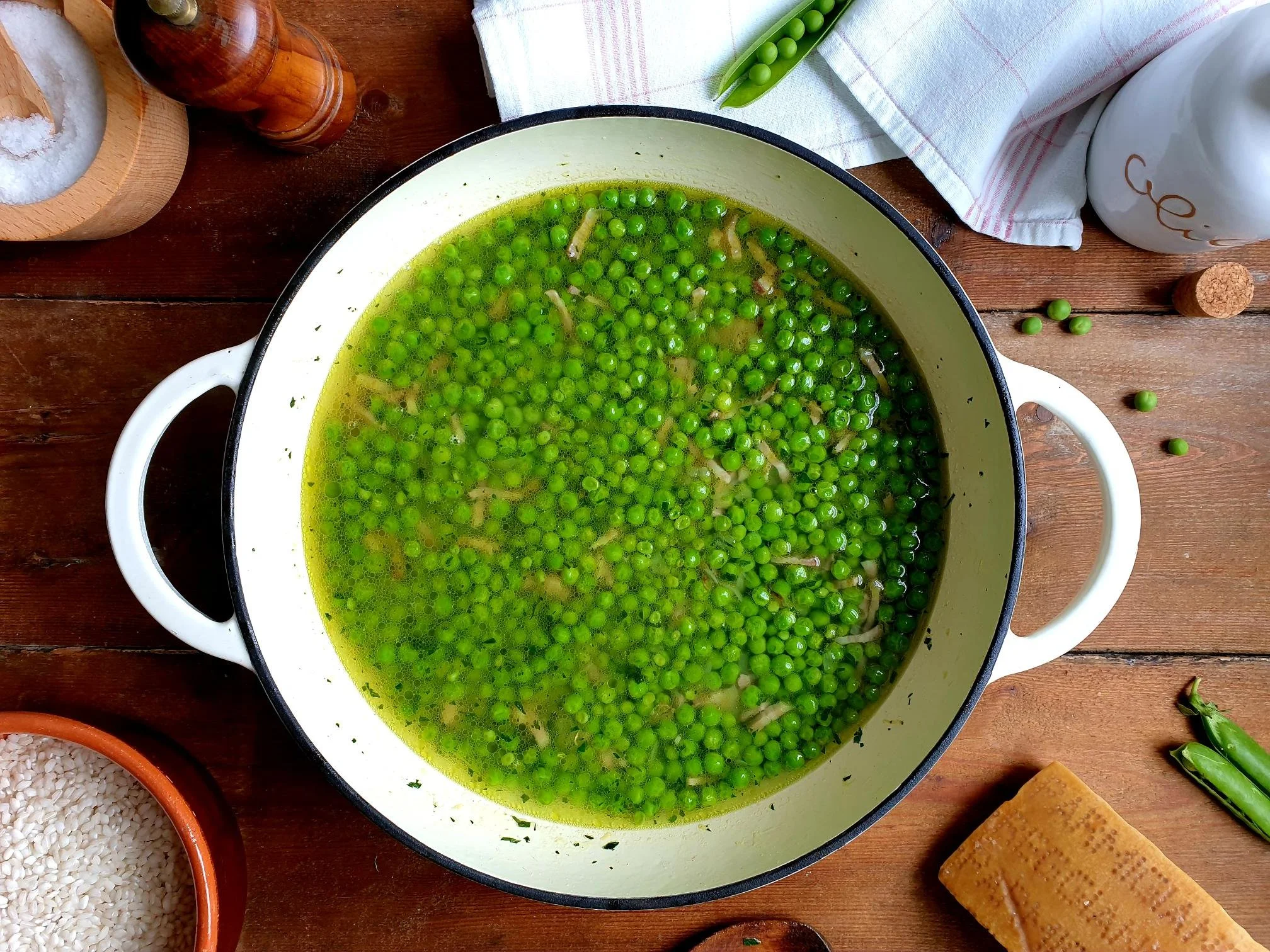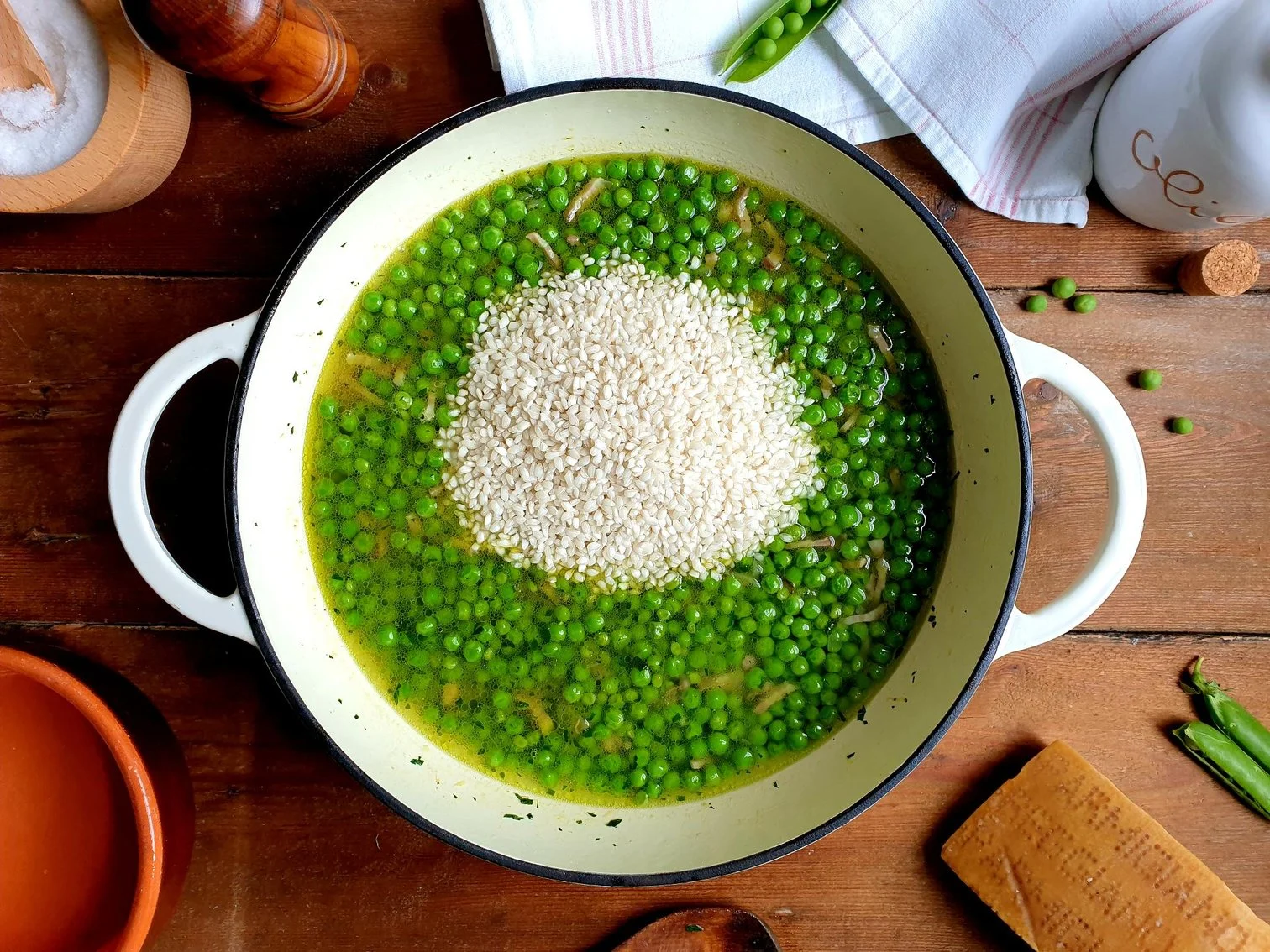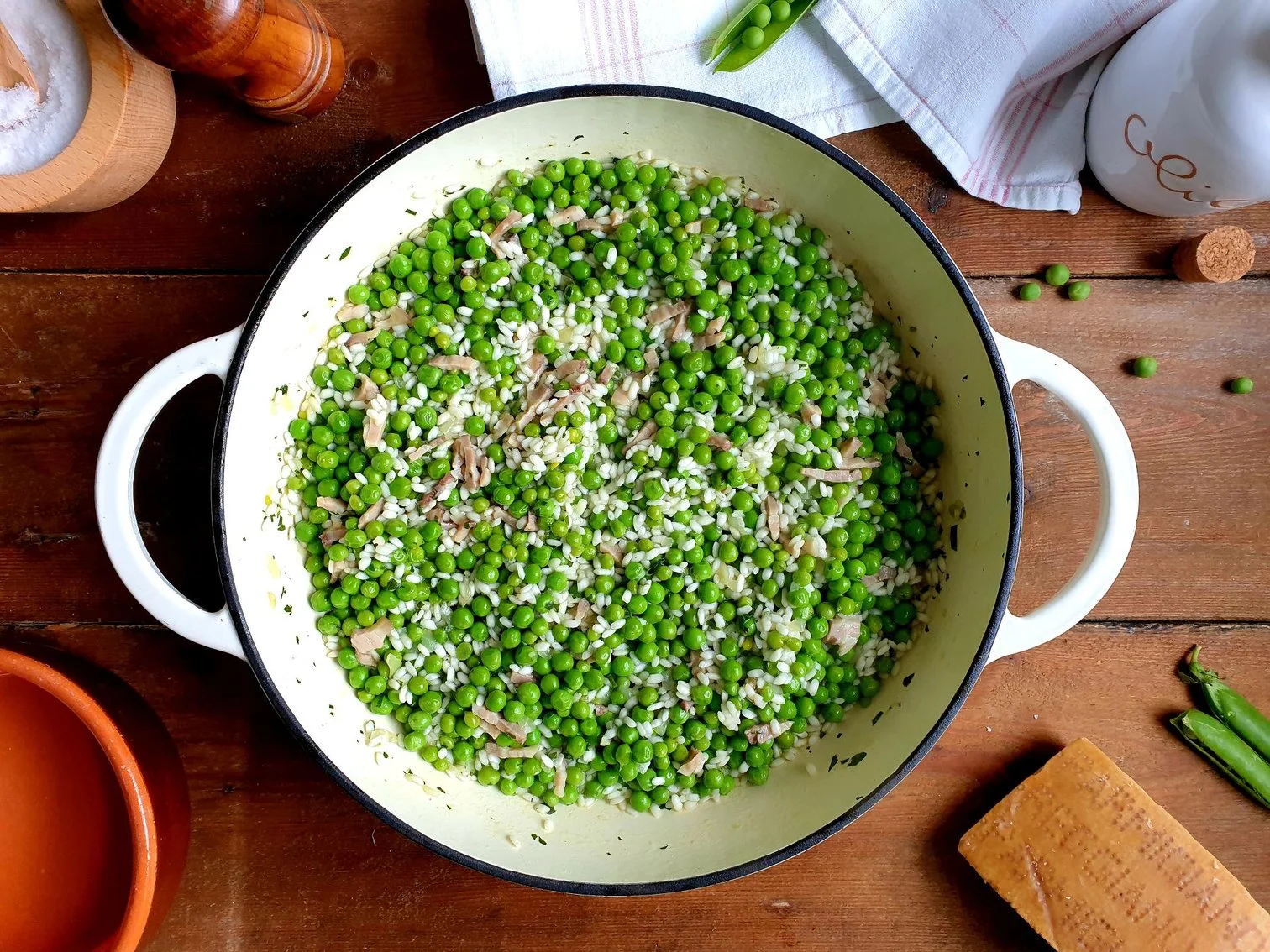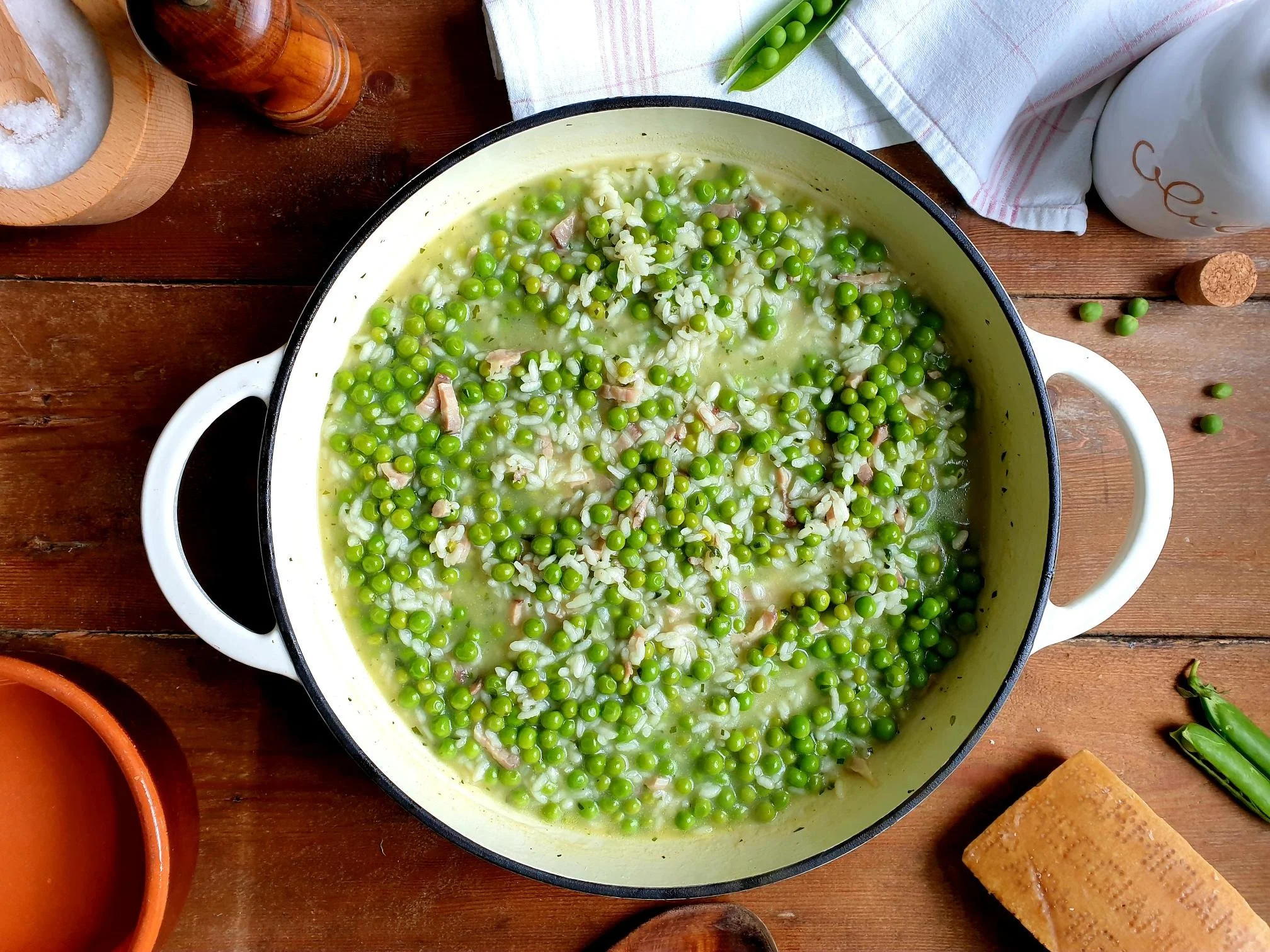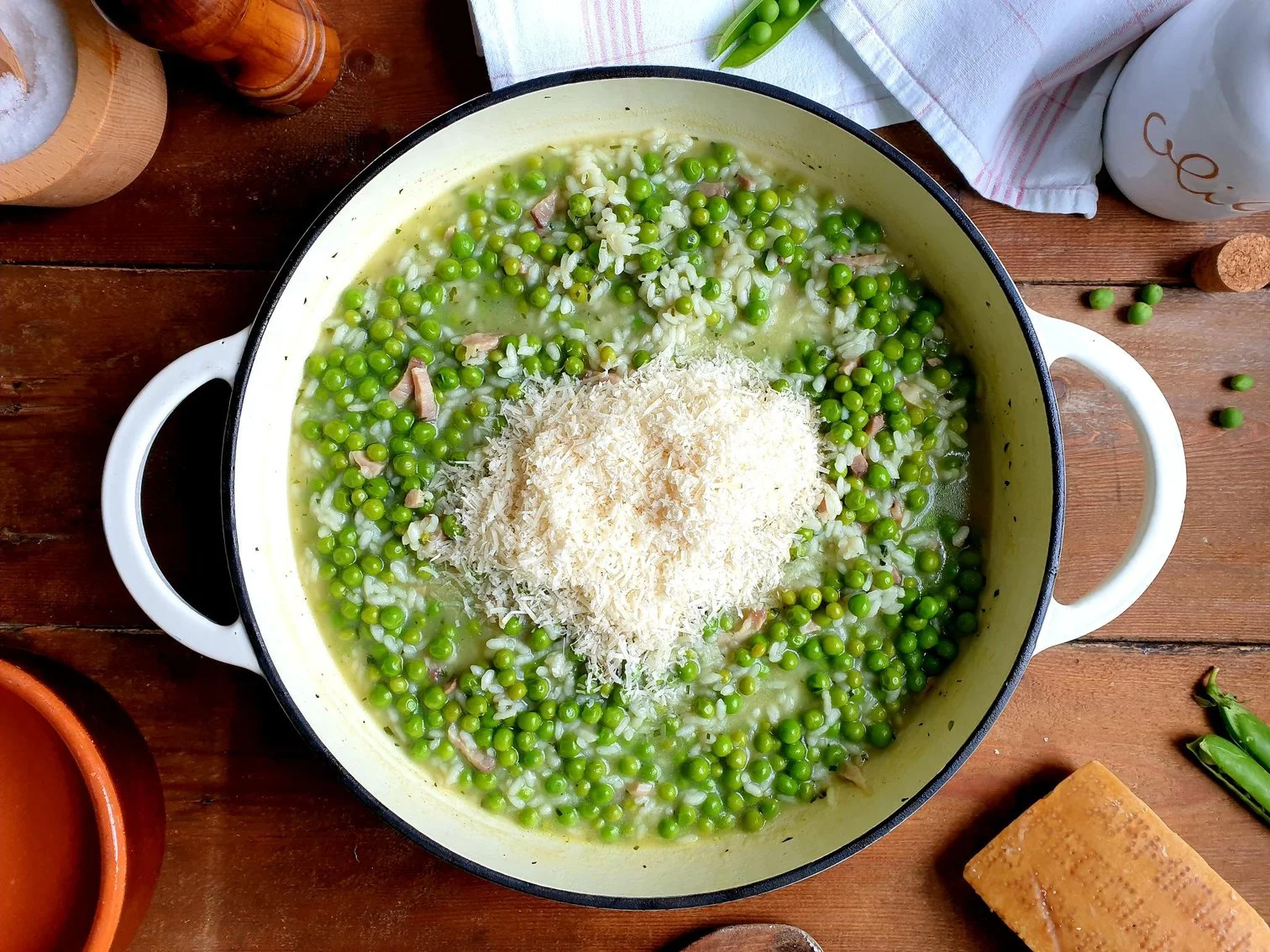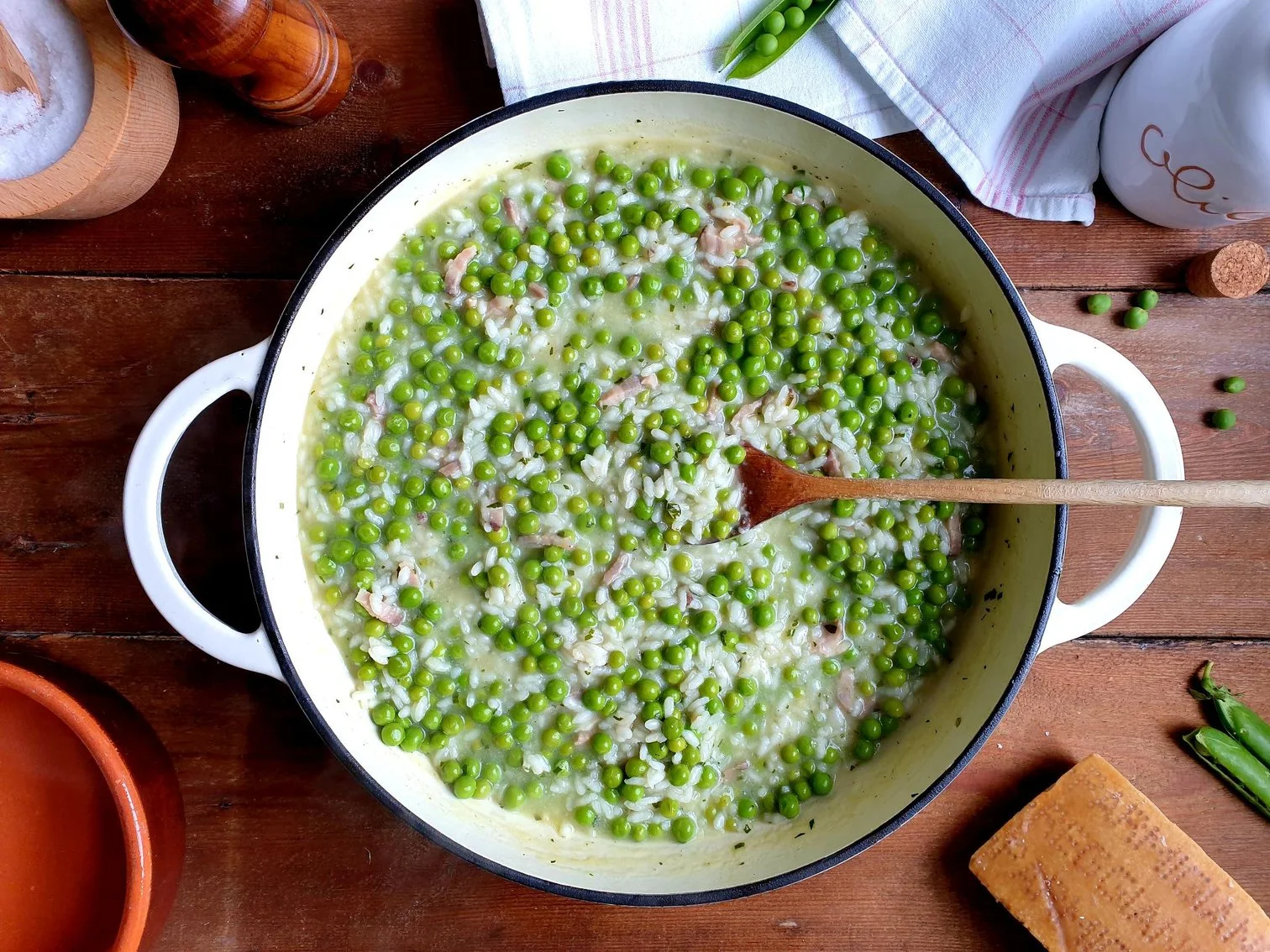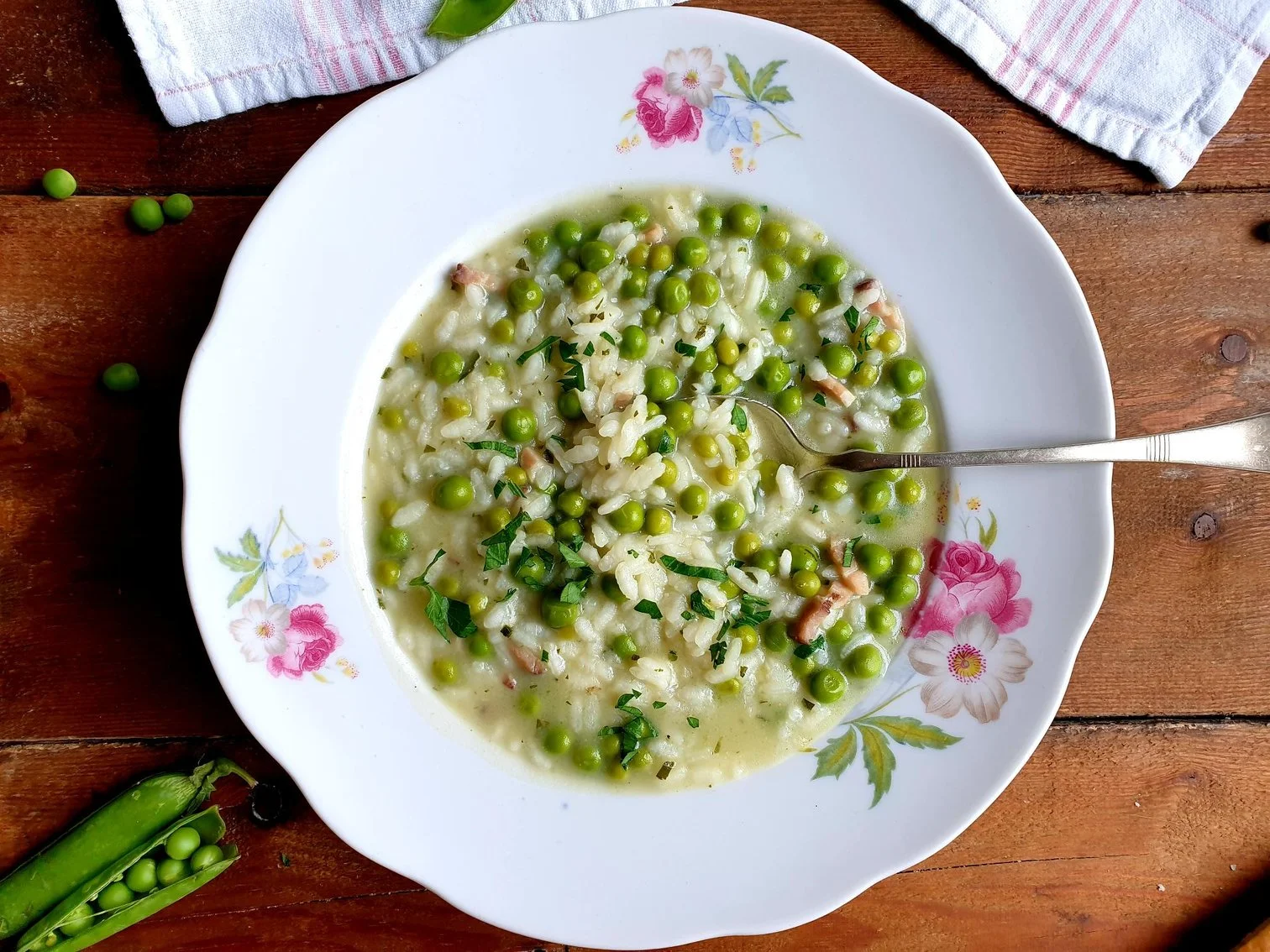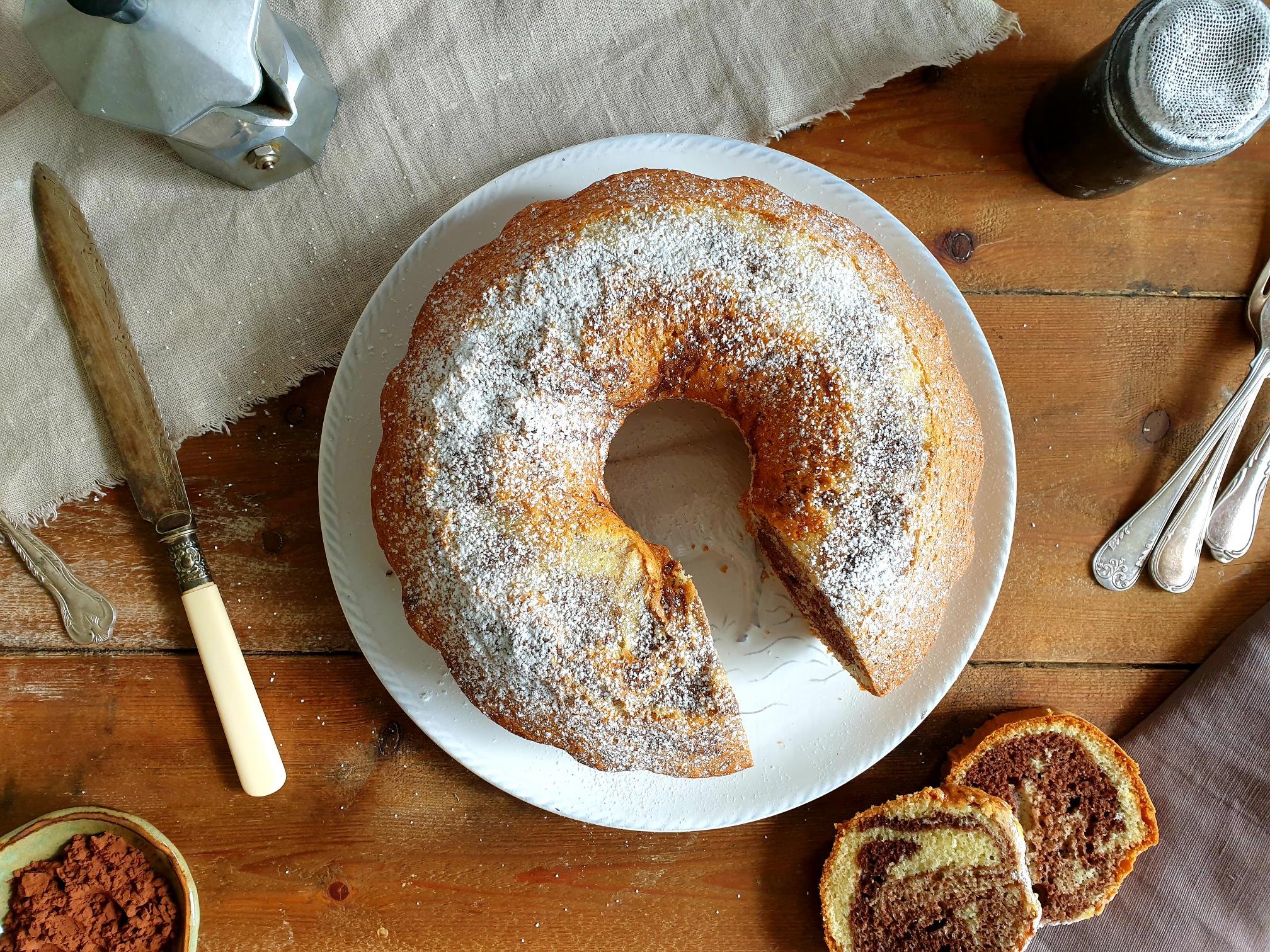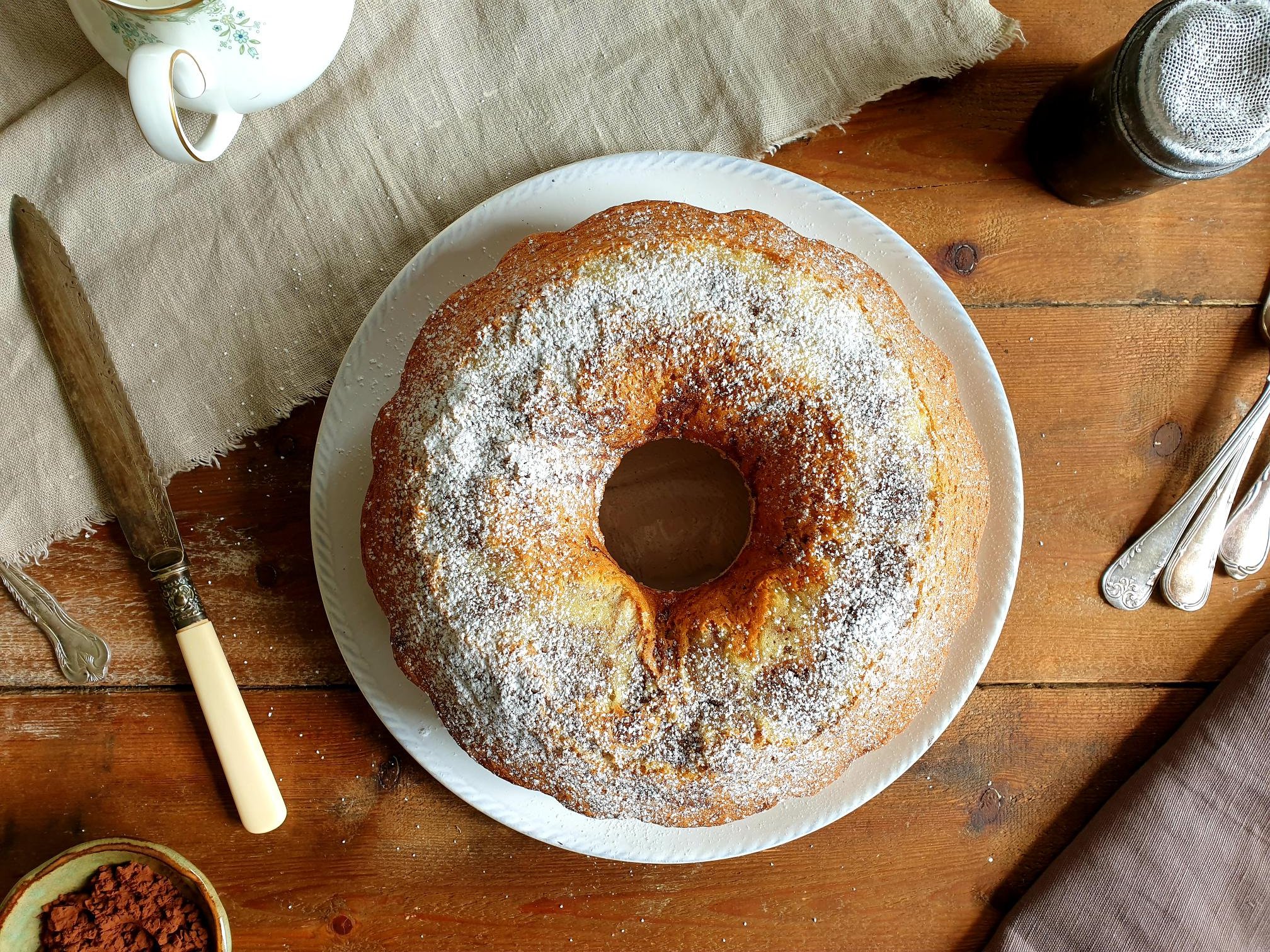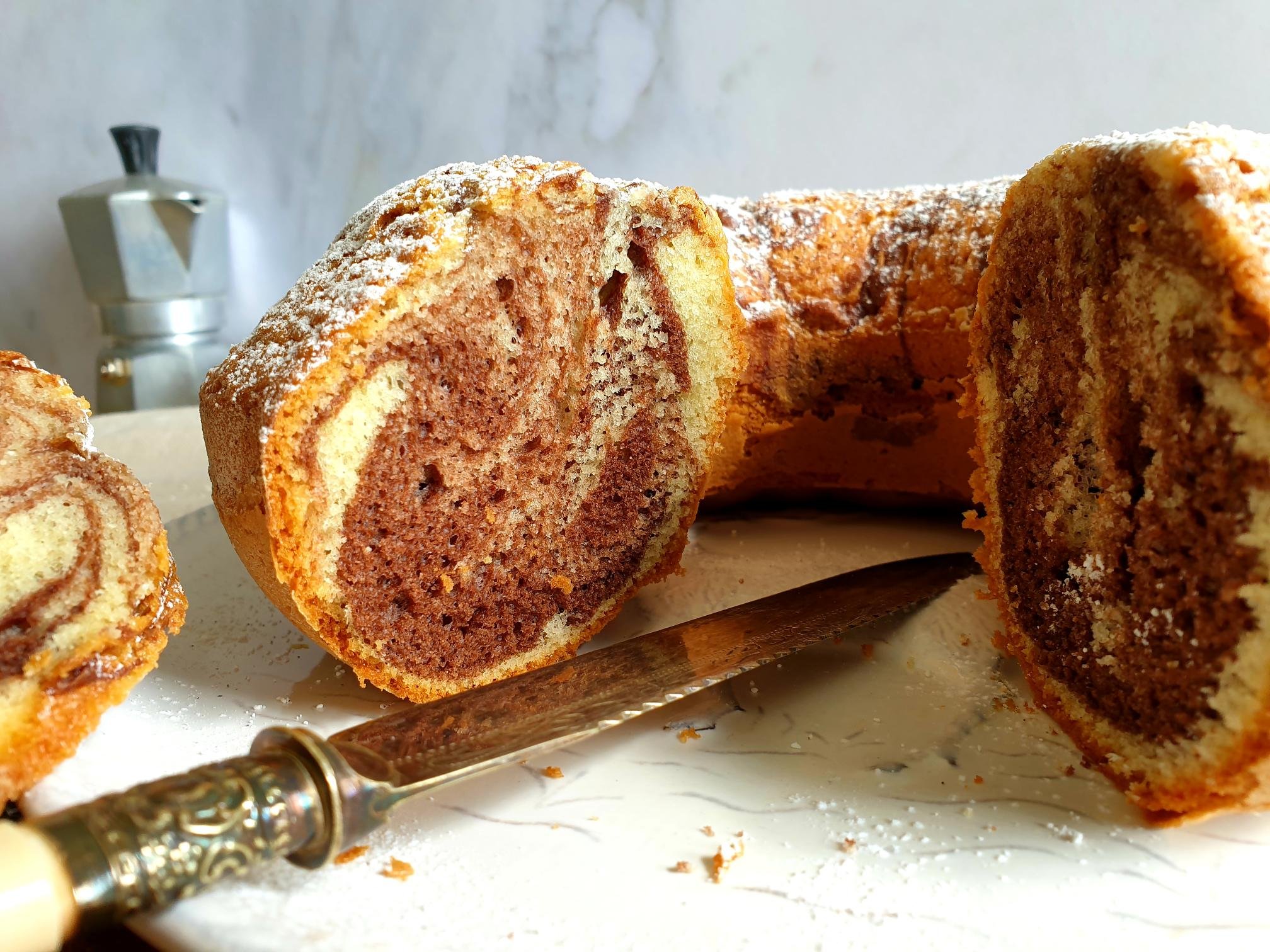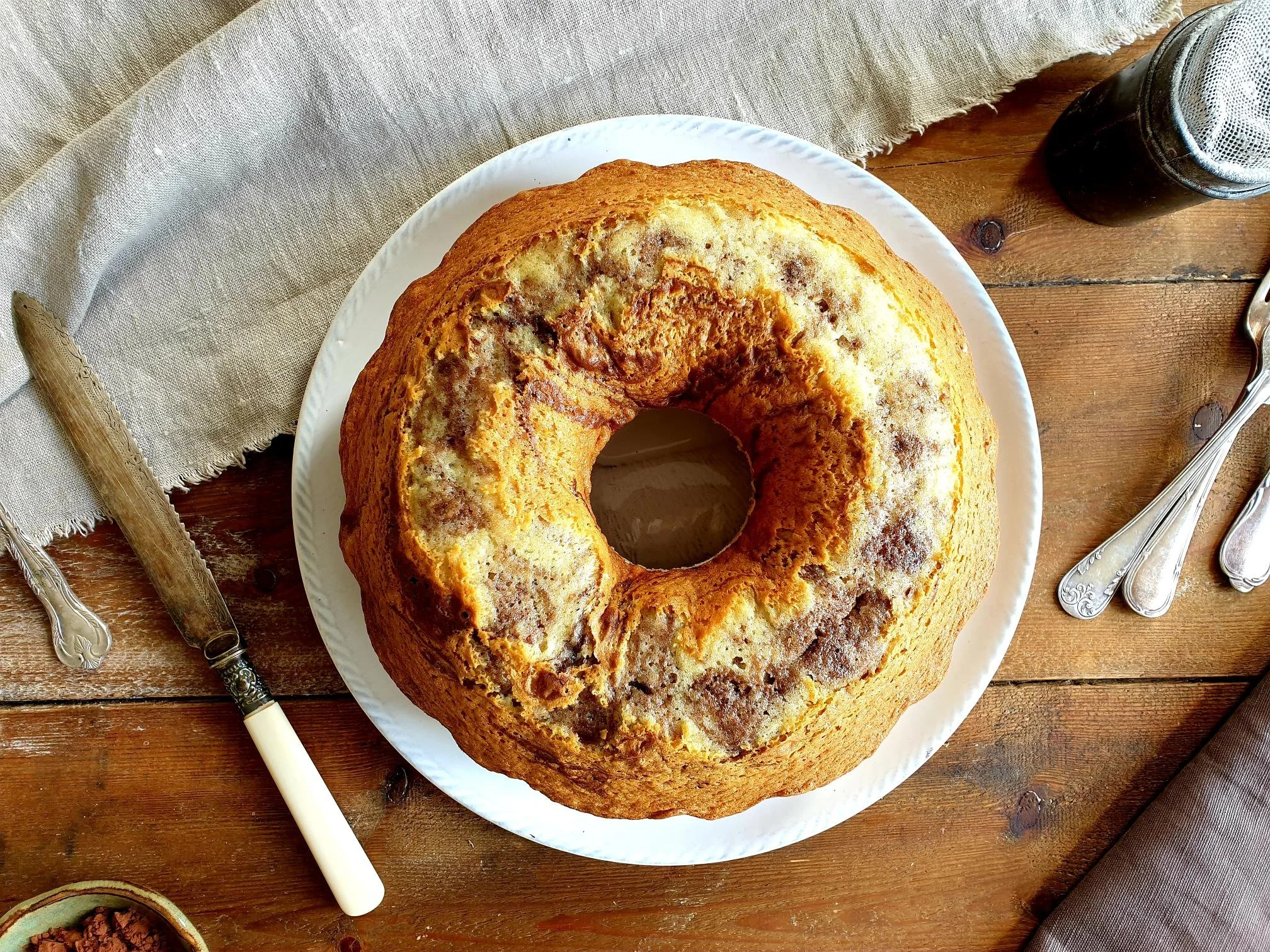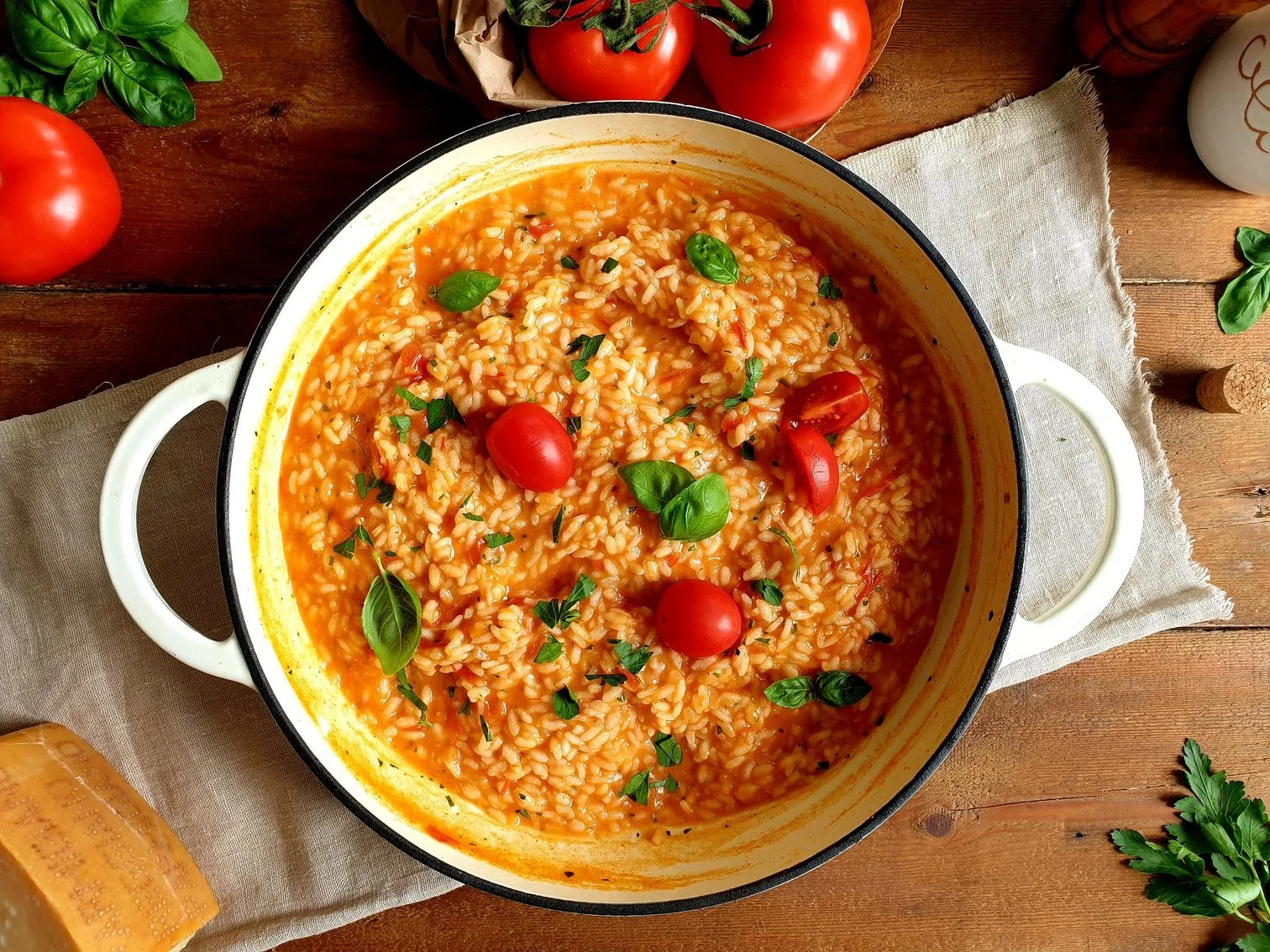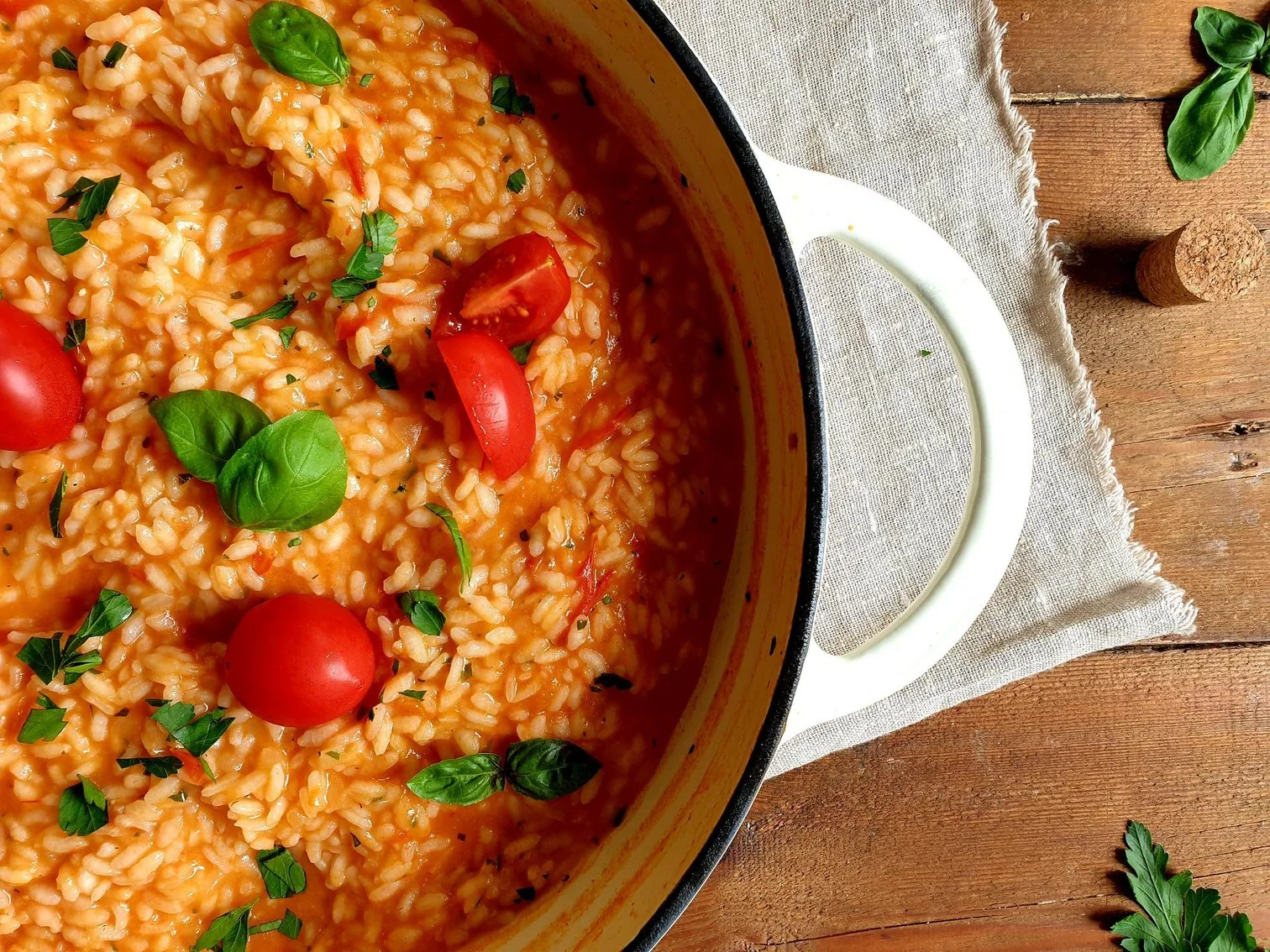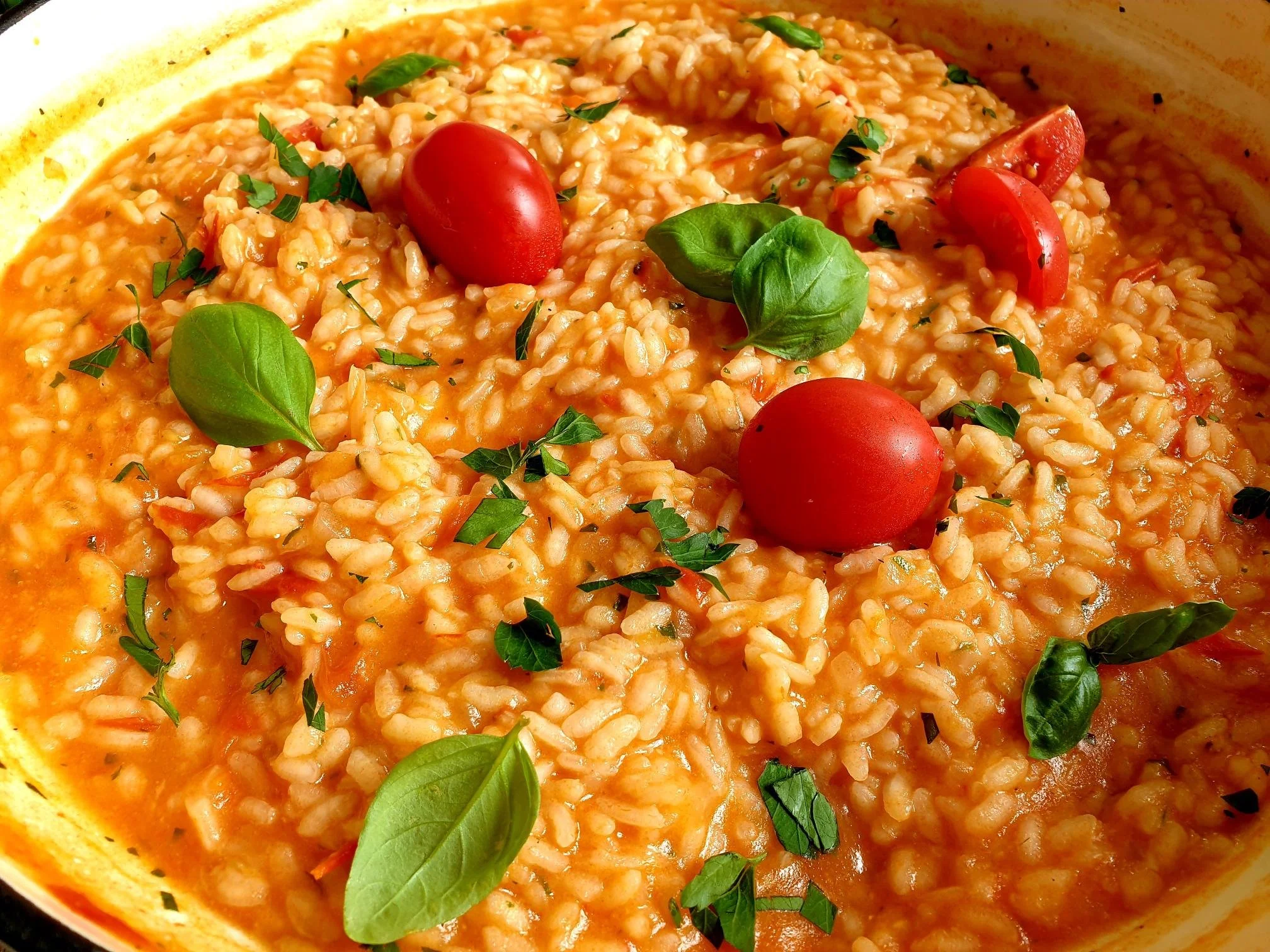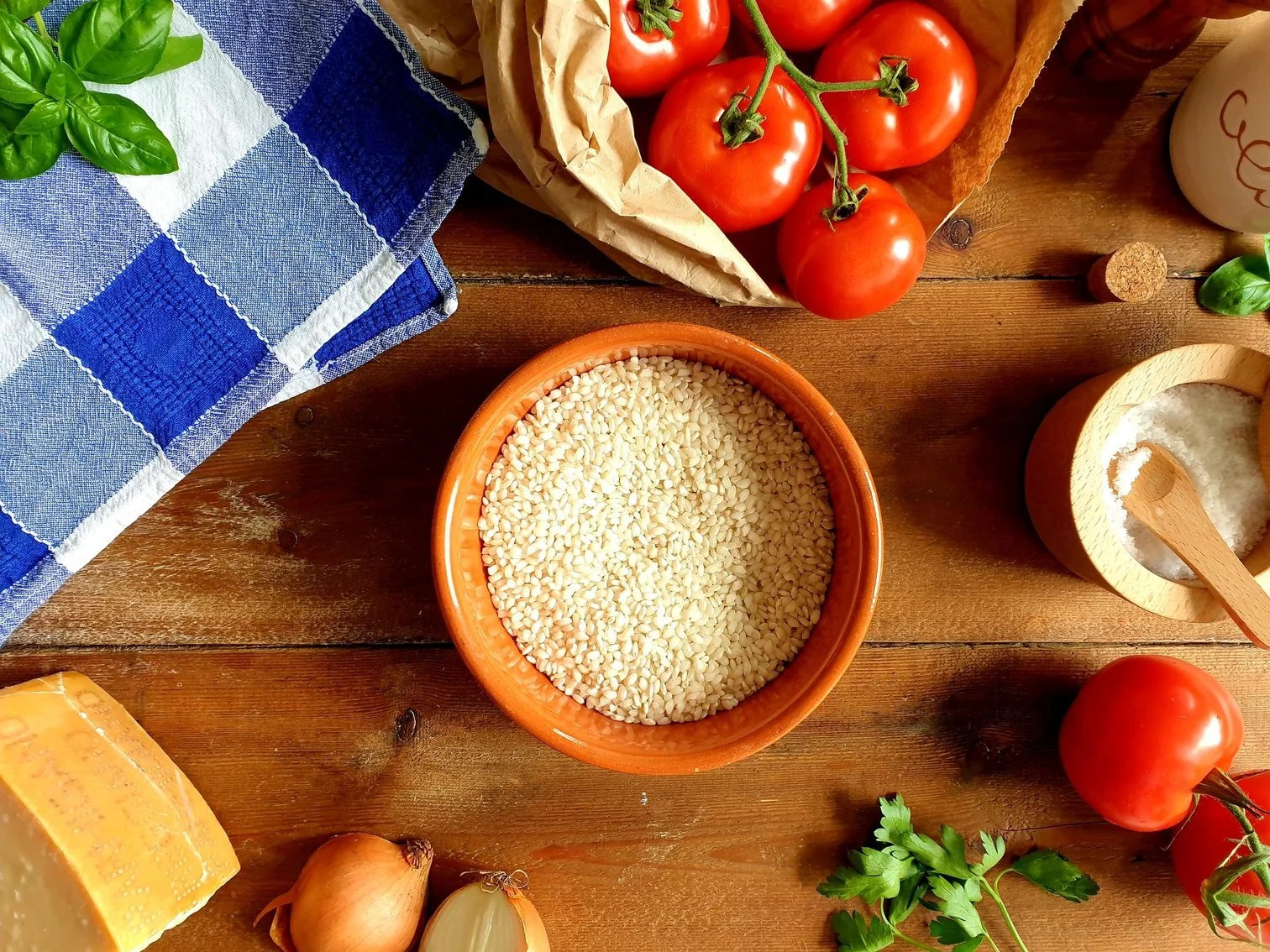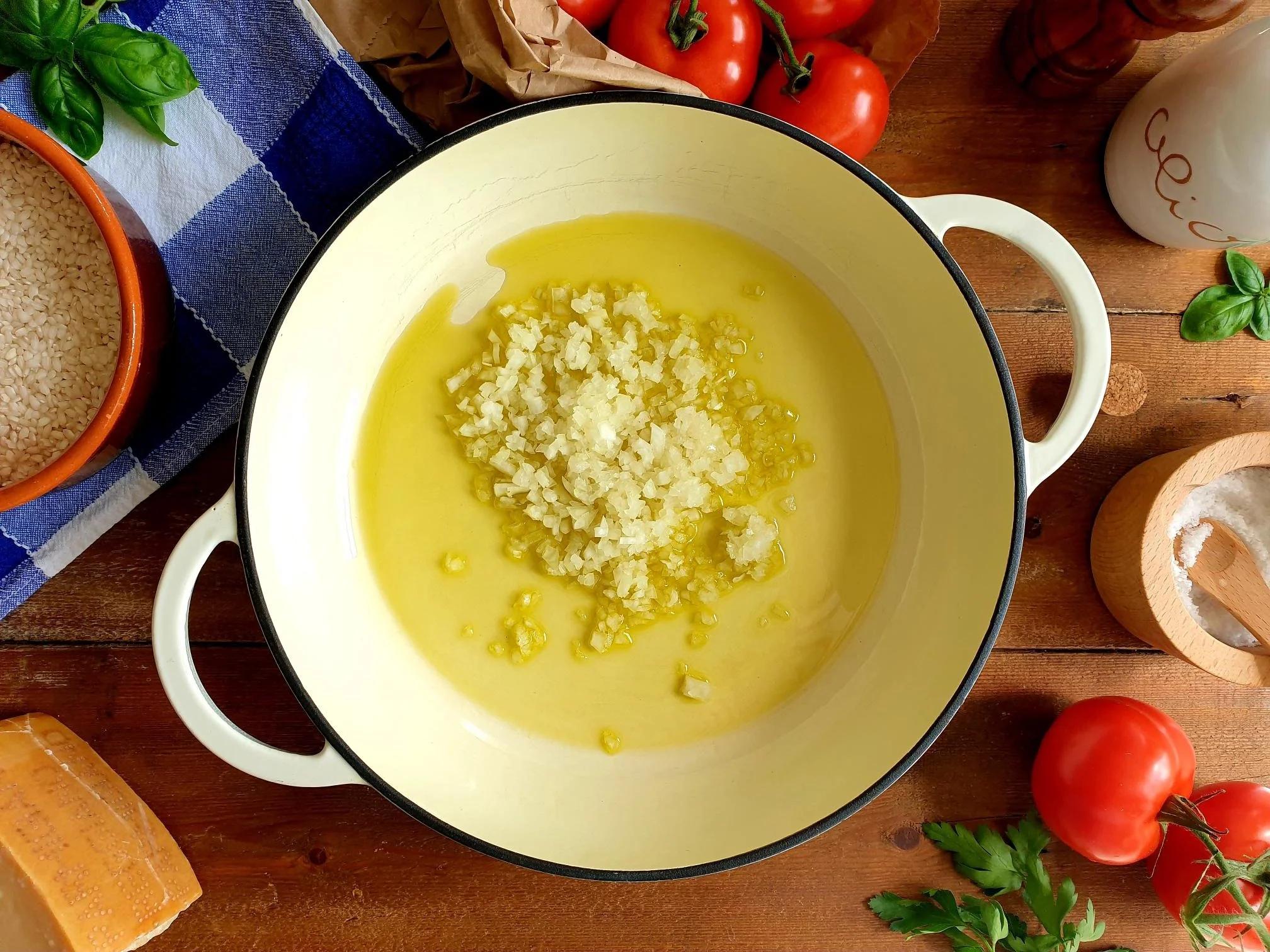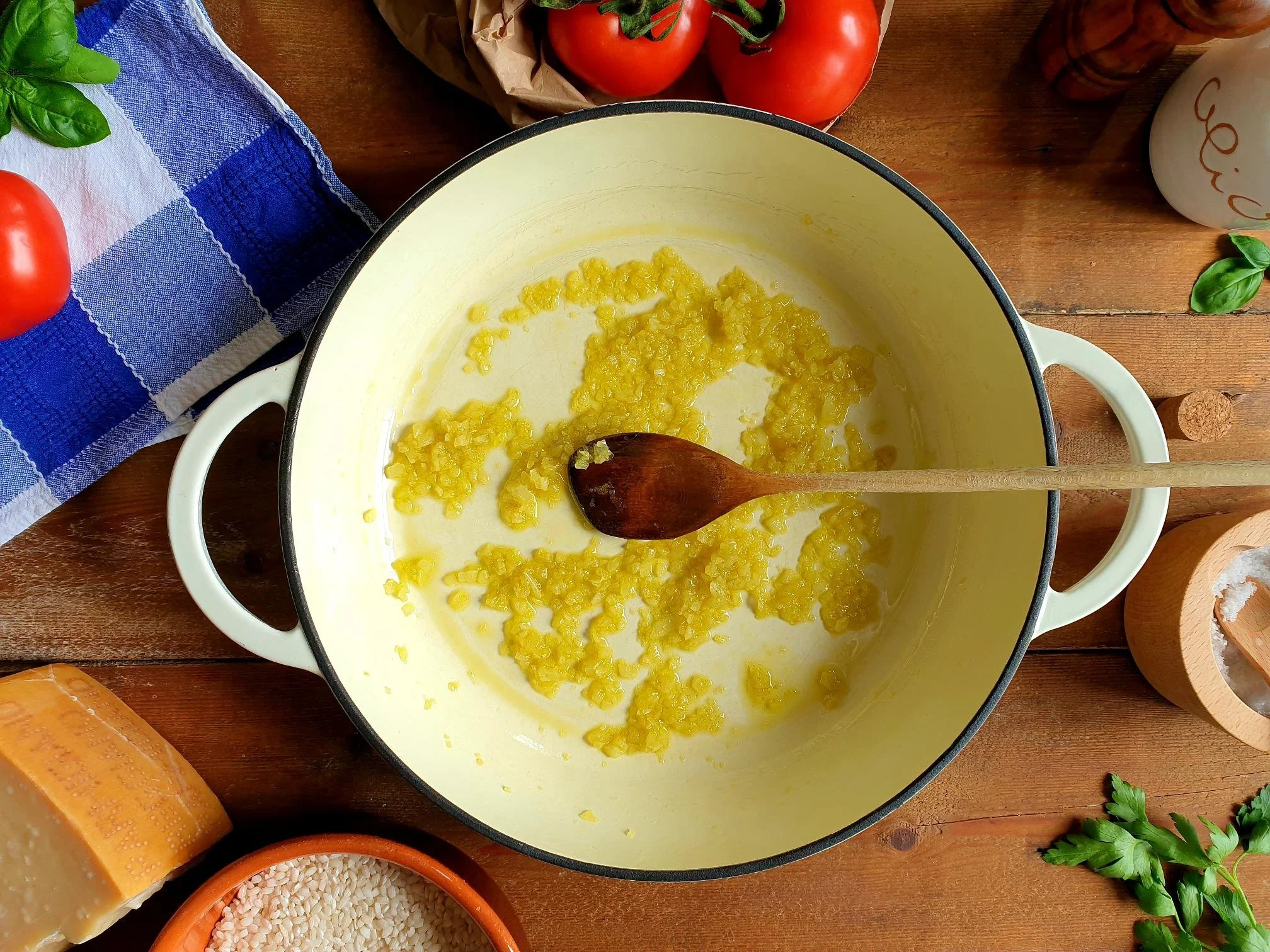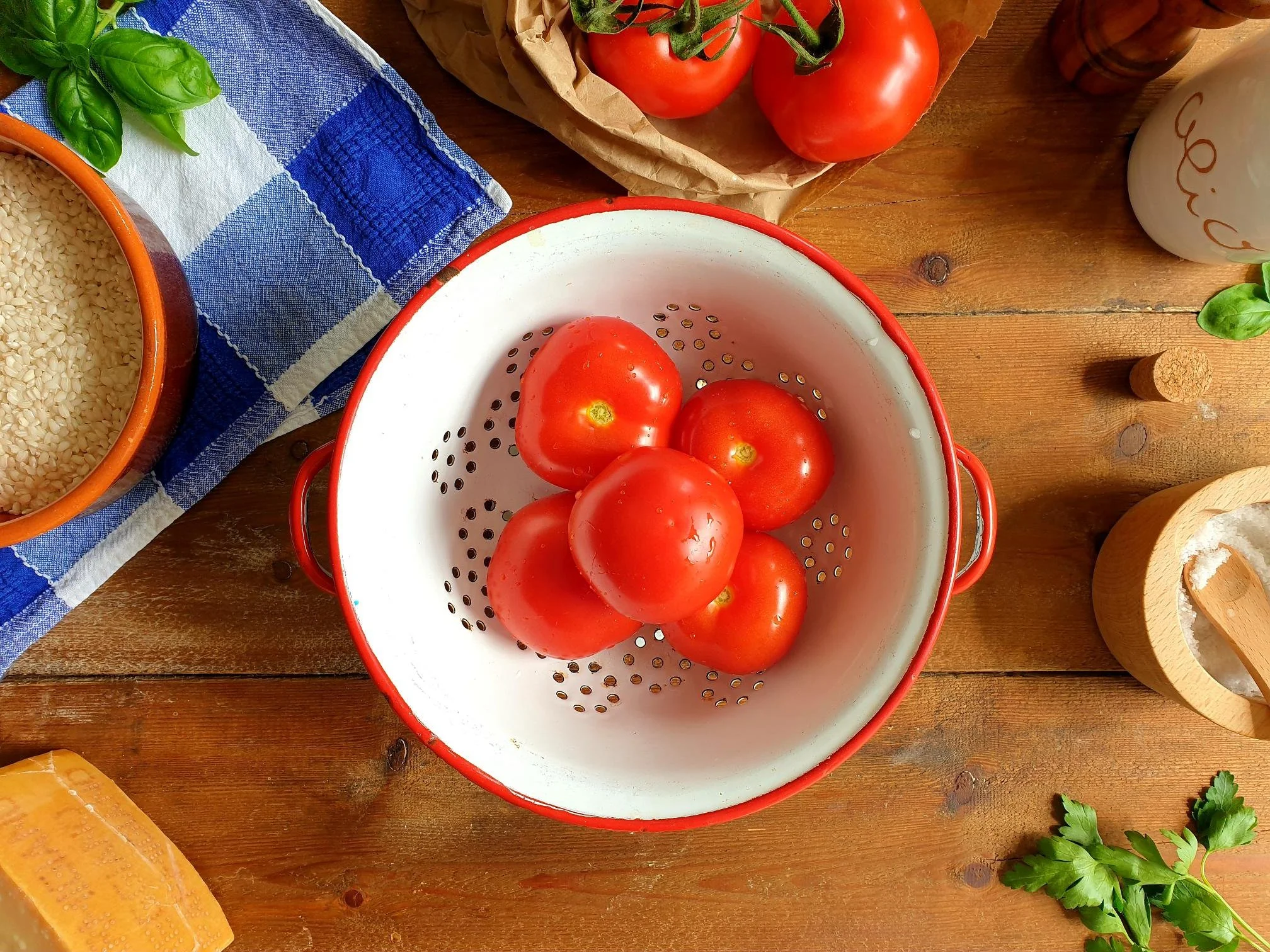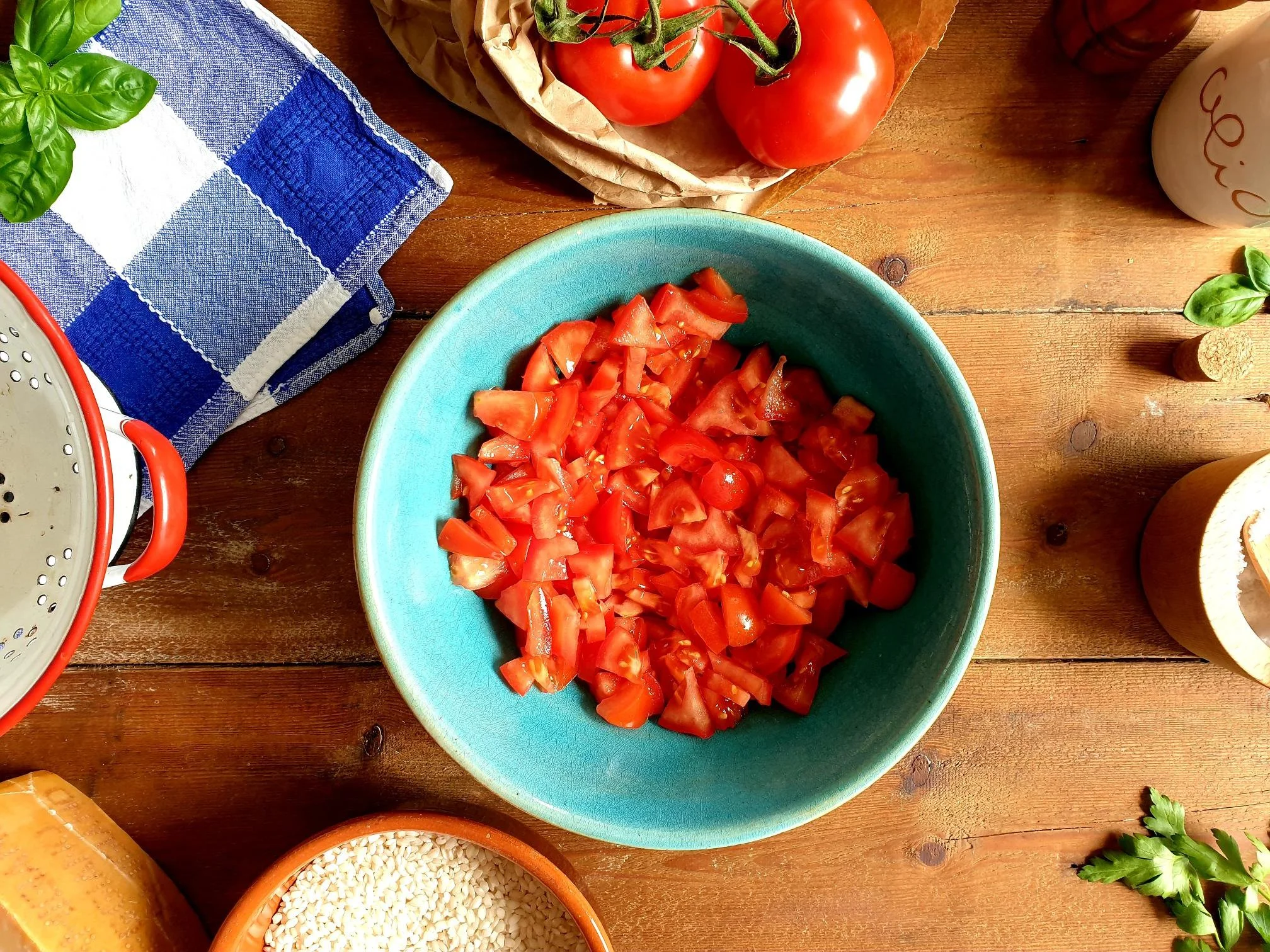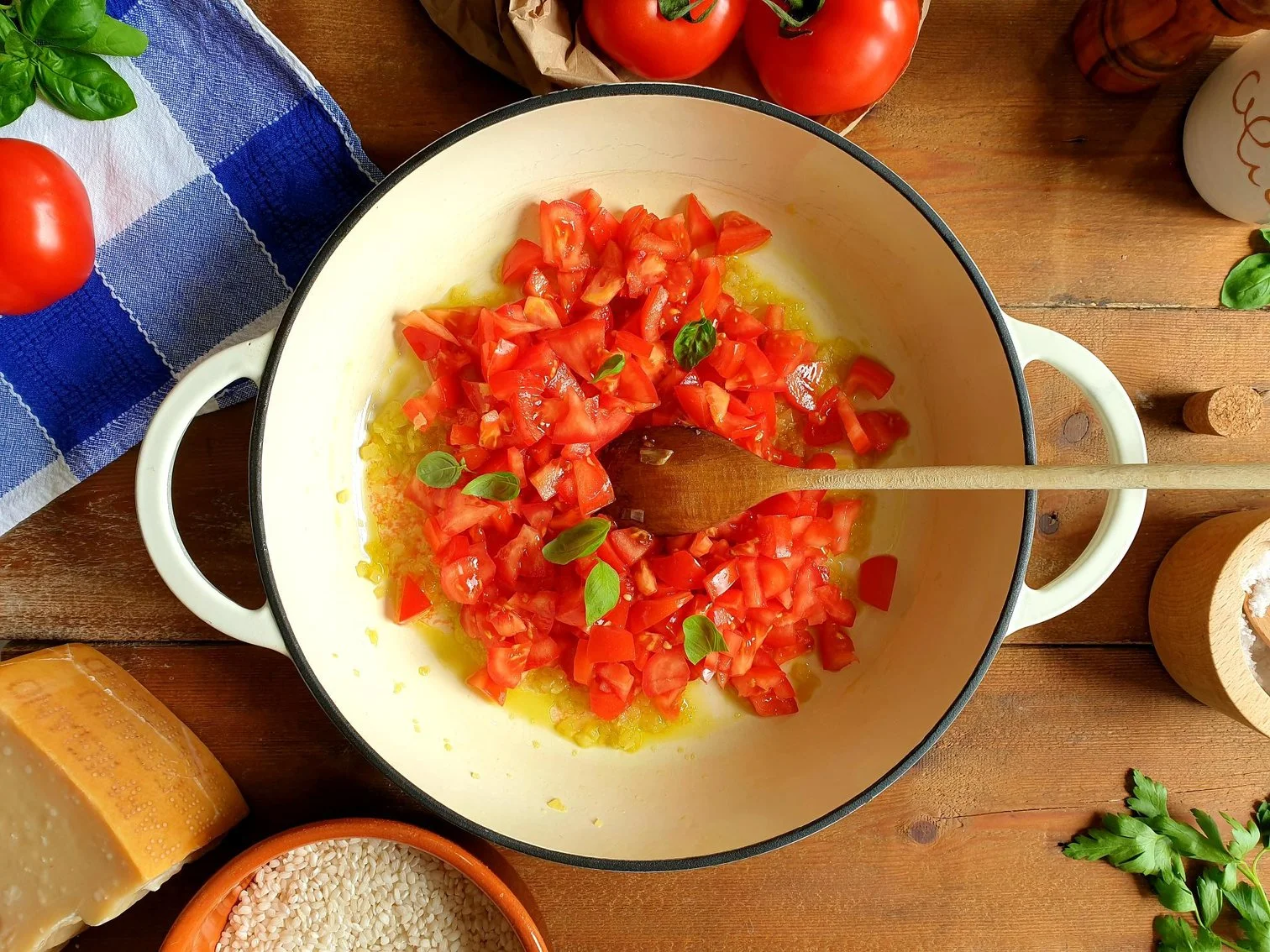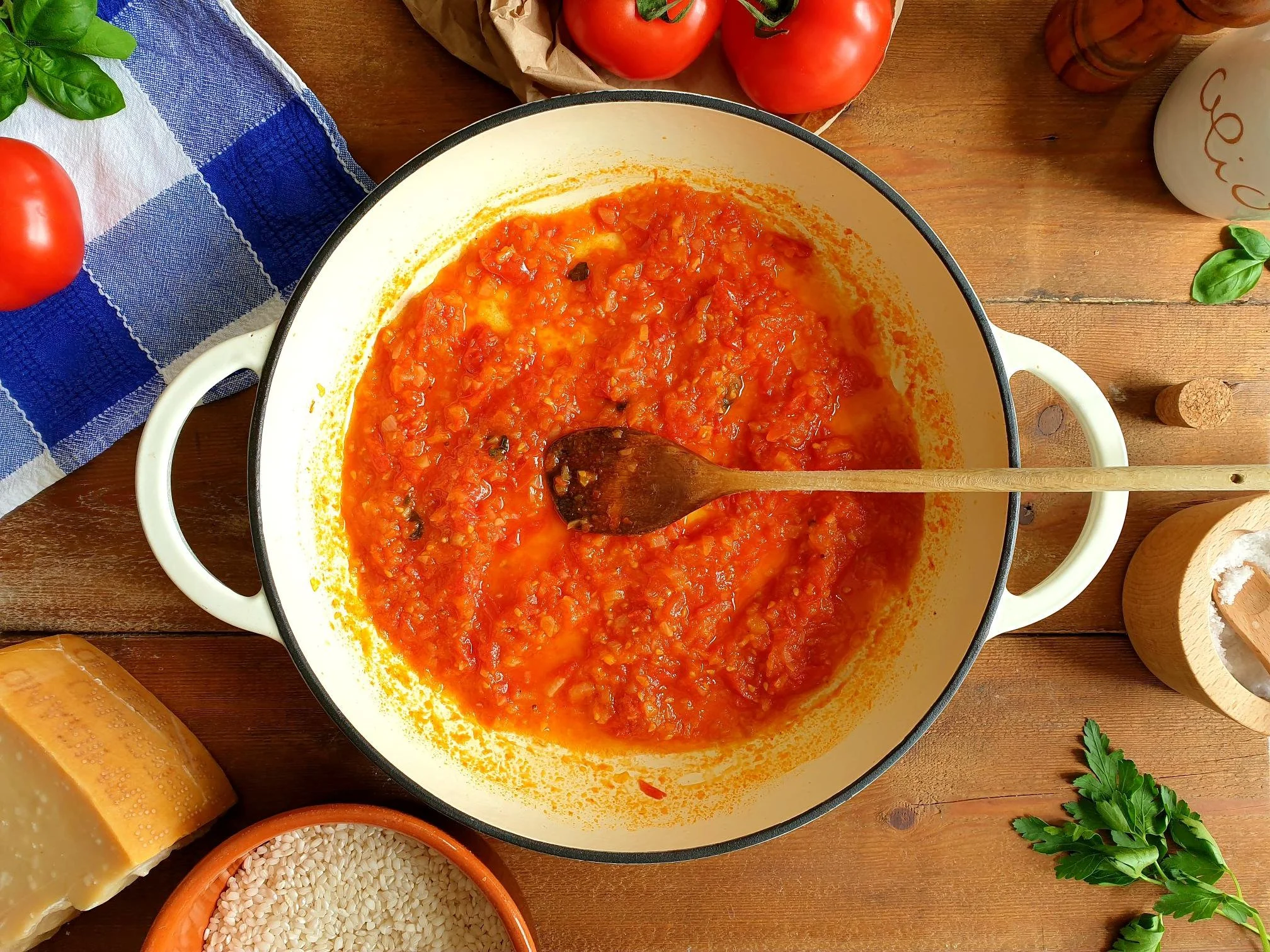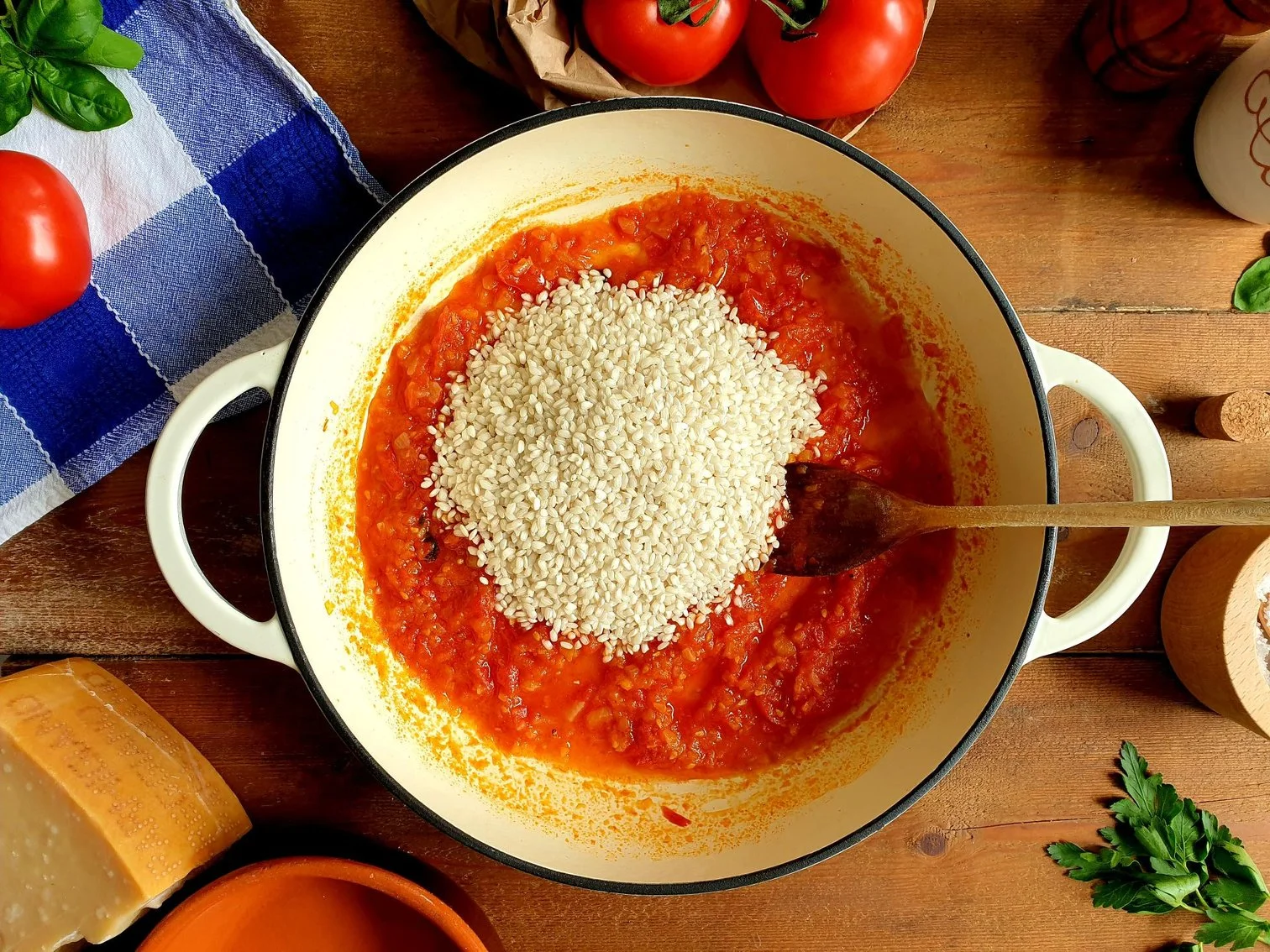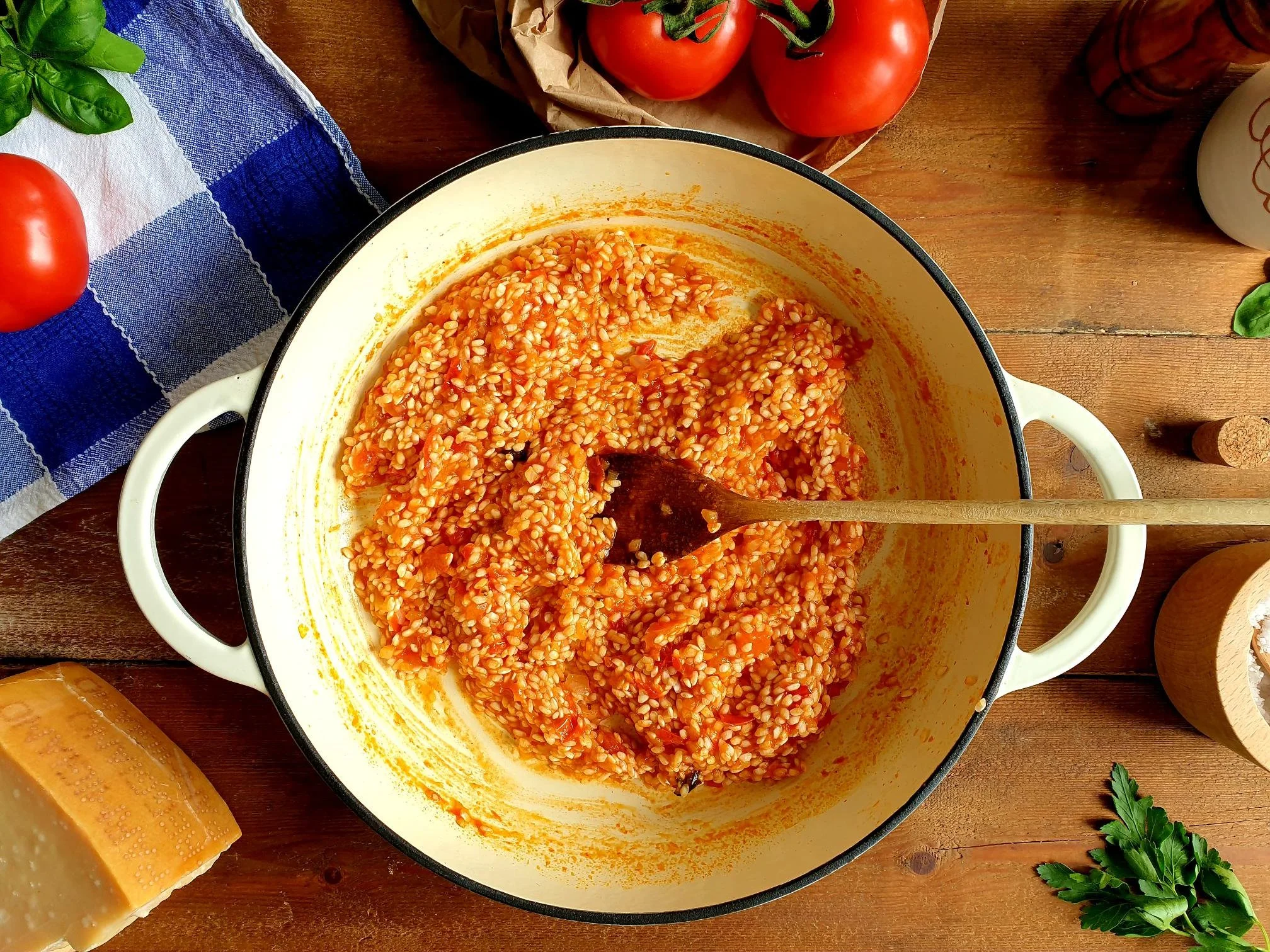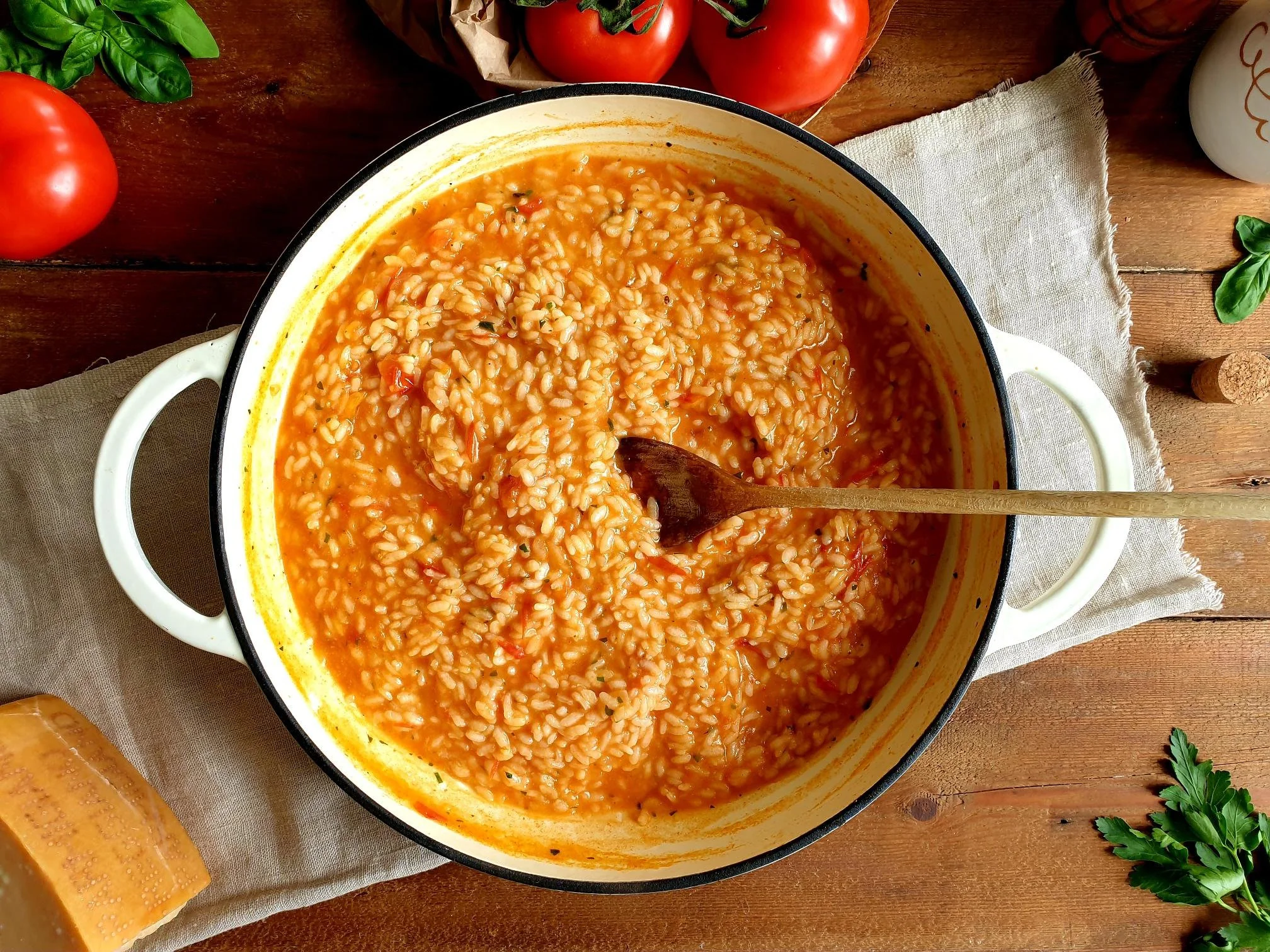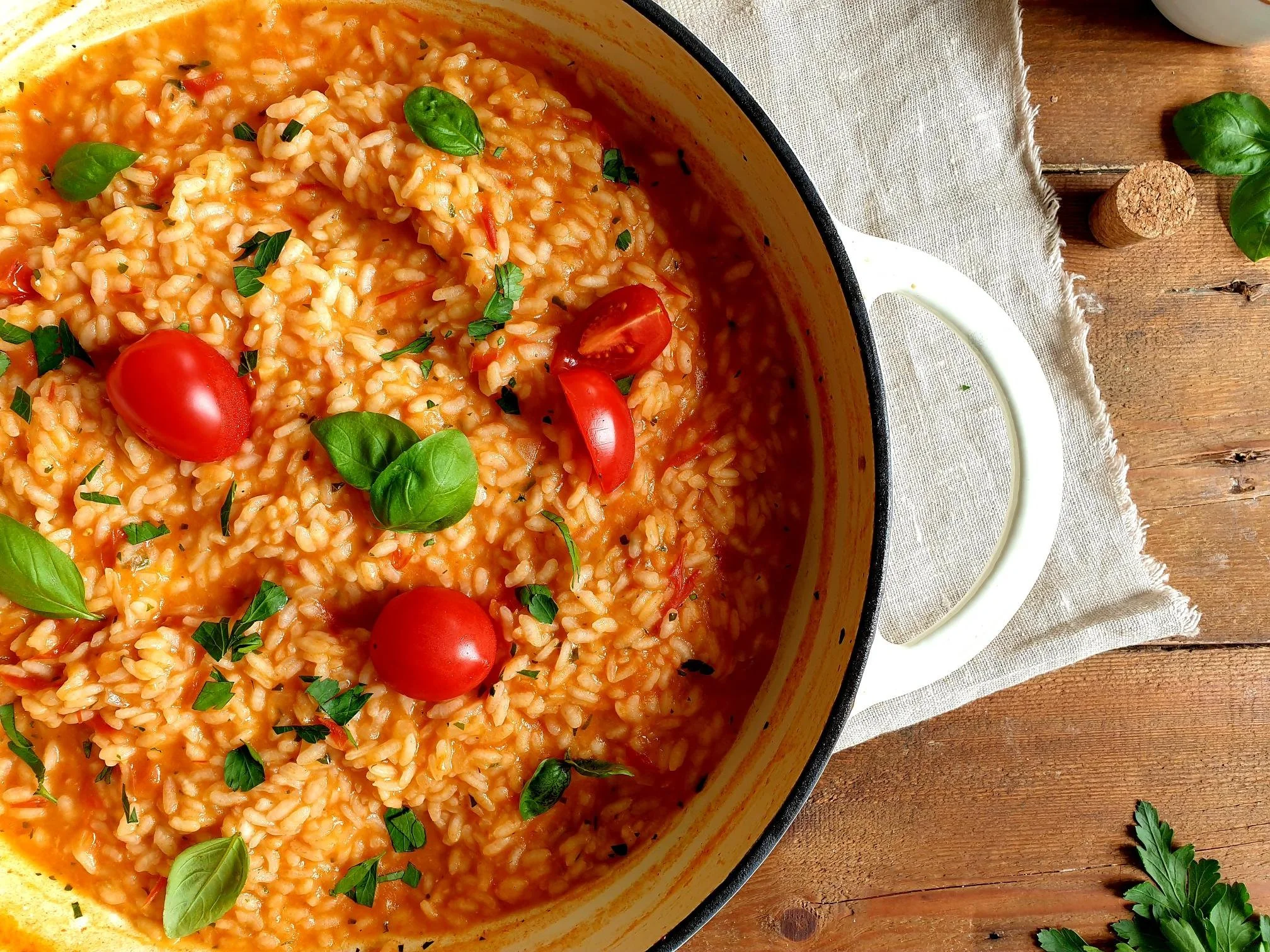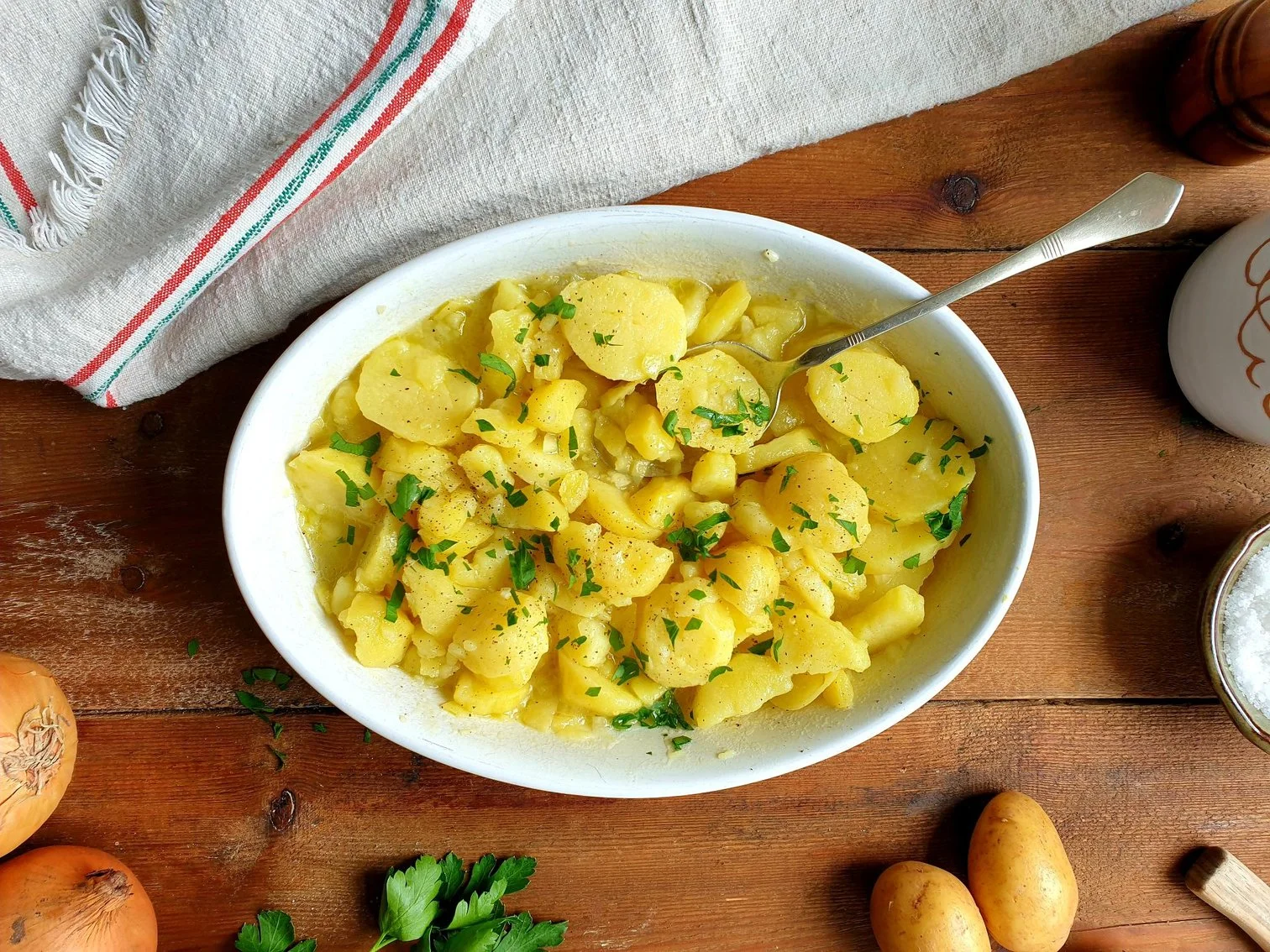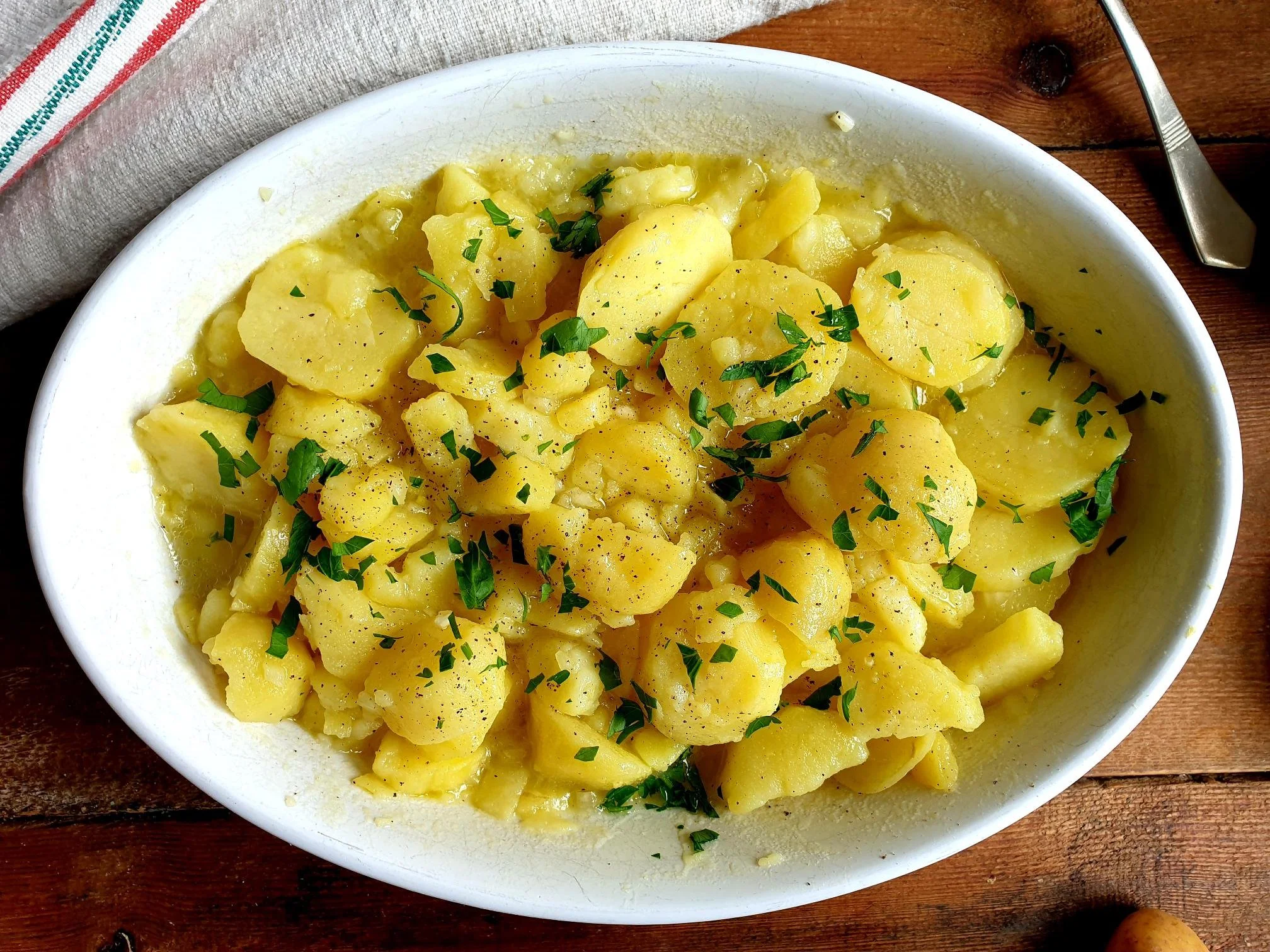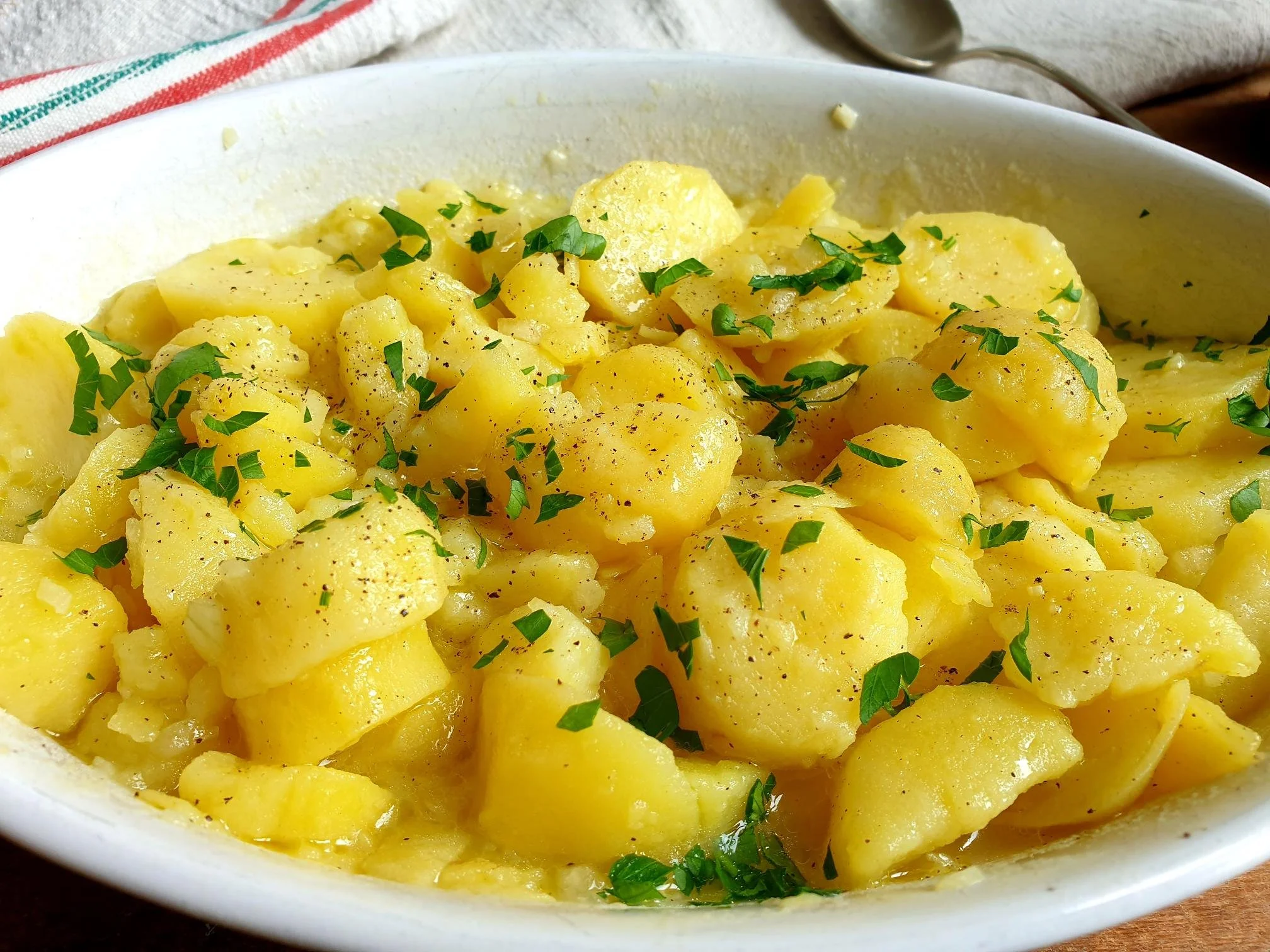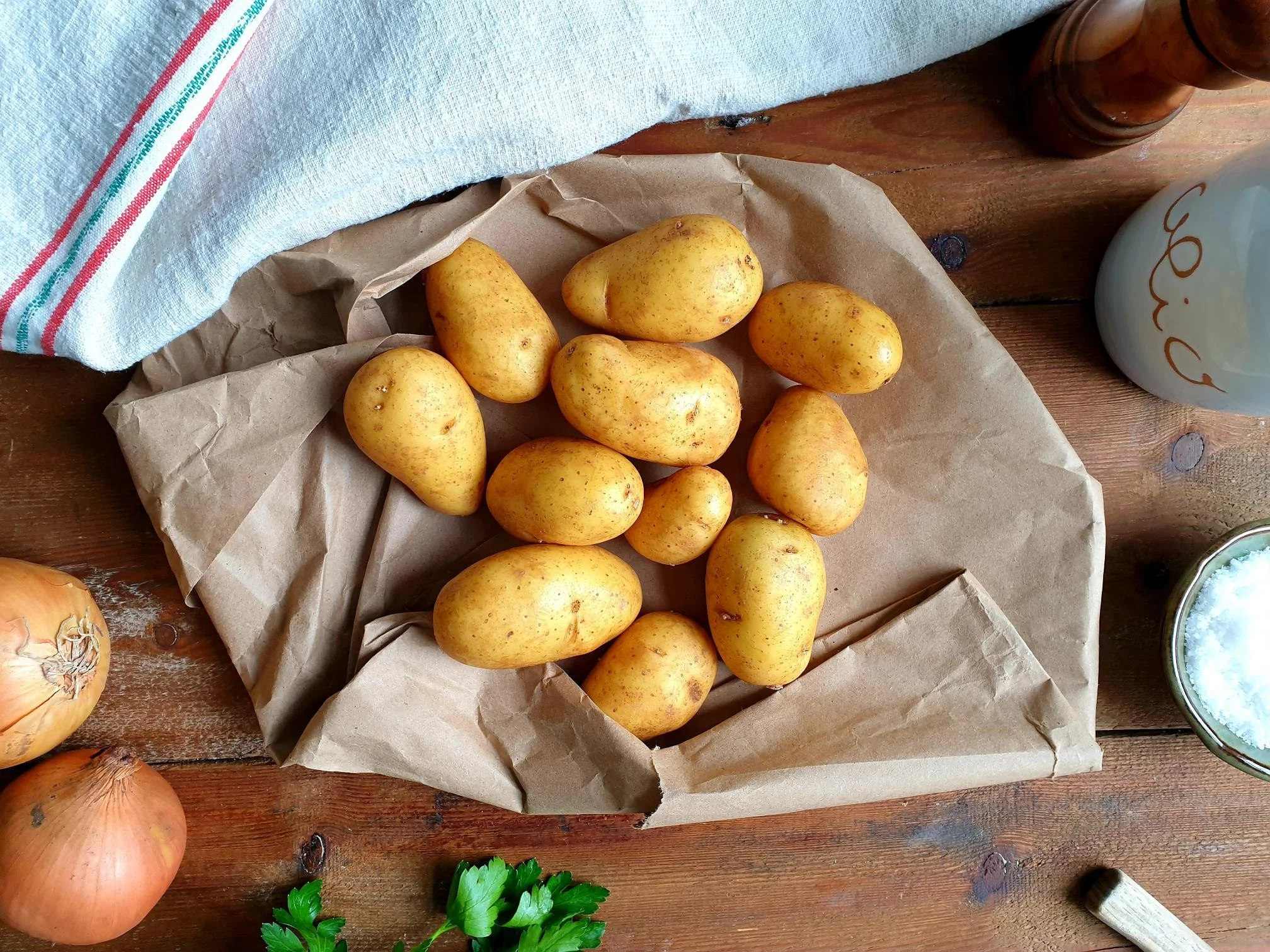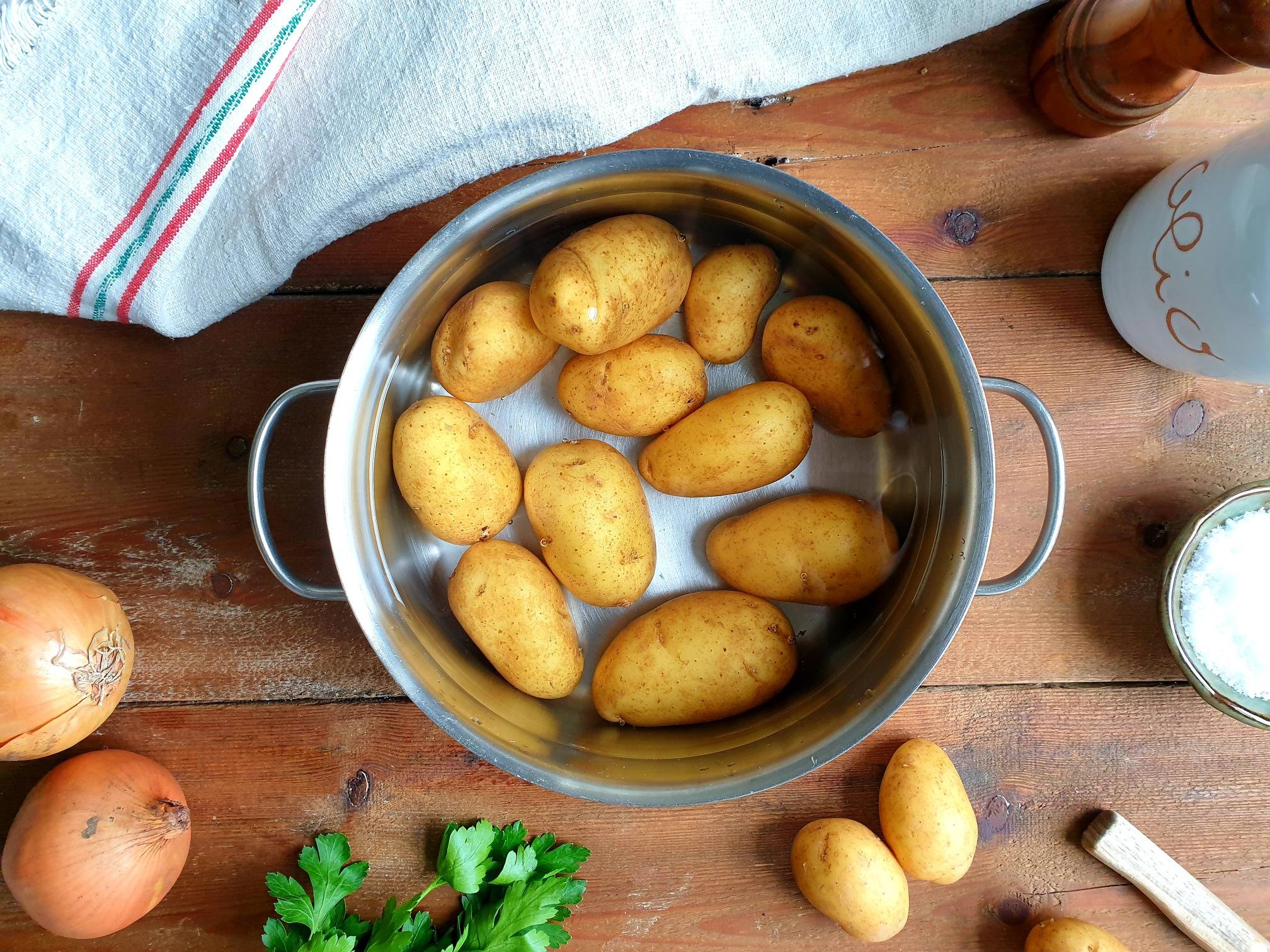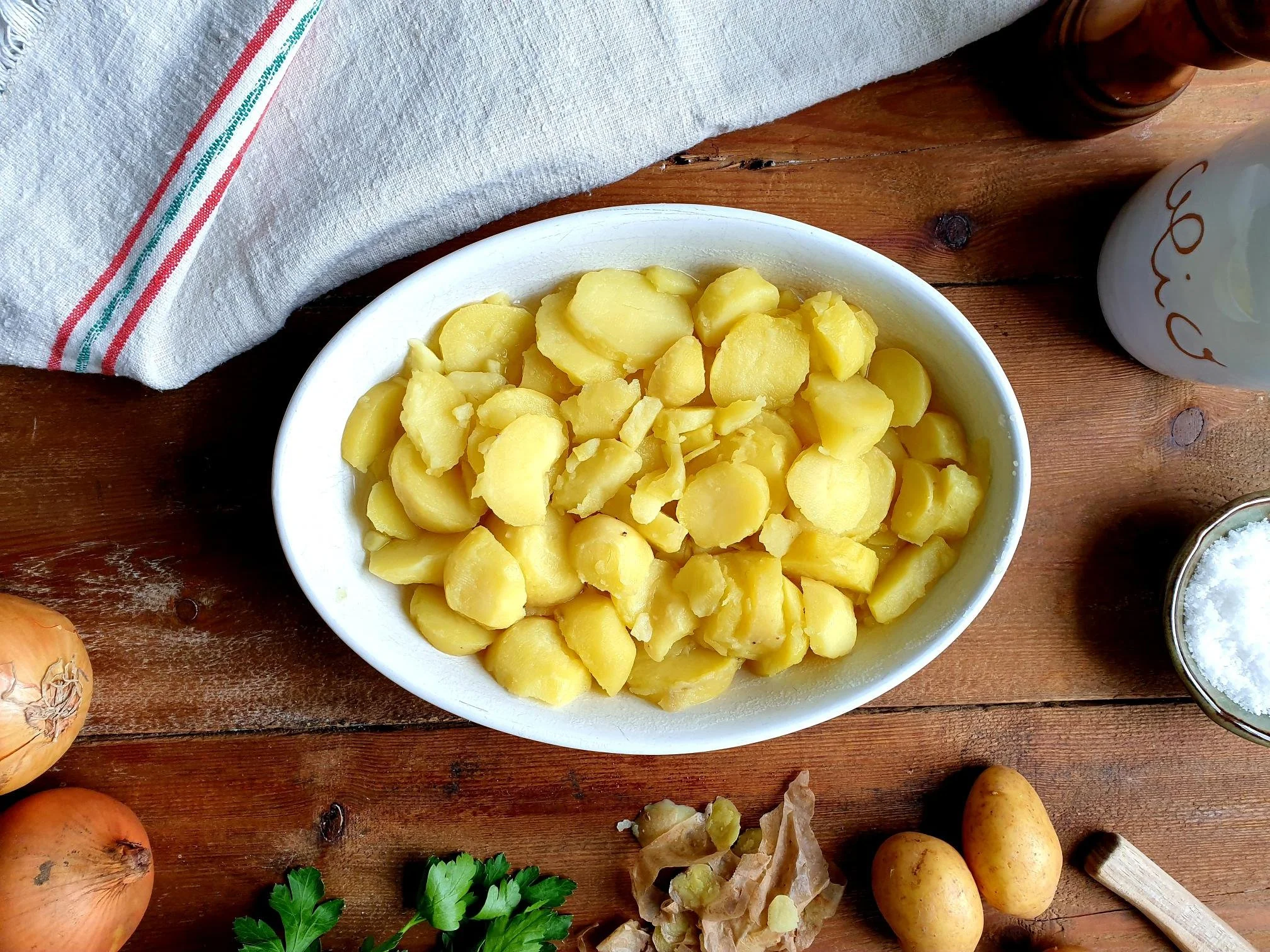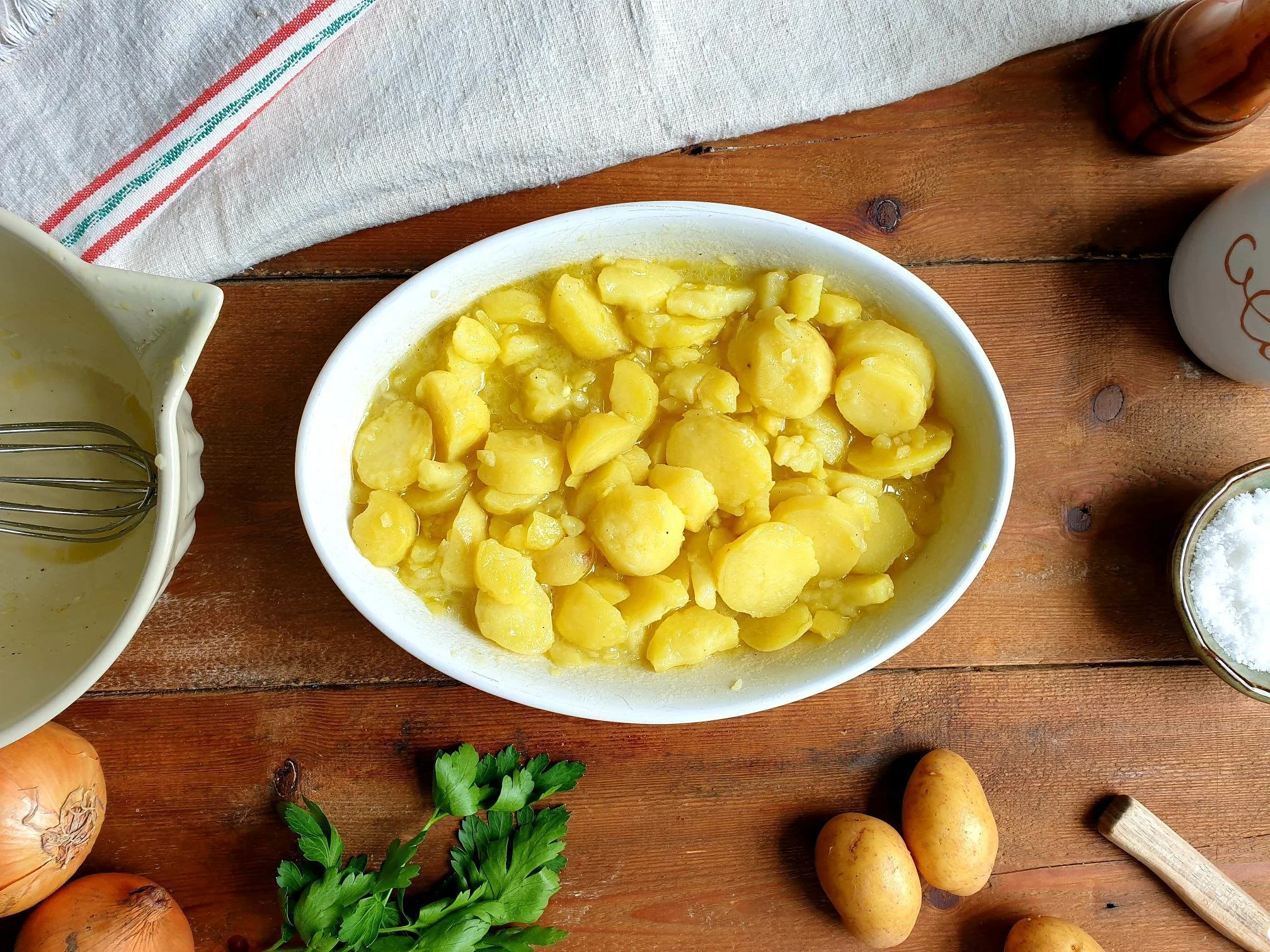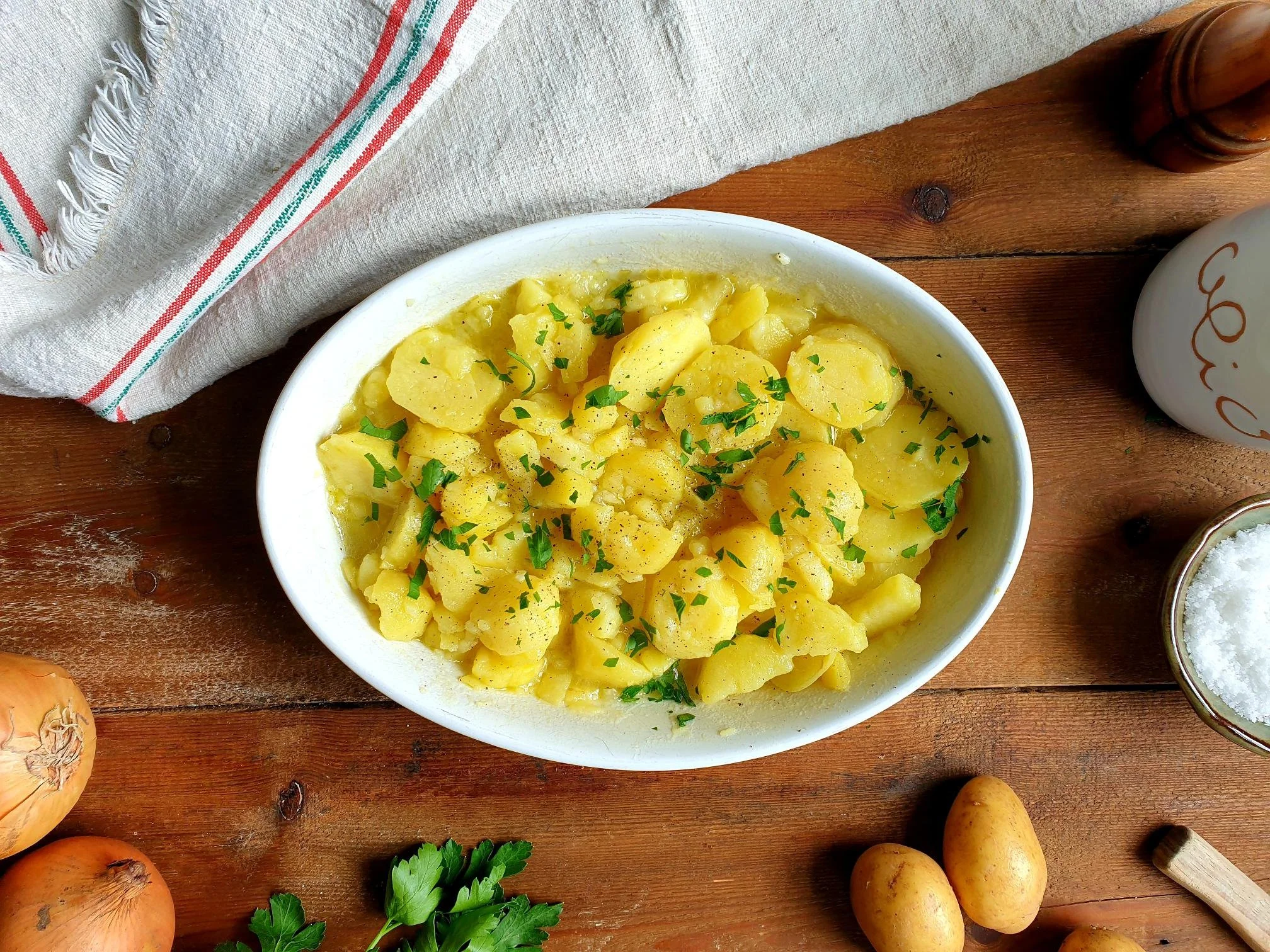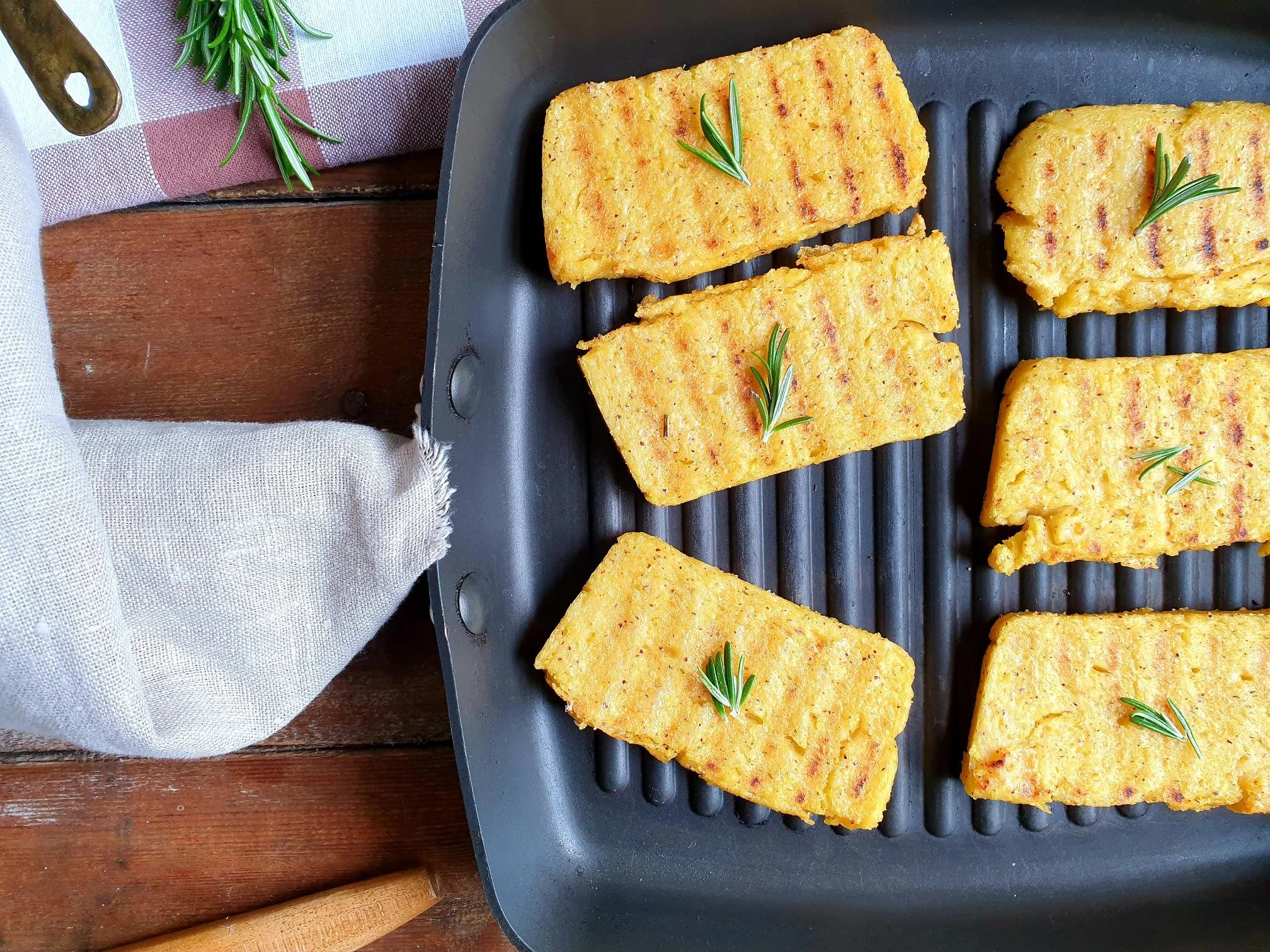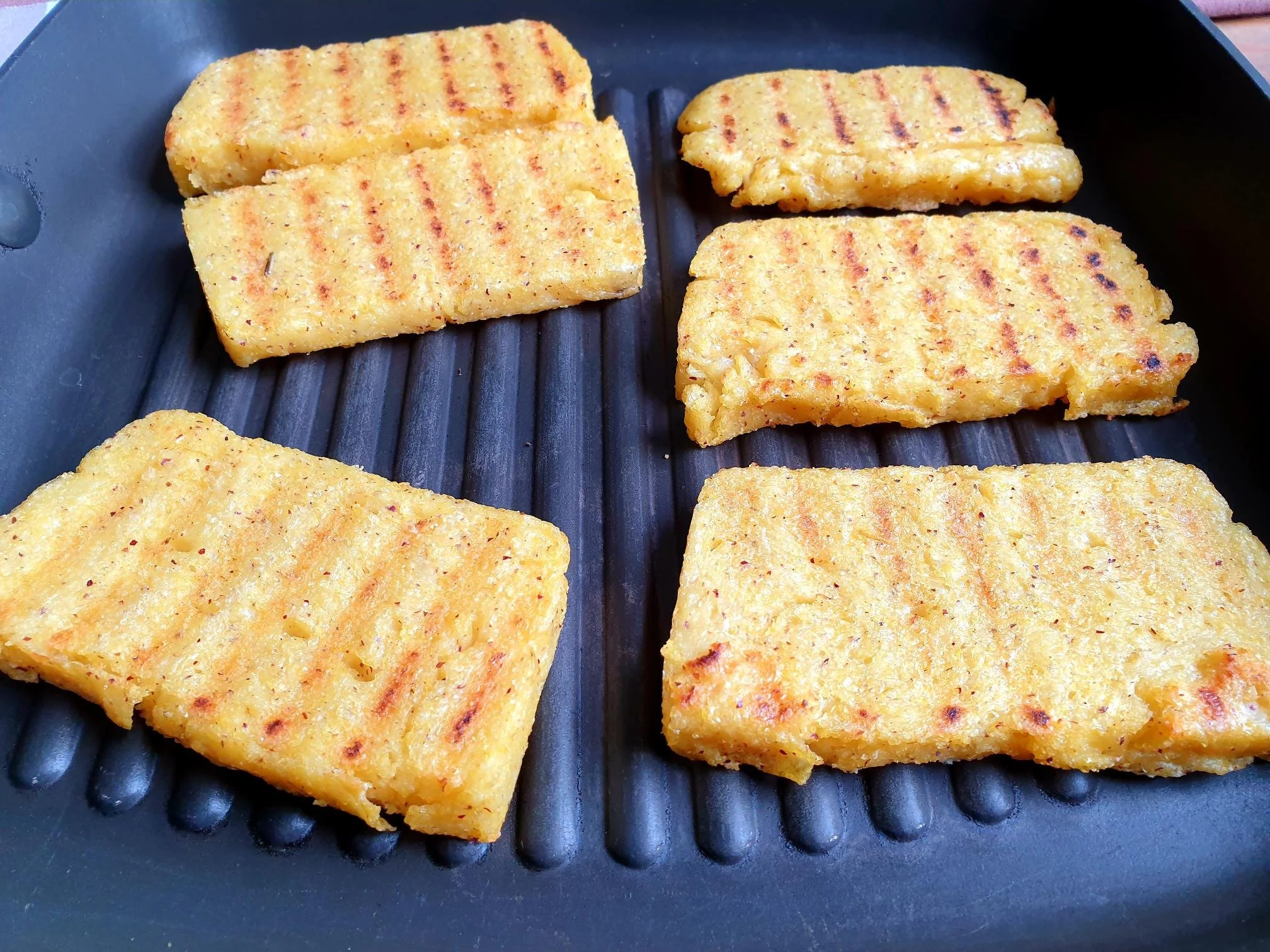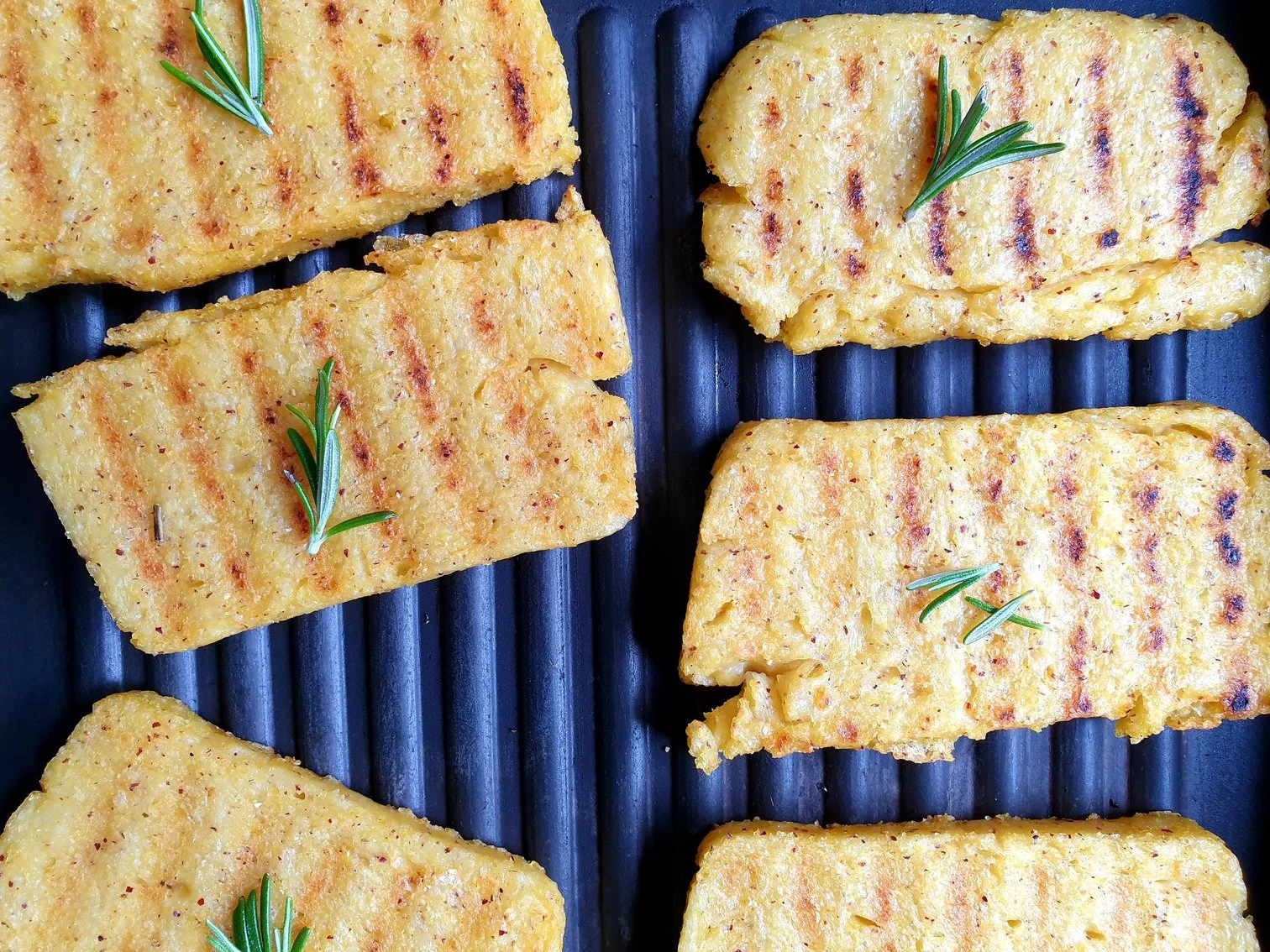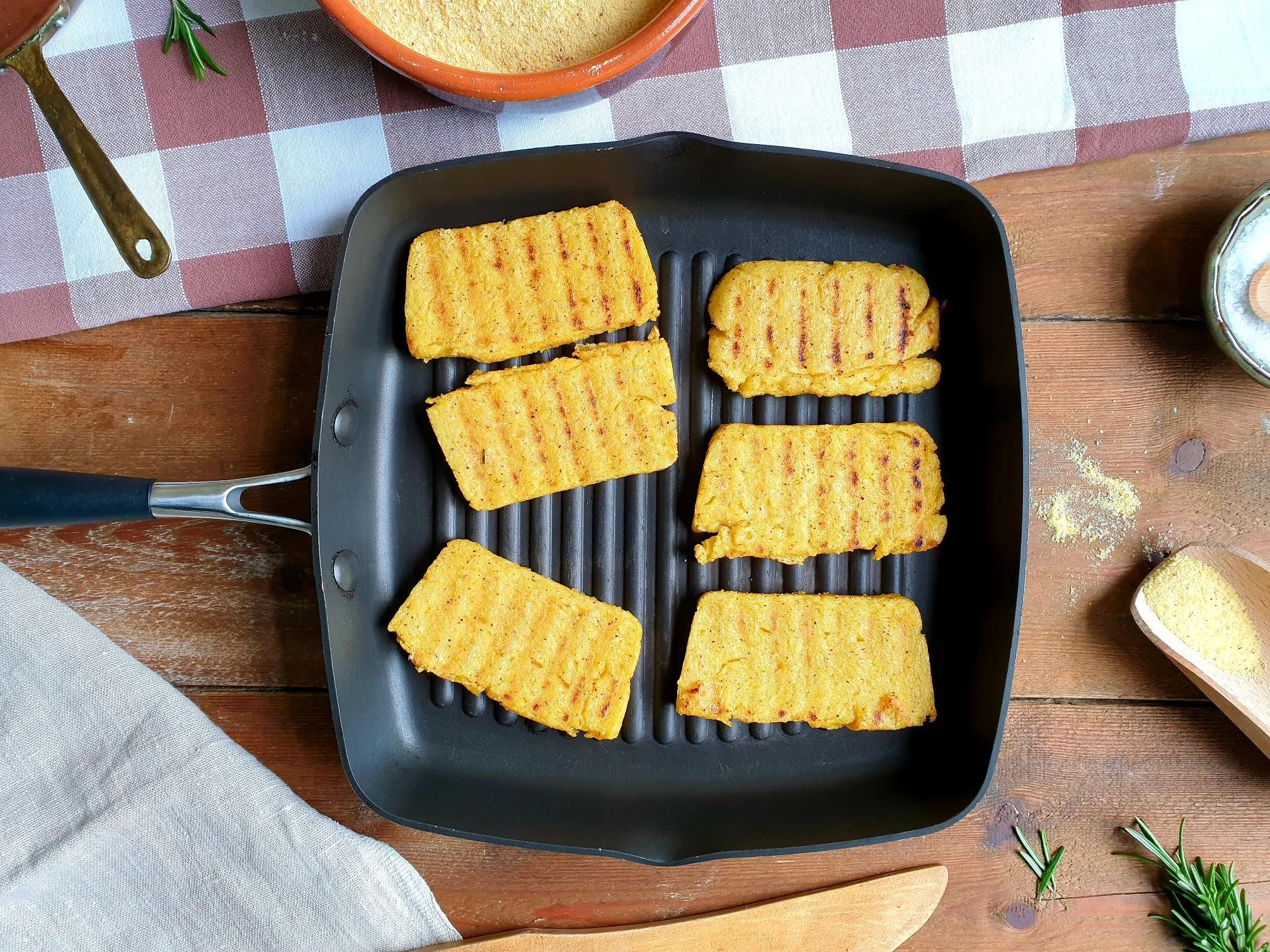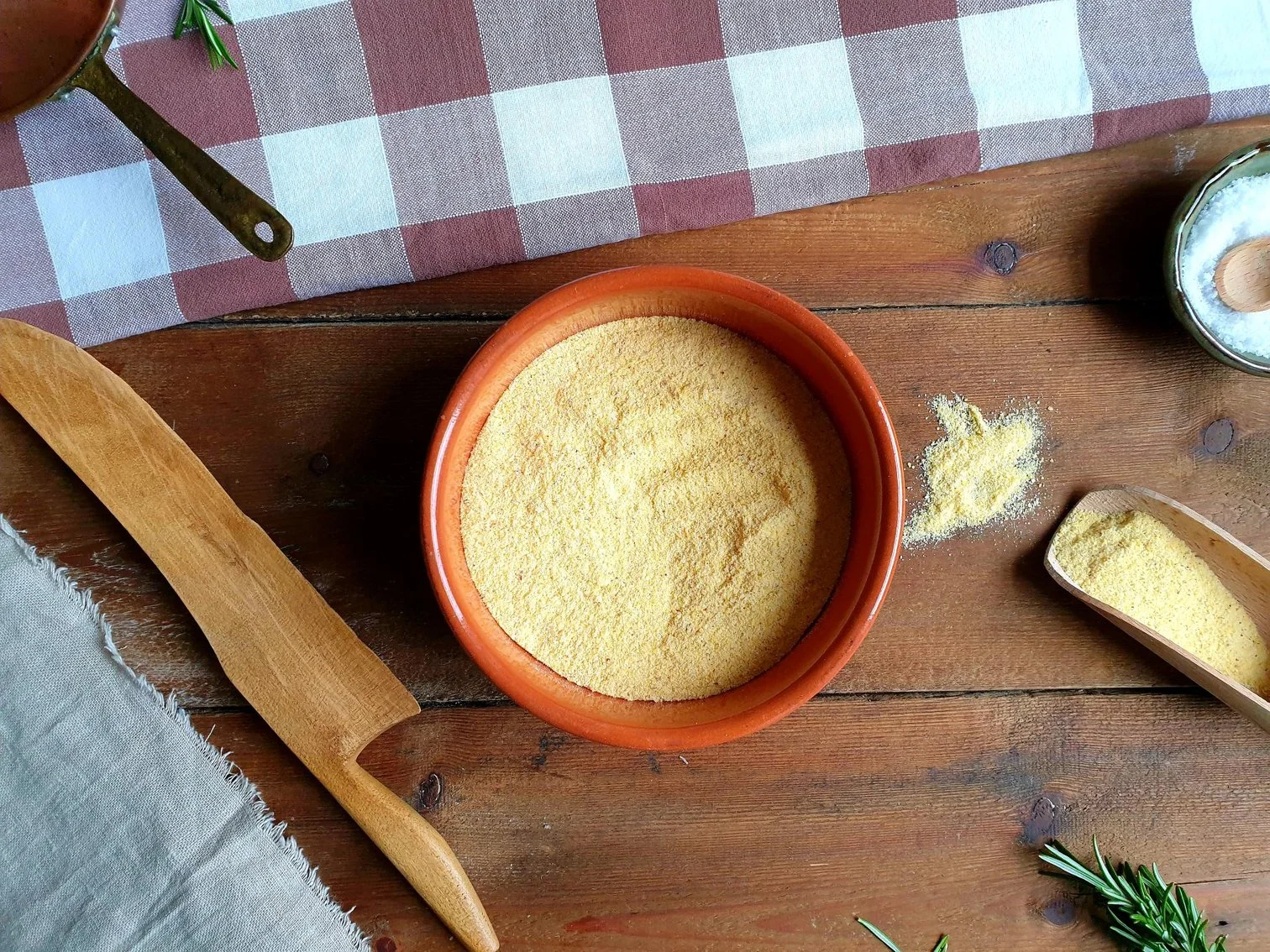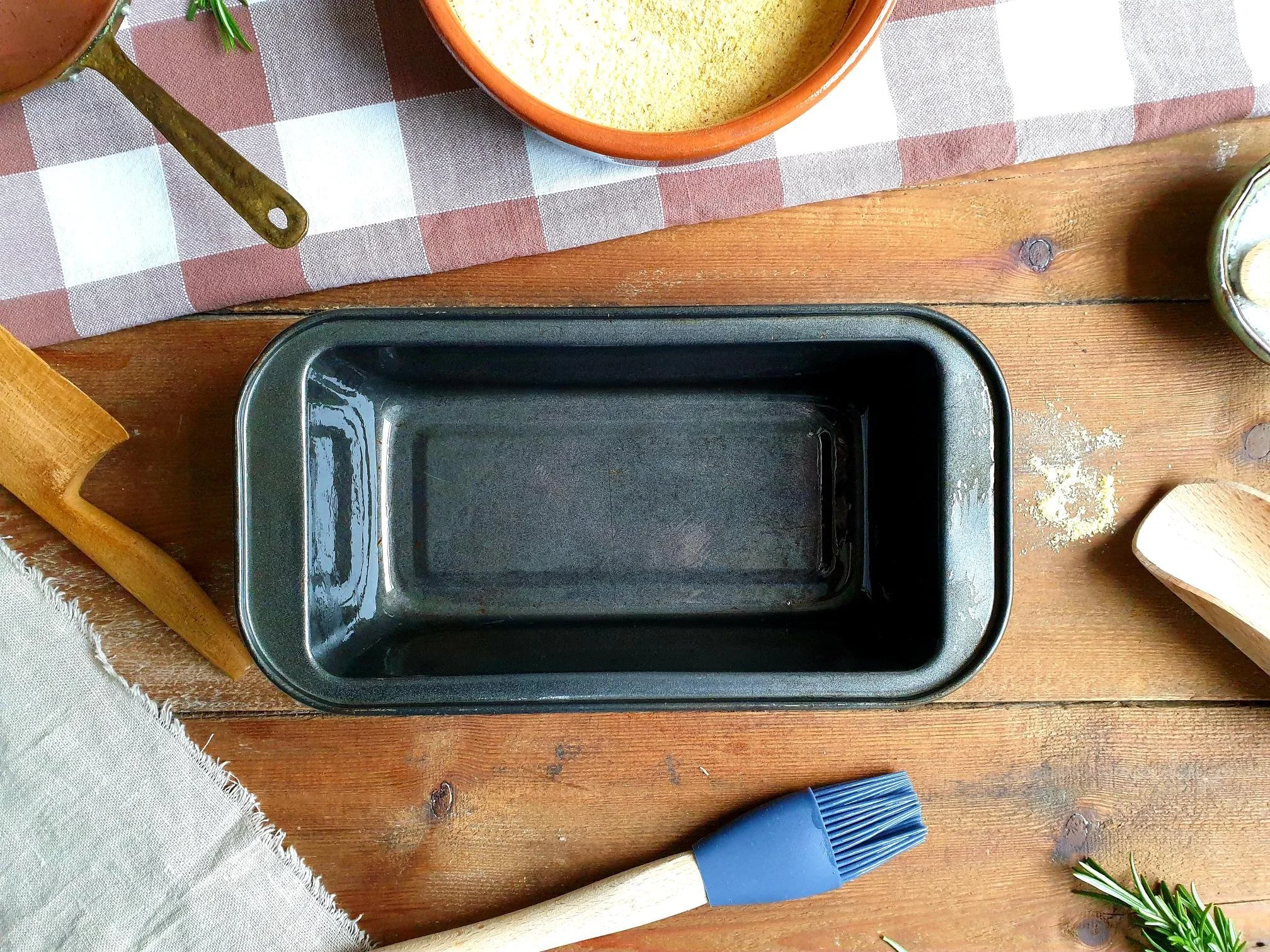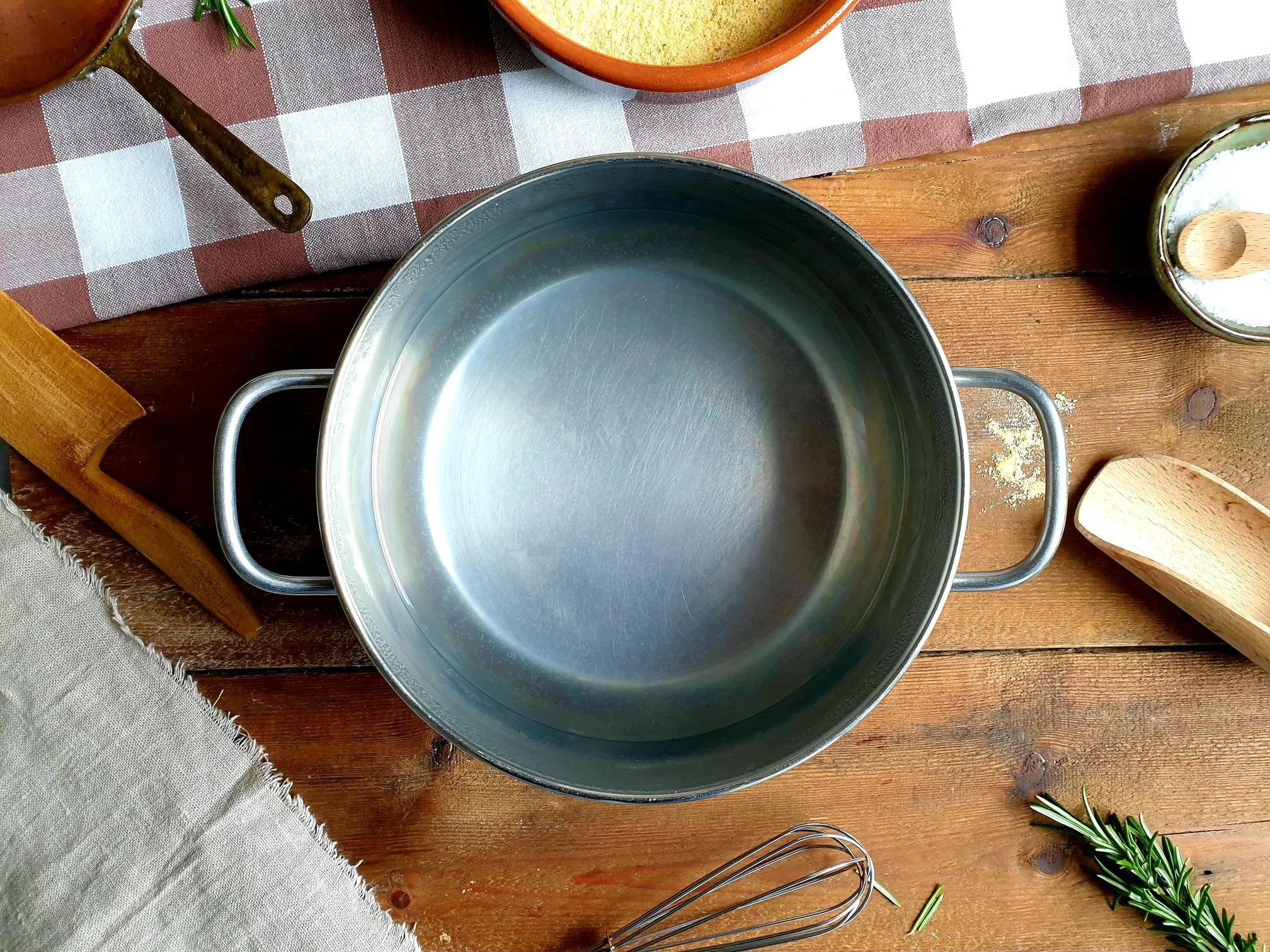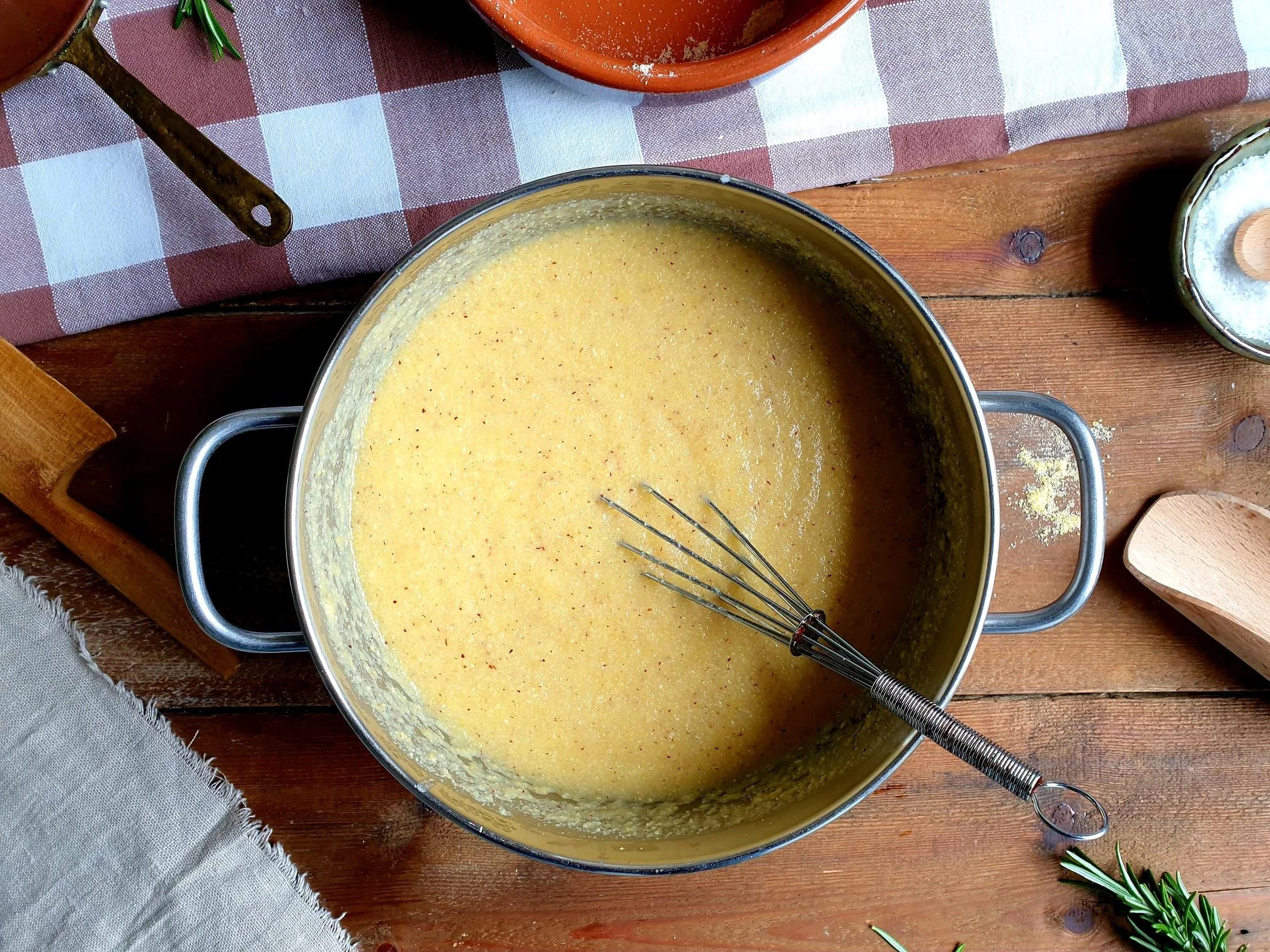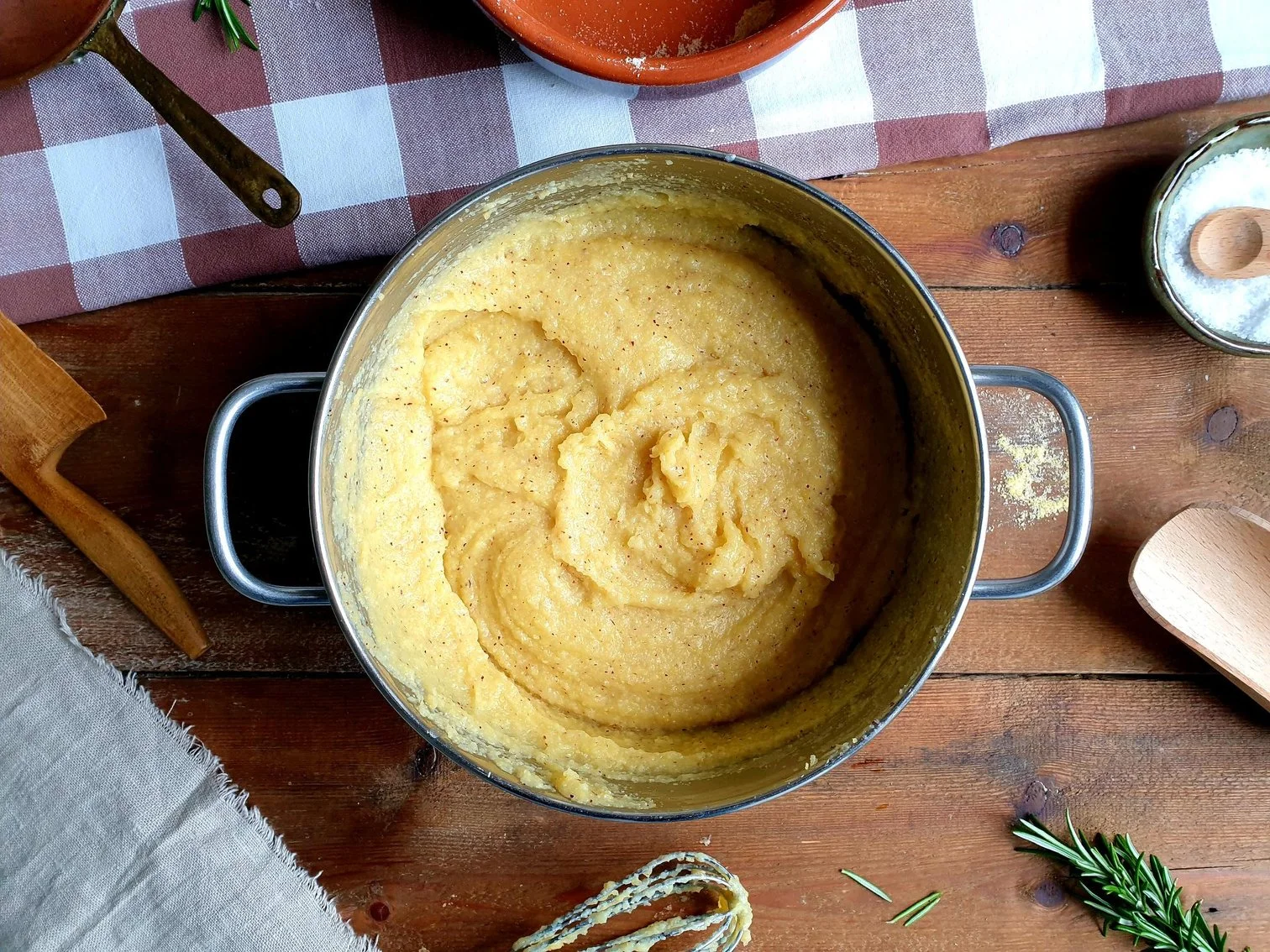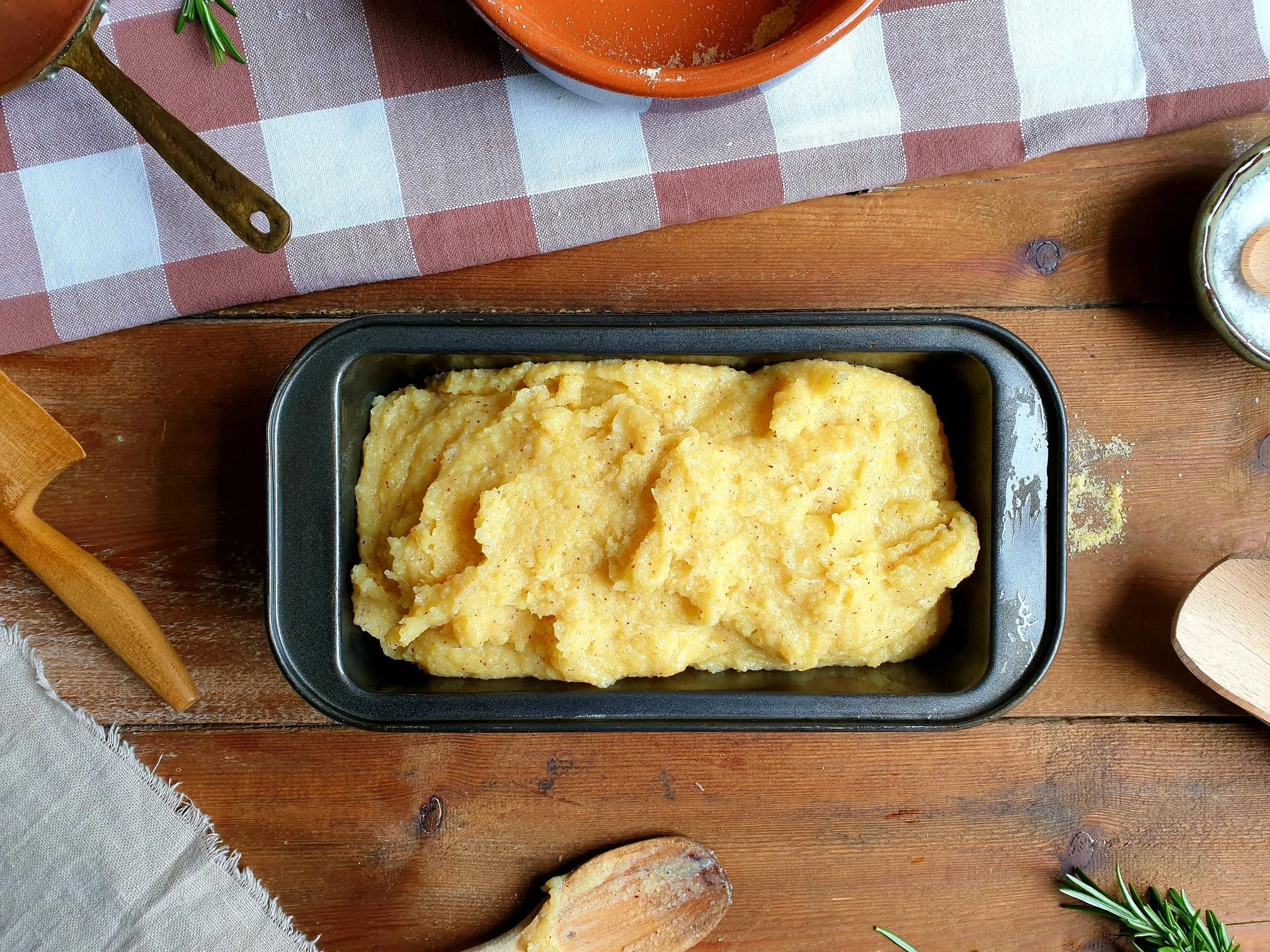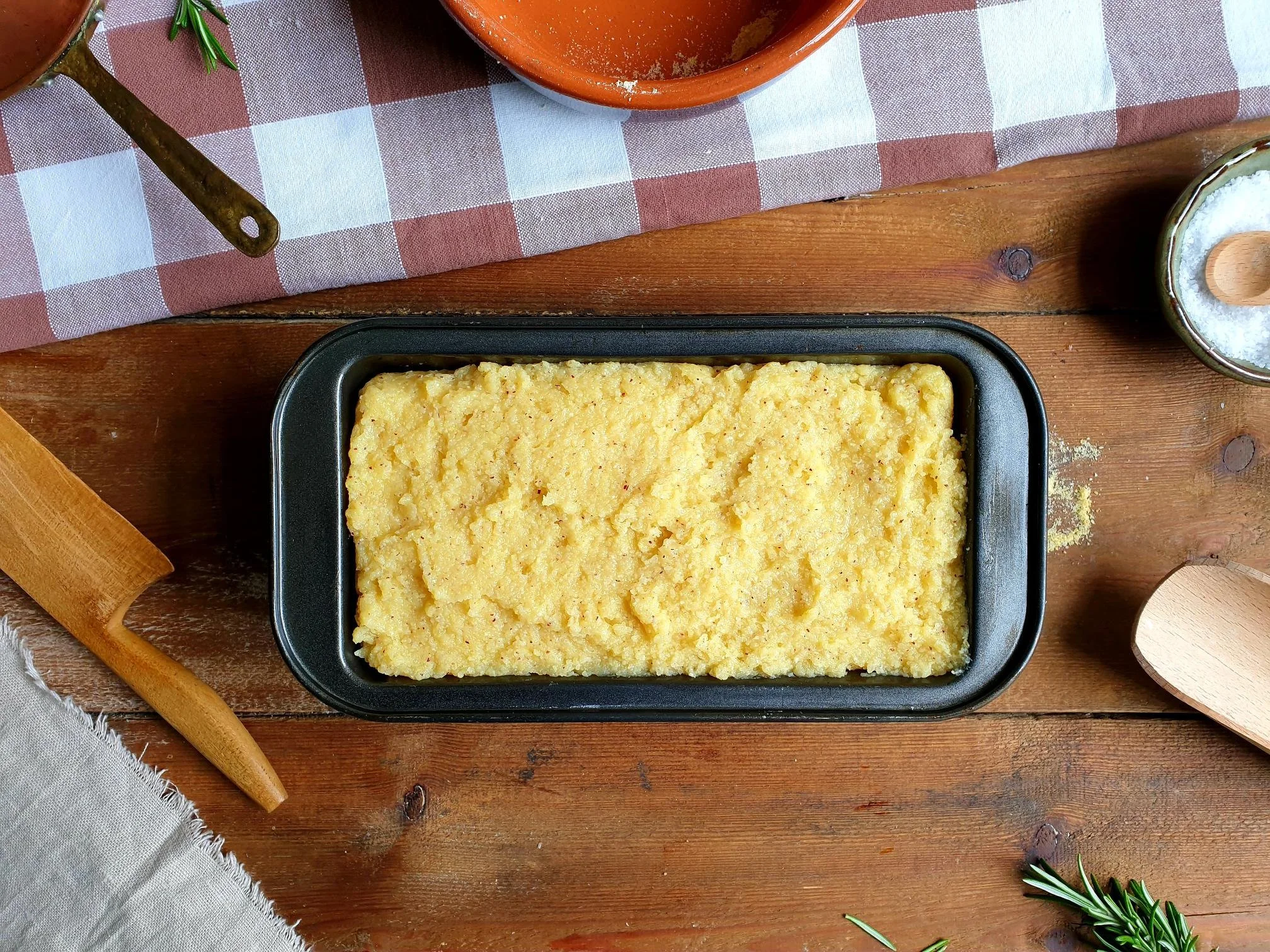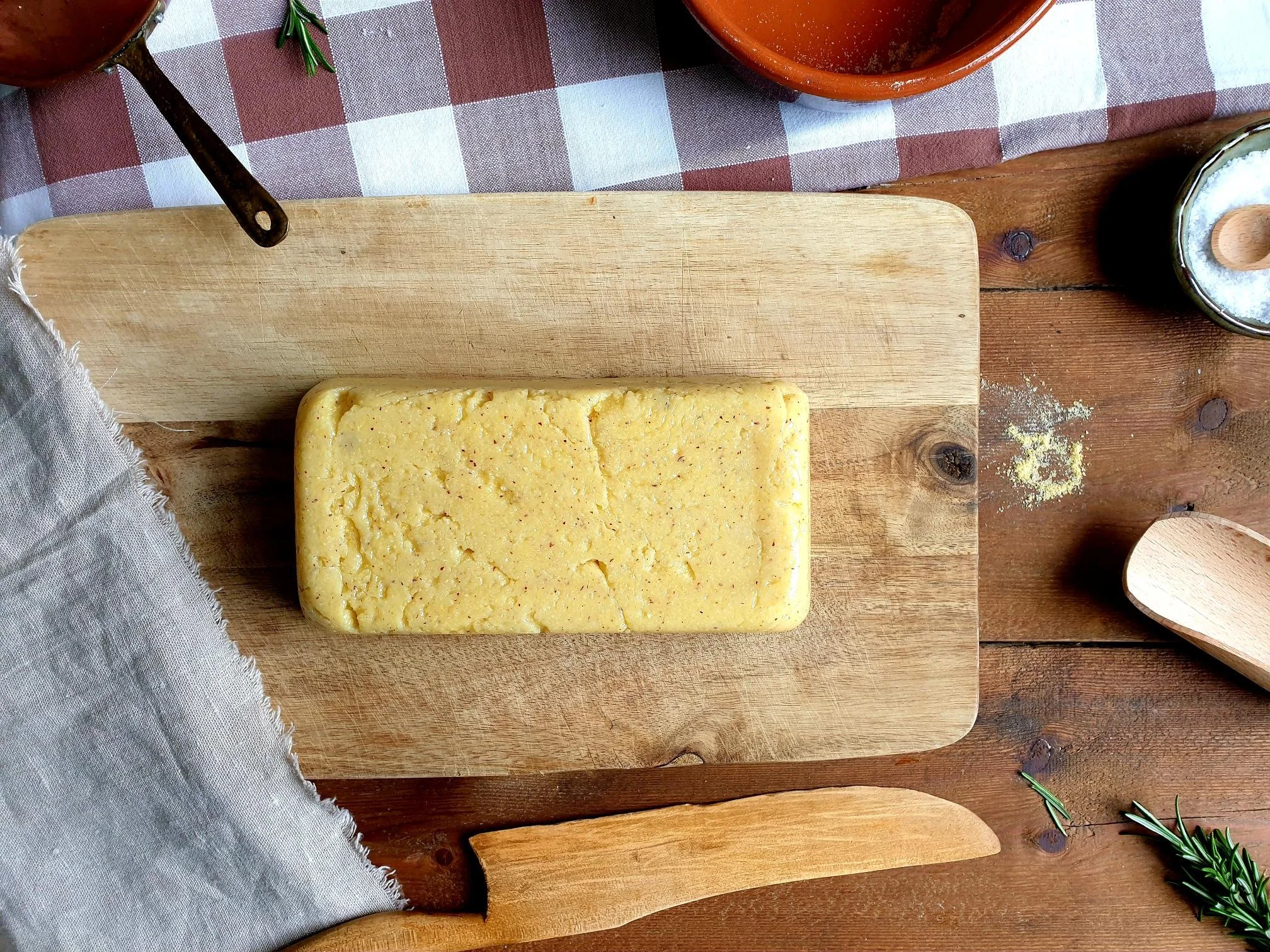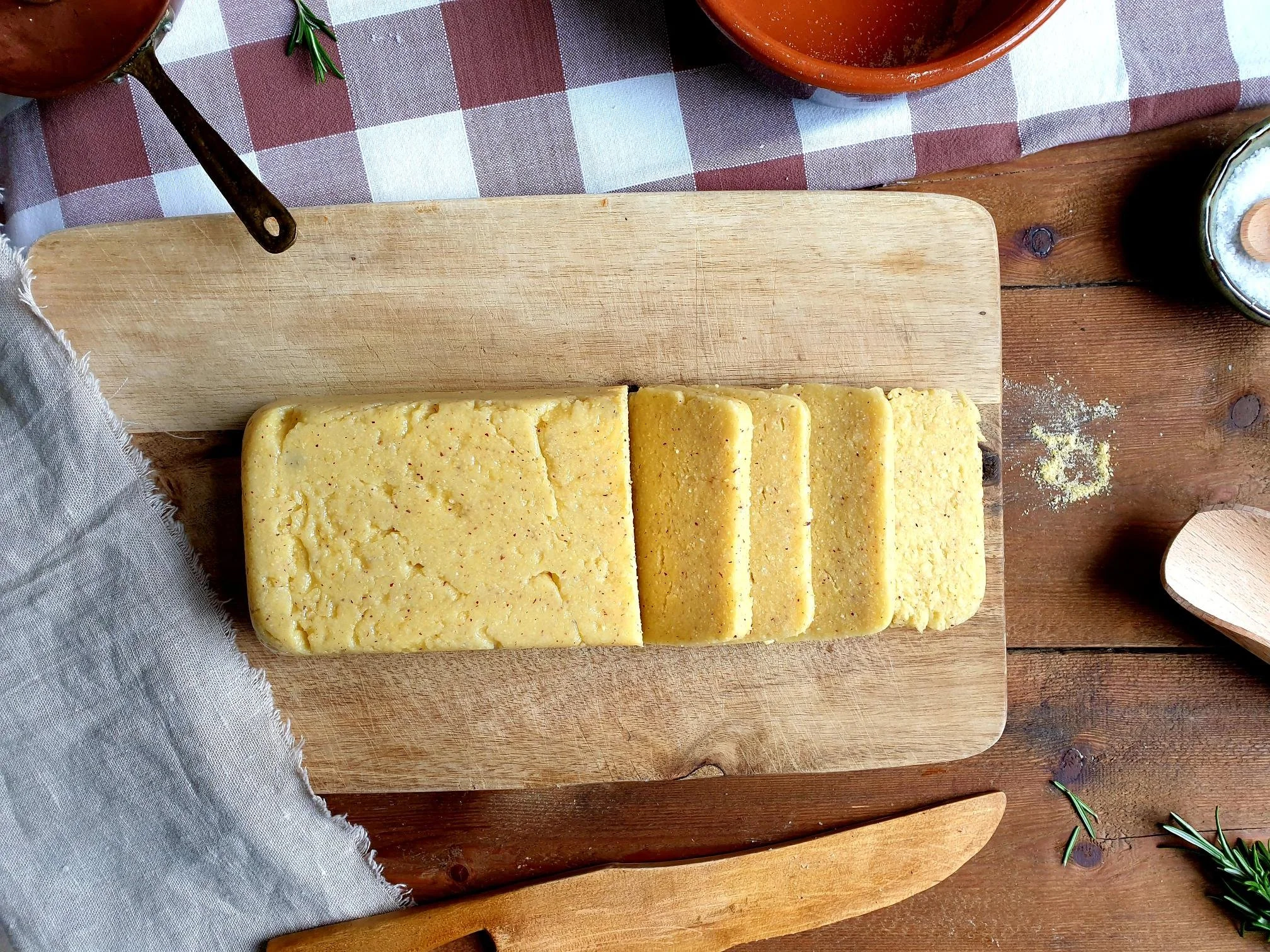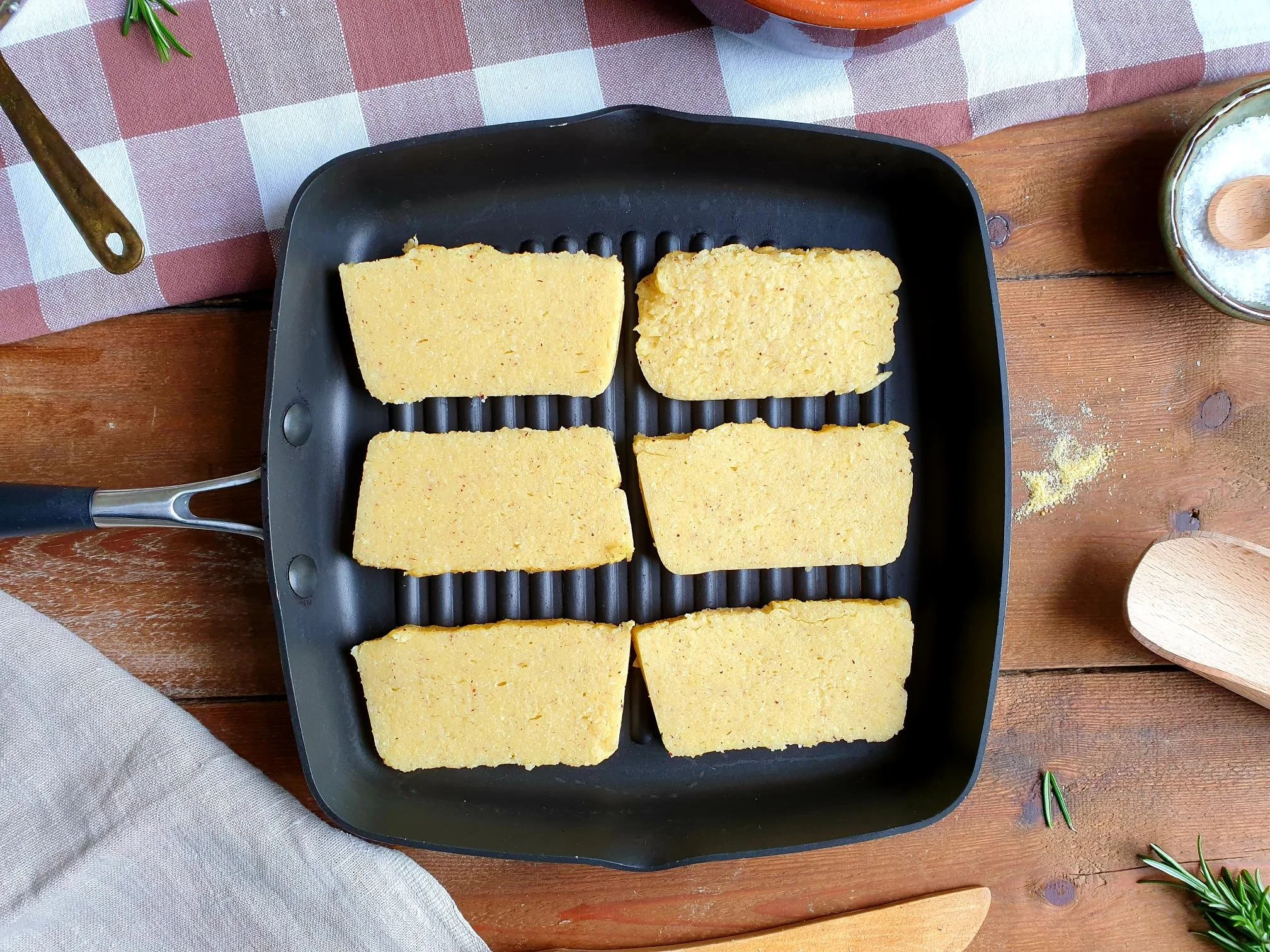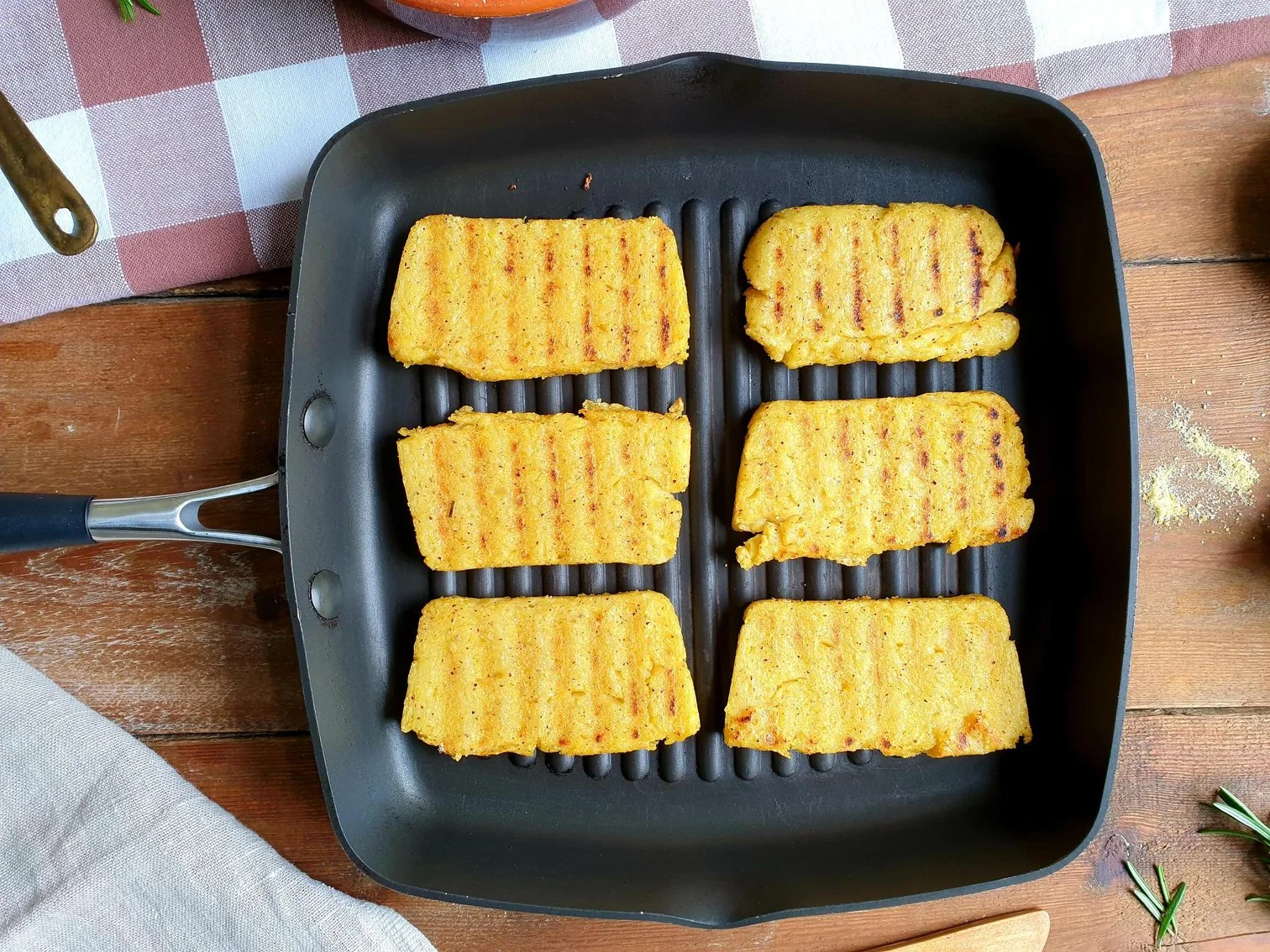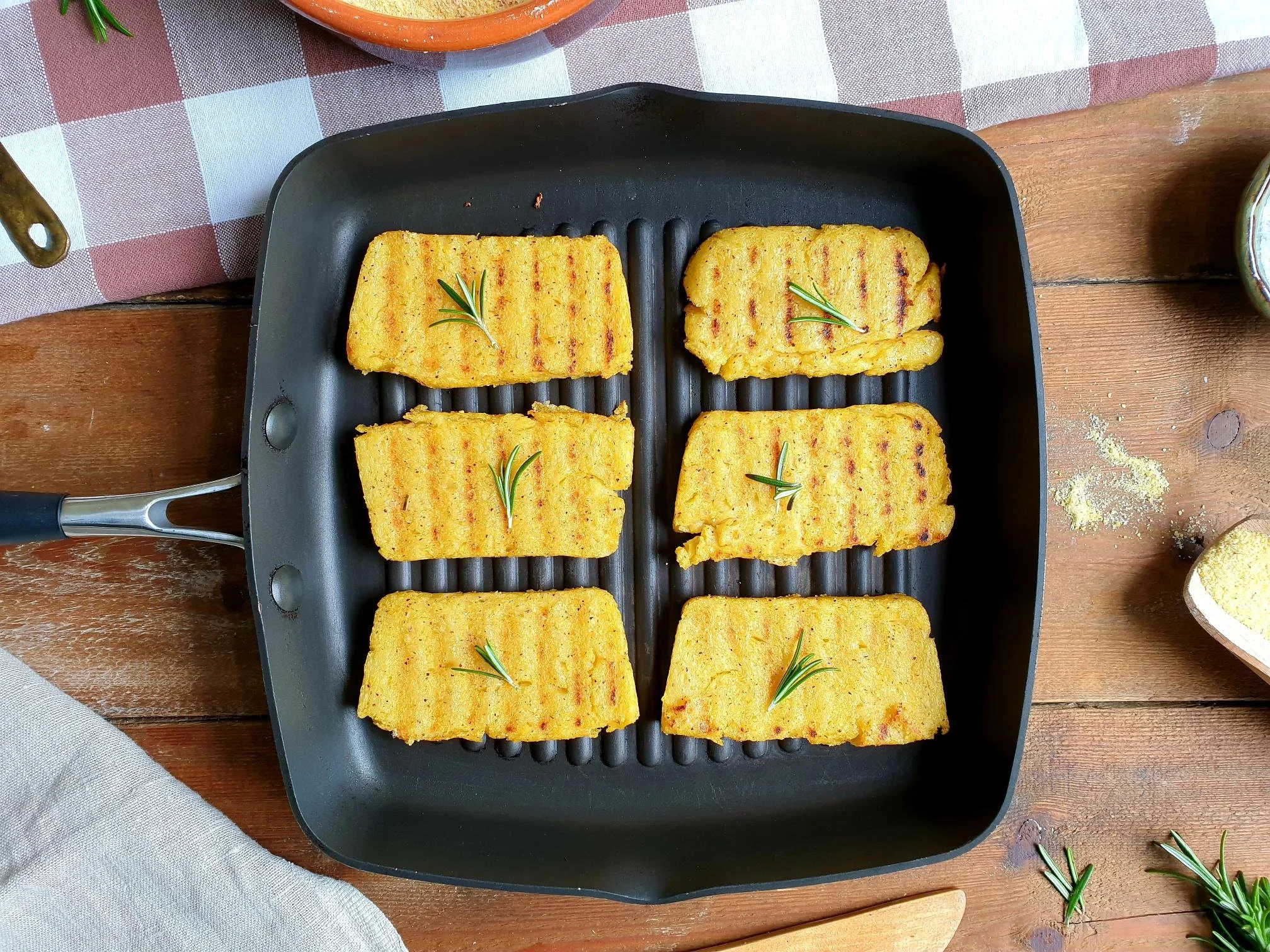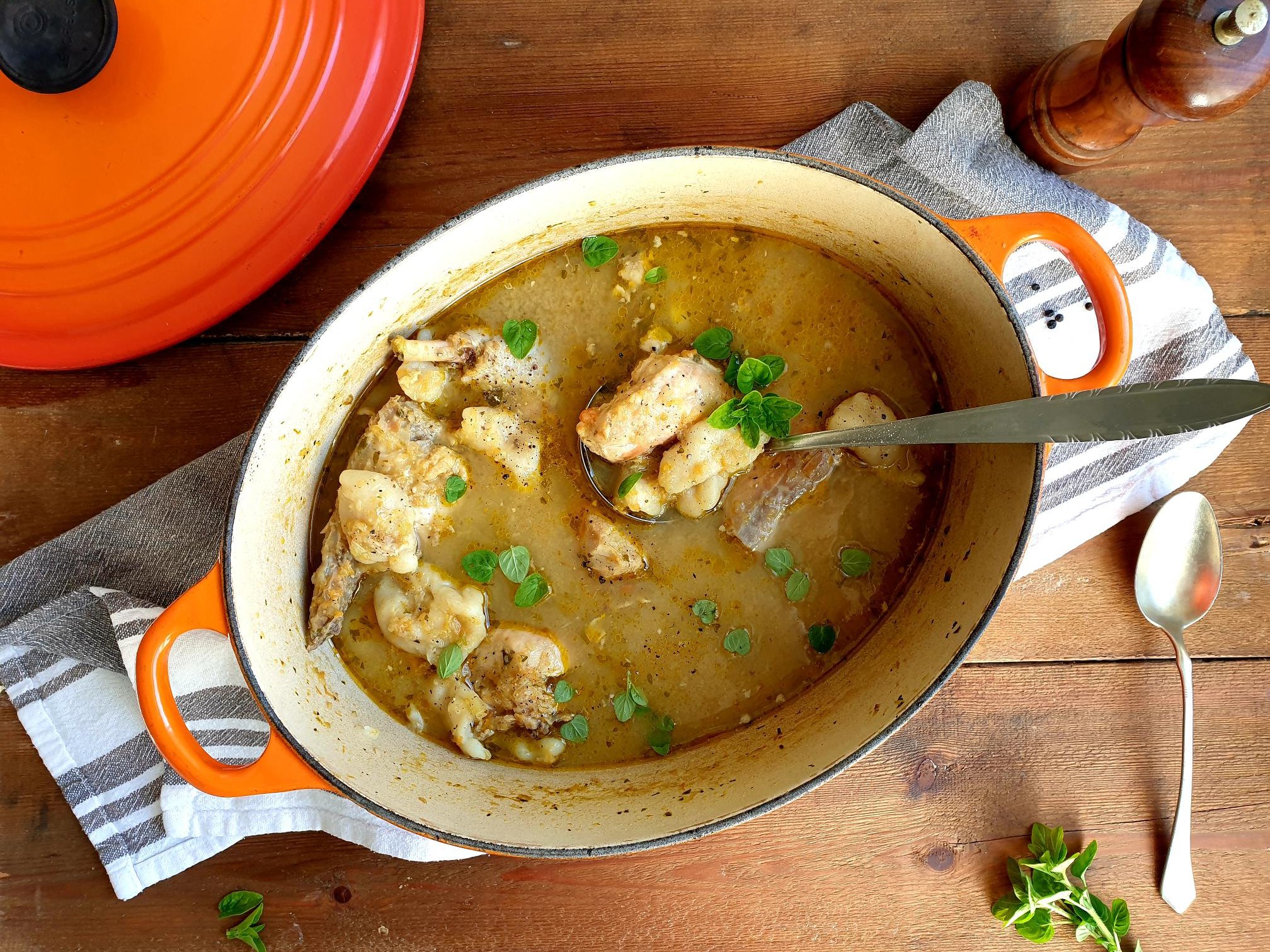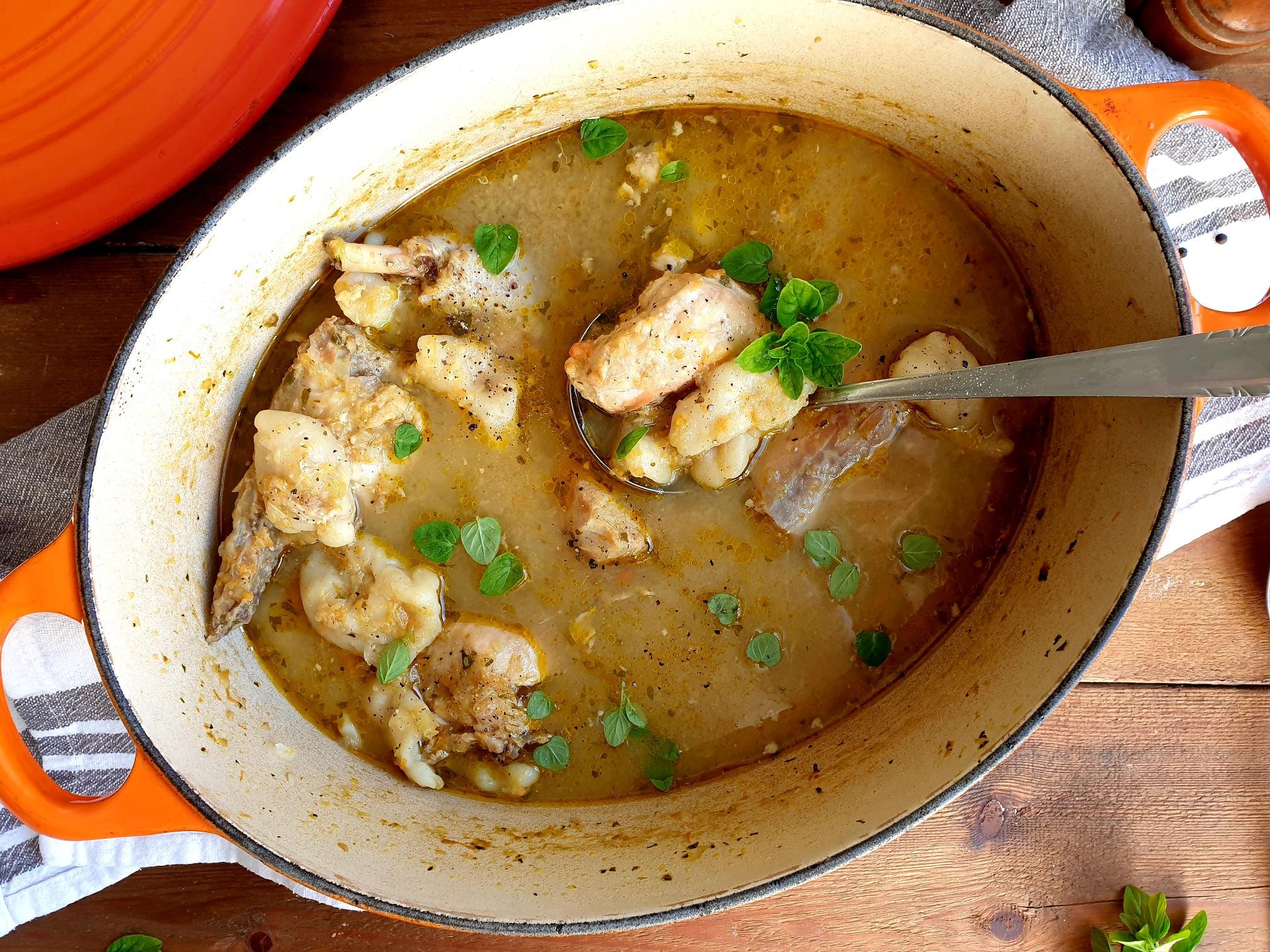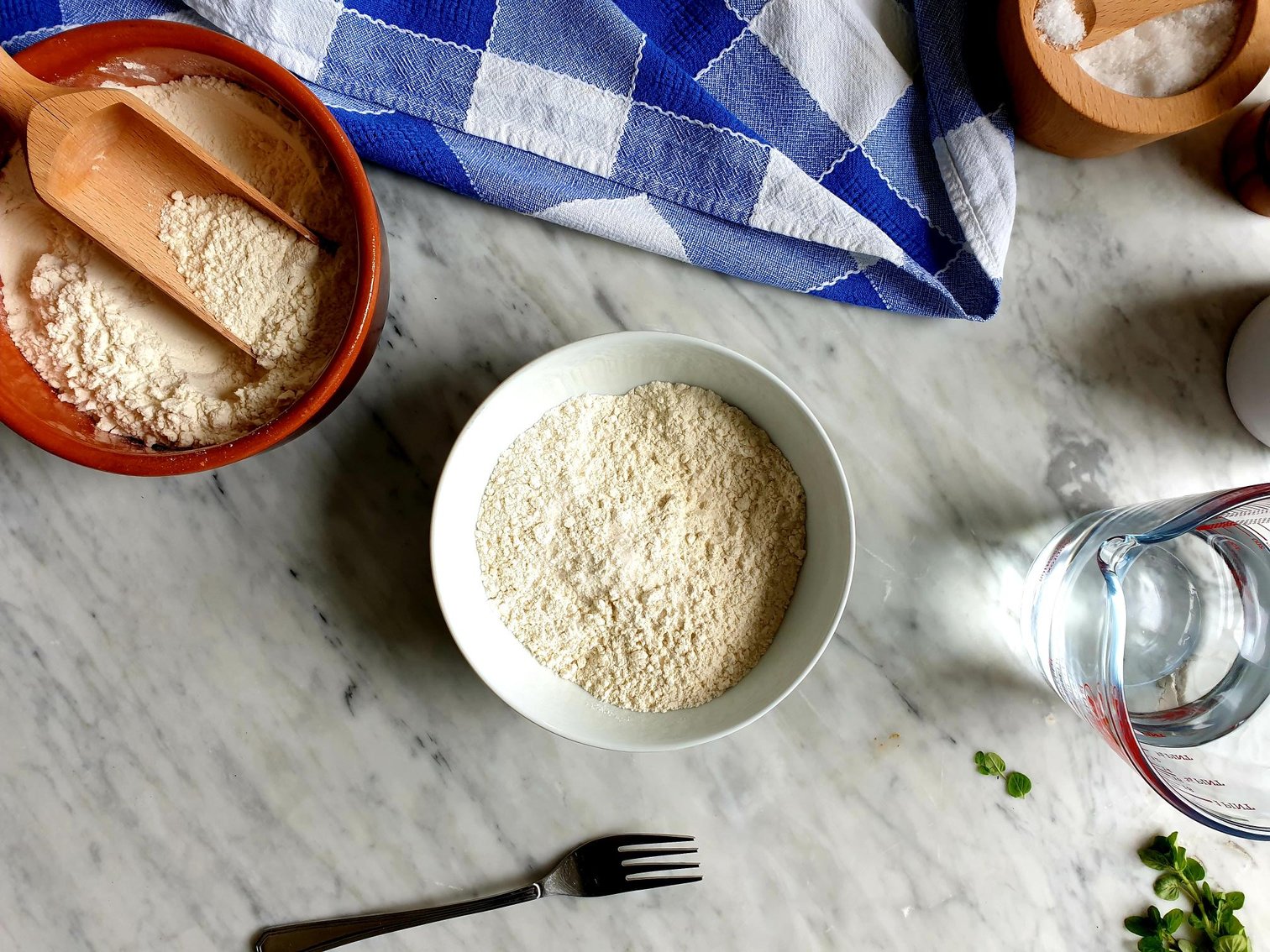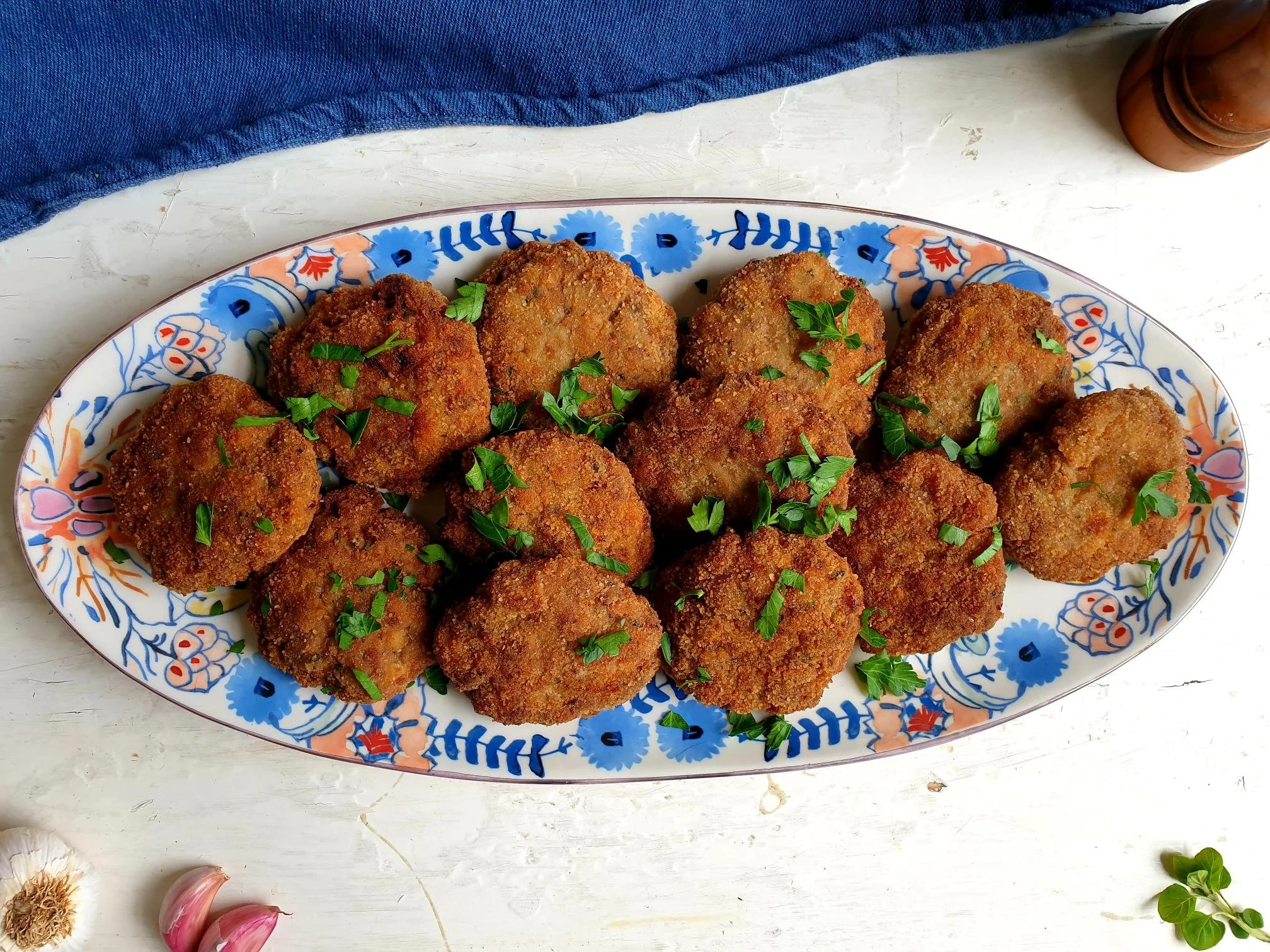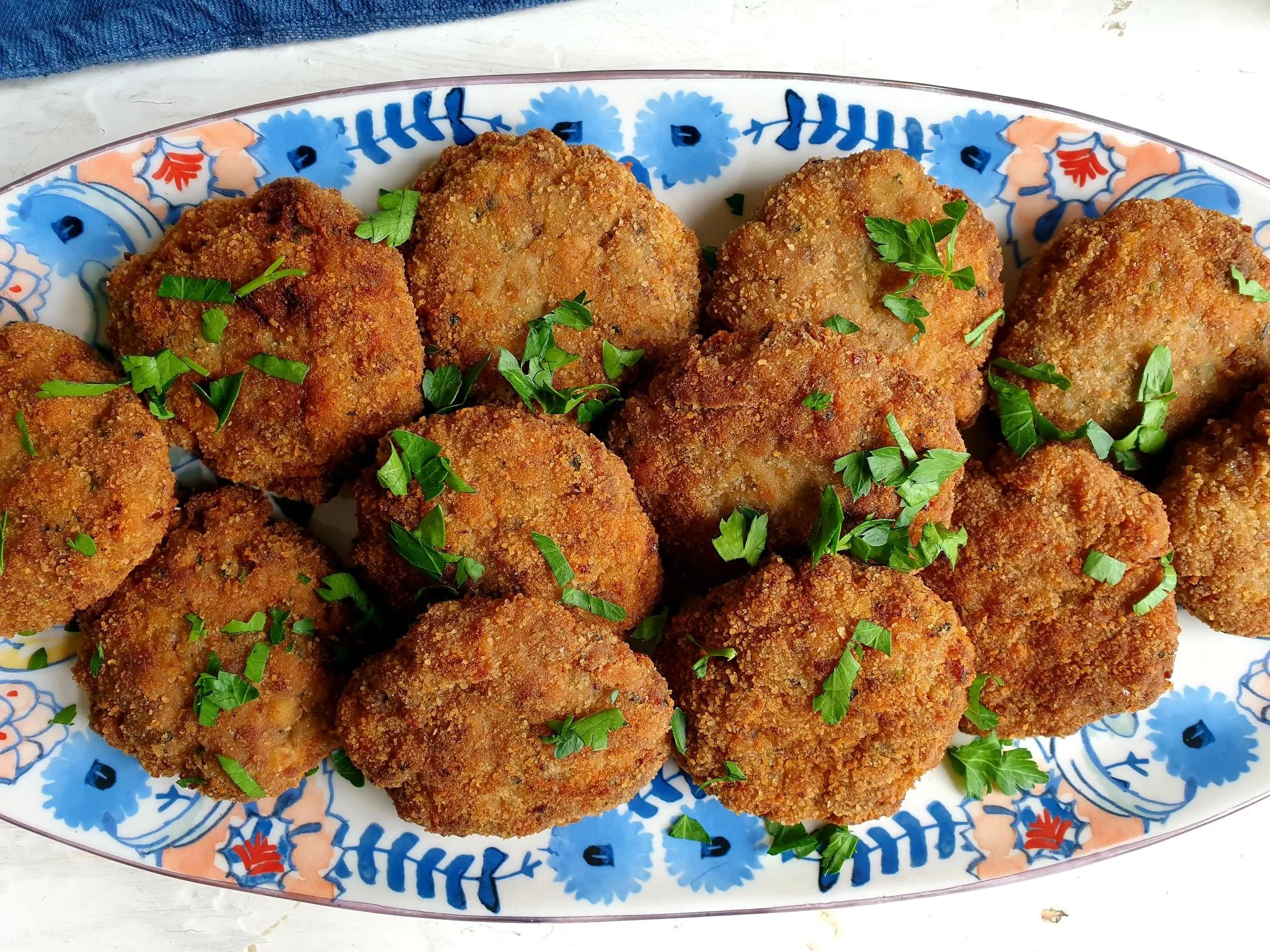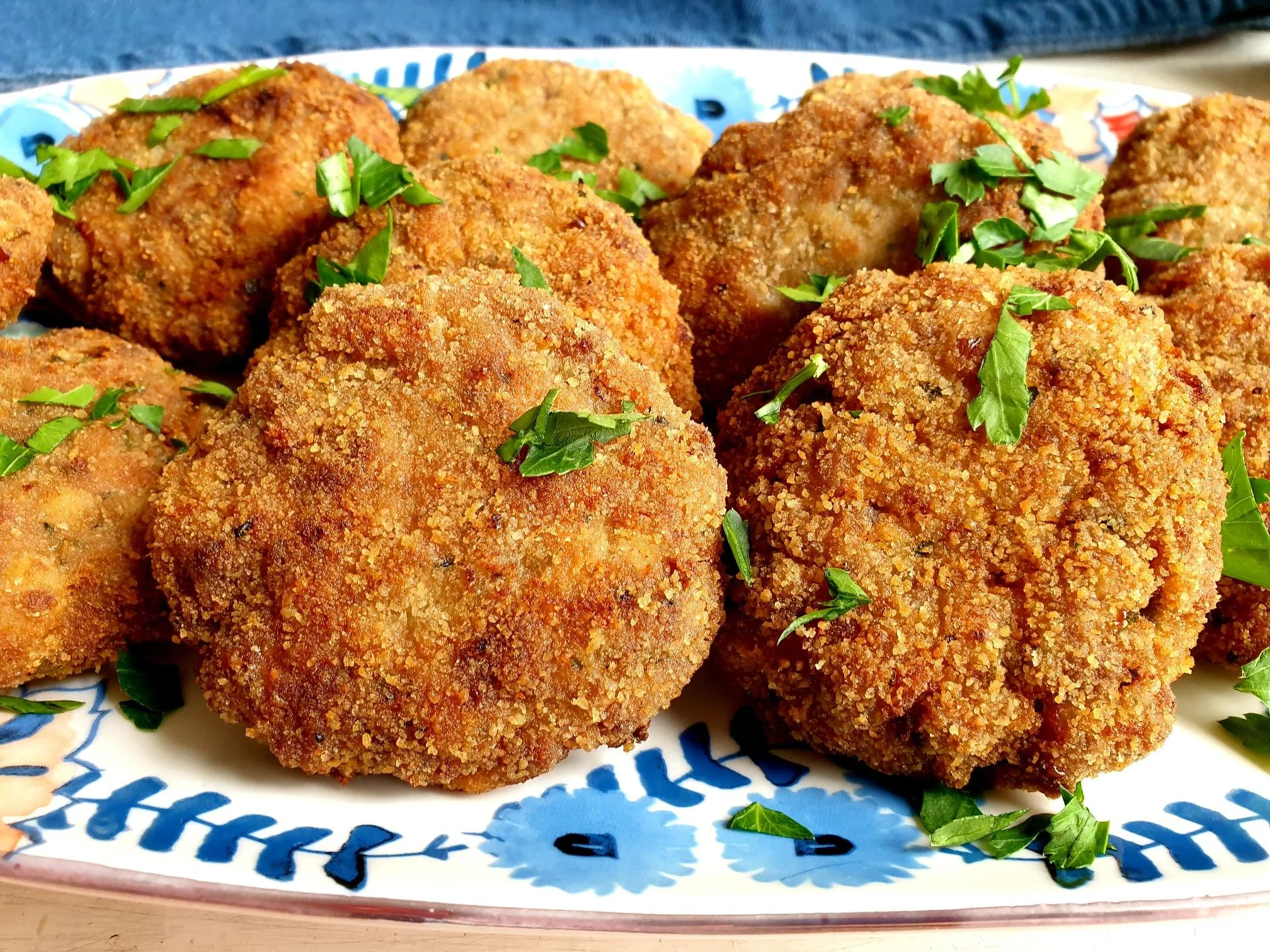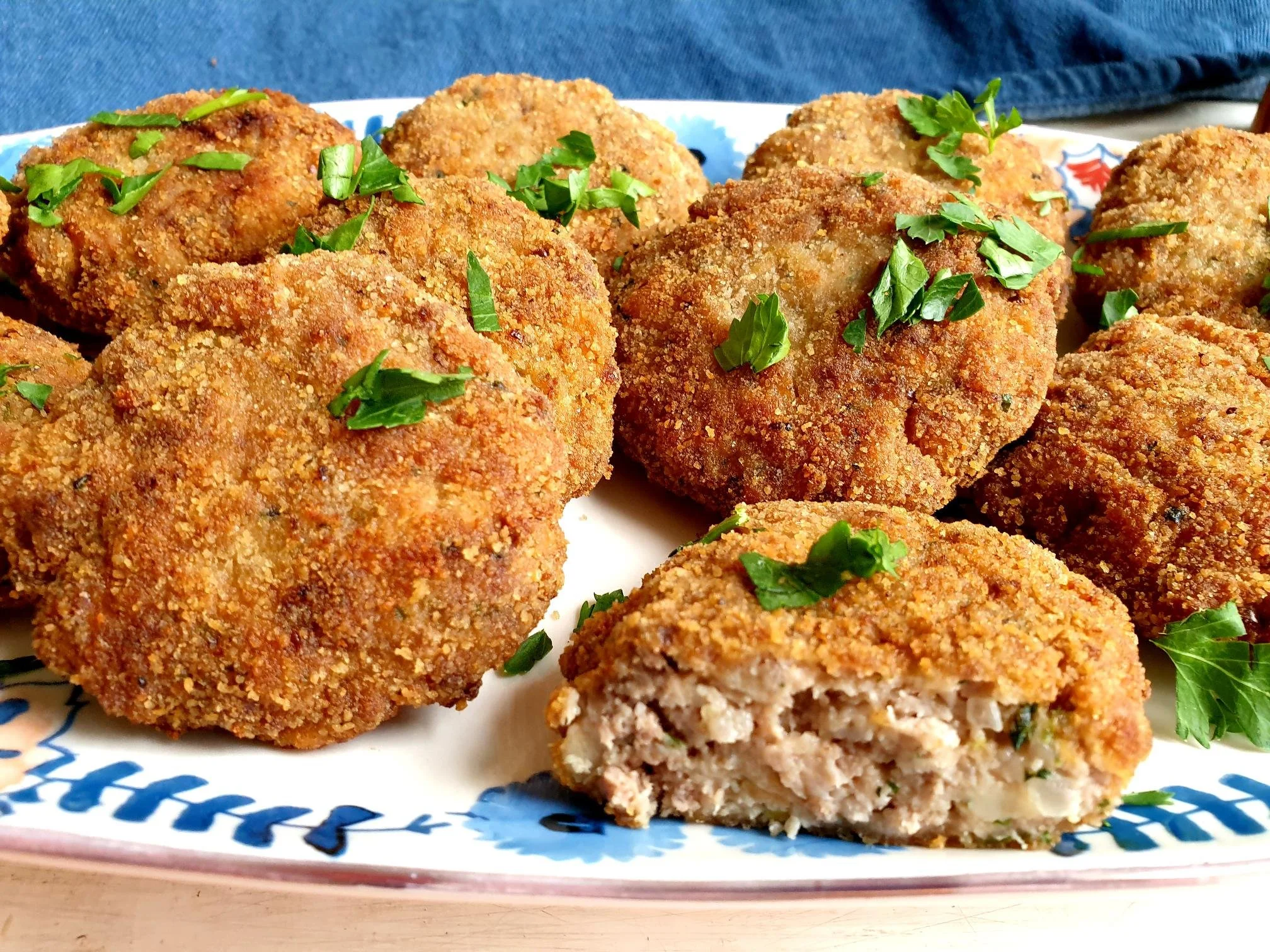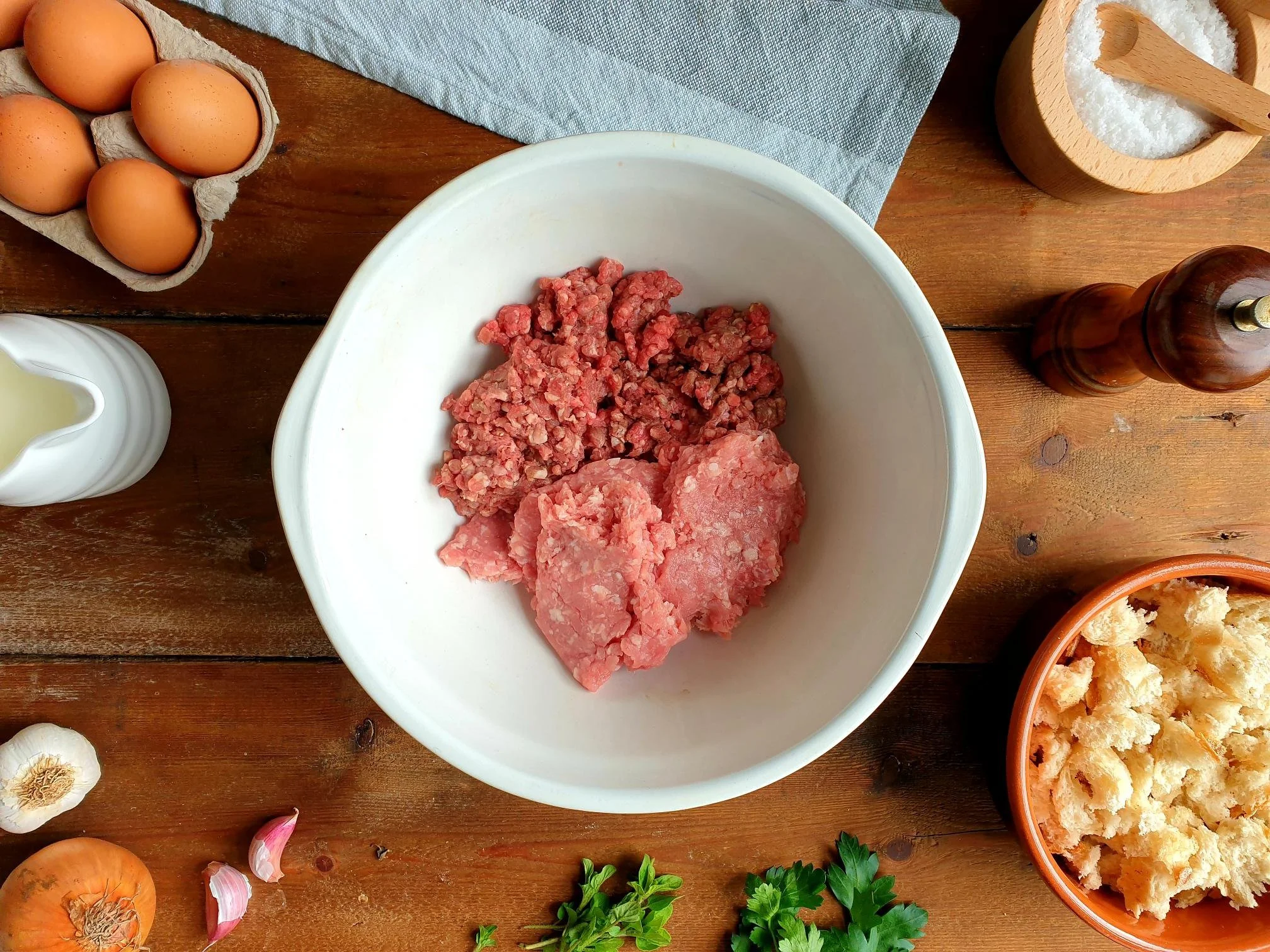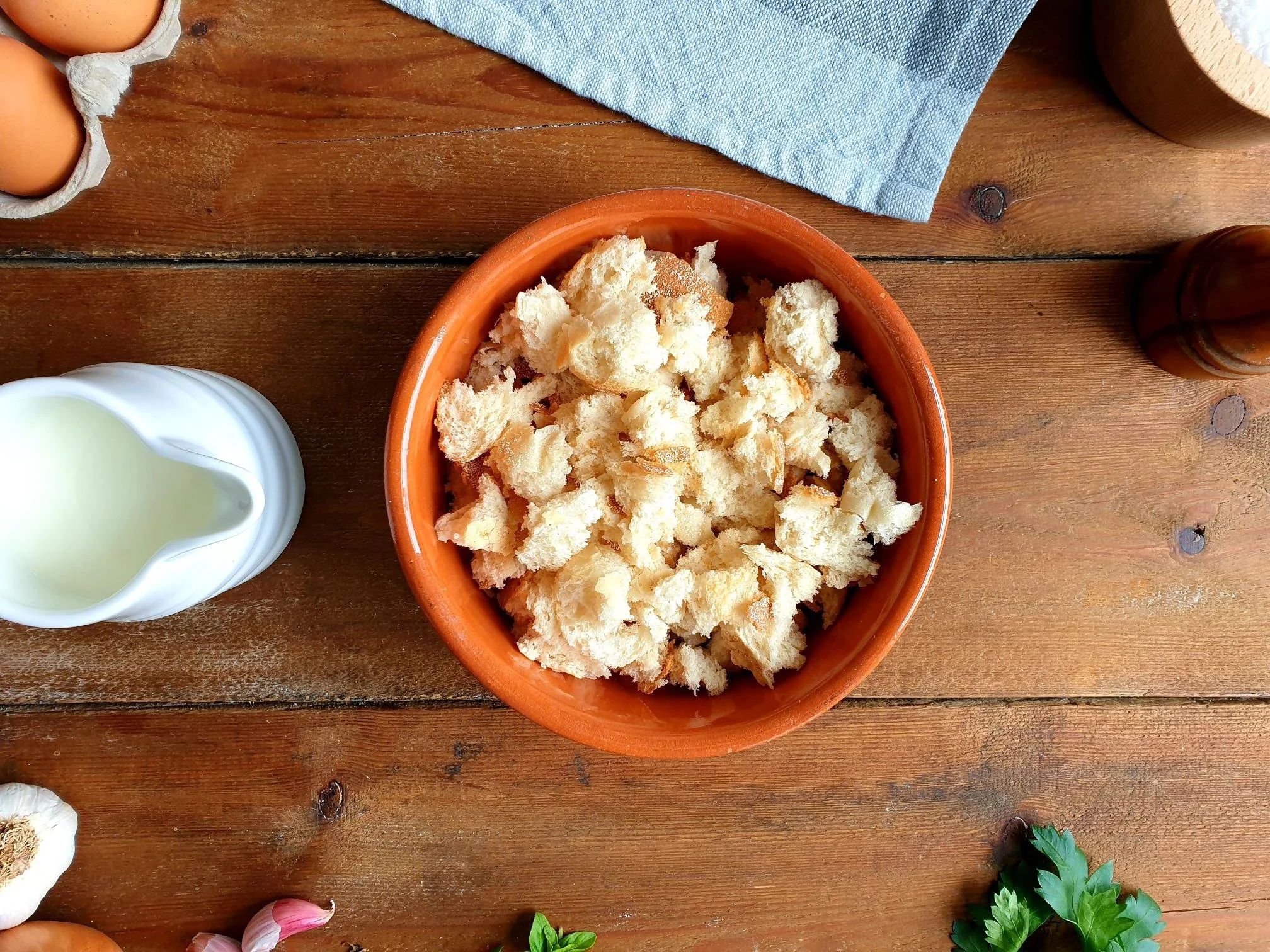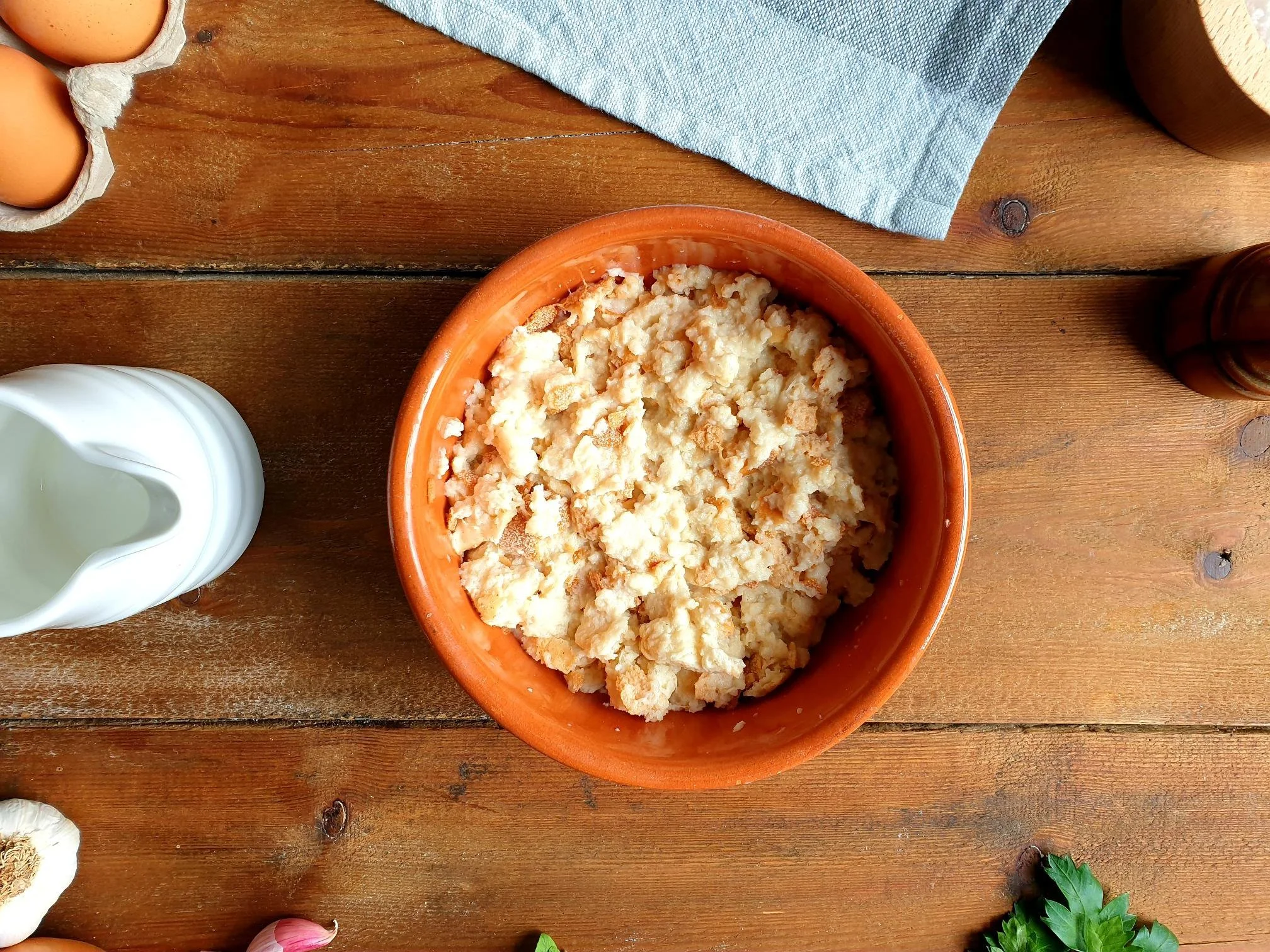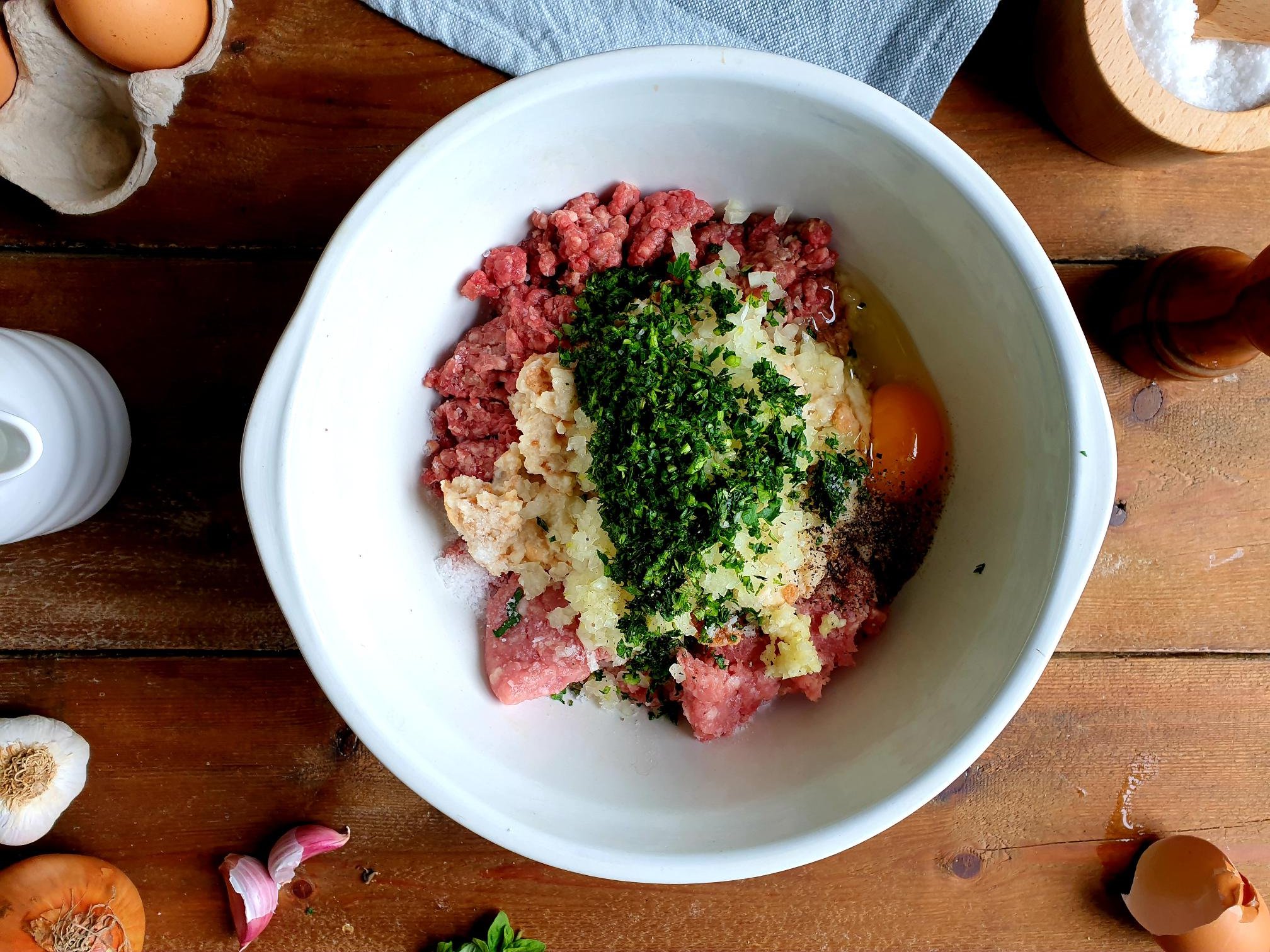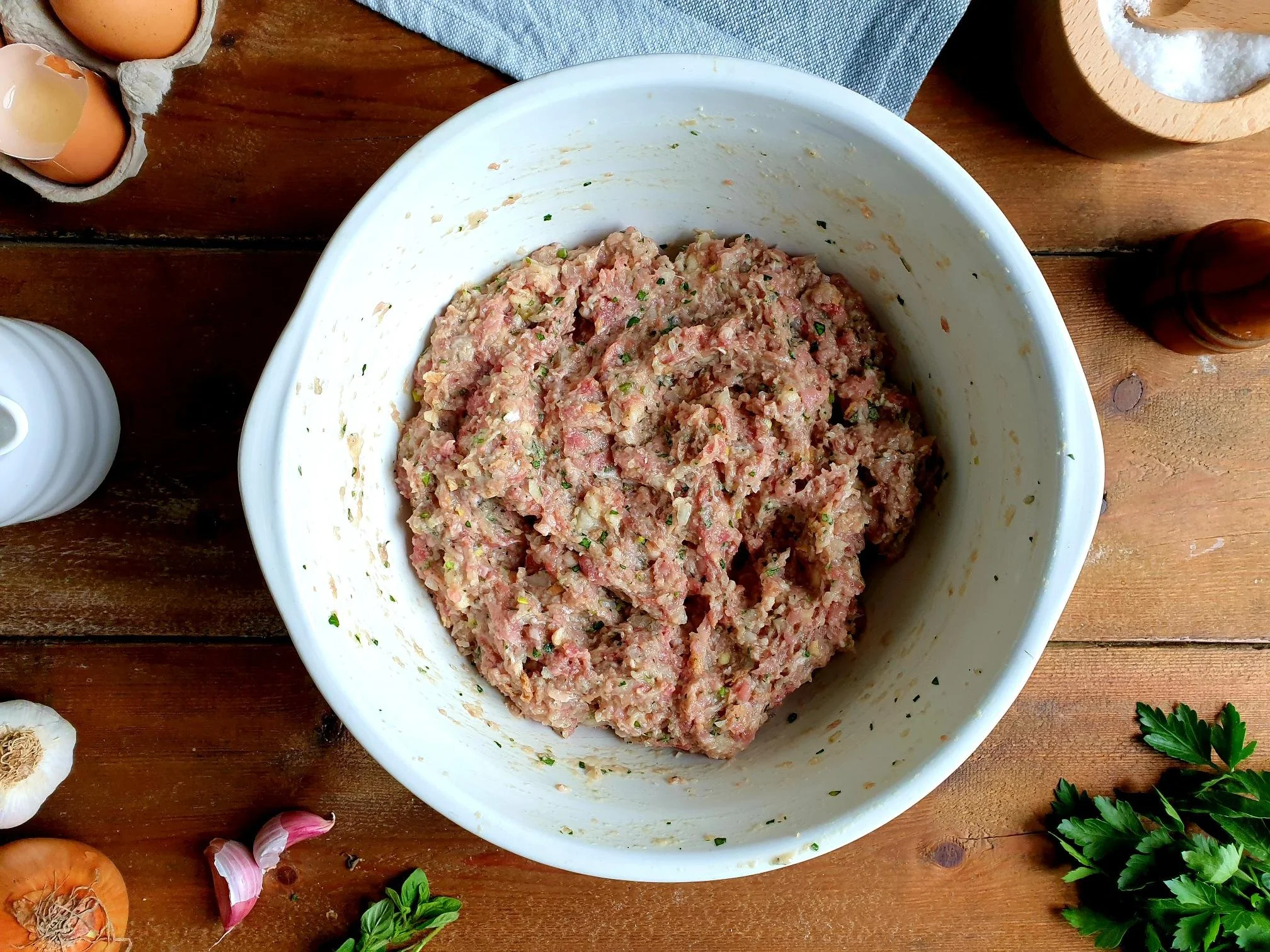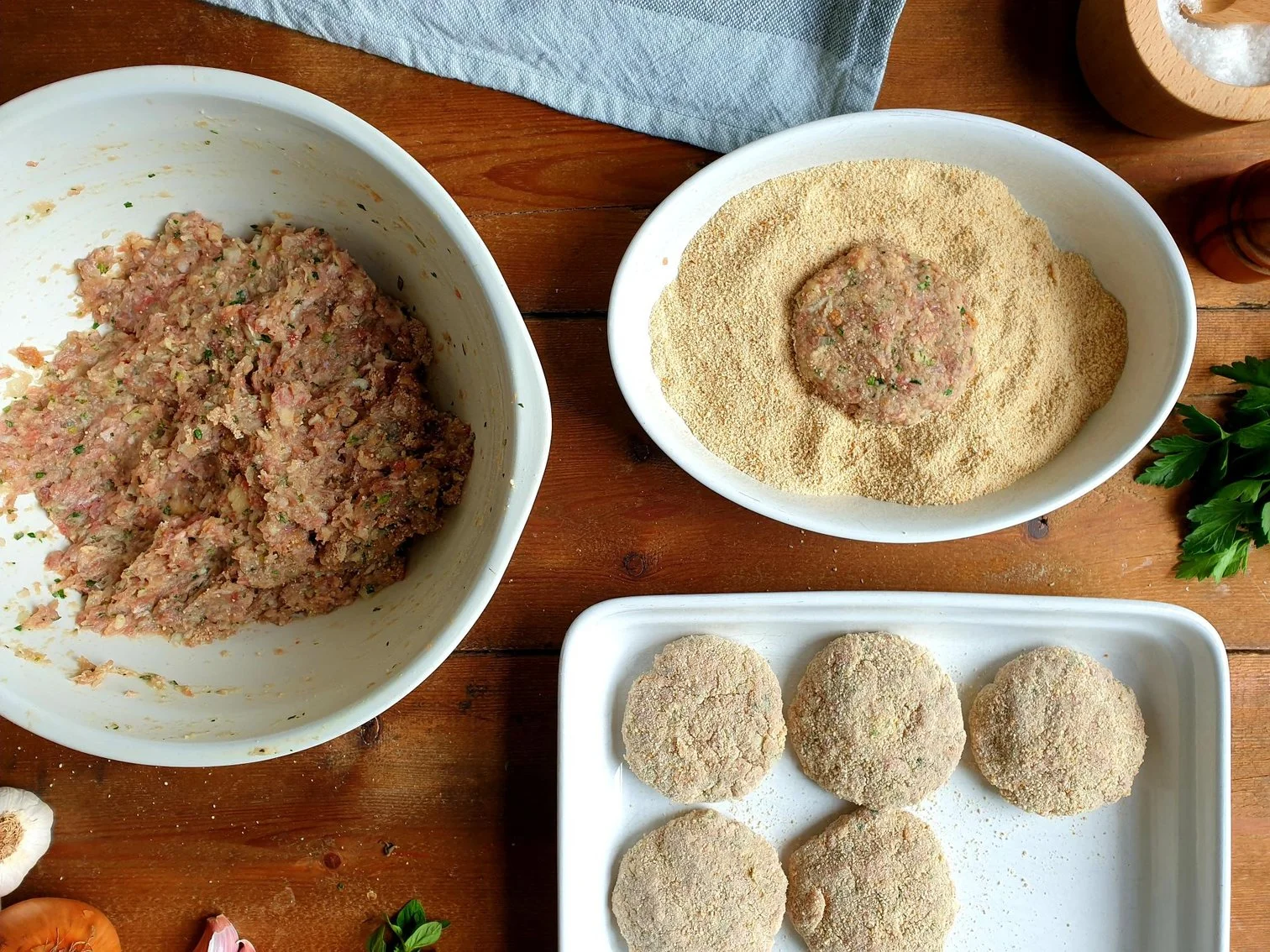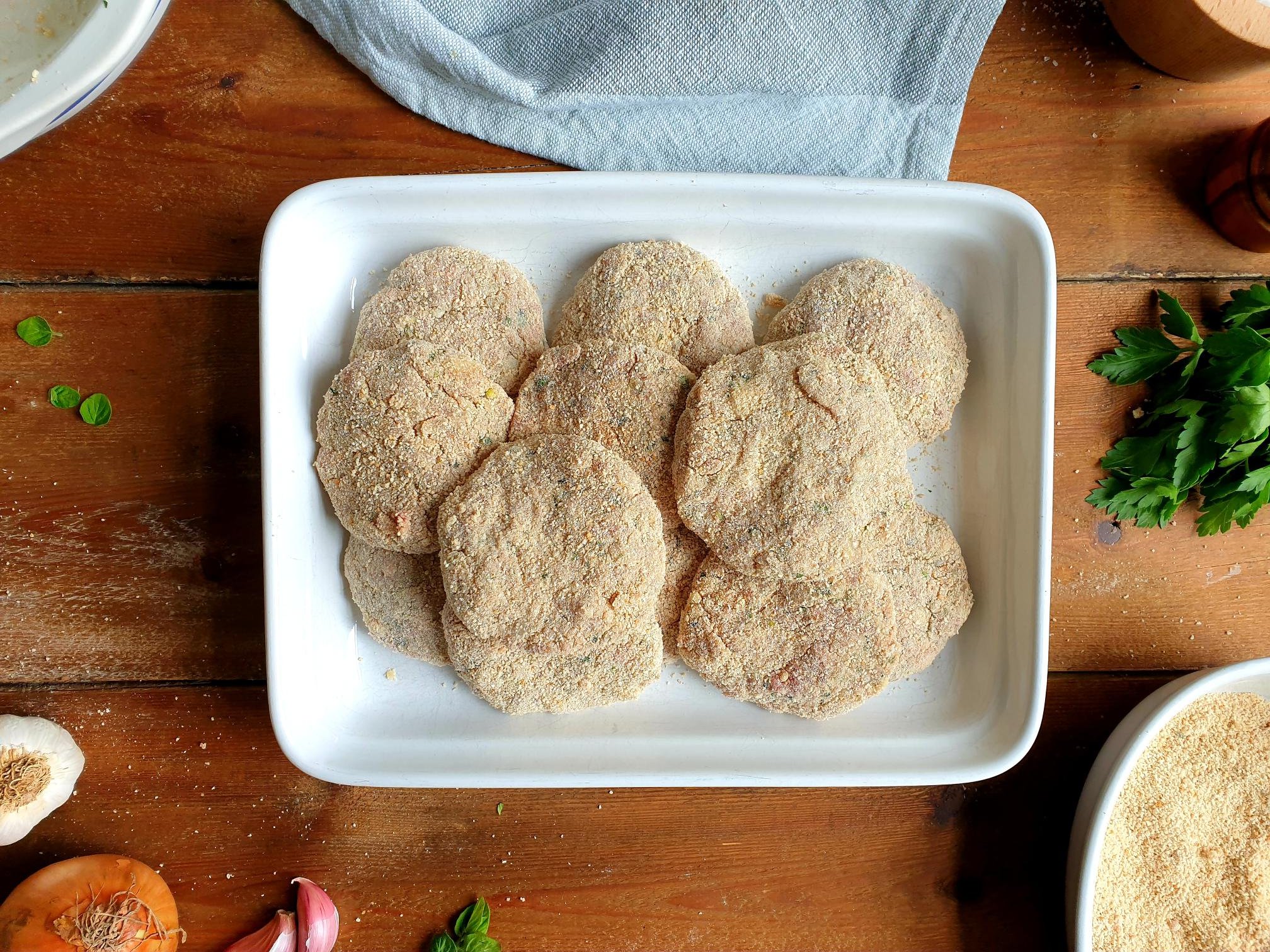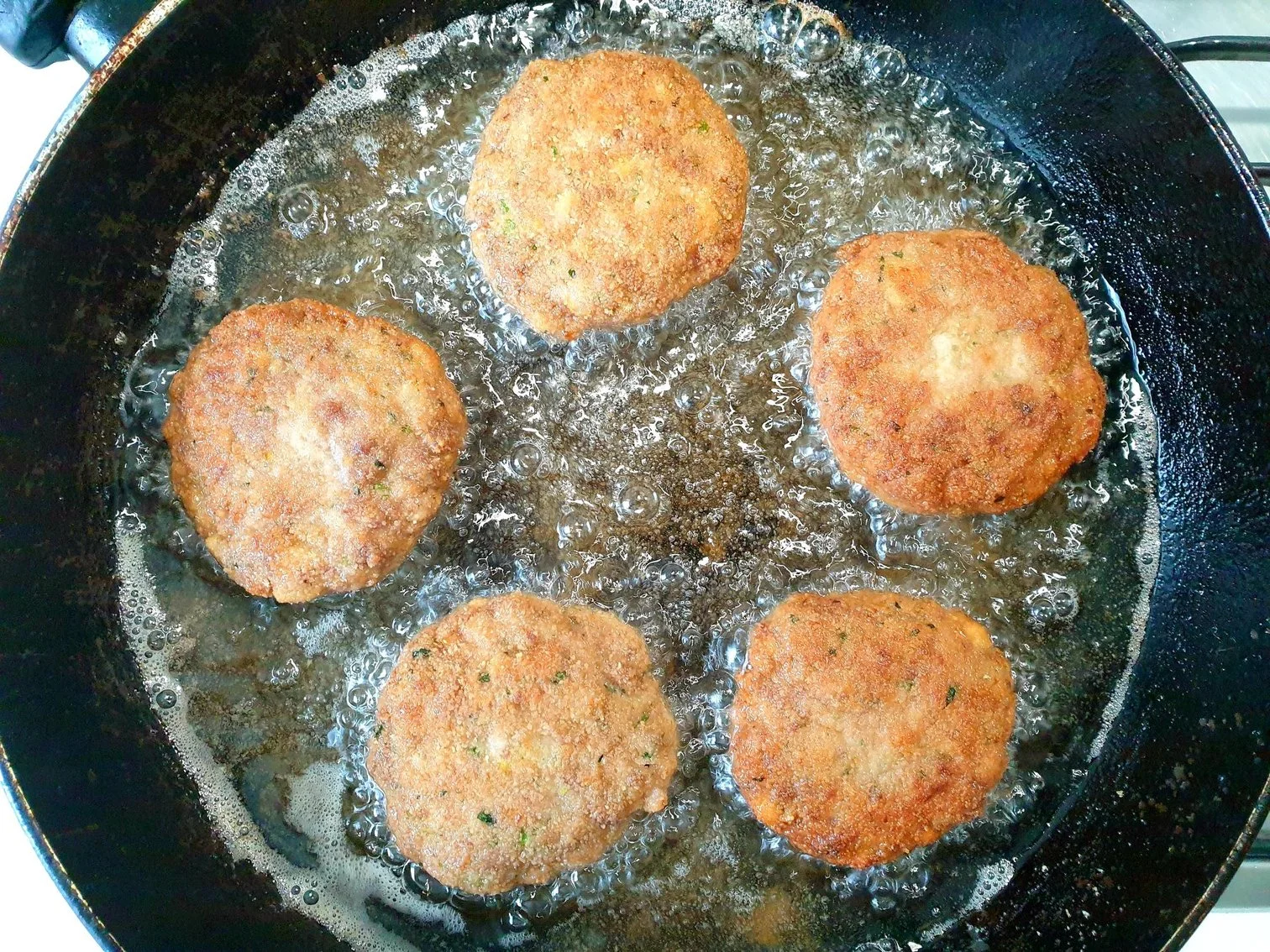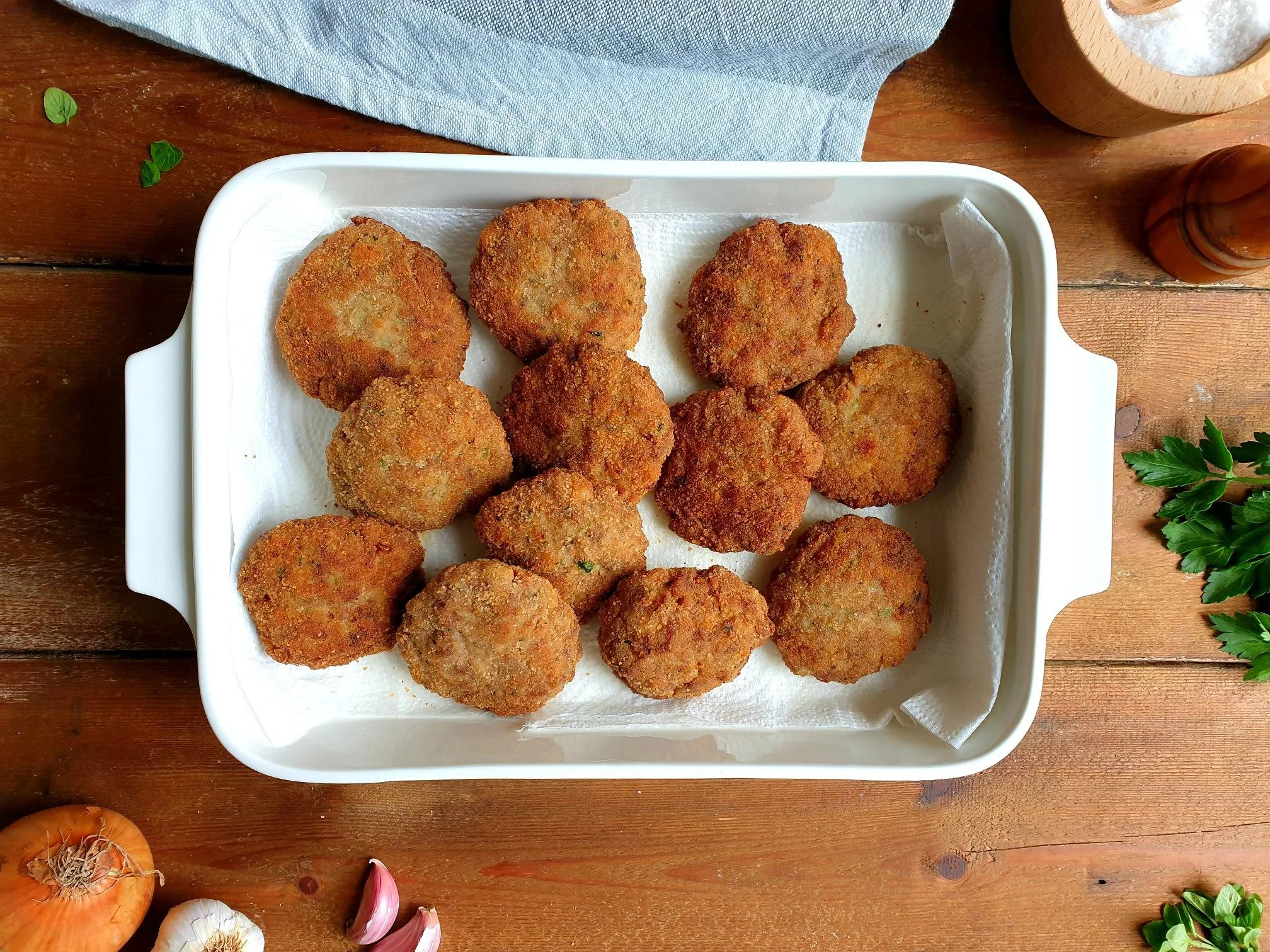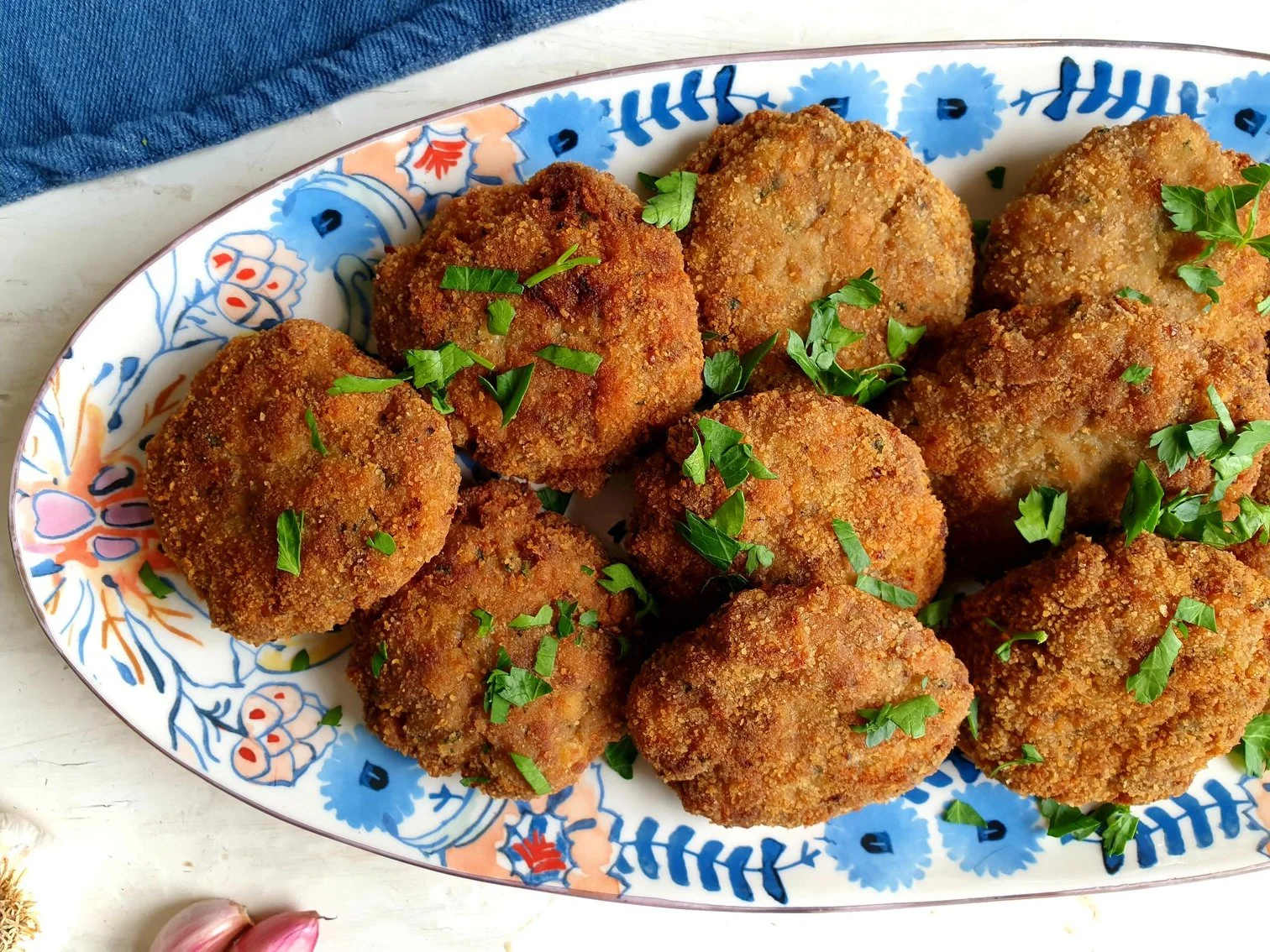Stuffed Artichokes Istrian Style Recipe
If you are looking for a little inspiration for a slightly different appetizer, look no further.
Artichokes are a great garden vegetable, rich in potassium and iron, and low in calories, but somehow ignored and overlooked in the supermarkets or vegetable stalls as the majority of people are not acquainted with this vegetable, not quite sure how to prepare it, clean it and eat it.
This dish is rustic and informal, artichokes are trimmed and stuffed with garlicky breadcrumbs, then cooked in a saucepan until tender.
Each leaf is then individually removed to scoop up a bit of the sauce, and with the top of your teeth you scrape the bottom of the leaf.
This recipe might look complicated to make but despite its elegant appearance there is nothing difficult or intimidating about it.
Artichokes have been hugely popular up and down Italy, and artichokes bottoms are a specifically Venetian delicacy.
Due to geographical proximity there is no surprise that this wonderful vegetable has been prepared and cooked in Slovenian Istria since forever, the area was dominated and gastronomically influenced by the Most Serene Republic of Venice.
In a coastal town of Strunjan, every year, towards the end of May, there is a festival called Dnevi Artičok (Artichoke Days) to honour this humble vegetable that is growing and thriving in this area due to a mild Mediterranean climate.
During the festival you can learn and taste a variety of artichoke dishes. This event values a still little know Istrian Artichokes, smaller than the common artichoke but packed with flavour and therefore greatly appreciated among the gourmets community.
I am sharing here my mum's recipe, I loved cleaning the artichokes with her, and as a child I found pulling the outer leaves such a great fun. I think sometimes I pulled away far too many, but of course, my mother never said anything, and when she cooked this dish it always somehow felt a special treat.
Ingredients
Serves 4 as a starter
4 fresh globe artichokes
dry breadcrumbs, 70g (approximately 6Tbsp)
fresh flat leaf parsley, about a handful (7g roughly), finely chopped
extra virgin olive oil (about 6Tbsp) 4Tbsp for the stuffing and 2Tbsp for the sauce
1 clove of garlic, peeled and pressed
Parmiggiano Reggiano or Grana Padano cheese, about 30g (or to taste), optional, finely grated (can use other types of cheeses to your liking)
water or vegetable stock 200ml (using a good quality instant vegetable stock is perfectly fine)
sea salt, to taste
black pepper, optional, to taste
lemon juice of 1 lemon
Method
Take a big bowl (big enough to accommodate the artichokes), fill it with cold water and add lemon juice of 1 lemon.
Reserve the lemon halves for later use.
Start by cleaning and preparing the artichokes, one at a time.
Trim off the stem of the artichoke so it can stand and sit upright without rolling over. Put the stem in the acidulated water and set aside for later use.
Rub the base of the artichoke with a lemon half, this will prevent from turning it brown.
Tear off the outer toughest leaves, (one or two layers, depending on the artichokes) but leave most of the leaves on.
With the sharp knife cut off the tip of the artichoke, about 2-3cm (1inch).
Take a pair of scissors and trim off the pointed and slightly prickly and spiky tips of the remaining outer leaves.
Place the artichoke on a working surface, and with your hands loose the leaves a bit, so you create little gaps between the leaves.
Rub the artichoke with the cut end of half a lemon and place treated and trimmed artichoke in a bowl with cold acidulated water previously prepared (this stops the artichokes from browning, and discolouring). Carry on with the process with the rest of the artichokes.
While the trimmed artichokes are in the bowl prepare the stuffing.
In a bowl place breadcrumbs, finely chopped parsley, pressed garlic, extra virgin olive oil, sea salt and black pepper and grated cheese, if using.
Mix well until all the ingredients are well combined, incorporated and amalgamated, set aside.
Place about 2-3Tbsp of extra virgin olive oil in a saucepan, big and large enough to accommodate all 4 artichokes.
Take the artichoke out of the bowl (one at the time), drain it a bit, and with your hands loose the leaves once again if necessary.
Using your hands (or a spoon) stuff the spaces between the leaves of the artichoke and put some filling on the top of the artichoke.
(do not worry if some of the stuffing falls around the artichoke on your working top, scoop it up and put it back on the top of the artichoke, slightly pressing it down).
Place the stuffed artichoke in a saucepan, sitting upright, they should be snuggled together tightly.
Repeat the process until you stuff all the artichokes and they are all in the saucepan.
Take the stems out of the bowl, if using, I highly recommend you do, as it will create a wonderfully delicious sauce.
Peel and finely chop or dice the stems. Scatter them in the saucepan all around the stuffed artichokes.
Carefully pour water or vegetable stock, cover with the lid and bring to the boil.
Lower the heat and gently cook and simmer for about 45 minutes. It can take up to 1 hour, this will depend on the age and the size of the artichokes.
Check now and again, give a saucepan a little shake. If the sauce is getting too thick simply add a splash of water or vegetable stock.
When cooked, artichokes should be nice and tender, the leaves should pull easily from the centre, most of the liquid should be evaporated, and you should be left with a sauce that is nor too thin or too thick.
Remove from the heat and serve warm or at room temperature.
Spoon a bit of the sauce around and on the top of cooked artichokes.

